In Praise of Biblical Illiteracy and Other Ethical Questions on the Bible, Religion and Politics
In Praise of Biblical Illiteracy and Other Ethical Questions on the Bible, Religion and Politics
Scenes from a Provincial Life: Memoirs of a Biblical Scholar
Scenes from a Provincial Life: Memoirs of a Biblical Scholar
Hebrew Philology, Hebrew Lexicography
Hebrew Philology, Hebrew Lexicography
The Daughter’s Resistance: Lamentations and Theodicy
The Daughter’s Resistance: Lamentations and Theodicy
The Dictionary of Classical Hebrew Revised. IV. Yodh–Lamedh.
The Dictionary of Classical Hebrew Revised. IV. Yodh–Lamedh.
The Book of Judges: Ecopsychological Readings
The Book of Judges: Ecopsychological Readings
Empires Fall, Yhwh Reigns: Concluding Performance Readings in Jeremiah
Empires Fall, Yhwh Reigns: Concluding Performance Readings in Jeremiah
Productive and Disordered Bodies: Judges 19–21 as a Somatic Society
Examining pre-monarchic Israelite society—as seen in Judges 19–21—M.L. Case focuses on the depiction of bodies as both productive bodies which are useful for society and as disordered bodies that contribute to social breakdown. Written as an idealized example of ancient Israelite pre-monarchic society, Judges 19–21 relates the story of the rape and death of the Levite’s wife (pîlegeš), the subsequent civil war, and the attempts of the Israelite factions to reconcile at the end of the conflict. In her examination of the pericope, Case examines how female and male bodies are portrayed and how their regulation functions in this society.
Case uses social-scientific theories outlining the importance of bodies to social organization, particularly Bryan Turner’s concept of a somatic society. The resulting interpretation argues that this story describes an ideal scenario of the success of Israelite society in overcoming their inter-tribal conflict without a king. This sits in divergence to scholars who have viewed Judges 19–21 as a story which points toward the unavoidable rise of the monarchy— interpretation on these chapters as a whole has typically focused on the apparent social disorder in the period before the monarchy which they are claimed to portray, a decline from which only the establishment of the (Davidic) monarchy can rescue the Israelites.
Instead, this monograph proposes that the exchange of women in Judges 21 makes it possible for the Benjaminite War to end in peace. The society depicted in this pericope depends on the proper control of bodies, both male and female: improper regulation, such as the lack of hospitality for a foreign body, occasions social disorder, while correct regulation of bodies, such as providing hospitality to foreign bodies or limiting who has sexual access to female bodies, results in social harmony. The exchanged women’s bodies, then, critically serve as both the means and location for rapprochement.
Productive and Disordered Bodies: Judges 19–21 as a Somatic Society
Examining pre-monarchic Israelite society—as seen in Judges 19–21—M.L. Case focuses on the depiction of bodies as both productive bodies which are useful for society and as disordered bodies that contribute to social breakdown. Written as an idealized example of ancient Israelite pre-monarchic society, Judges 19–21 relates the story of the rape and death of the Levite’s wife (pîlegeš), the subsequent civil war, and the attempts of the Israelite factions to reconcile at the end of the conflict. In her examination of the pericope, Case examines how female and male bodies are portrayed and how their regulation functions in this society.
Case uses social-scientific theories outlining the importance of bodies to social organization, particularly Bryan Turner’s concept of a somatic society. The resulting interpretation argues that this story describes an ideal scenario of the success of Israelite society in overcoming their inter-tribal conflict without a king. This sits in divergence to scholars who have viewed Judges 19–21 as a story which points toward the unavoidable rise of the monarchy— interpretation on these chapters as a whole has typically focused on the apparent social disorder in the period before the monarchy which they are claimed to portray, a decline from which only the establishment of the (Davidic) monarchy can rescue the Israelites.
Instead, this monograph proposes that the exchange of women in Judges 21 makes it possible for the Benjaminite War to end in peace. The society depicted in this pericope depends on the proper control of bodies, both male and female: improper regulation, such as the lack of hospitality for a foreign body, occasions social disorder, while correct regulation of bodies, such as providing hospitality to foreign bodies or limiting who has sexual access to female bodies, results in social harmony. The exchanged women’s bodies, then, critically serve as both the means and location for rapprochement.
The Woman of Courage: A Womanist Reading of Proverbs 31
The Woman of Courage: A Womanist Reading of Proverbs 31
The First Japanese Bible, and its Role in the Emergence of Modern Literary Japanese
The First Japanese Bible, and its Role in the Emergence of Modern Literary Japanese
Reading the Landscape of Ezekiel 40-48: A Theology of Resilience
Reading the Landscape of Ezekiel 40-48: A Theology of Resilience
Jonah’s Motive in the Light of Exodus 32–34
Chanreiso Lungleng offers a favourable insight into the motivation and concerns of Jonah. This monograph pivots on the significance of Jonah 4.2 with the contention that the allusion to Exodus 32–34 unveils Jonah’s motive—zeal for God’s glory—which is otherwise assumed in the narrative.
Although the book of Jonah has received much attention in recent years—with many describing Jonah using terms such as ‘bigoted nationalist,’ ‘chauvinist,’ ‘jingoist,’ ‘anti-prophet,’ ‘satirical comic character,’ ‘hypocrite,’ and others—Lungleng argues that Yahweh’s attribution of the virtue of ‘pity’ to Jonah in Jonah 4.10 provides a key insight into Jonah’s character. Lungleng’s fresh exploration of Jonah’s character against the backdrop of Exodus 32–34, leads to several interesting discoveries. Collectively, these insights form a coherent exposition of this prophetic book. This provides the foundation for understanding that Jonah’s interactions with Yahweh and other characters in the narrative are motivated by a concern for the defence of God’s glory. And yet where Jonah’s zealous concern is for maintaining God’s reputation, Lungleng interprets the interchange with Yahweh, as divine guidance to Jonah that God’s glory is most radiantly revealed in showing compassion—even to Nineveh, a Gentile city—rather than in the protectionist approach of the prophet.Jonah’s Motive in the Light of Exodus 32–34
Chanreiso Lungleng offers a favourable insight into the motivation and concerns of Jonah. This monograph pivots on the significance of Jonah 4.2 with the contention that the allusion to Exodus 32–34 unveils Jonah’s motive—zeal for God’s glory—which is otherwise assumed in the narrative.
Although the book of Jonah has received much attention in recent years—with many describing Jonah using terms such as ‘bigoted nationalist,’ ‘chauvinist,’ ‘jingoist,’ ‘anti-prophet,’ ‘satirical comic character,’ ‘hypocrite,’ and others—Lungleng argues that Yahweh’s attribution of the virtue of ‘pity’ to Jonah in Jonah 4.10 provides a key insight into Jonah’s character. Lungleng’s fresh exploration of Jonah’s character against the backdrop of Exodus 32–34, leads to several interesting discoveries. Collectively, these insights form a coherent exposition of this prophetic book. This provides the foundation for understanding that Jonah’s interactions with Yahweh and other characters in the narrative are motivated by a concern for the defence of God’s glory. And yet where Jonah’s zealous concern is for maintaining God’s reputation, Lungleng interprets the interchange with Yahweh, as divine guidance to Jonah that God’s glory is most radiantly revealed in showing compassion—even to Nineveh, a Gentile city—rather than in the protectionist approach of the prophet.Character Development in MT Esther
Character Development in MT Esther
Irony in the Divine Response to Job
The interrogation by Scott Xu of the ironic motifs in the divine response to Job offers a new understanding of the Book of Job’s questions surrounding suffering. Xu offers a thorough investigation and analysis of the different levels and aspects of irony in Job, particularly in the closing chapters (Job 38–42). The use of irony, Xu proposes, is designed to respond to the key issue in Job that has plagued readers and scholars over the ages, namely that of innocent suffering.
Prior to this monograph, there has been no in-depth study of irony, beyond at a verbal level; nor had the book’s theological concerns—in relation to irony—been sufficiently addressed. Nearly a century of Joban scholarship on irony demonstrates a growing literary appreciation of the book of Job, but leaves much to be desired such as methodological uniformity. A survey of previous studies on irony in the book of Job is conducted and critical gaps are identified. A sophisticated framework of irony is established and then applied to the divine speeches and the Epilogue.
The result of this analysis is the discovery that the Book of Job can be understood as suggesting that an innocent sufferer can have a positive understanding of their suffering as well as of their relation with the divine. Fundamental to this interpretation is the revelation of a God who responds to the issue of innocent suffering in ingenious ways, whose pride cannot be threatened, but who nevertheless identifies with the human situation and is even capable of self-irony. In conclusion, the completed interpretive lens that is offered enables the reader to see irony itself as the divine response to the issue of innocent suffering.
Irony in the Divine Response to Job
The interrogation by Scott Xu of the ironic motifs in the divine response to Job offers a new understanding of the Book of Job’s questions surrounding suffering. Xu offers a thorough investigation and analysis of the different levels and aspects of irony in Job, particularly in the closing chapters (Job 38–42). The use of irony, Xu proposes, is designed to respond to the key issue in Job that has plagued readers and scholars over the ages, namely that of innocent suffering.
Prior to this monograph, there has been no in-depth study of irony, beyond at a verbal level; nor had the book’s theological concerns—in relation to irony—been sufficiently addressed. Nearly a century of Joban scholarship on irony demonstrates a growing literary appreciation of the book of Job, but leaves much to be desired such as methodological uniformity. A survey of previous studies on irony in the book of Job is conducted and critical gaps are identified. A sophisticated framework of irony is established and then applied to the divine speeches and the Epilogue.
The result of this analysis is the discovery that the Book of Job can be understood as suggesting that an innocent sufferer can have a positive understanding of their suffering as well as of their relation with the divine. Fundamental to this interpretation is the revelation of a God who responds to the issue of innocent suffering in ingenious ways, whose pride cannot be threatened, but who nevertheless identifies with the human situation and is even capable of self-irony. In conclusion, the completed interpretive lens that is offered enables the reader to see irony itself as the divine response to the issue of innocent suffering.
Jacob: Conflicted Twin, Aggrieved Patriarch
George Savran brings his narrative interpretive approach to look closely at Jacob’s shifting identity. Jacob is indelibly linked to his brother Esau in the Genesis narrative, and their complex relationship as twins foregrounds this problematic connection. Jacob’s lineage is examined—he differs noticeably from his ancestors and his offspring in the complexity of his changing character. At times he is a “simple man” at the mercy of the demands of others; elsewhere he is a devious trickster eager to use his wits to achieve personal success. His search for a coherent identity, as it unfolds in this study, leads to his emergence as the patriarch of his family, compelled to make peace with his brother and his sons in the midst of ongoing conflict.
This study brings out how Jacob’s mature identity is clarified further by his reactions to three unusual and unexpected encounters which shed light on his ability to recalibrate his self-understanding.
- The first is his struggle with the man/angel at the Jabbok, where he receives a blessing with the name Israel, and comes to realize that his relationship to God is more complicated (and less predictable) than he had previously thought.
- An additional insight comes the following day during his reunion with Esau, as he learns to appreciate him in a new way and compares beholding his face to “seeing the face of God”. This is a remarkable admission by a brother who thought only the worst of his twin.
- Jacob’s rethinking his own self-importance emerges later in the Joseph story, when he is compelled to realizes that his insistence on his personal concerns will lead to the dissolution of his family.
Savran’s interpretation of these reactions underscores their significance in Jacob’s development, revealing a character of depth and resilience and giving new meaning to his role as the avatar of Israel.
Jacob: Conflicted Twin, Aggrieved Patriarch
George Savran brings his narrative interpretive approach to look closely at Jacob’s shifting identity. Jacob is indelibly linked to his brother Esau in the Genesis narrative, and their complex relationship as twins foregrounds this problematic connection. Jacob’s lineage is examined—he differs noticeably from his ancestors and his offspring in the complexity of his changing character. At times he is a “simple man” at the mercy of the demands of others; elsewhere he is a devious trickster eager to use his wits to achieve personal success. His search for a coherent identity, as it unfolds in this study, leads to his emergence as the patriarch of his family, compelled to make peace with his brother and his sons in the midst of ongoing conflict.
This study brings out how Jacob’s mature identity is clarified further by his reactions to three unusual and unexpected encounters which shed light on his ability to recalibrate his self-understanding.
- The first is his struggle with the man/angel at the Jabbok, where he receives a blessing with the name Israel, and comes to realize that his relationship to God is more complicated (and less predictable) than he had previously thought.
- An additional insight comes the following day during his reunion with Esau, as he learns to appreciate him in a new way and compares beholding his face to “seeing the face of God”. This is a remarkable admission by a brother who thought only the worst of his twin.
- Jacob’s rethinking his own self-importance emerges later in the Joseph story, when he is compelled to realizes that his insistence on his personal concerns will lead to the dissolution of his family.
Savran’s interpretation of these reactions underscores their significance in Jacob’s development, revealing a character of depth and resilience and giving new meaning to his role as the avatar of Israel.
The Shorter Dictionary of Classical Hebrew Revised
The Shorter Dictionary of Classical Hebrew Revised
Song of Songs in Sense, Sound and Space
Song of Songs in Sense, Sound and Space
Ancient Israel, Judah, and Greece: Laying the Foundation of a Comparative Approach
Ancient Israel, Judah, and Greece: Laying the Foundation of a Comparative Approach
Ecclesiastes
Ecclesiastes
Trauma Theories: Refractions in the Book of Jeremiah
Trauma Theories: Refractions in the Book of Jeremiah
A Distraught Prophet and Other Performance Readings in Jeremiah
A Distraught Prophet and Other Performance Readings in Jeremiah
Nahum: A Trauma for a Trauma
- Is it not against humanitarianism to believe in such a revengeful God?
- Or is it perhaps worse: to adopt this idea to justify human acts in the many traumatising conflicts that determine our age?
Nahum: A Trauma for a Trauma
- Is it not against humanitarianism to believe in such a revengeful God?
- Or is it perhaps worse: to adopt this idea to justify human acts in the many traumatising conflicts that determine our age?
‘Good Omens’ and the Bible
‘Good Omens’ and the Bible
Biblical Daughters and Queens Re-imagined in Music
Biblical Daughters and Queens Re-imagined in Music
Amos and Micah
Amos and Micah
1 & 2 Kings: A Visual Commentary
In this uniquely conceived and brilliantly illustrated book, Martin O’Kane, one of the leading experts internationally on biblical art, turns his attention to the narratives of 1&2 Kings. Here we encounter a large and varied cast of characters, men and women whose lives are portrayed imaginatively, ranging from exotic kings and queens and flamboyant prophets to lowly servants and other insignificant functionaries. Readers meet individuals of all ages, from the old and wise to the young and foolish, saints and sinners alike. Many of these characters, and the stories in which they appear, play a prominent part in the religious traditions and cultural worlds of three major faiths—Judaism, Christianity and Islam. Interpreted according to each faith’s distinctive norms, they are popular subjects not only in the literature but particularly in the rich iconographies of the three religions.
1&2 Kings: A Visual Commentary takes the form of a commentary that focuses on the interpretation of characters and stories from the books of Kings in the visual cultures of the three monotheistic faiths. In each chapter, the first section sets out the most distinctive interpretations and appropriations of the biblical story. The second section interprets how the story has been received and interpreted in Jewish, Christian and Islamic literature. The final section details how characters or episodes from Kings re-appear in original ways in the artwork of the three religions. With its over one hundred and seventy-five full-colour images, from Christian mediaeval manuscripts and Persian and Ottoman miniature paintings to contemporary Jewish art, the volume shows why stories from 1&2 Kings feature so prominently in the artistic and cultural worlds the three religions have helped to shape.
Scholars, students and Bible readers in general will find something new and something delightful on every page of this unusually engaging work.
1 & 2 Kings: A Visual Commentary
In this uniquely conceived and brilliantly illustrated book, Martin O’Kane, one of the leading experts internationally on biblical art, turns his attention to the narratives of 1&2 Kings. Here we encounter a large and varied cast of characters, men and women whose lives are portrayed imaginatively, ranging from exotic kings and queens and flamboyant prophets to lowly servants and other insignificant functionaries. Readers meet individuals of all ages, from the old and wise to the young and foolish, saints and sinners alike. Many of these characters, and the stories in which they appear, play a prominent part in the religious traditions and cultural worlds of three major faiths—Judaism, Christianity and Islam. Interpreted according to each faith’s distinctive norms, they are popular subjects not only in the literature but particularly in the rich iconographies of the three religions.
1&2 Kings: A Visual Commentary takes the form of a commentary that focuses on the interpretation of characters and stories from the books of Kings in the visual cultures of the three monotheistic faiths. In each chapter, the first section sets out the most distinctive interpretations and appropriations of the biblical story. The second section interprets how the story has been received and interpreted in Jewish, Christian and Islamic literature. The final section details how characters or episodes from Kings re-appear in original ways in the artwork of the three religions. With its over one hundred and seventy-five full-colour images, from Christian mediaeval manuscripts and Persian and Ottoman miniature paintings to contemporary Jewish art, the volume shows why stories from 1&2 Kings feature so prominently in the artistic and cultural worlds the three religions have helped to shape.
Scholars, students and Bible readers in general will find something new and something delightful on every page of this unusually engaging work.
Habitats of the Basileia: Essays in Honour of Elaine M. Wainwright
Habitats of the Basileia: Essays in Honour of Elaine M. Wainwright
The Dictionary of Classical Hebrew, Revised
The Dictionary of Classical Hebrew, Revised
The Dictionary of Classical Hebrew Revised. III. Zayin–Teth.
The Dictionary of Classical Hebrew Revised. III. Zayin–Teth.
The Spirit of Prophecy and Reconciliation. A Festschrift for Rickie Moore.
The Spirit of Prophecy and Reconciliation. A Festschrift for Rickie Moore.
Ruth: A Commentary
Ruth: A Commentary
First and Second Peter: An Oral and Performance Commentary
First and Second Peter: An Oral and Performance Commentary
Doing Biblical Masculinity Studies as Feminist Biblical Studies? Critical Interrogations
Doing Biblical Masculinity Studies as Feminist Biblical Studies? Critical Interrogations
Effective Stories: Genesis Through the Lens of Resilience
Effective Stories: Genesis Through the Lens of Resilience
Joel: Prophet of the Outpouring Spirit
Joel: Prophet of the Outpouring Spirit
The Way to Zion in Isaiah 40-55: Beyond New Exodus or Metaphor
The Way to Zion in Isaiah 40-55: Beyond New Exodus or Metaphor
When Psychology Meets the Bible
When Psychology Meets the Bible
From Qumran to Jude: A History of Social Crisis at Qumran and in Early Jewish Christianity
From Qumran to Jude: A History of Social Crisis at Qumran and in Early Jewish Christianity
Judges: Once Upon a Time in Israel
Judges: Once Upon a Time in Israel
Nahum, Habakkuk and Malachi
Nahum, Habakkuk and Malachi
Global Perspectives on Bible and Violence
Global Perspectives on Bible and Violence
The Great Lady: Restoring Her Story
The Great Lady: Restoring Her Story
Joban Papers
Joban Papers
Play the Man! Biblical Imperatives to Masculinity
Play the Man! Biblical Imperatives to Masculinity
Violent Biblical Texts: New Approaches
Violent Biblical Texts: New Approaches
Map or Compass? The Bible on Violence
Map or Compass? The Bible on Violence
Eschatological Approval: The Structure and Unifying Motif of James
Eschatological Approval: The Structure and Unifying Motif of James
When Seeing is Reading: Visualizing the Reception of Biblical and Other Texts
- How do Christian and Jewish exegeses, opinions and polemics of all ages interact in producing the visual art interpretations in any work, age, place, circumstance?
- From the artist’s side, what factors – of time, place, religion, reception, theology etc. – influence the interpretation that become a fixed image?
- And from the audience’s side – how, why, when are these art images received as authoritative and “true”, even more so than an actual Bible text?
- What are the cultural needs such works fulfil, or create?
When Seeing is Reading: Visualizing the Reception of Biblical and Other Texts
- How do Christian and Jewish exegeses, opinions and polemics of all ages interact in producing the visual art interpretations in any work, age, place, circumstance?
- From the artist’s side, what factors – of time, place, religion, reception, theology etc. – influence the interpretation that become a fixed image?
- And from the audience’s side – how, why, when are these art images received as authoritative and “true”, even more so than an actual Bible text?
- What are the cultural needs such works fulfil, or create?
Bodies without Organs in the Gospel of Mark
Bodies without Organs in the Gospel of Mark
Obadiah and Haggai
Obadiah and Haggai
Lamentations: From Despair to Prayer
Lamentations: From Despair to Prayer
From Words to Meaning: Studies on Old Testament Language and Theology for David J. Reimer
From Words to Meaning: Studies on Old Testament Language and Theology for David J. Reimer
Women and Gender in the Bible: Texts, Intersections, Intertexts
Women and Gender in the Bible: Texts, Intersections, Intertexts
Epigraphy, Iconography, and the Bible
Epigraphy, Iconography, and the Bible
Vision and Voice: Revelatory Experience in the Formation of Christian Identity
Vision and Voice: Revelatory Experience in the Formation of Christian Identity
A Theology of Genocide? : Reading Deuteronomy 20
A Theology of Genocide? : Reading Deuteronomy 20
Nehemiah: A Commentary
Nehemiah: A Commentary
Herald of Good Tidings: Essays on the Bible, Prophecy, and the Hope of Israel in Honour of Antti Laato
Herald of Good Tidings: Essays on the Bible, Prophecy, and the Hope of Israel in Honour of Antti Laato
Explanations for Exile in Amos
Explanations for Exile in Amos
Sequencing the Hebrew Bible: The Order of the Books
Sequencing the Hebrew Bible: The Order of the Books
Abishag: Administrator of King David’s Household
Abishag: Administrator of King David’s Household
Jesus the Dayspring: The Sunrise and the Visitation of Israel’s Messiah
Jesus the Dayspring: The Sunrise and the Visitation of Israel’s Messiah
The Great Drama of Jeremiah: A Performance Reading
The Great Drama of Jeremiah: A Performance Reading
Lukan Parables of Reckless Liberality
Lukan Parables of Reckless Liberality
The Ancient Near East in the Nineteenth Century: III. Fantasy and Alternative Histories
The Ancient Near East in the Nineteenth Century: III. Fantasy and Alternative Histories
The Ancient Near East in the Nineteenth Century: II. Collecting, Constructing, and Curating
The Ancient Near East in the Nineteenth Century: II. Collecting, Constructing, and Curating
The Bible and Money: Economy and Socioeconomic Ethics in the Bible
The Bible and Money: Economy and Socioeconomic Ethics in the Bible
Job: From Lament to Penitence
Job: From Lament to Penitence
Reading the Magnificat in Australia: Unsettling Engagements
Reading the Magnificat in Australia: Unsettling Engagements
Spirit and Story: Essays in Honour of John Christopher Thomas
Spirit and Story: Essays in Honour of John Christopher Thomas
The Edict of Cyrus and Notions of Restoration in Ezra-Nehemiah and Chronicles
The Edict of Cyrus and Notions of Restoration in Ezra-Nehemiah and Chronicles
Performing Masculinity in the Hebrew Bible
Performing Masculinity in the Hebrew Bible
Like the Stars Forever: Narrative and Theology in the Book of Daniel
Like the Stars Forever: Narrative and Theology in the Book of Daniel
A Star from Jacob, a Sceptre from Israel: Balaam’s Oracle as Rewritten Scripture in the Dead Sea Scrolls
A Star from Jacob, a Sceptre from Israel: Balaam’s Oracle as Rewritten Scripture in the Dead Sea Scrolls
Writing and Reading to Survive: Biblical and Contemporary Trauma Narratives in Conversation
Writing and Reading to Survive: Biblical and Contemporary Trauma Narratives in Conversation
Samson and Delilah: Selected Essays
Samson and Delilah: Selected Essays
The Bible on Violence: A Thick Description.
The Bible on Violence: A Thick Description.
An Encomium for Jesus: Luke, Rhetoric, and the Story of Jesus
An Encomium for Jesus: Luke, Rhetoric, and the Story of Jesus
Echoes of Lament in the Christology of Luke’s Gospel
Echoes of Lament in the Christology of Luke’s Gospel
Toward a Canon-Conscious Reading of the Bible: Exploring the History and Hermeneutics of the Canon
Toward a Canon-Conscious Reading of the Bible: Exploring the History and Hermeneutics of the Canon
The Dictionary of Classical Hebrew
The Dictionary of Classical Hebrew
The Dictionary of Classical Hebrew Revised. II. Beth-Waw
The Dictionary of Classical Hebrew Revised. II. Beth-Waw
Divine Election in the Hebrew Bible
Divine Election in the Hebrew Bible
The Subversive Chronicler: Narrative Film Theory and Canon Criticism Refocus his Intention
The Subversive Chronicler: Narrative Film Theory and Canon Criticism Refocus his Intention
The Multifaceted Saviour of Psalms 110 and 118: A Canonical Exegesis
The Multifaceted Saviour of Psalms 110 and 118: A Canonical Exegesis
The Song of Songs Afresh: Perspectives on a Biblical Love Poem
The Song of Songs Afresh: Perspectives on a Biblical Love Poem
The Reality of Religious Violence: From Biblical to Modern Times
The Reality of Religious Violence: From Biblical to Modern Times
God and Humans in the Hebrew Bible and Beyond: A Festschrift for Lennart Boström on his 67th Birthday
God and Humans in the Hebrew Bible and Beyond: A Festschrift for Lennart Boström on his 67th Birthday
Hebrew Masculinities Anew
Hebrew Masculinities Anew
Ancestral Queerness: The Normal and the Deviant in the Abraham and Sarah Narratives
Ancestral Queerness: The Normal and the Deviant in the Abraham and Sarah Narratives
The First Christian Believer: In Search of John the Baptist
The First Christian Believer: In Search of John the Baptist
United in Exile, Reunited in Restoration: The Chronicler’s Agenda
United in Exile, Reunited in Restoration: The Chronicler’s Agenda
The Dictionary of Classical Hebrew. I. Aleph. Revised Edition
The Dictionary of Classical Hebrew. I. Aleph. Revised Edition
Ears That Hear: Explorations in Theological Interpretation of the Bible
Ears That Hear: Explorations in Theological Interpretation of the Bible
Dictionary of the Bible and Western Culture
Dictionary of the Bible and Western Culture
Feminist Interpretation of the Hebrew Bible in Retrospect: II. Social Locations
Feminist Interpretation of the Hebrew Bible in Retrospect: II. Social Locations
Feminist Interpretation of the Hebrew Bible in Retrospect: I. Biblical Books
Feminist Interpretation of the Hebrew Bible in Retrospect: I. Biblical Books
The Decalogue and its Cultural Influence
The Decalogue and its Cultural Influence
Feminist Interpretation of the Hebrew Bible in Retrospect. III: Methods
Feminist Interpretation of the Hebrew Bible in Retrospect. III: Methods
Biblical Masculinities Foregrounded
Biblical Masculinities Foregrounded
Persuading God: Rhetorical Studies of First-Person Psalms
Persuading God: Rhetorical Studies of First-Person Psalms
About Earth’s Child: An Ecological Listening to the Gospel of Luke
About Earth’s Child: An Ecological Listening to the Gospel of Luke
The Female Ruse: Women’s Deception and Divine Sanction in the Hebrew Bible
The Female Ruse: Women’s Deception and Divine Sanction in the Hebrew Bible
Journeys in the Songscape: Space and the Song of Songs
Journeys in the Songscape: Space and the Song of Songs
Habitat, Human, and Holy: An Eco-Rhetorical Reading of the Gospel of Matthew
Habitat, Human, and Holy: An Eco-Rhetorical Reading of the Gospel of Matthew
The Letter to the Romans: Paul among the Ecologists
The Letter to the Romans: Paul among the Ecologists
Journal of Greco-Roman Christianity and Judaism 11 (2015)
Journal of Greco-Roman Christianity and Judaism 11 (2015)
Obadiah
Obadiah
Learning Biblical Hebrew Interactively, I (Student Edition, Revised)
Learning Biblical Hebrew Interactively, I (Student Edition, Revised)
The Dictionary of Classical Hebrew, Volumes 1-9 Hardback
The Dictionary of Classical Hebrew, Volumes 1-9 Hardback
The Dictionary of Classical Hebrew, Volume 9: Index
The Dictionary of Classical Hebrew, Volume 9: Index
Megilloth Studies: The Shape of Contemporary Scholarship
Megilloth Studies: The Shape of Contemporary Scholarship
2 Timothy
2 Timothy
The Bible Retold by Jewish Artists, Writers, Composers and Filmmakers
The Bible Retold by Jewish Artists, Writers, Composers and Filmmakers
Biblical Rhetoric and Rhetorical Criticism
Biblical Rhetoric and Rhetorical Criticism
The World of the Child in the Hebrew Bible
The World of the Child in the Hebrew Bible
The Letter to the Romans: A Linguistic and Literary Commentary
The Letter to the Romans: A Linguistic and Literary Commentary
The Pausal System: Divisions in the Hebrew Biblical Text as Marked by Voweling and Stress Position. Edited by Raymond de Hoop and Paul Sanders
The Pausal System: Divisions in the Hebrew Biblical Text as Marked by Voweling and Stress Position. Edited by Raymond de Hoop and Paul Sanders
Visions of Life in Biblical Times: Essays in Honor of Meir Lubetski
Visions of Life in Biblical Times: Essays in Honor of Meir Lubetski
Teaching the Bible in the Liberal Arts Classroom, Volume 2
Teaching the Bible in the Liberal Arts Classroom, Volume 2
Simulating Aichele: Essays in Bible, Film, Culture and Theory
Simulating Aichele: Essays in Bible, Film, Culture and Theory
Biblical Reception 3 (2014)
Biblical Reception 3 (2014)
The Integrity of 2 Corinthians and Paul’s Aggravating Absence
The Integrity of 2 Corinthians and Paul’s Aggravating Absence
Sexuality, Ideology and the Bible: Antipodean Engagements
Sexuality, Ideology and the Bible: Antipodean Engagements
Guide to Biblical Chronology
Guide to Biblical Chronology
Voices of the Wilderness: An Ecological Reading of the Book of Numbers
Voices of the Wilderness: An Ecological Reading of the Book of Numbers
Solomon the Lover and the Shape of the Song of Songs
Solomon the Lover and the Shape of the Song of Songs
Adam, Eve, and the Devil: A New Beginning, Second Enlarged Edition
Adam, Eve, and the Devil: A New Beginning, Second Enlarged Edition
‘For She Has Heard’: The Standing Stone in Joshua 24 and the Development of a Covenant Symbol
‘For She Has Heard’: The Standing Stone in Joshua 24 and the Development of a Covenant Symbol
Imagination, Ideology and Inspiration: Echoes of Brueggemann in a New Generation
Imagination, Ideology and Inspiration: Echoes of Brueggemann in a New Generation
Journal of Greco-Roman Christianity and Judaism 10 (2014)
Journal of Greco-Roman Christianity and Judaism 10 (2014)
Religion and Violence: The Biblical Heritage
Religion and Violence: The Biblical Heritage
The Book of Job
The Book of Job
Sin, Impurity, Sacrifice, Atonement: The Priestly Conceptions
Sin, Impurity, Sacrifice, Atonement: The Priestly Conceptions
Borges and the Bible
Borges and the Bible
The Ancient Near East in the Nineteenth Century: I. Claiming and Conquering
The Ancient Near East in the Nineteenth Century: I. Claiming and Conquering
The Bad Jesus: The Ethics of New Testament Ethics
The Bad Jesus: The Ethics of New Testament Ethics
Trauma Begets Genealogy: Gender and Memory in Chronicles
Trauma Begets Genealogy: Gender and Memory in Chronicles
Interpreting the Text: Essays on the Old Testament, its Reception and its Study, edited by Walter J. Houston and Adrian H.W. Curtis
Interpreting the Text: Essays on the Old Testament, its Reception and its Study, edited by Walter J. Houston and Adrian H.W. Curtis
Text, Time, and Temple: Literary, Historical and Ritual Studies in Leviticus
Text, Time, and Temple: Literary, Historical and Ritual Studies in Leviticus
Proverbs
Proverbs
Jouissance: A Cixousian Encounter with the Song of Songs
Jouissance: A Cixousian Encounter with the Song of Songs
Envisioning the Book of Judith: How Art Illuminates Minor Characters
Envisioning the Book of Judith: How Art Illuminates Minor Characters
When Men Were Not Men: Masculinity and Otherness in the Pastoral Epistles
When Men Were Not Men: Masculinity and Otherness in the Pastoral Epistles
Tales of Posthumanity: The Bible and Contemporary Popular Culture
Tales of Posthumanity: The Bible and Contemporary Popular Culture
Deuteronomy and Environmental Amnesia
Deuteronomy and Environmental Amnesia
Recent Research on Revelation
Recent Research on Revelation
Recent Research on the Historical Jesus
Recent Research on the Historical Jesus
Finding Wisdom in Nature: An Eco-Wisdom Reading of the Book of Job
Finding Wisdom in Nature: An Eco-Wisdom Reading of the Book of Job
Discourse, Dialogue, and Debate in the Bible: Essays in Honour of Frank H. Polak
Discourse, Dialogue, and Debate in the Bible: Essays in Honour of Frank H. Polak
Moses: The Man and the Myth in Music
Moses: The Man and the Myth in Music
On the Historicity of Jesus: Why We Might Have Reason for Doubt
On the Historicity of Jesus: Why We Might Have Reason for Doubt
The Bible, Justice and Public Theology
The Bible, Justice and Public Theology
Anatomical Idiom and Emotional Expression: A Comparison of the Hebrew Bible and the Septuagint
Anatomical Idiom and Emotional Expression: A Comparison of the Hebrew Bible and the Septuagint
Journal of Greco-Roman Christianity and Judaism 9 (2013)
Journal of Greco-Roman Christianity and Judaism 9 (2013)
Troubling Women and Land: Reading Biblical Texts in Aotearoa New Zealand
Troubling Women and Land: Reading Biblical Texts in Aotearoa New Zealand
Poverty, Wealth, and Empire: Jesus and Postcolonial Criticism
Poverty, Wealth, and Empire: Jesus and Postcolonial Criticism
Reforging the Bible: More Biblical Stories and Their Literary Reception
Reforging the Bible: More Biblical Stories and Their Literary Reception
Encountering Violence in the Bible
Encountering Violence in the Bible
Abigail, Wife of David, and Other Ancient Oriental Women
Abigail, Wife of David, and Other Ancient Oriental Women
Sight and Insight in Genesis: A Semantic Study
Sight and Insight in Genesis: A Semantic Study
Chorus in the Dark: The Voices of the Book of Lamentations
Chorus in the Dark: The Voices of the Book of Lamentations
‘Say You Are My Sister’: Danger, Seduction and the Foreign in Biblical Literature and Beyond
‘Say You Are My Sister’: Danger, Seduction and the Foreign in Biblical Literature and Beyond
The Recovery of the Ancient Hebrew Language: The Lexicographical Writings of D. Winton Thomas
The Recovery of the Ancient Hebrew Language: The Lexicographical Writings of D. Winton Thomas
Where the Wild Ox Roams: Biblical Essays in Honour of Norman C. Habel
Where the Wild Ox Roams: Biblical Essays in Honour of Norman C. Habel
Toward Understanding the Hebrew Canon: A Form-Critical Approach
Toward Understanding the Hebrew Canon: A Form-Critical Approach
The Necessary King: A Postcolonial Reading of the Deuteronomistic Portrait of the Monarchy
The Necessary King: A Postcolonial Reading of the Deuteronomistic Portrait of the Monarchy
The Sacrifice of Isaac: The Reception of a Biblical Story in Music
The Sacrifice of Isaac: The Reception of a Biblical Story in Music
The Bible as Visual Culture: When Text Becomes Image
The Bible as Visual Culture: When Text Becomes Image
The Reception of the Hebrew Bible in the Septuagint and the New Testament: Essays in Memory of Aileen Guilding
The Reception of the Hebrew Bible in the Septuagint and the New Testament: Essays in Memory of Aileen Guilding
The Joseph of Genesis as Hellenistic Scientist
The Joseph of Genesis as Hellenistic Scientist
Isaiah 1-12 as Written and Read in Antiquity
Isaiah 1-12 as Written and Read in Antiquity
Jeremiah Closer Up: The Prophet and the Book
Jeremiah Closer Up: The Prophet and the Book
Ben Sira and the Men Who Handle Books: Gender and the Rise of Canon-Consciousness
Ben Sira and the Men Who Handle Books: Gender and the Rise of Canon-Consciousness
From Judah to Judaea: Socio-Economic Structures and Processes in the Persian Period
From Judah to Judaea: Socio-Economic Structures and Processes in the Persian Period
Between Author and Audience in Mark: Narration, Characterization, Interpretation
Between Author and Audience in Mark: Narration, Characterization, Interpretation
Now My Eye Sees You: Unveiling an Apocalyptic Job
Now My Eye Sees You: Unveiling an Apocalyptic Job
Jesus and the People of God: Reconfiguring Ethnic Identity
Jesus and the People of God: Reconfiguring Ethnic Identity
Slavery, Abolitionism, and the Ethics of Biblical Scholarship
Slavery, Abolitionism, and the Ethics of Biblical Scholarship
Son of Man: An African Jesus Film
Son of Man: An African Jesus Film
Small Screen Revelations: Apocalypse in Contemporary Television
Small Screen Revelations: Apocalypse in Contemporary Television
Poetry and Theology in the Book of Lamentations: The Aesthetics of an Open Text
Poetry and Theology in the Book of Lamentations: The Aesthetics of an Open Text
Journal of Greco-Roman Christianity and Judaism 8 (2011-2012)
Journal of Greco-Roman Christianity and Judaism 8 (2011-2012)
Psalms 1-2: Gateway to the Psalter
Psalms 1-2: Gateway to the Psalter
The Dictionary of Classical Hebrew, Volume VIII Sin-Taw
The Dictionary of Classical Hebrew, Volume VIII Sin-Taw
Admen and Eve: The Bible in Contemporary Advertising
Admen and Eve: The Bible in Contemporary Advertising
The Book of Isaiah: Its Composition and Final Form
The Book of Isaiah: Its Composition and Final Form
Biblical Reception 1
Biblical Reception 1
Making a Difference: Essays on the Bible and Judaism in Honor of Tamara Cohn Eskenazi
Making a Difference: Essays on the Bible and Judaism in Honor of Tamara Cohn Eskenazi
Biblical Reception 2
Biblical Reception 2
Plotted, Shot, and Painted: Cultural Representations of Biblical Women, Second Revised Edition
Plotted, Shot, and Painted: Cultural Representations of Biblical Women, Second Revised Edition
The Death of Judas: The Characterization of Judas Iscariot in Three Early Christian Accounts of His Death
The Death of Judas: The Characterization of Judas Iscariot in Three Early Christian Accounts of His Death
The Death and Resurrection of the Author and Other Feminist Essays on the Bible
The Death and Resurrection of the Author and Other Feminist Essays on the Bible
Beyond the End: The Future of Millennial Studies
Beyond the End: The Future of Millennial Studies
Teaching the Bible in the Liberal Arts Classroom
Teaching the Bible in the Liberal Arts Classroom
Beyond the Quest for the Historical Jesus: Memoir of a Discovery
Beyond the Quest for the Historical Jesus: Memoir of a Discovery
Yearning for You: Psalms and the Song of Songs in Conversation with Rock and Worship Songs
Yearning for You: Psalms and the Song of Songs in Conversation with Rock and Worship Songs
Words, Ideas, Worlds: Biblical Essays in Honour of Yairah Amit
Words, Ideas, Worlds: Biblical Essays in Honour of Yairah Amit
The Book of Job in Post-Holocaust Thought
The Book of Job in Post-Holocaust Thought
Beyond Feminist Biblical Studies
Beyond Feminist Biblical Studies
Isaiah: The Prophet and His Book
Isaiah: The Prophet and His Book
Abject Bodies in the Gospel of Mark
Abject Bodies in the Gospel of Mark
The End Will Be Graphic: Apocalyptic in Comic Books and Graphic Novels
The End Will Be Graphic: Apocalyptic in Comic Books and Graphic Novels
The Thematic Unity of the Book of the Twelve
The Thematic Unity of the Book of the Twelve
Three Old Testament Theologies for Today: Helge S. Kvanvig, Walter Brueggemann and Erhard Gerstenberger
Three Old Testament Theologies for Today: Helge S. Kvanvig, Walter Brueggemann and Erhard Gerstenberger
In Praise of Editing in the Hebrew Bible: Collected Essays in Retrospect
In Praise of Editing in the Hebrew Bible: Collected Essays in Retrospect
Anthems of Apocalypse: Popular Music and Apocalyptic Thought
Anthems of Apocalypse: Popular Music and Apocalyptic Thought
The Other Face of God: ‘I Am That I Am’ Reconsidered
The Other Face of God: ‘I Am That I Am’ Reconsidered
Joseph and Aseneth: A Christian Book
Joseph and Aseneth: A Christian Book
Preposterous Revelations: Visions of Apocalypse and Martyrdom in Hollywood Cinema 1980-2000
Preposterous Revelations: Visions of Apocalypse and Martyrdom in Hollywood Cinema 1980-2000
The Dictionary of Classical Hebrew: Volumes 1-9 paperback
The Dictionary of Classical Hebrew: Volumes 1-9 paperback
A Critical Engagement: Essays on the Hebrew Bible in Honour of J. Cheryl Exum
A Critical Engagement: Essays on the Hebrew Bible in Honour of J. Cheryl Exum
The Birth, the Curse and the Greening of Earth: An Ecological Reading of Genesis 1-11
The Birth, the Curse and the Greening of Earth: An Ecological Reading of Genesis 1-11
Reconfiguring Mark’s Jesus: Narrative Criticism After Poststructuralism
Reconfiguring Mark’s Jesus: Narrative Criticism After Poststructuralism
Emotions in Biblical Law: A Cognitive Science Approach
Emotions in Biblical Law: A Cognitive Science Approach
Reading Ideologies: Essays on the Bible and Interpretation in Honor of Mary Ann Tolbert
Reading Ideologies: Essays on the Bible and Interpretation in Honor of Mary Ann Tolbert
Jerusalem and the Nations: Studies in the Book of Isaiah
Jerusalem and the Nations: Studies in the Book of Isaiah
Bible, Art, Gallery
Bible, Art, Gallery
Korean Feminists in Conversation with the Bible, Church and Society
Korean Feminists in Conversation with the Bible, Church and Society
The Letter to the Romans: Salvation as Justice and the Deconstruction of Law
The Letter to the Romans: Salvation as Justice and the Deconstruction of Law
Revelation, Second Edition
Revelation, Second Edition
The Lord of the Entire World: Lord Jesus, a Challenge to Lord Caesar?
The Lord of the Entire World: Lord Jesus, a Challenge to Lord Caesar?
Journal of Greco-Roman Christianity and Judaism 7 (2010)
Journal of Greco-Roman Christianity and Judaism 7 (2010)
Sacred Texts and Sacred Meanings: Studies in Biblical Language and Literature
Sacred Texts and Sacred Meanings: Studies in Biblical Language and Literature
Network Apocalypse: Visions of the End in an Age of Internet Media
Network Apocalypse: Visions of the End in an Age of Internet Media
Hosea, Second Edition
Hosea, Second Edition
Left Behind and the Evangelical Imagination
Left Behind and the Evangelical Imagination
The Matter of the Text: Material Engagements Between Luke and the Five Senses
The Matter of the Text: Material Engagements Between Luke and the Five Senses
Paradoxes of Paradise: Identity and Difference in the Song of Songs, Second Edition
Paradoxes of Paradise: Identity and Difference in the Song of Songs, Second Edition
Through the ‘I’-Window: The Inner Life of Characters in the Hebrew Bible
Through the ‘I’-Window: The Inner Life of Characters in the Hebrew Bible
Jonathan Loved David: Manly Love in the Bible and the Hermeneutics of Sex
Jonathan Loved David: Manly Love in the Bible and the Hermeneutics of Sex
Biblical Curses and the Displacement of Tradition
Biblical Curses and the Displacement of Tradition
Constructing the Other in Ancient Israel and the USA
Constructing the Other in Ancient Israel and the USA
Holiness, Ethics and Ritual in Leviticus
Holiness, Ethics and Ritual in Leviticus
Out of Paradise: Eve and Adam and Their Interpreters
Out of Paradise: Eve and Adam and Their Interpreters
The Dictionary of Classical Hebrew, Volume VII Sade—Resh
The Dictionary of Classical Hebrew, Volume VII Sade—Resh
Men and Masculinity in the Hebrew Bible and Beyond
Men and Masculinity in the Hebrew Bible and Beyond
The Flesh Was Made Word: A Metahistorical Critique of the Contemporary Quest of the Historical Jesus
The Flesh Was Made Word: A Metahistorical Critique of the Contemporary Quest of the Historical Jesus
The Centre and the Periphery: A European Tribute to Walter Brueggemann
The Centre and the Periphery: A European Tribute to Walter Brueggemann
Love, Lust, and Lunacy: The Stories of Saul and David in Music
Love, Lust, and Lunacy: The Stories of Saul and David in Music
The Demise of the Warlord: A New Look at the David Story
The Demise of the Warlord: A New Look at the David Story
Echoes of Friendship in the Gospel of John
Echoes of Friendship in the Gospel of John
Reel Revelations: Apocalypse and Film
Reel Revelations: Apocalypse and Film
Journal of Greco-Roman Christianity and Judaism 6 (2009)
Journal of Greco-Roman Christianity and Judaism 6 (2009)
A New Grammar of Biblical Hebrew
A New Grammar of Biblical Hebrew
The Changing Shape of Form Criticism: A Relational Approach
The Changing Shape of Form Criticism: A Relational Approach
Reworking the Bible: The Literary Reception-History of Fourteen Biblical Stories
Reworking the Bible: The Literary Reception-History of Fourteen Biblical Stories
Biblical Art from Wales
Biblical Art from Wales
The Prophetic Lawsuit in the Book of Revelation
The Prophetic Lawsuit in the Book of Revelation
The Son of Man in the Gospel of John
The Son of Man in the Gospel of John
Judas and the Rhetoric of Comparison in the Fourth Gospel
Judas and the Rhetoric of Comparison in the Fourth Gospel
Images of Zion: Biblical Antecedents for the New Jerusalem
Images of Zion: Biblical Antecedents for the New Jerusalem
Scottish Fiction as Gospel Exegesis: Four Case Studies
Scottish Fiction as Gospel Exegesis: Four Case Studies
Mark, Women and Empire: A Korean Postcolonial Perspective
Mark, Women and Empire: A Korean Postcolonial Perspective
Between the Text and the Canvas: The Bible and Art in Dialogue
Between the Text and the Canvas: The Bible and Art in Dialogue
A Question of Sex? Gender and Difference in the Hebrew Bible and Beyond
A Question of Sex? Gender and Difference in the Hebrew Bible and Beyond
Painting the Text: The Artist as Biblical Interpreter
Painting the Text: The Artist as Biblical Interpreter
From the Margins 2: Women of the New Testament and Their Afterlives
From the Margins 2: Women of the New Testament and Their Afterlives
The Concise Dictionary of Classical Hebrew
The Concise Dictionary of Classical Hebrew
Performing Memory in Biblical Narrative and Beyond
Performing Memory in Biblical Narrative and Beyond
Paul and Human Rights: A Dialogue with the Father of the Corinthian Community
Paul and Human Rights: A Dialogue with the Father of the Corinthian Community
Embroidered Garments: Priests and Gender in Biblical Israel
Embroidered Garments: Priests and Gender in Biblical Israel
Five Stones and a Sling: Memoirs of a Biblical Scholar
Five Stones and a Sling: Memoirs of a Biblical Scholar
1 Samuel: A Narrative Commentary
1 Samuel: A Narrative Commentary
Decolonizing God: The Bible in the Tides of Empire
Decolonizing God: The Bible in the Tides of Empire
The Linguist as Pedagogue: Trends in the Teaching and Linguistic Analysis of the Greek New Testament
The Linguist as Pedagogue: Trends in the Teaching and Linguistic Analysis of the Greek New Testament
Postcolonial Interventions: Essays in Honor of R.S. Sugirtharajah
Postcolonial Interventions: Essays in Honor of R.S. Sugirtharajah
The Dan Debate: The Tel Dan Inscription in Recent Research
The Dan Debate: The Tel Dan Inscription in Recent Research
Women in the Pentateuch: A Feminist and Source-Critical Analysis
Women in the Pentateuch: A Feminist and Source-Critical Analysis
Genesis, Second Edition
Genesis, Second Edition
Nahum, Second Edition
Nahum, Second Edition
On Earth as it is in Heaven: Temple Symbolism in the New Testament
On Earth as it is in Heaven: Temple Symbolism in the New Testament
Psalms
Psalms
Jesus’ Twofold Teaching about the Kingdom of God
Jesus’ Twofold Teaching about the Kingdom of God
Journal of Greco-Roman Christianity and Judaism 5 (2008)
Journal of Greco-Roman Christianity and Judaism 5 (2008)
Matthew, Second Edition
Matthew, Second Edition
Mark, Second Edition
Mark, Second Edition
From the Margins 1: Women of the Hebrew Bible and Their Afterlives
From the Margins 1: Women of the Hebrew Bible and Their Afterlives
The Way the World Ends? the Apocalypse of John in Culture and Ideology
The Way the World Ends? the Apocalypse of John in Culture and Ideology
With Wisdom as a Robe: Qumran and Other Jewish Studies in Honour of Ida Fröhlich
With Wisdom as a Robe: Qumran and Other Jewish Studies in Honour of Ida Fröhlich
Recent Research on the Major Prophets
Recent Research on the Major Prophets
Identity and Loyalty in the David Story: A Postcolonial Reading
Identity and Loyalty in the David Story: A Postcolonial Reading
Job
Job
Lions and Ovens and Visions: A Satirical Reading of Daniel 1-6
Lions and Ovens and Visions: A Satirical Reading of Daniel 1-6
The Book of Esther: A Classified Bibliography
The Book of Esther: A Classified Bibliography
Recent Releases: The Bible in Contemporary Cinema
Recent Releases: The Bible in Contemporary Cinema
Recent Research on Paul and Slavery
Recent Research on Paul and Slavery
Longing for Egypt and Other Unexpected Biblical Tales
Longing for Egypt and Other Unexpected Biblical Tales
With Eyes of Flesh: The Bible, Gender and Human Rights
With Eyes of Flesh: The Bible, Gender and Human Rights
The Concept of Form in the Twentieth Century
The Concept of Form in the Twentieth Century
Marxist Feminist Criticism of the Bible
Marxist Feminist Criticism of the Bible
Troublesome Texts: The Bible in Colonial and Contemporary Culture
Troublesome Texts: The Bible in Colonial and Contemporary Culture
Unity and Disunity in Ezra-Nehemiah: Redaction, Rhetoric, and Reader
Unity and Disunity in Ezra-Nehemiah: Redaction, Rhetoric, and Reader
Philemon
Philemon
The Struggle of Yahweh and El for Hosea’s Israel
The Struggle of Yahweh and El for Hosea’s Israel
The Gate of Heaven: The History and Symbolism of the Temple in Jerusalem
The Gate of Heaven: The History and Symbolism of the Temple in Jerusalem
David Observed: A King in the Eyes of His Court
David Observed: A King in the Eyes of His Court
Hebrews, Second Edition
Hebrews, Second Edition
Journal of Greco-Roman Christianity and Judaism 4 (2007)
Journal of Greco-Roman Christianity and Judaism 4 (2007)
2 Chronicles
2 Chronicles
The Dictionary of Classical Hebrew, Volume VI Samekh–Pe
The Dictionary of Classical Hebrew, Volume VI Samekh–Pe
Judges
Judges
Orientalism, Assyriology and the Bible
Orientalism, Assyriology and the Bible
1 Chronicles, Second Edition
1 Chronicles, Second Edition
Identity and Interaction in the Ancient Mediterranean: Jews, Christians and Others. Essays in Honour of Stephen G. Wilson
Identity and Interaction in the Ancient Mediterranean: Jews, Christians and Others. Essays in Honour of Stephen G. Wilson
The Impartial God: Essays in Biblical Studies in Honor of Jouette M. Bassler
The Impartial God: Essays in Biblical Studies in Honor of Jouette M. Bassler
Text and Community, Vol 2: Essays in Memory of Bruce M. Metzger
Text and Community, Vol 2: Essays in Memory of Bruce M. Metzger
New Seals and Inscriptions, Hebrew, Idumean and Cuneiform
New Seals and Inscriptions, Hebrew, Idumean and Cuneiform
Incarnate Word, Inscribed Flesh: John’s Prologue and the Postmodern
Incarnate Word, Inscribed Flesh: John’s Prologue and the Postmodern
The Birth of Moses and the Buddha: A Paradigm for the Comparative Study of Religions
The Birth of Moses and the Buddha: A Paradigm for the Comparative Study of Religions
Qoheleth, Second Edition
Qoheleth, Second Edition
What Must I Do to Be Saved? Paul Parts Company with His Jewish Heritage
What Must I Do to Be Saved? Paul Parts Company with His Jewish Heritage
The Performed Bible: The Story of Ruth in Opera and Oratorio
The Performed Bible: The Story of Ruth in Opera and Oratorio
Works of the Law at Qumran and in Paul
Works of the Law at Qumran and in Paul
Journal of Greco-Roman Christianity and Judaism 3 (2006)
Journal of Greco-Roman Christianity and Judaism 3 (2006)
Protest Against God: The Eclipse of a Biblical Tradition
Protest Against God: The Eclipse of a Biblical Tradition
Text and Community, Vol. 1: Essays in Memory of Bruce M. Metzger
Text and Community, Vol. 1: Essays in Memory of Bruce M. Metzger
Haggai
Haggai
Isaiah
Isaiah
Empire and Apocalypse: Postcolonialism and the New Testament
Empire and Apocalypse: Postcolonialism and the New Testament
Voyages in Uncharted Waters: Essays on the Theory and Practice of Biblical Interpretation in Honor of David Jobling
Voyages in Uncharted Waters: Essays on the Theory and Practice of Biblical Interpretation in Honor of David Jobling
Wrestling with Textual Violence: The Jephthah Narrative in Antiquity and Modernity
Wrestling with Textual Violence: The Jephthah Narrative in Antiquity and Modernity
The Illegitimacy of Jesus: A Feminist Theological Interpretation of the Infancy Narratives, Expanded Twentieth Anniversary Edition
The Illegitimacy of Jesus: A Feminist Theological Interpretation of the Infancy Narratives, Expanded Twentieth Anniversary Edition
The Intertextuality of the Epistles: Explorations of Theory and Practice
The Intertextuality of the Epistles: Explorations of Theory and Practice
Timothy’s Task, Paul’s Prospect: A New Reading of 2 Timothy
Timothy’s Task, Paul’s Prospect: A New Reading of 2 Timothy
Jesus as Prophet in the Fourth Gospel
Jesus as Prophet in the Fourth Gospel
James Rendel Harris: New Testament Autographs and Other Essays
James Rendel Harris: New Testament Autographs and Other Essays
Creation and Creativity: From Genesis to Genetics and Back
Creation and Creativity: From Genesis to Genetics and Back
Studies in Hermeneutics, Christology and Discipleship
Studies in Hermeneutics, Christology and Discipleship
Leadership Succession in the World of the Pauline Circle
Leadership Succession in the World of the Pauline Circle
Decolonizing Josiah: Toward a Postcolonial Reading of the Deuteronomistic History
Decolonizing Josiah: Toward a Postcolonial Reading of the Deuteronomistic History
I Have Written to the King, My Lord’: Secular Analogies for the Psalms
I Have Written to the King, My Lord’: Secular Analogies for the Psalms
Reframing Her: Biblical Women in Postcolonial Focus
Reframing Her: Biblical Women in Postcolonial Focus
The Michal Affair: From Zimri-Lim to the Rabbis
The Michal Affair: From Zimri-Lim to the Rabbis
Sowing the Word: The Cultural Impact of the British and Foreign Bible Society 1804-2004
Sowing the Word: The Cultural Impact of the British and Foreign Bible Society 1804-2004
The Coming King and the Rejected Shepherd: Matthew’s Reading of Zechariah’s Messianic Hope
The Coming King and the Rejected Shepherd: Matthew’s Reading of Zechariah’s Messianic Hope
Studies in Paul, Exegetical and Theological
Studies in Paul, Exegetical and Theological
Theory and Method in Biblical and Cuneiform Law: Revision, Interpolation, and Development
Theory and Method in Biblical and Cuneiform Law: Revision, Interpolation, and Development
Jeremiah, Volume 1
Jeremiah, Volume 1
Sexual Transgression in the Hebrew Bible
Sexual Transgression in the Hebrew Bible
Articular Infinitives in the Greek of the New Testament: On the Exegetical Benefit of Grammatical Precision
Articular Infinitives in the Greek of the New Testament: On the Exegetical Benefit of Grammatical Precision
Josiah’s Reform and Jeremiah’s Scroll: Historical Calamity and Prophetic Response
Josiah’s Reform and Jeremiah’s Scroll: Historical Calamity and Prophetic Response
Acts and Ethics
Acts and Ethics
An Unsuitable Book: The Bible as Scandalous Text
An Unsuitable Book: The Bible as Scandalous Text
The Lukan Passion and the Praiseworthy Death
The Lukan Passion and the Praiseworthy Death
Journal of Greco-Roman Christianity and Judaism 2 (2001-2005)
Journal of Greco-Roman Christianity and Judaism 2 (2001-2005)
The Older Testament: The Survival of Themes from the Ancient Royal Cult in Sectarian Judaism and Early Christianity
The Older Testament: The Survival of Themes from the Ancient Royal Cult in Sectarian Judaism and Early Christianity
The Lost Prophet: The Book of Enoch and Its Influence on Christianity
The Lost Prophet: The Book of Enoch and Its Influence on Christianity
The Bible and the Modern World
The Bible and the Modern World
Entertaining Angels: Early Christian Hospitality in Its Mediterranean Setting
Entertaining Angels: Early Christian Hospitality in Its Mediterranean Setting
Corpus Linguistics and the Greek of the New Testament
Corpus Linguistics and the Greek of the New Testament
The Birthing of the New Testament: The Intertextual Development of the New Testament Writings
The Birthing of the New Testament: The Intertextual Development of the New Testament Writings
Religion, Politics, Media in the Broadband Era
Religion, Politics, Media in the Broadband Era
The Dictionary of Classical Hebrew, Volume V Mem–Nun
The Dictionary of Classical Hebrew, Volume V Mem–Nun
The Dictionary of Classical Hebrew, Volume IV Yodh–Lamedh
The Dictionary of Classical Hebrew, Volume IV Yodh–Lamedh
The Dictionary of Classical Hebrew, Volume III Zayin–Teth
The Dictionary of Classical Hebrew, Volume III Zayin–Teth
The Dictionary of Classical Hebrew, Volume 2 Beth–Waw
The Dictionary of Classical Hebrew, Volume 2 Beth–Waw
The Dictionary of Classical Hebrew, Volume 1 Aleph
The Dictionary of Classical Hebrew, Volume 1 Aleph
On the Way to the Postmodern: Volume II
On the Way to the Postmodern: Volume II
Journal of Greco-Roman Christianity and Judaism
Journal of Greco-Roman Christianity and Judaism
Interested Parties: The Ideology of Writers and Readers of the Hebrew BIble
Interested Parties: The Ideology of Writers and Readers of the Hebrew BIble
What Does Eve Do to Help? And Other Readerly Questions to the Old Testament
What Does Eve Do to Help? And Other Readerly Questions to the Old Testament
On the Way to the Postmodern: Volume I
- Possibilities and Priorities of Biblical Interpretation in an International Perspective
- What Has (and Has Not) Happened at SBL International Meetings
- The Force of the Text: A Response to Tamara C. Eskenazi
- In Quest of the Historical Mordecai
On the Way to the Postmodern: Volume I
- Possibilities and Priorities of Biblical Interpretation in an International Perspective
- What Has (and Has Not) Happened at SBL International Meetings
- The Force of the Text: A Response to Tamara C. Eskenazi
- In Quest of the Historical Mordecai

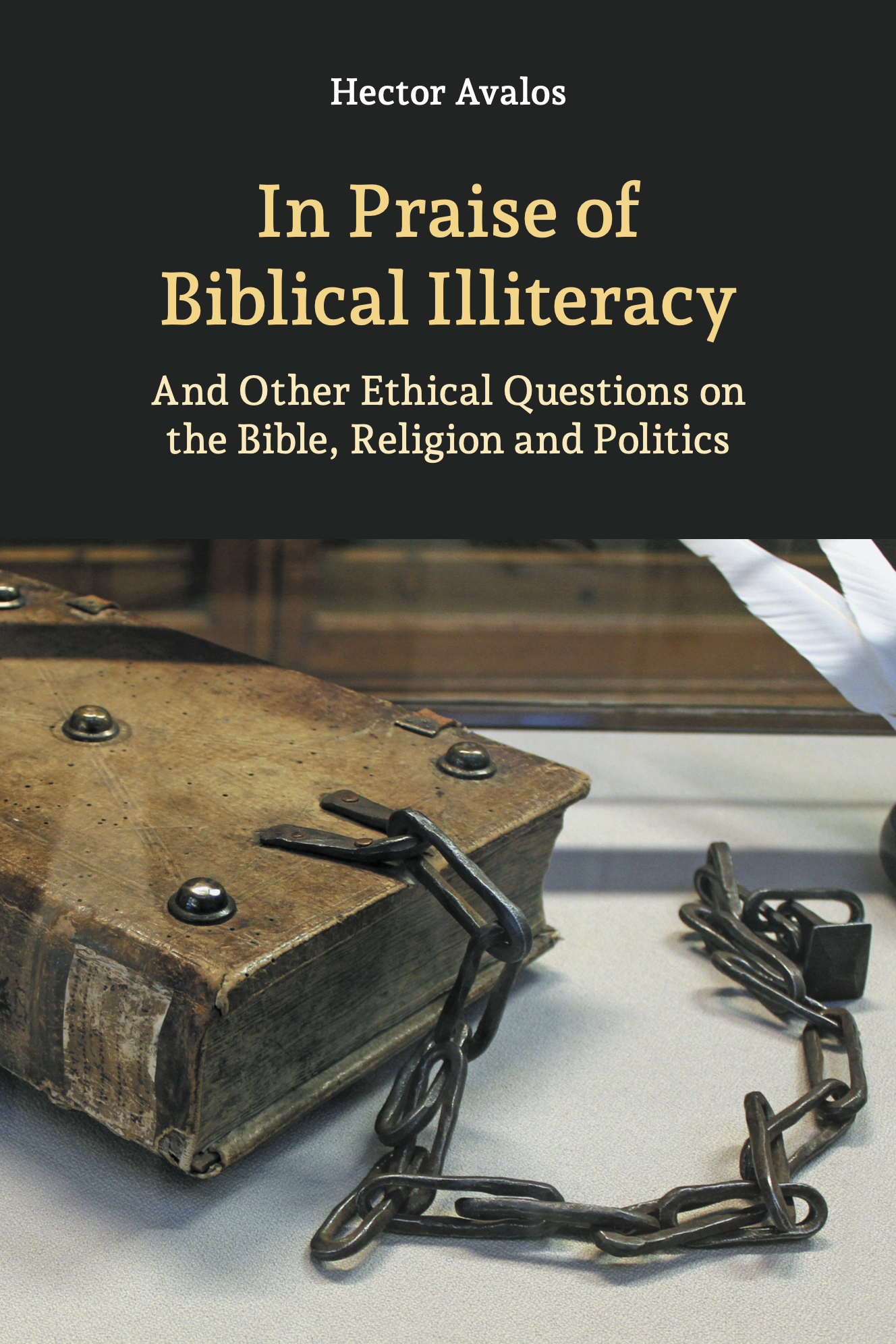
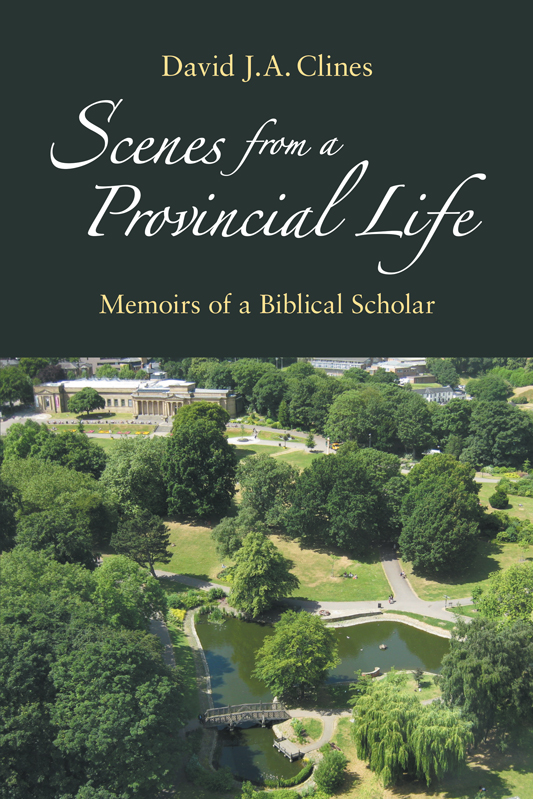
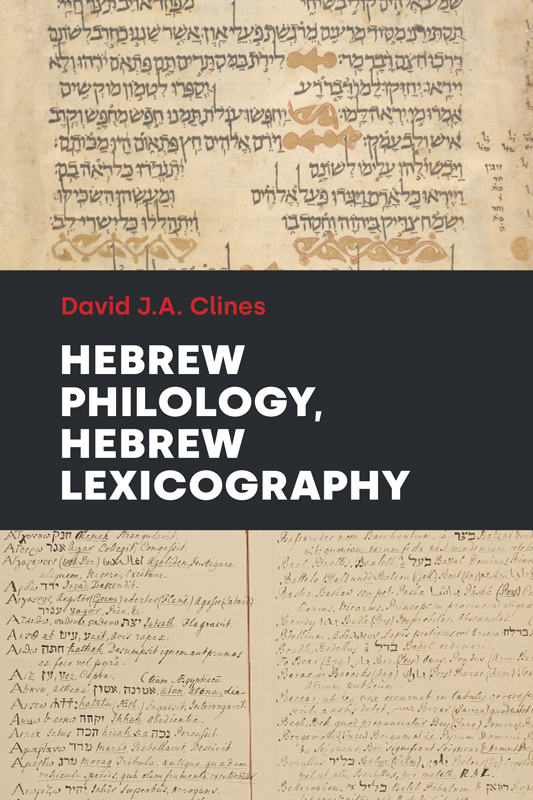
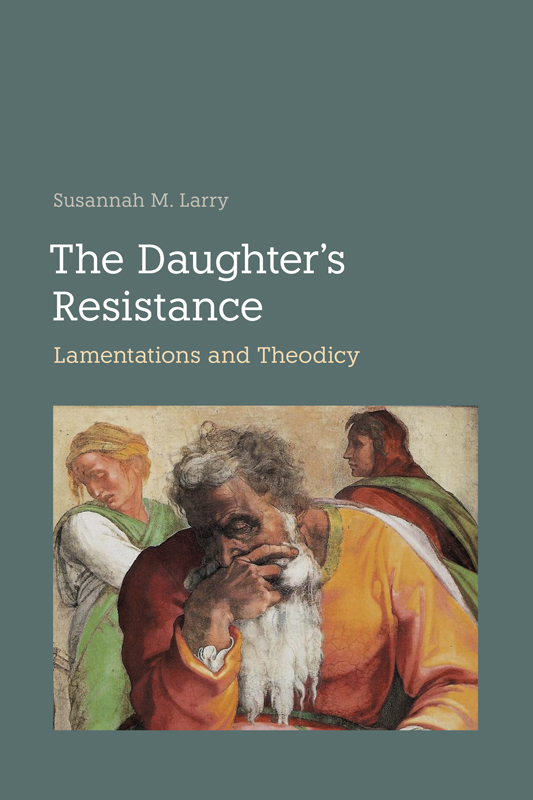

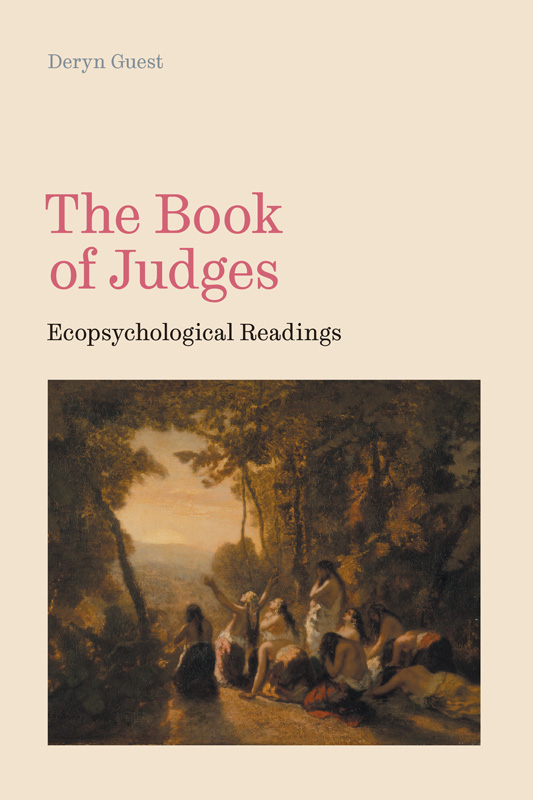
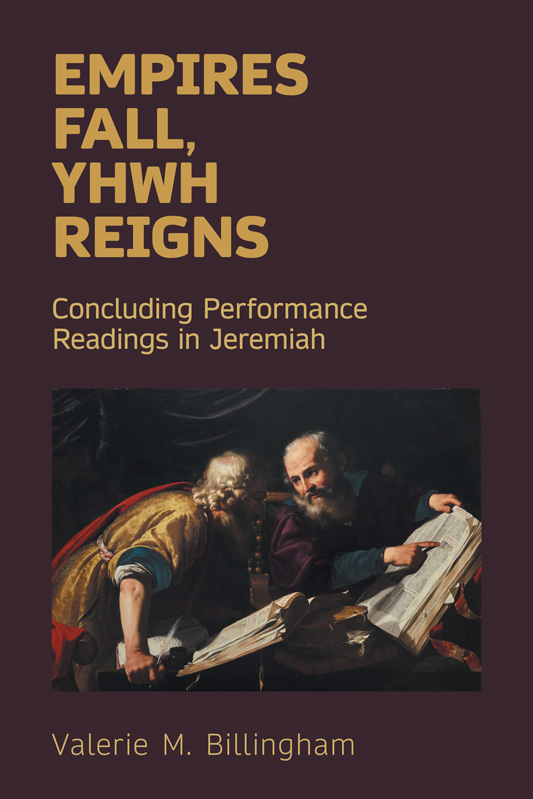

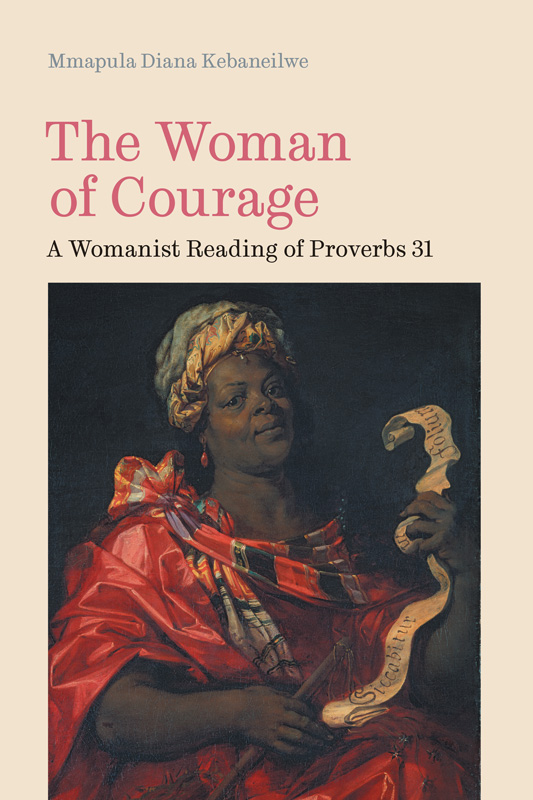

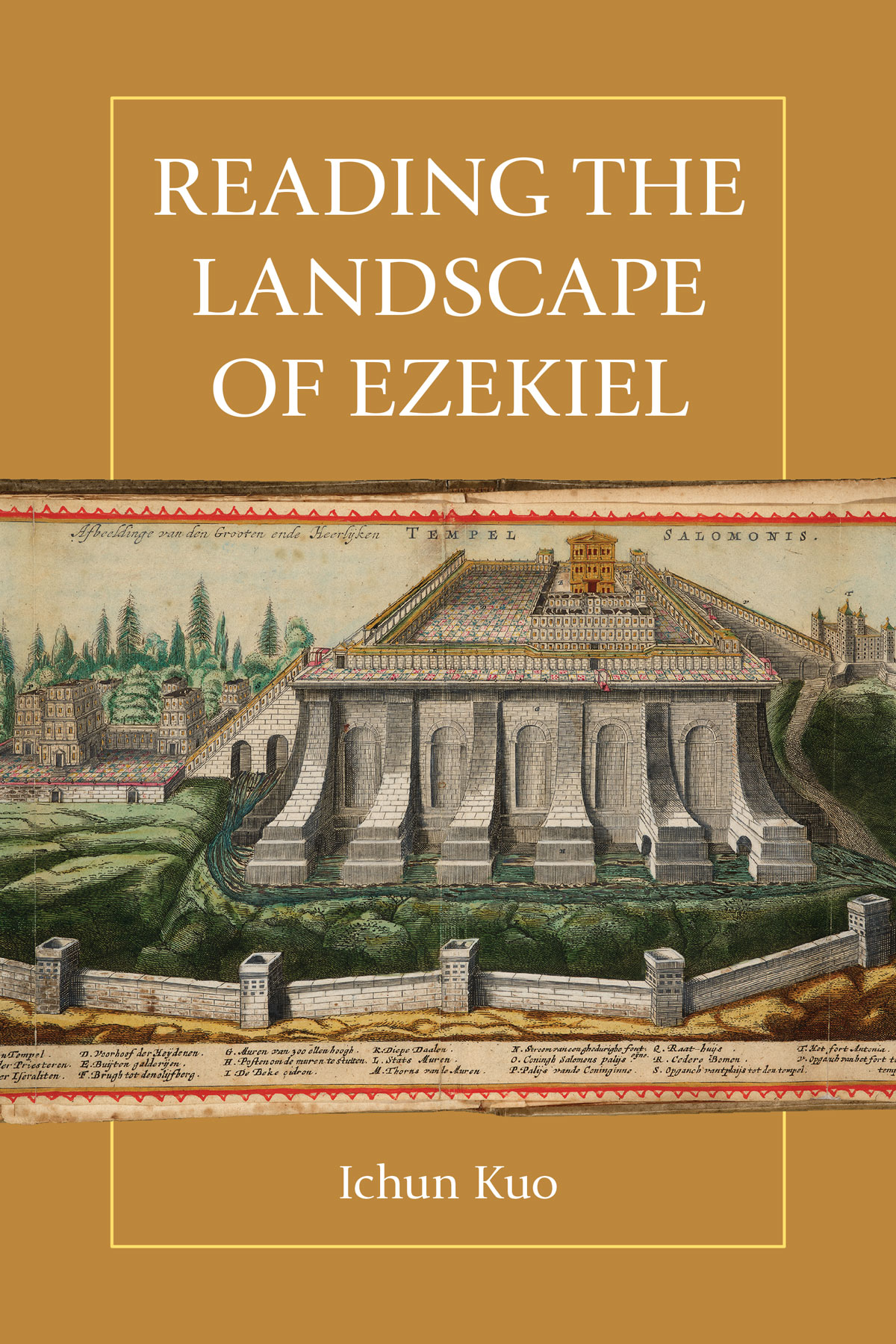
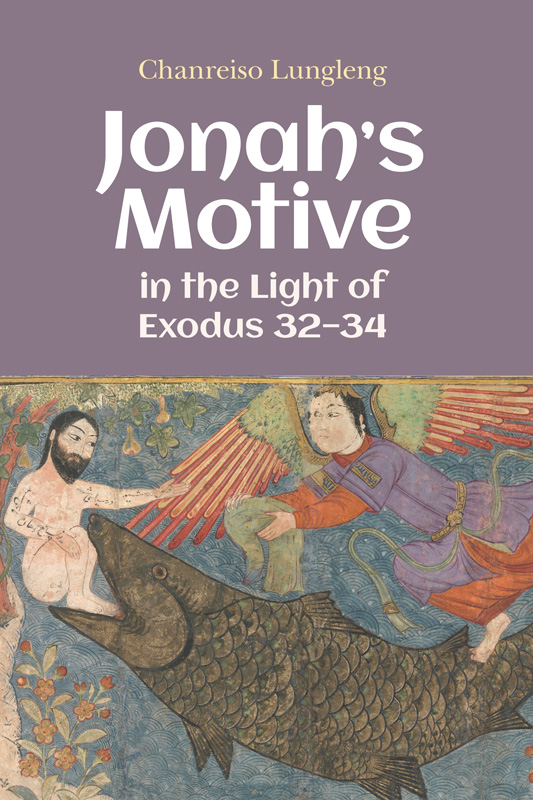
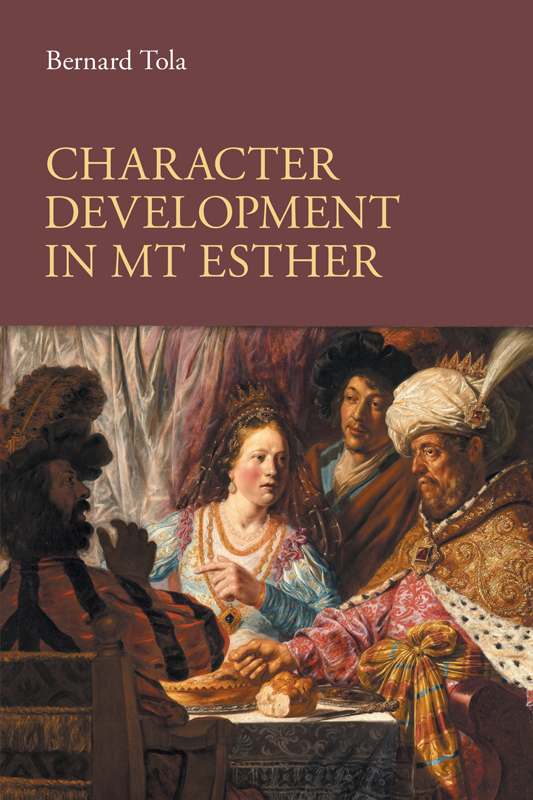


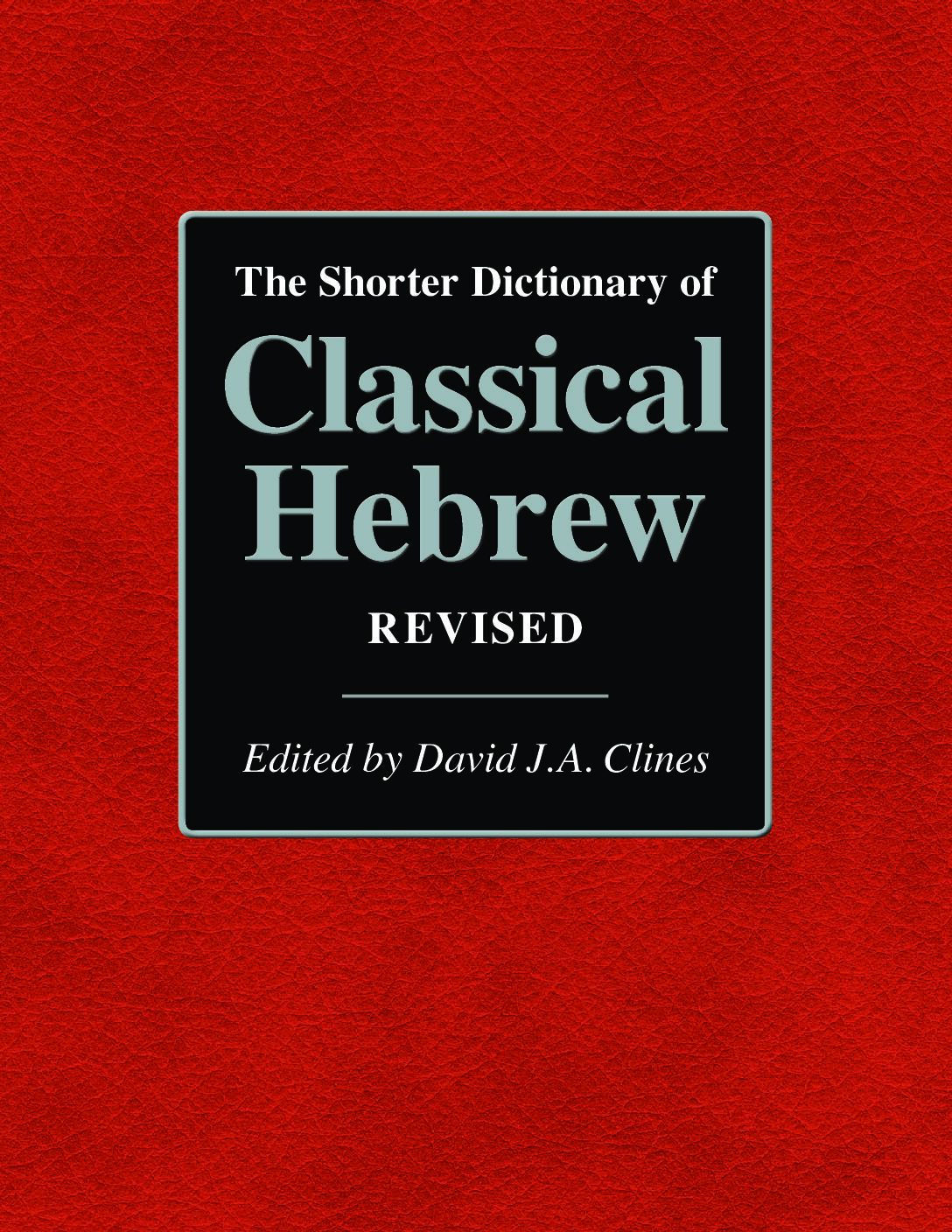

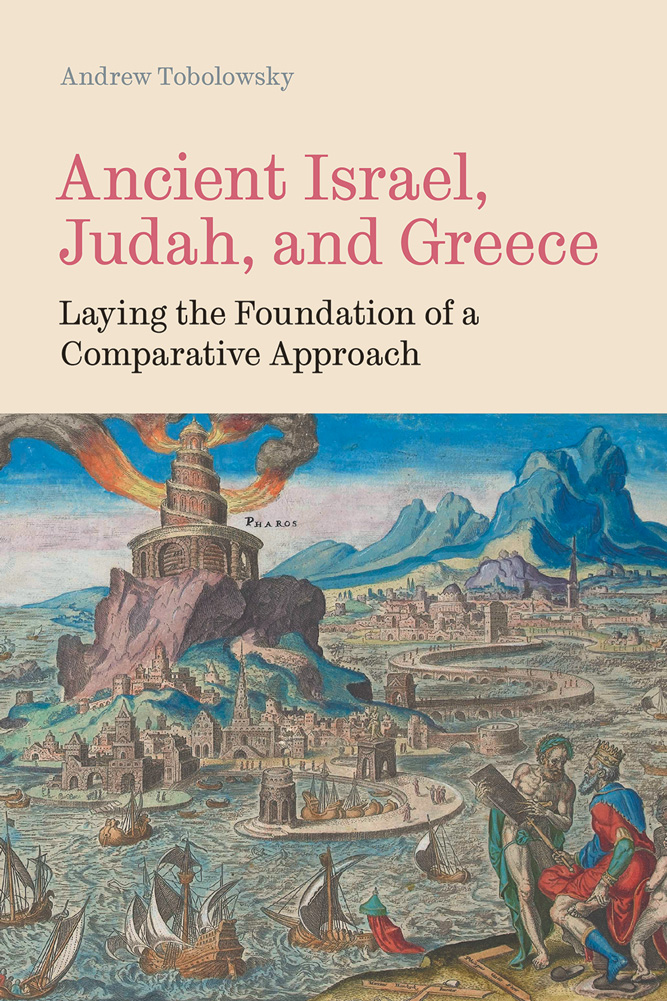

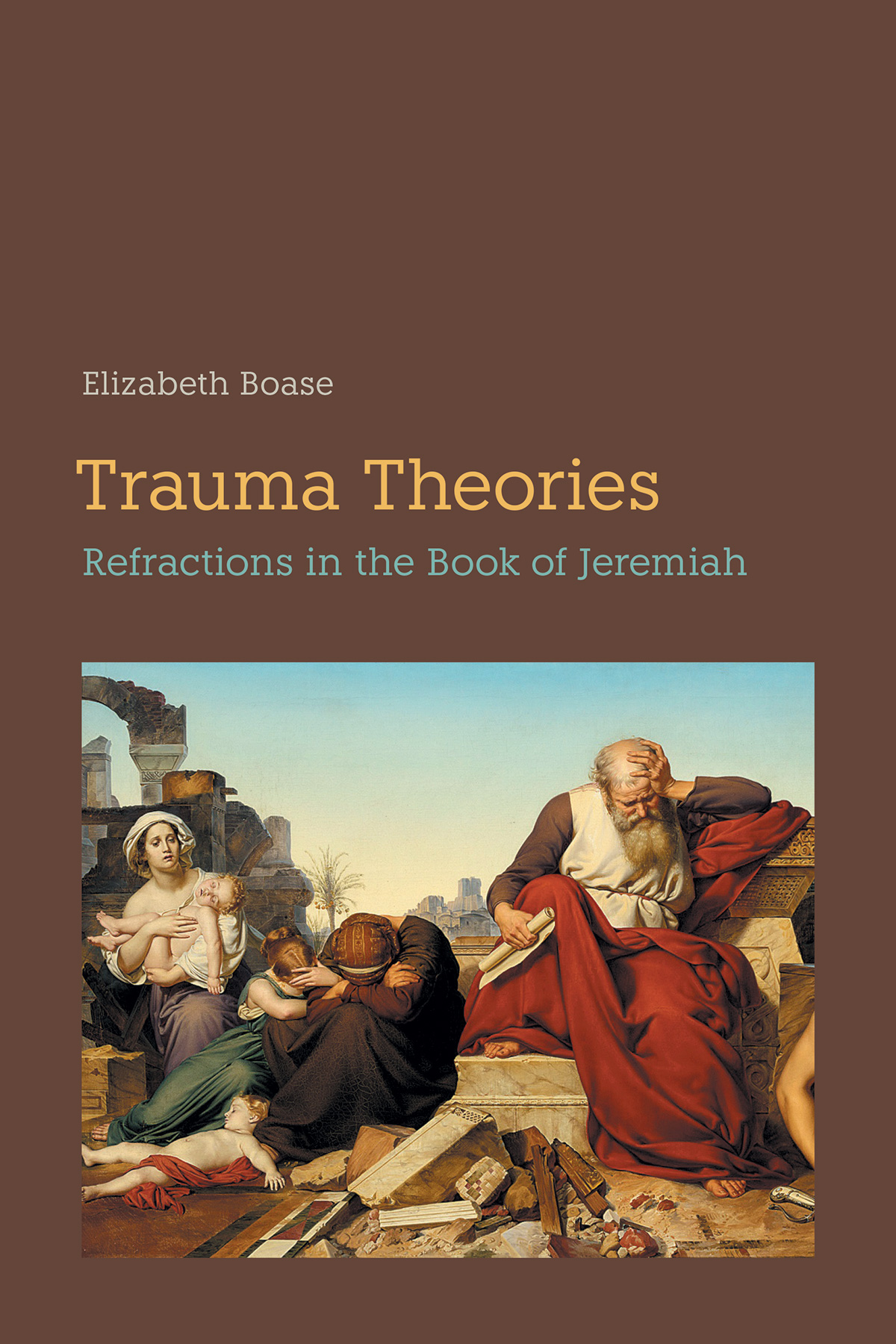
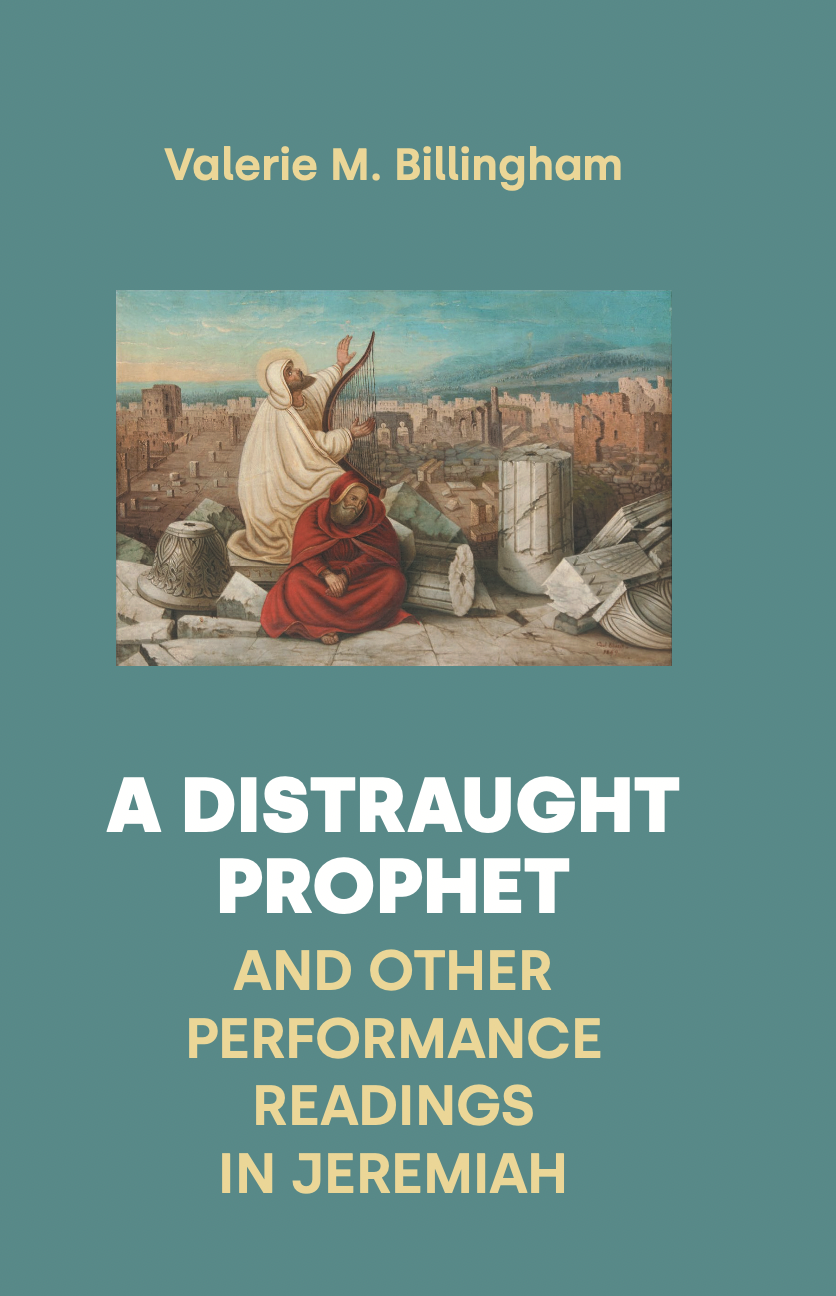
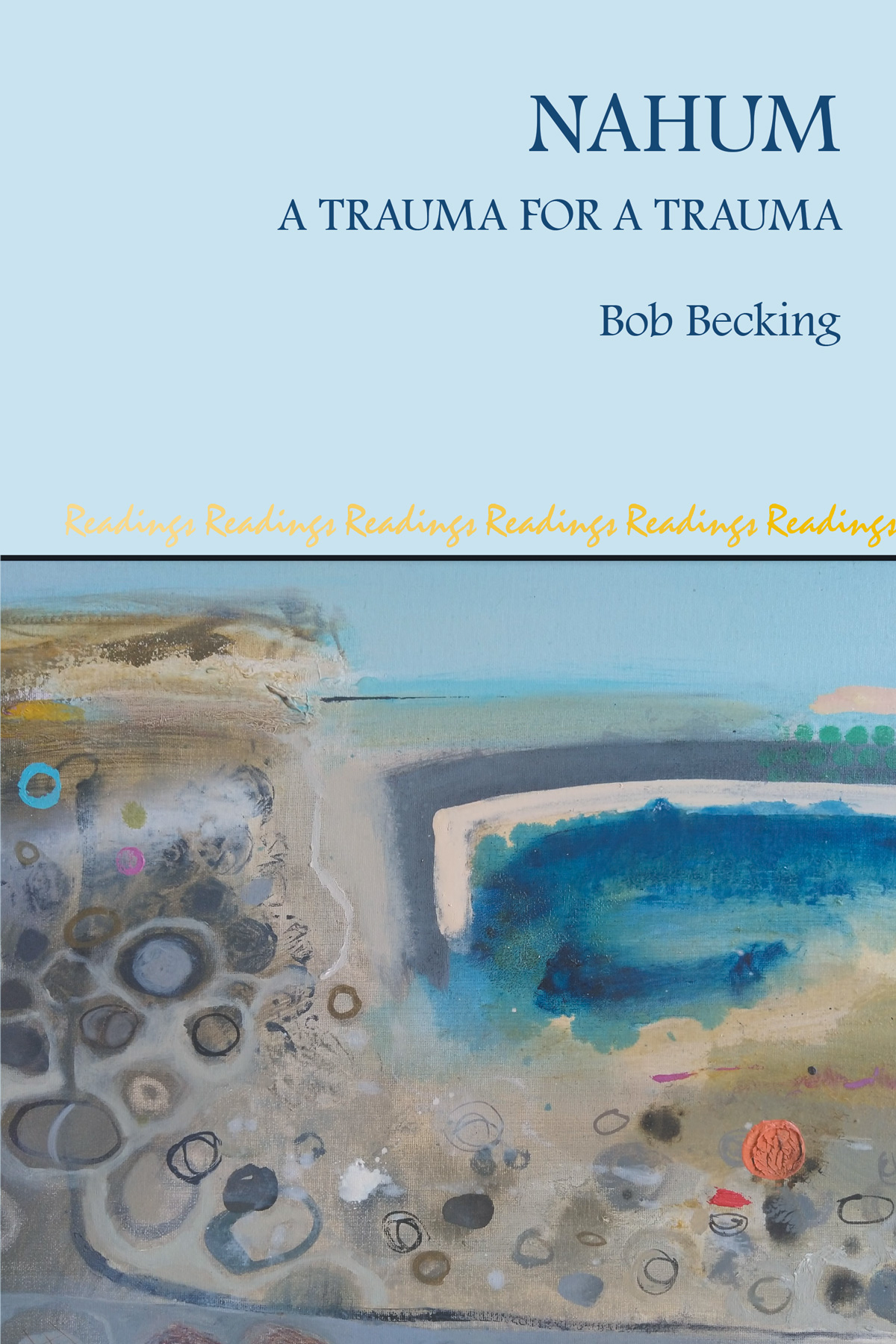

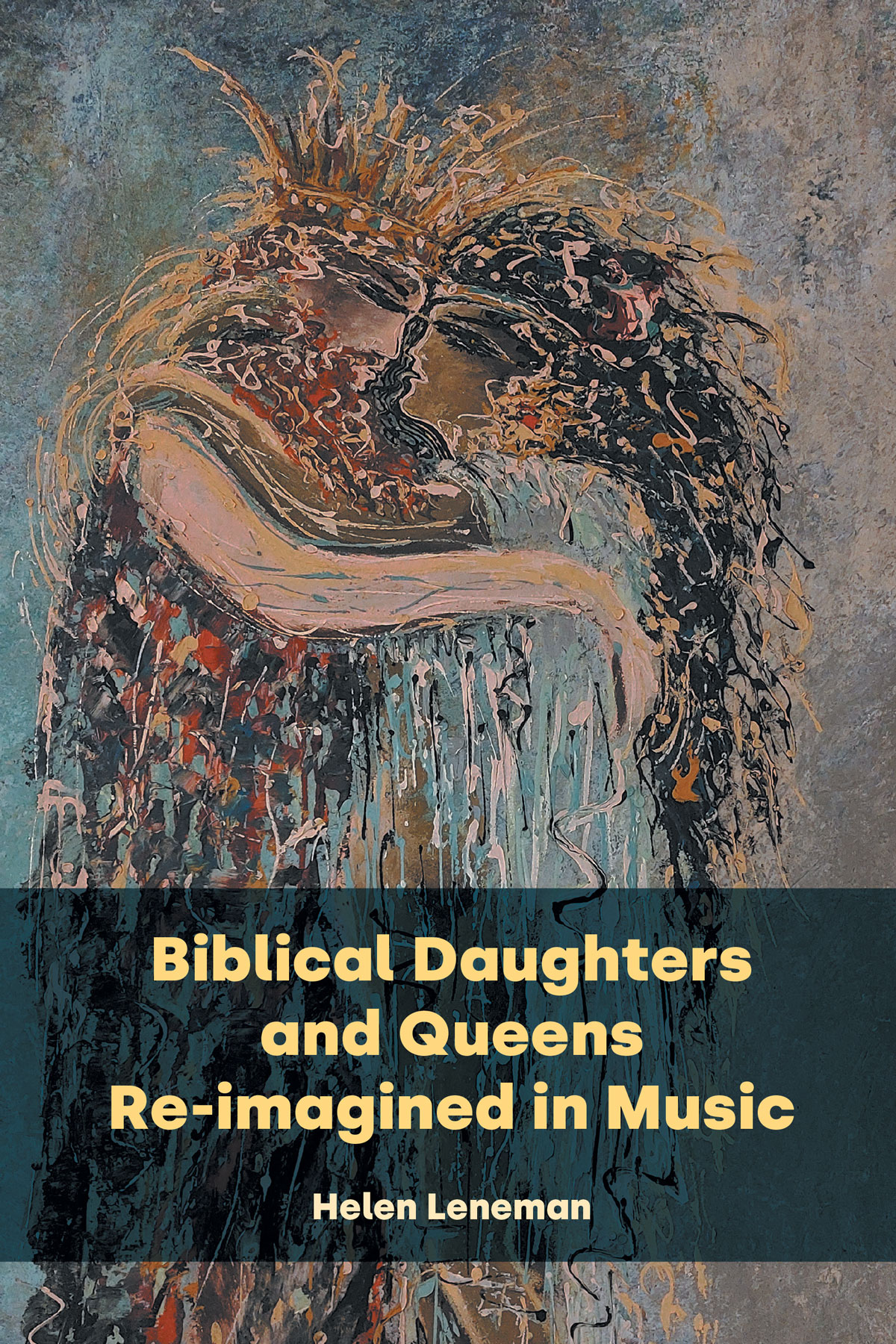
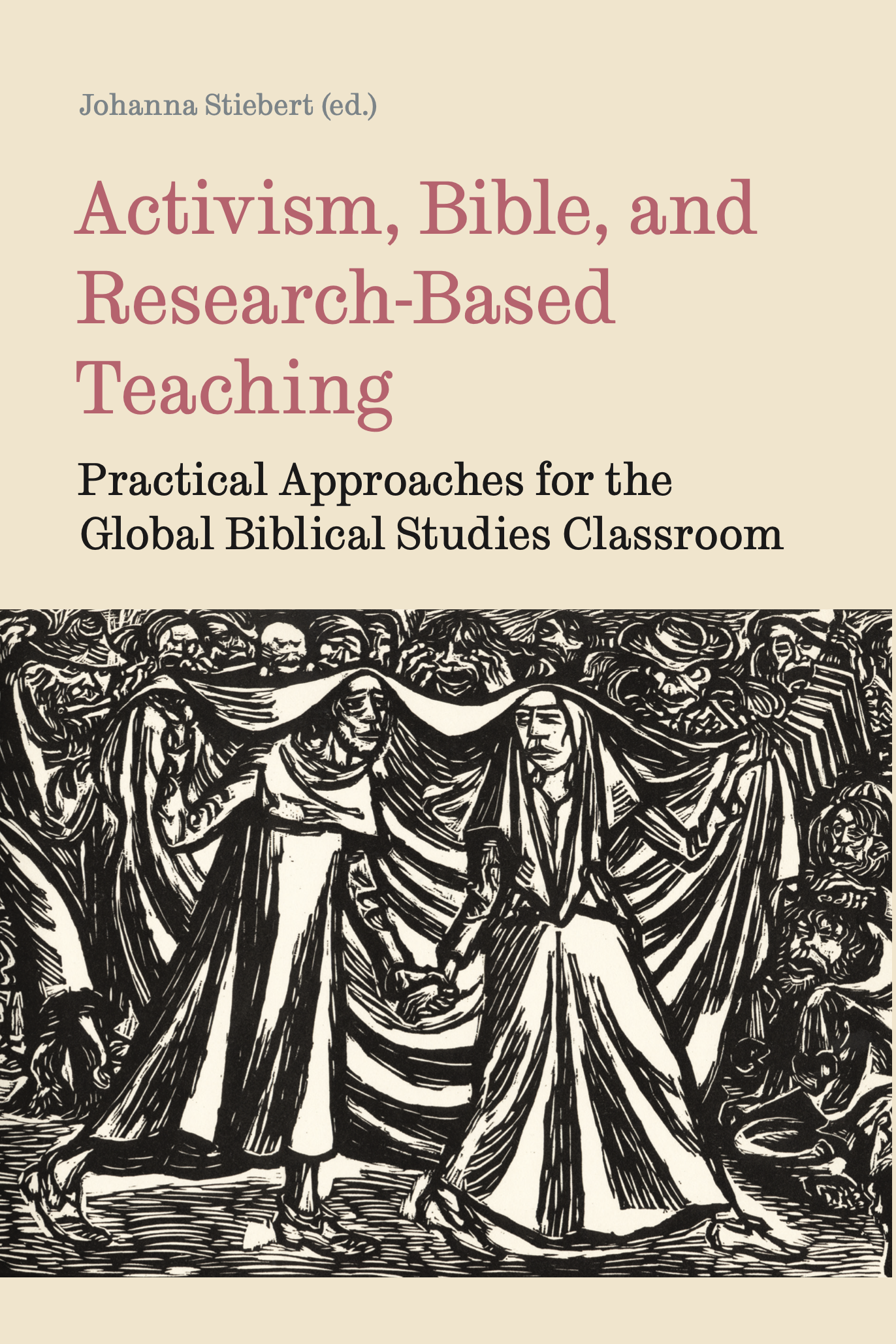


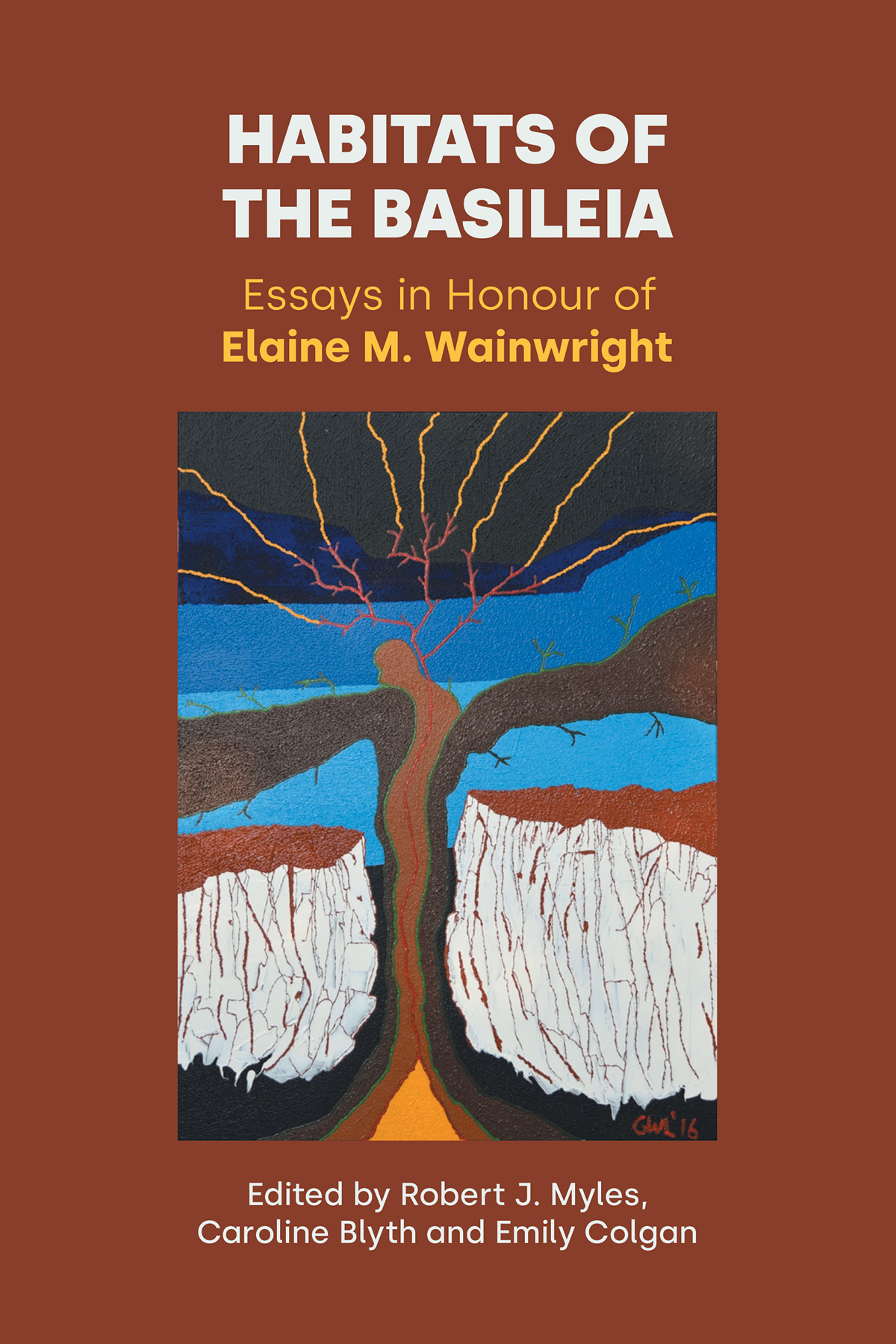
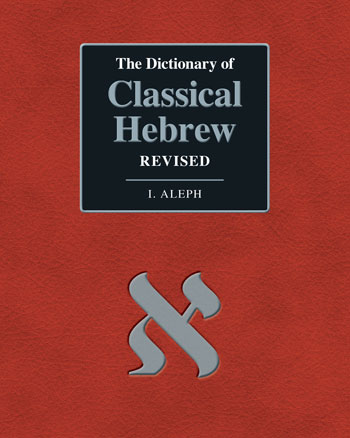
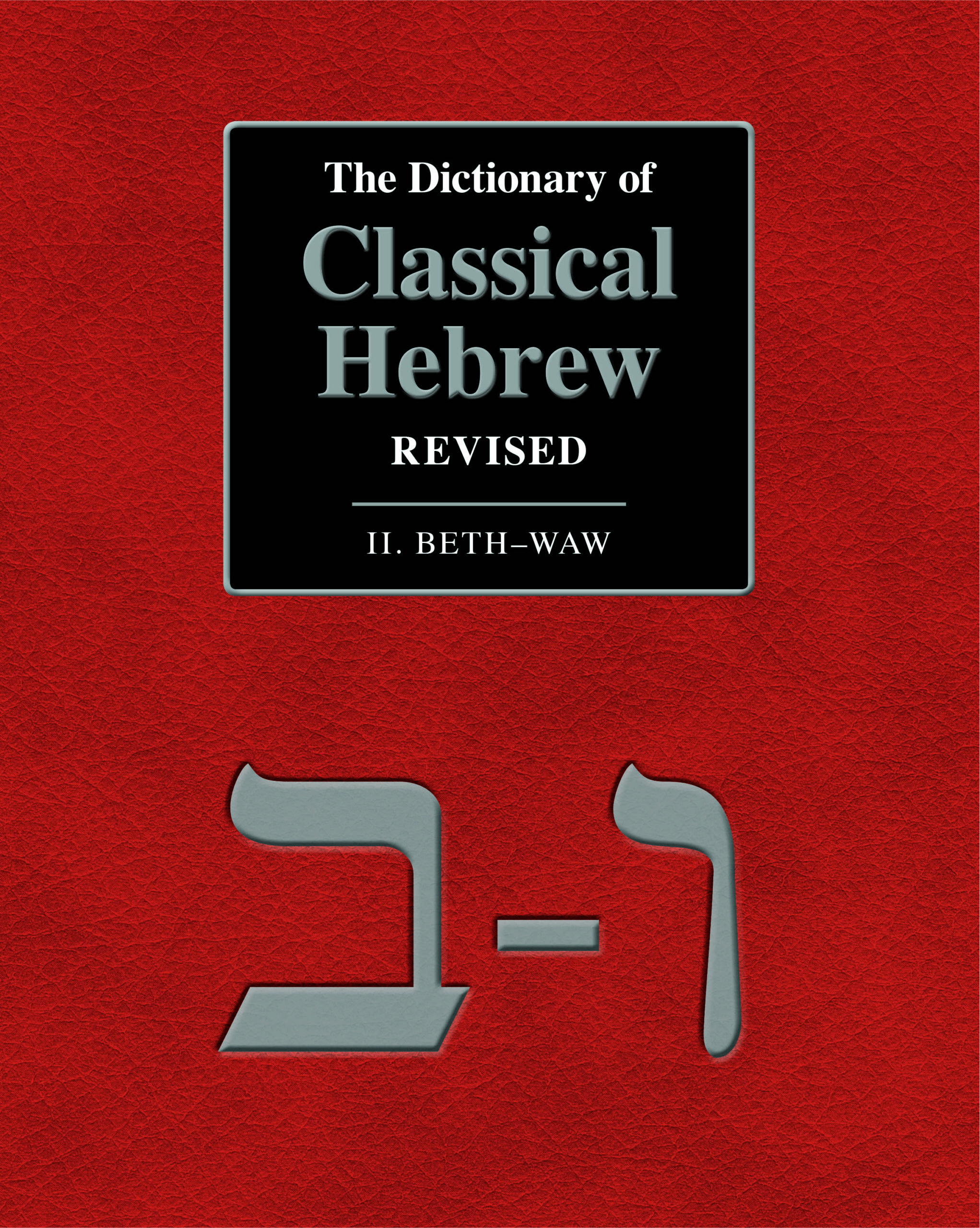
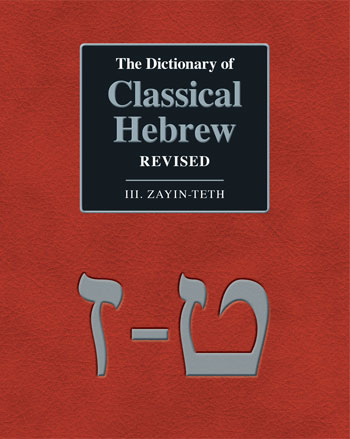





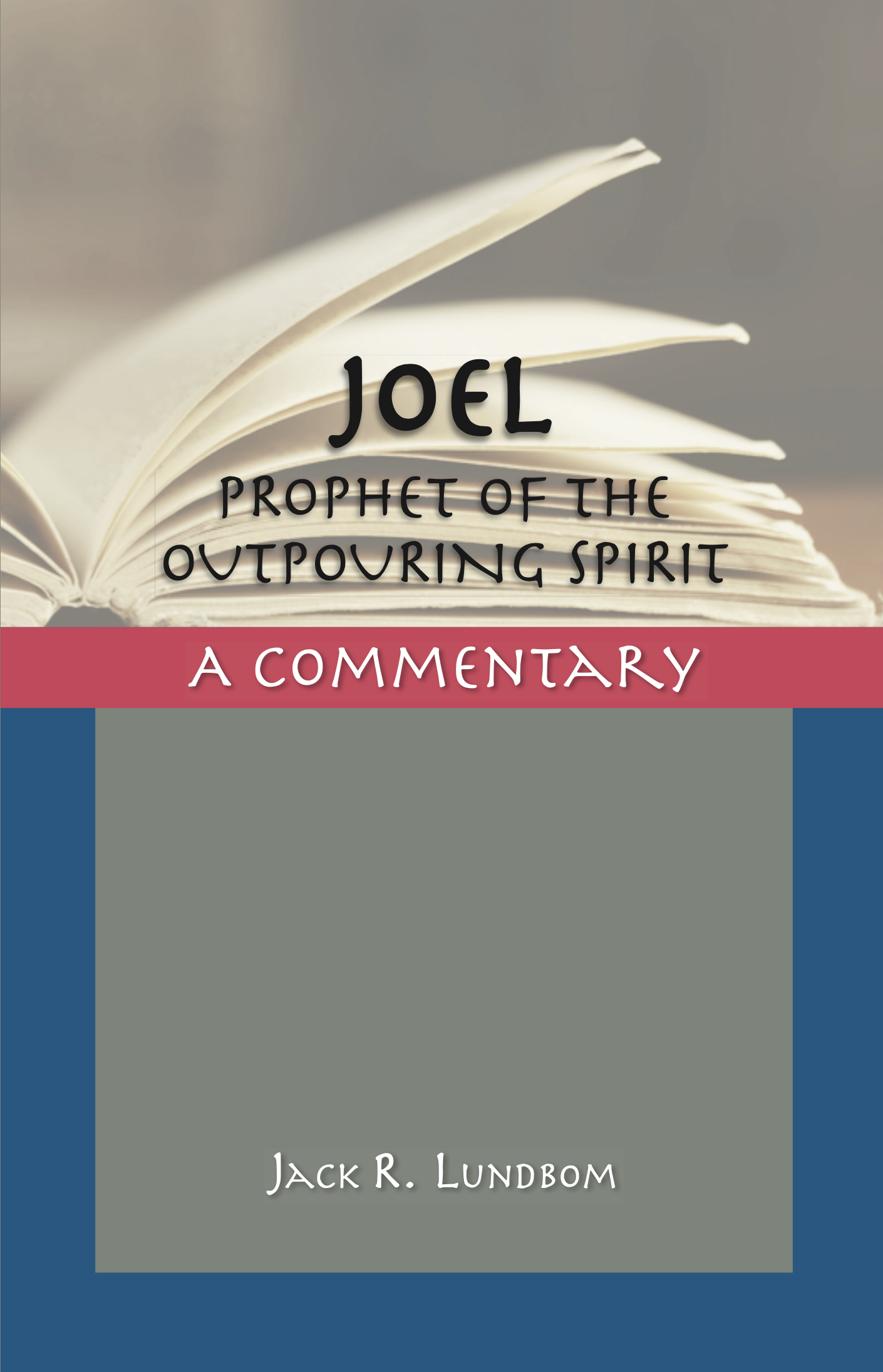
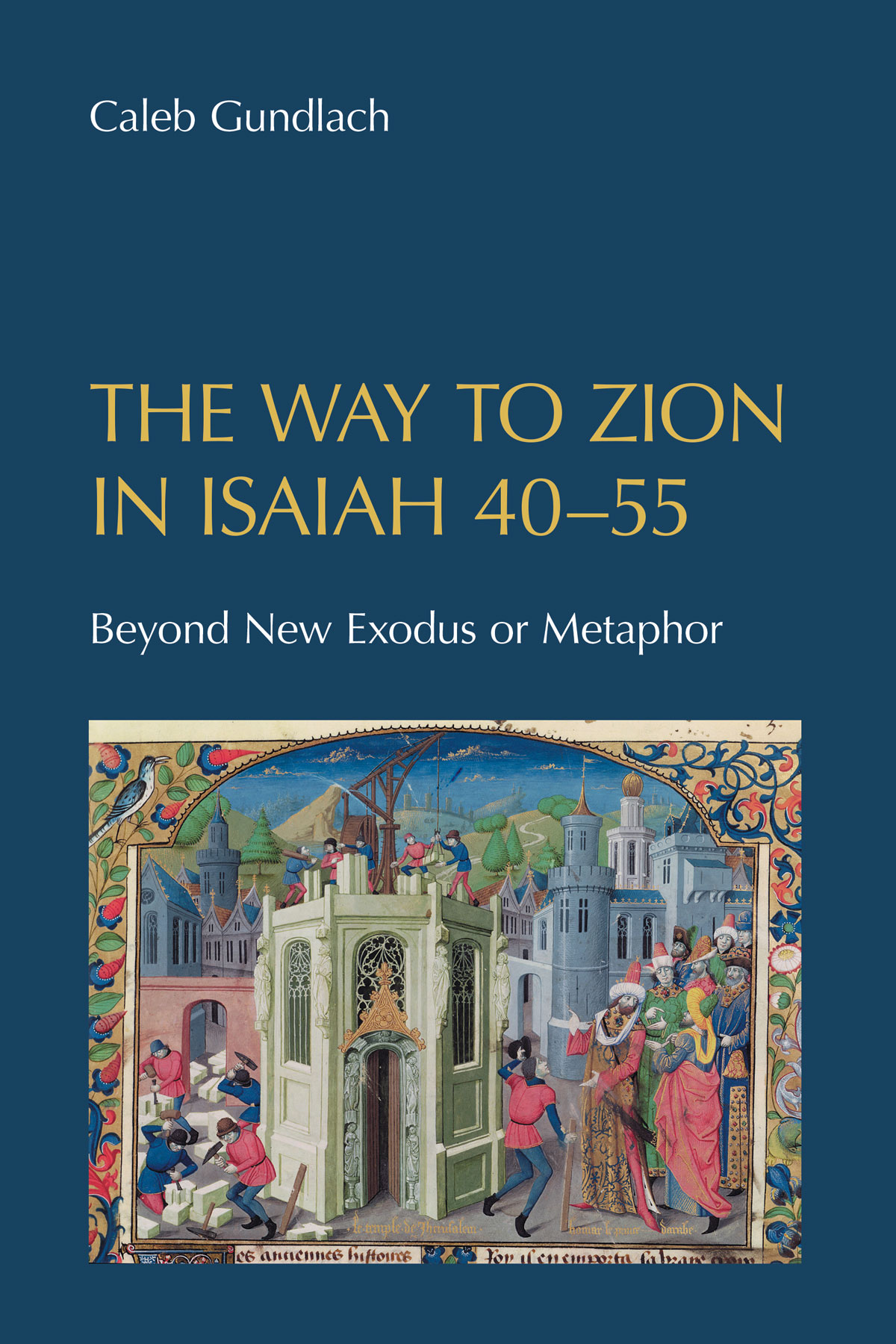



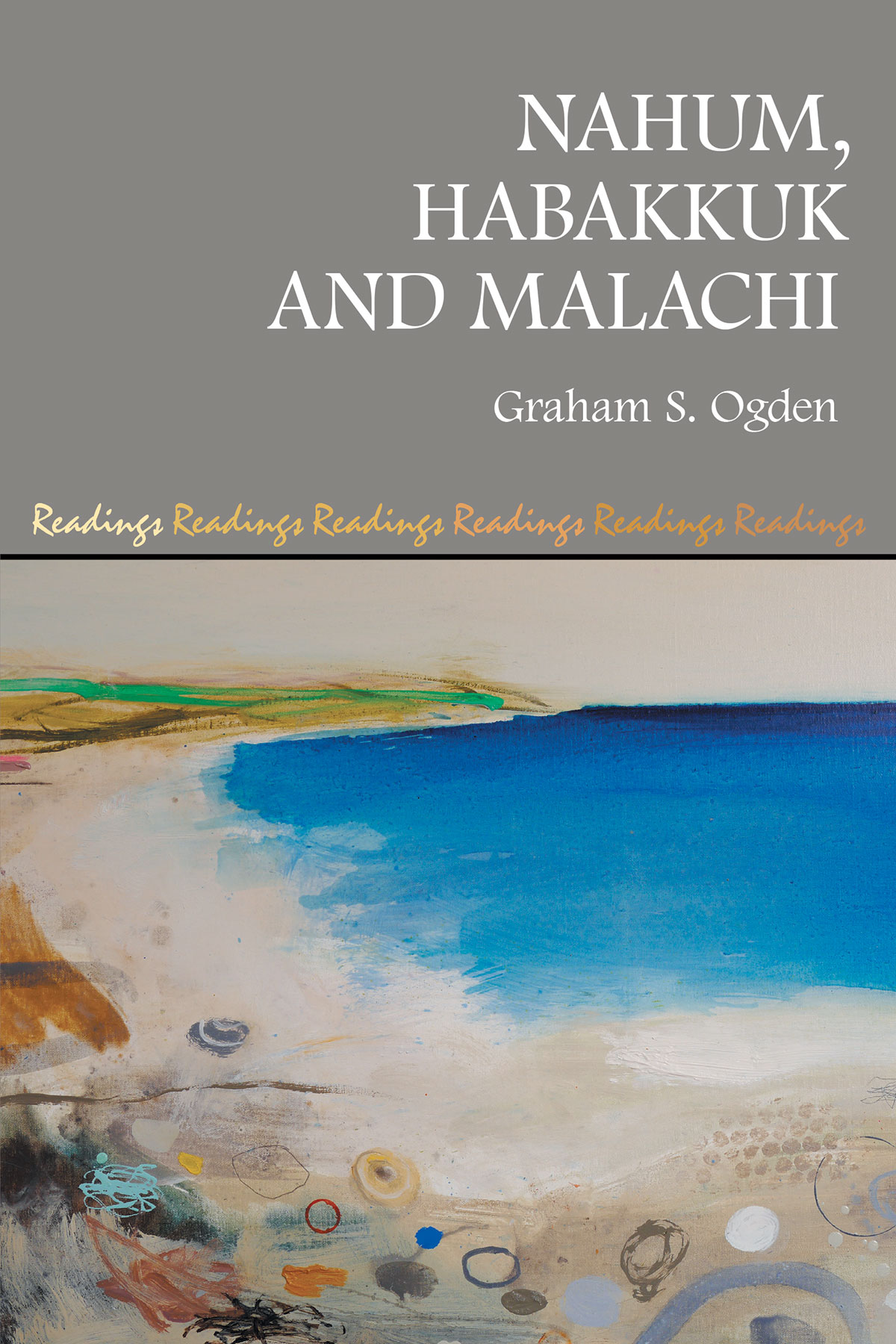
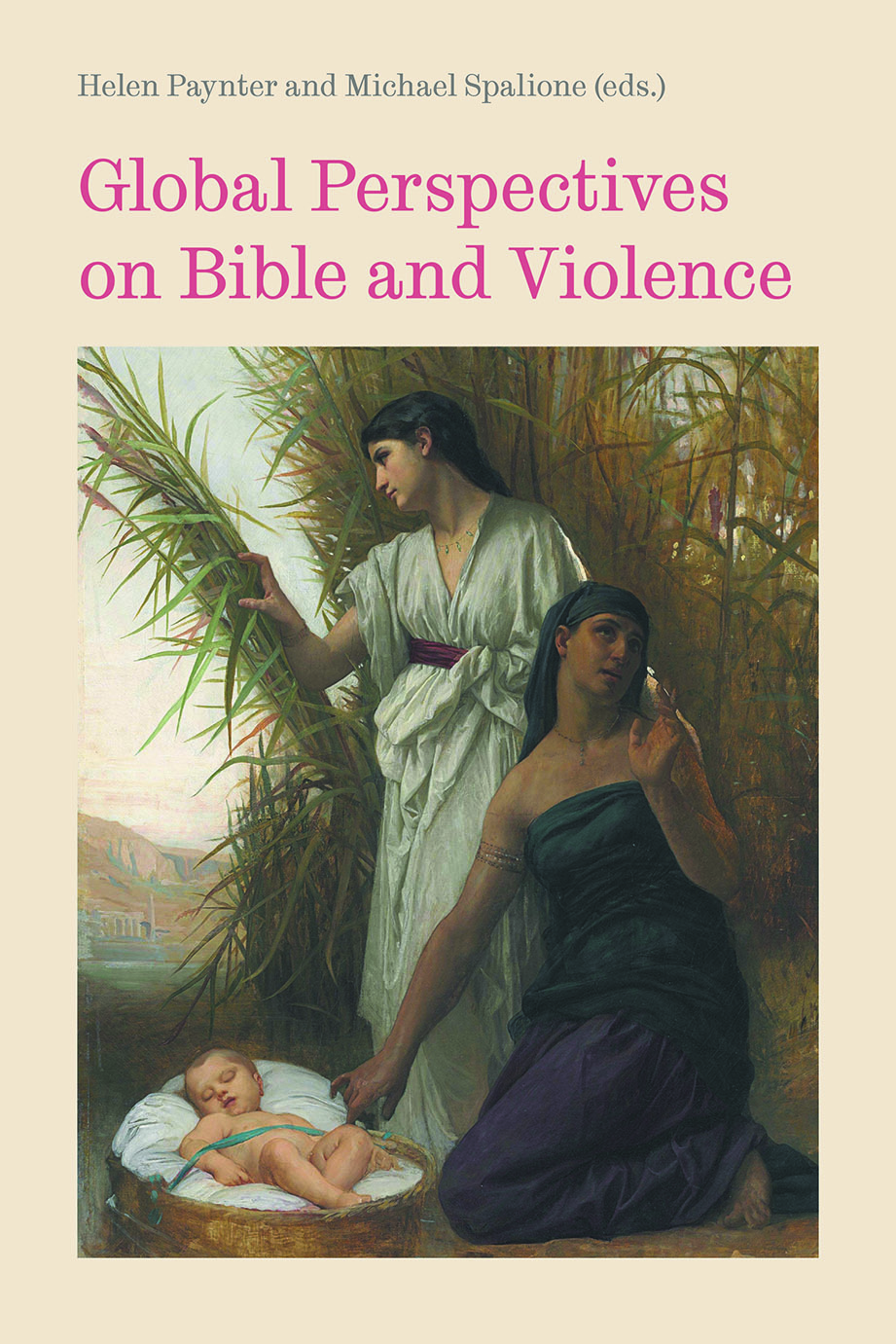



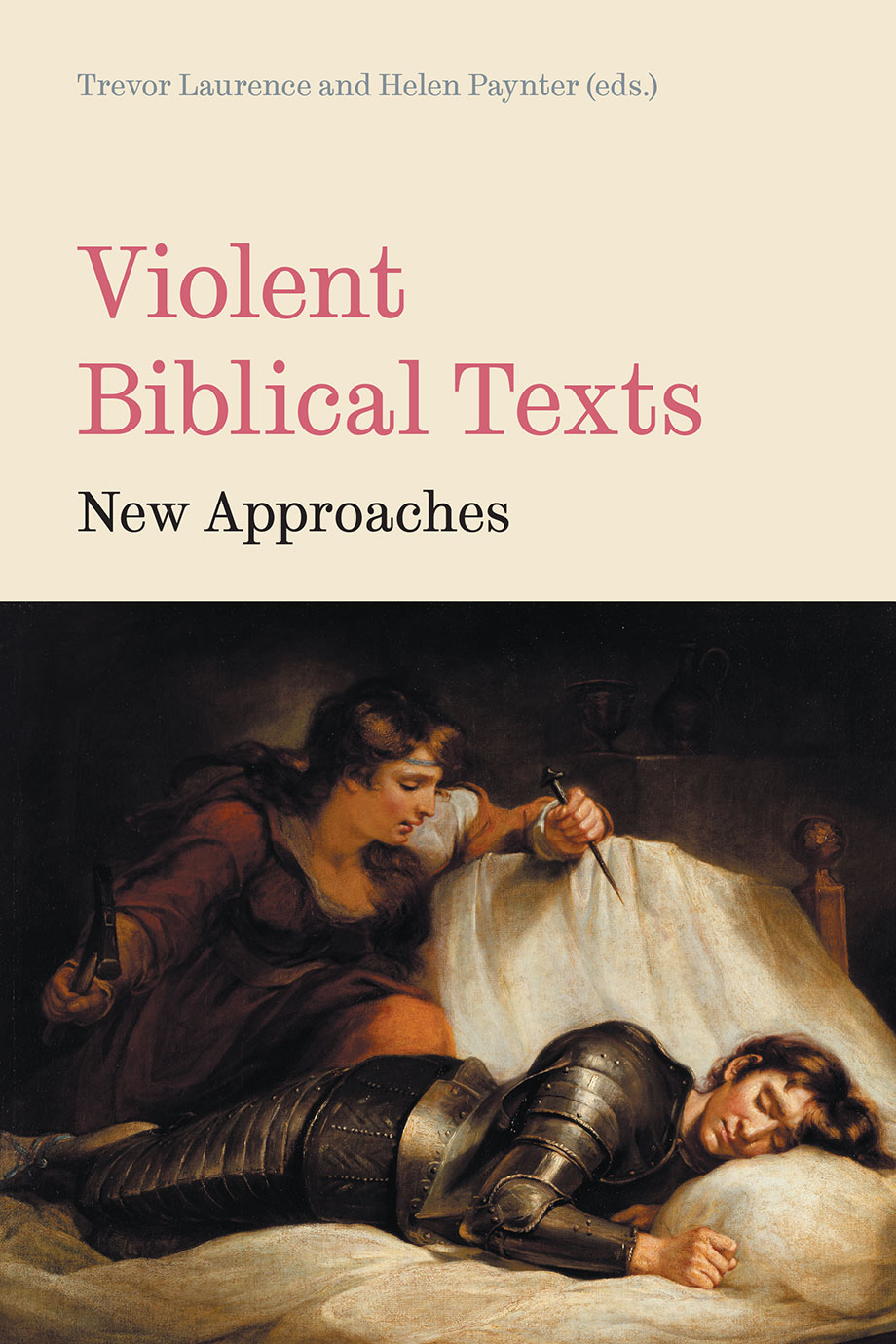
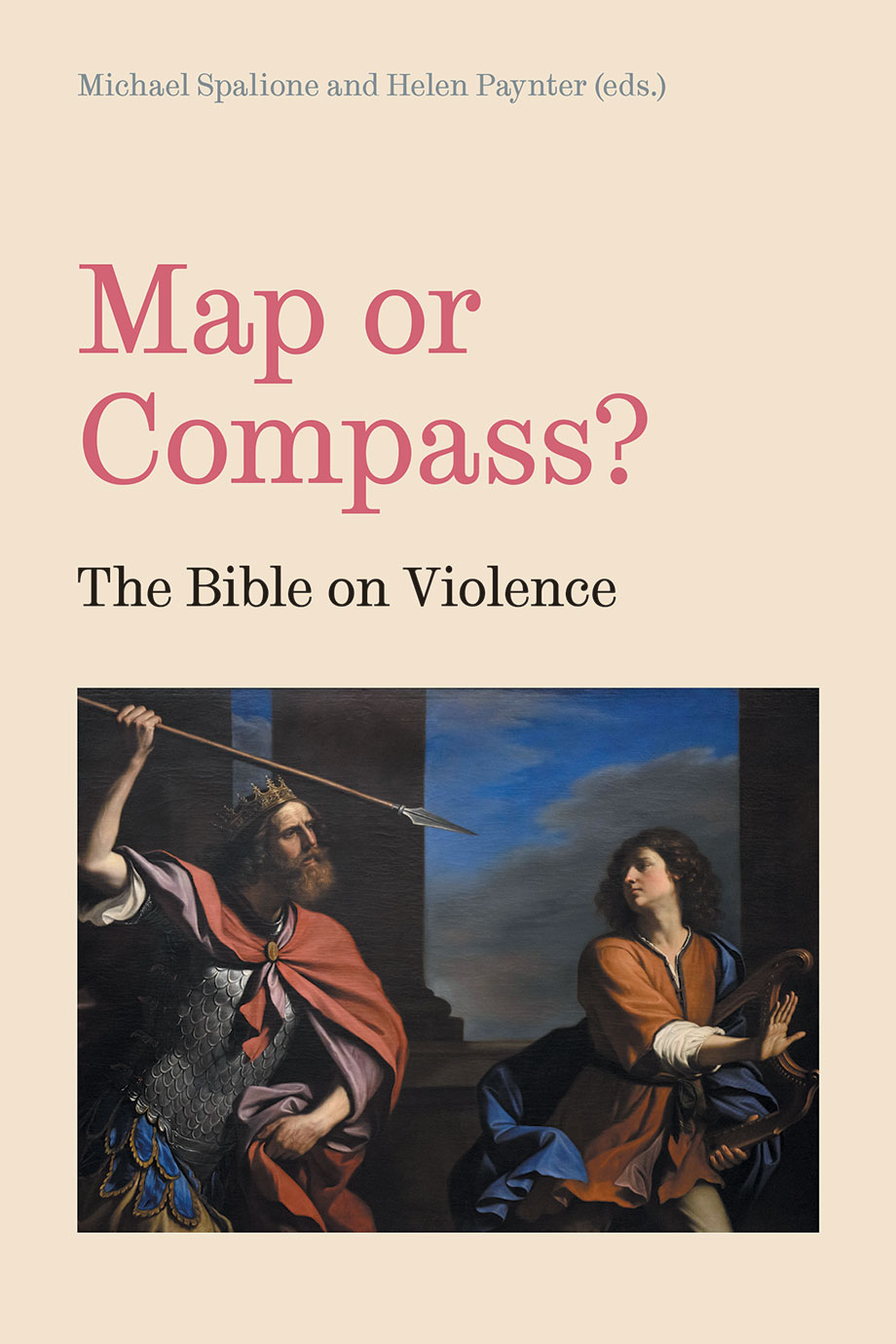


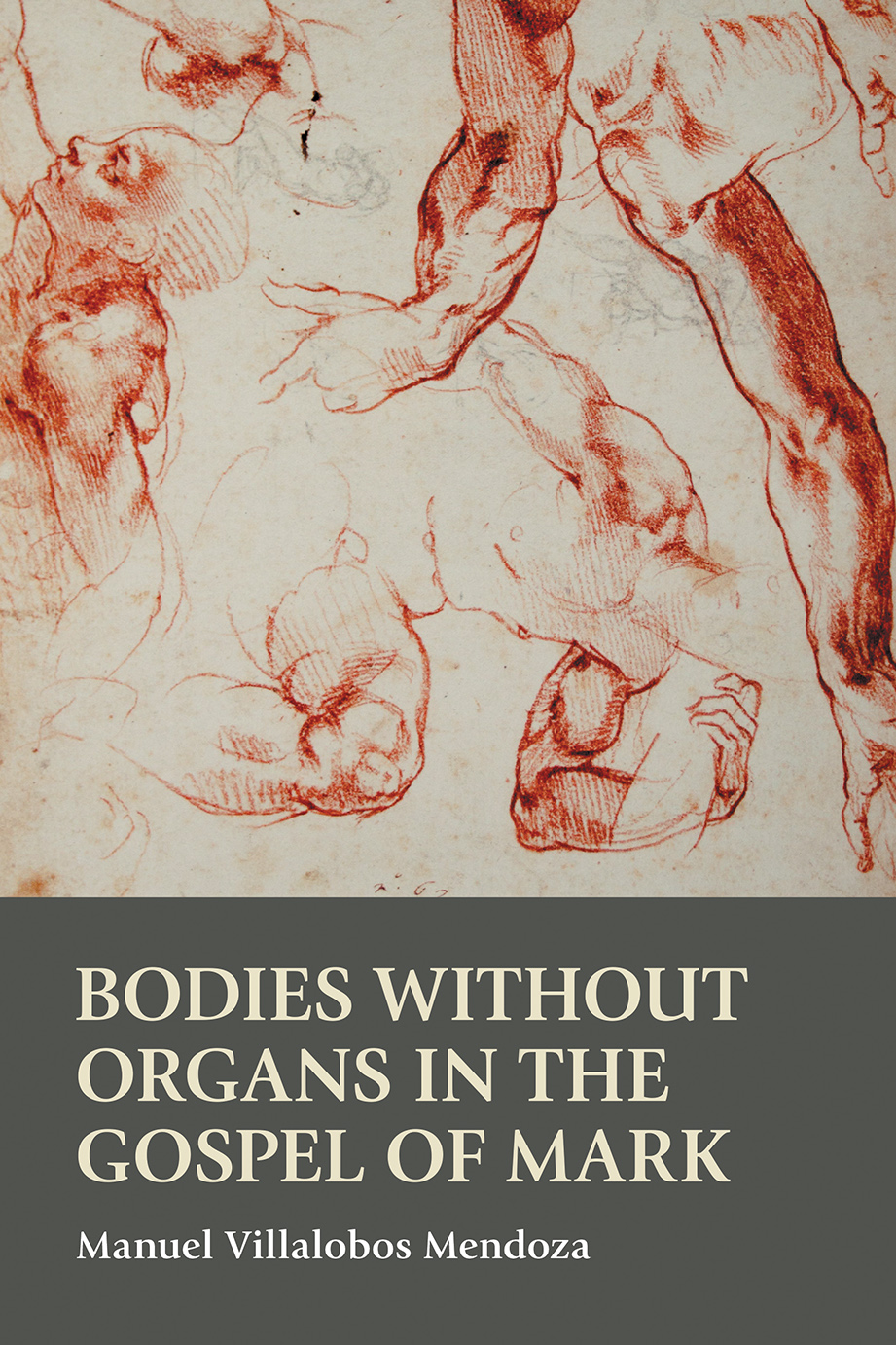

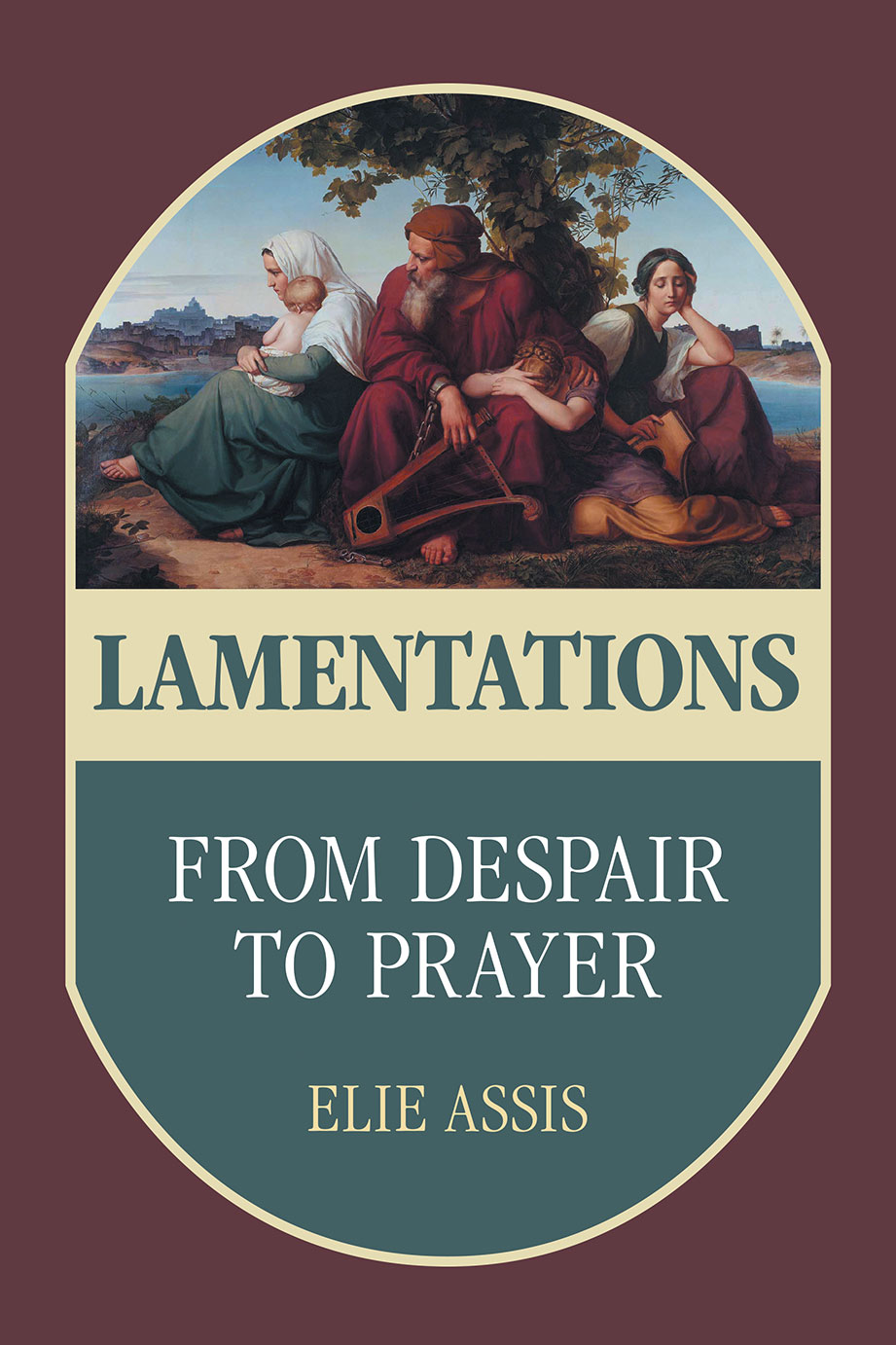
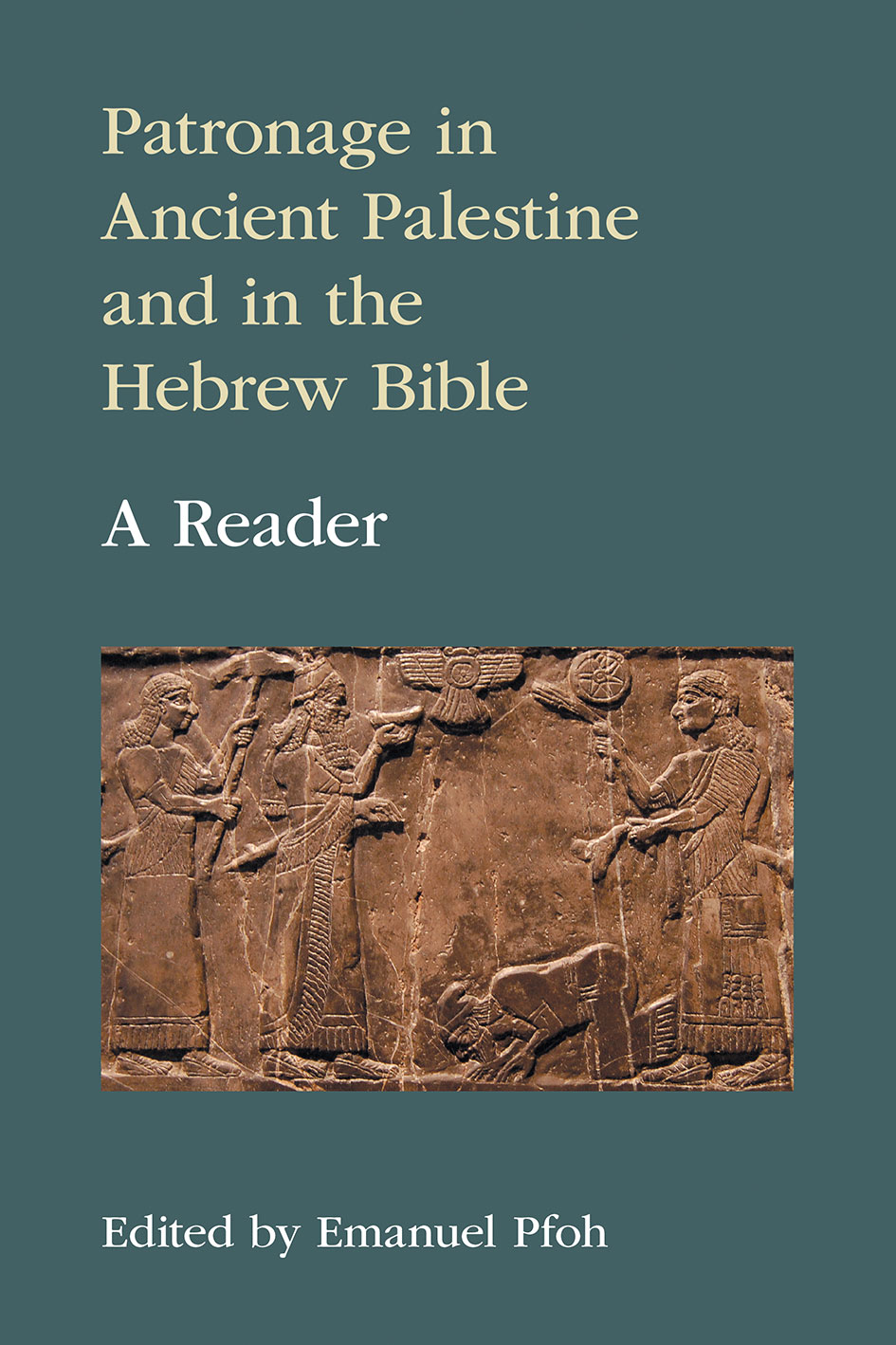
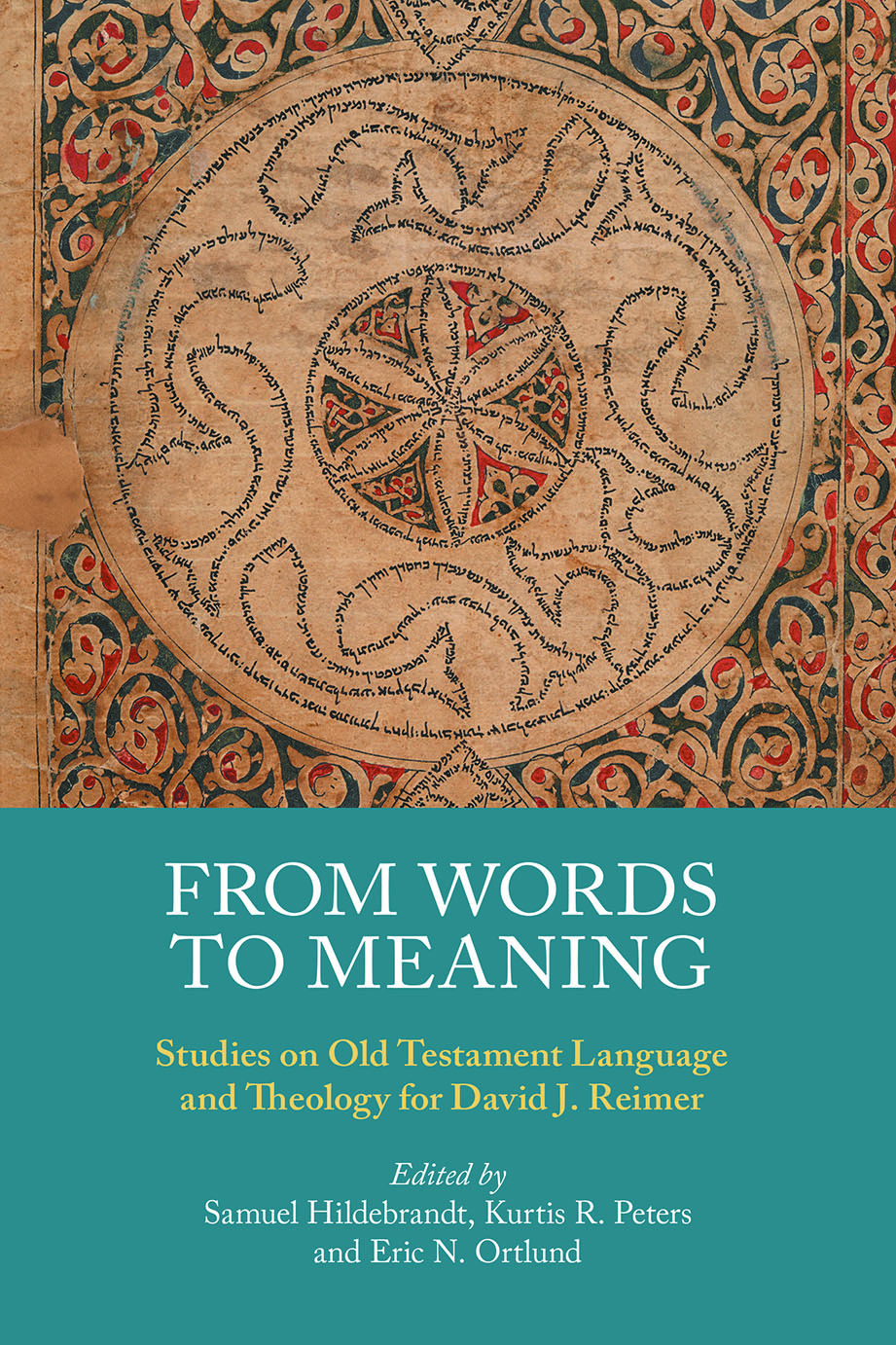

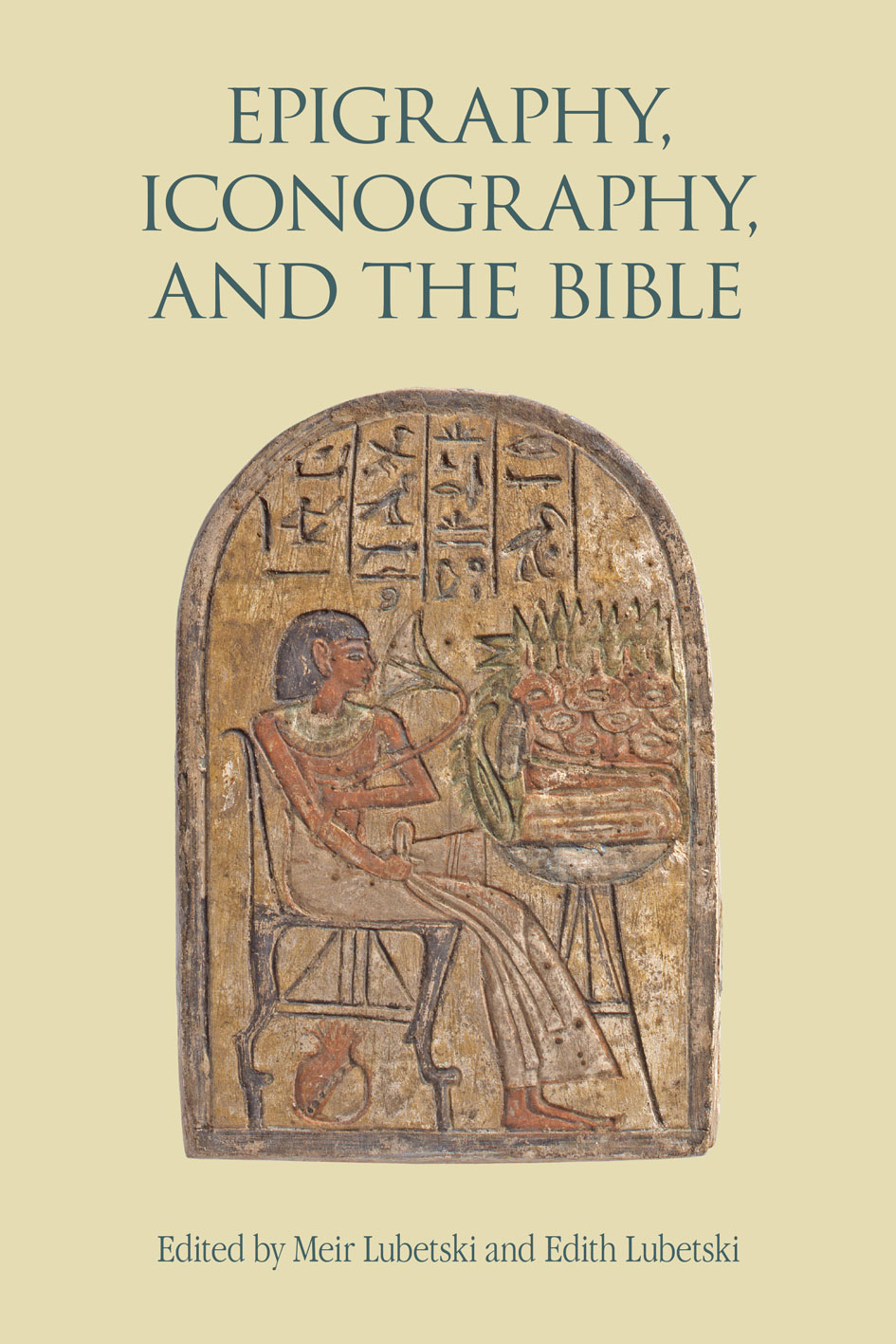
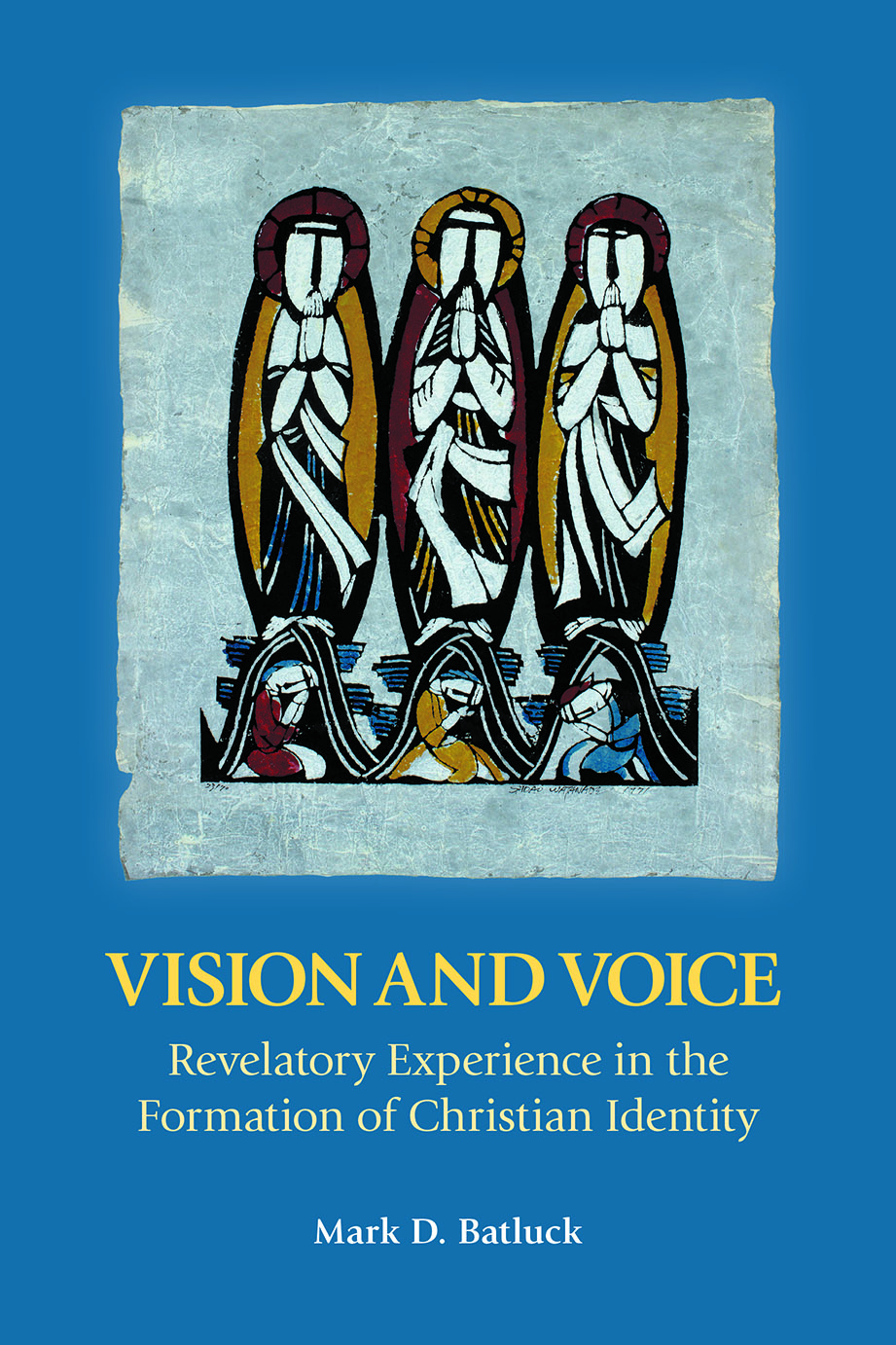
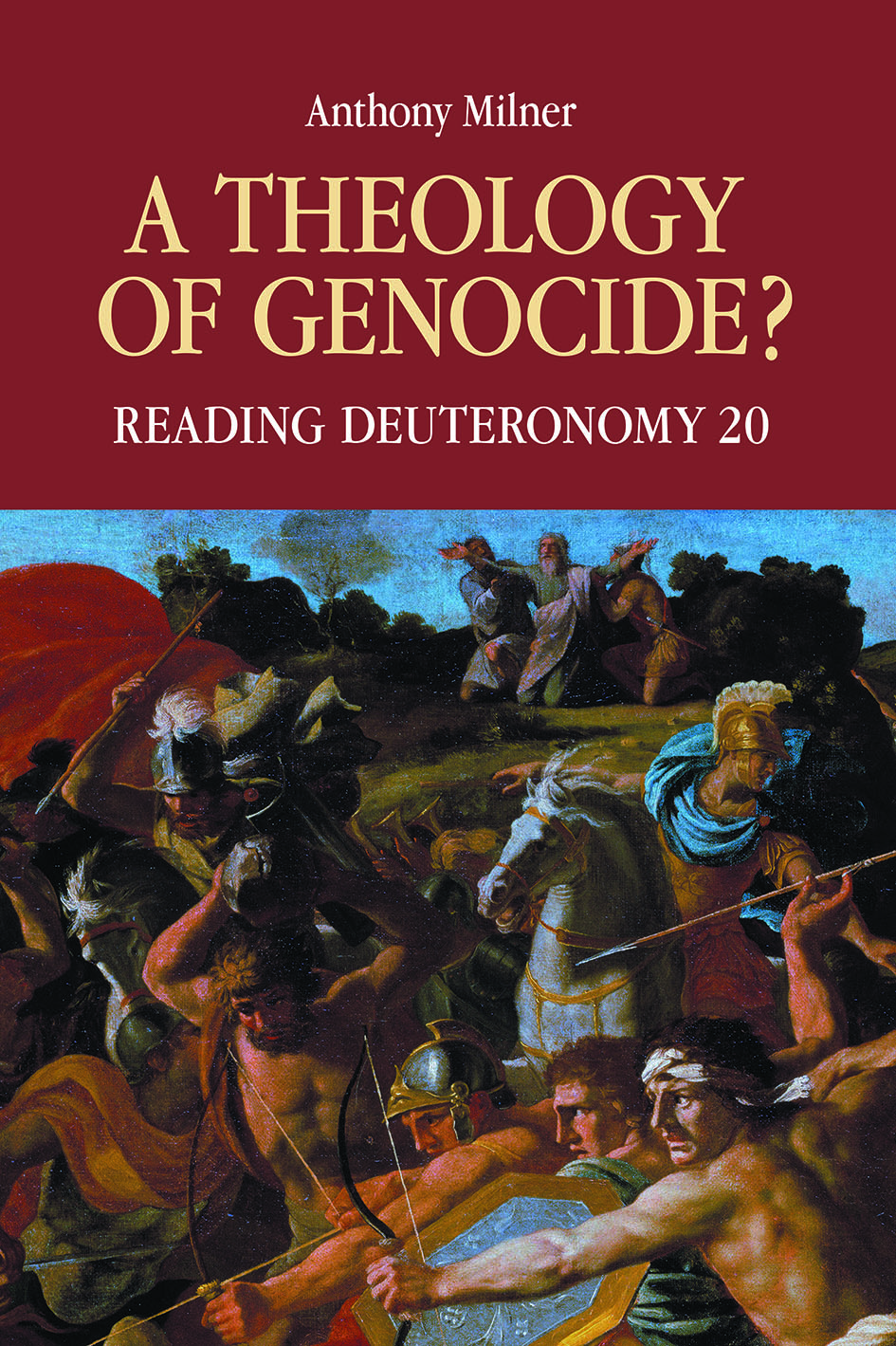
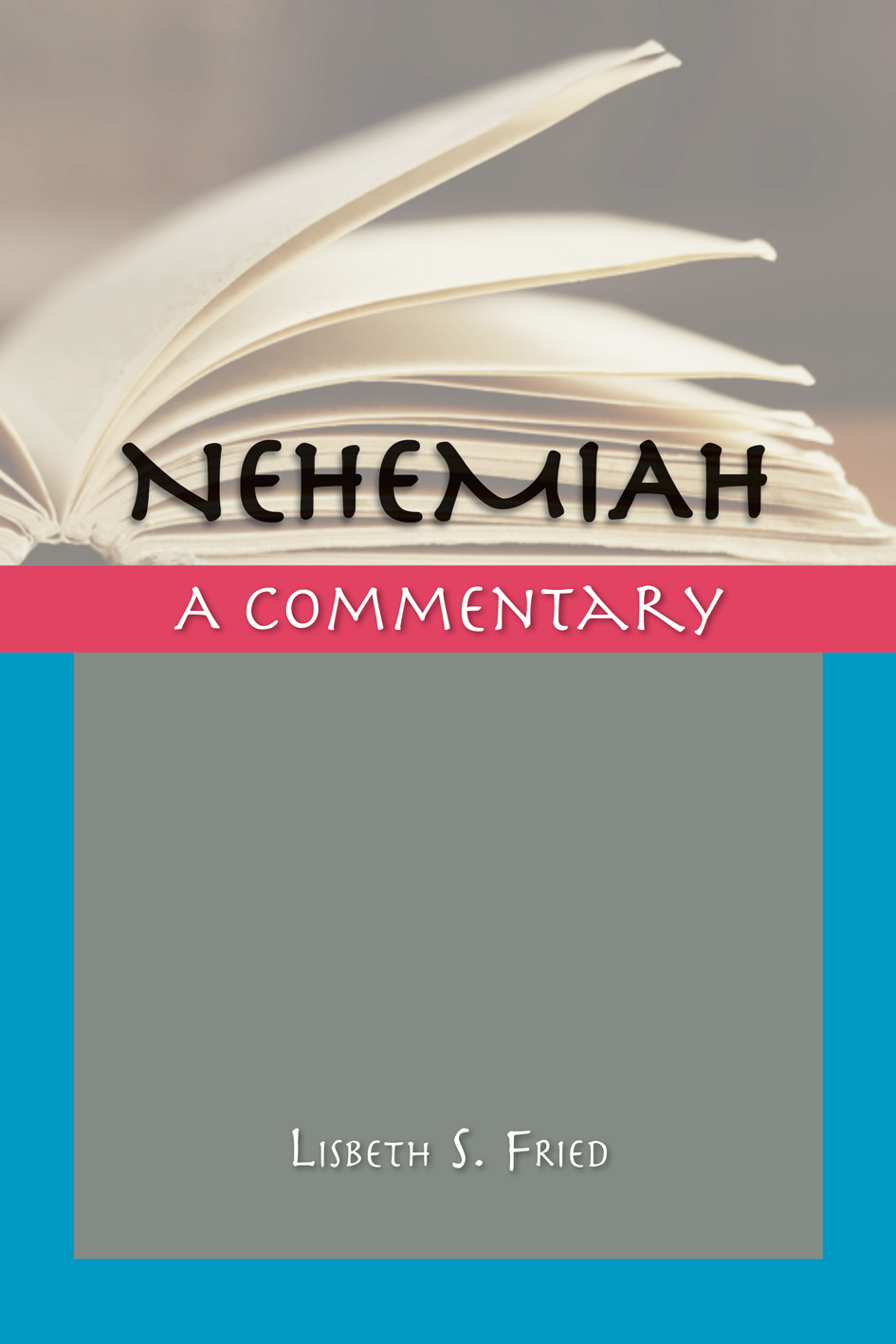
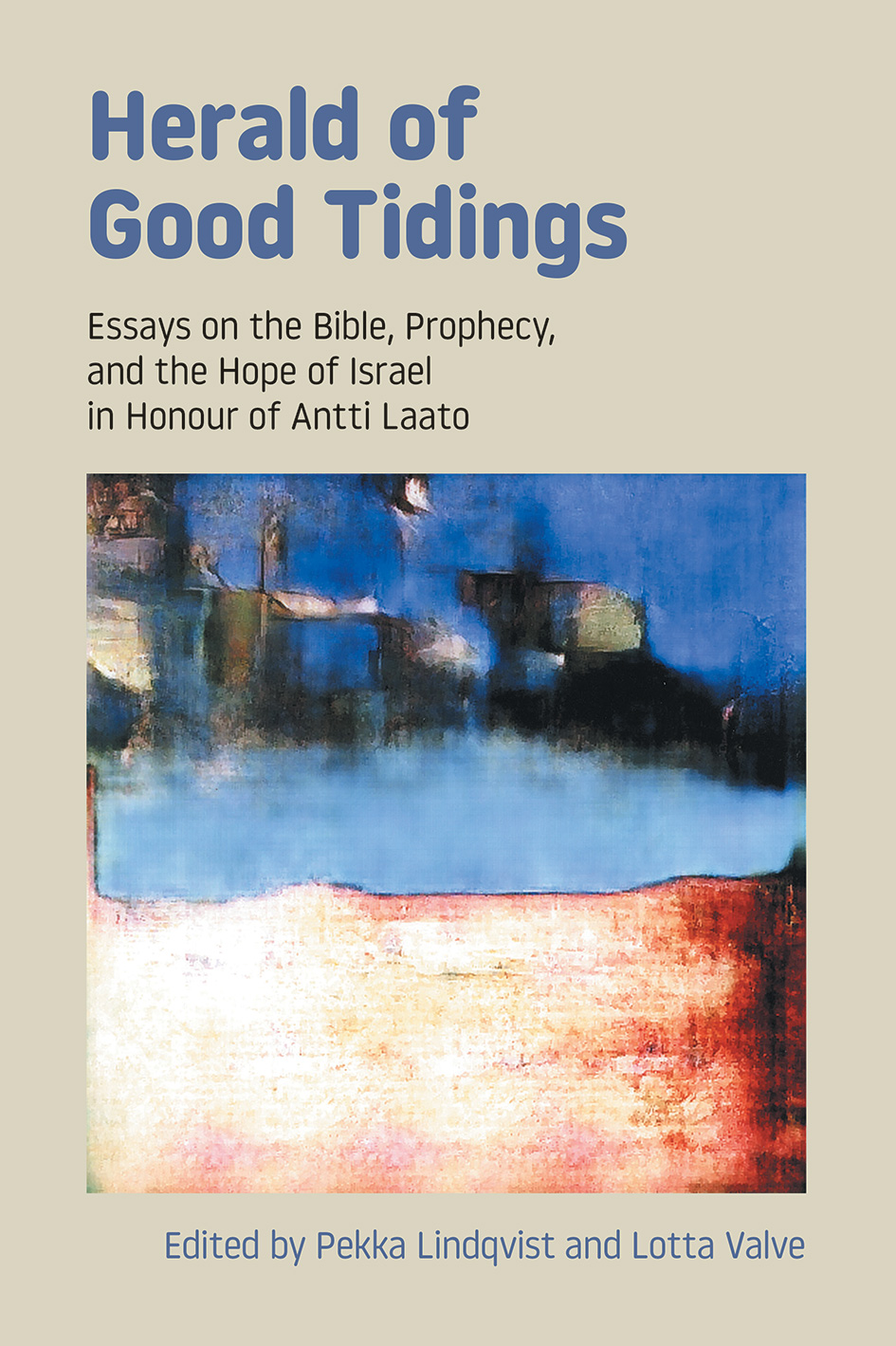
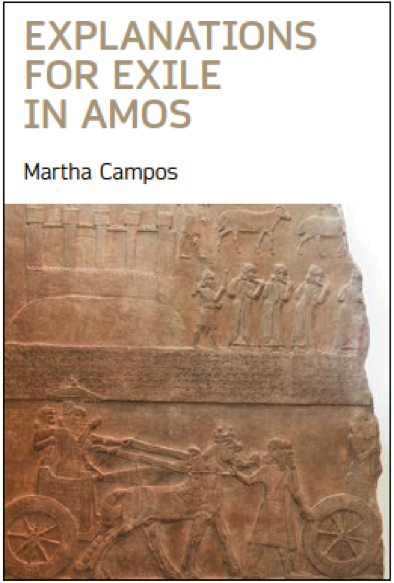
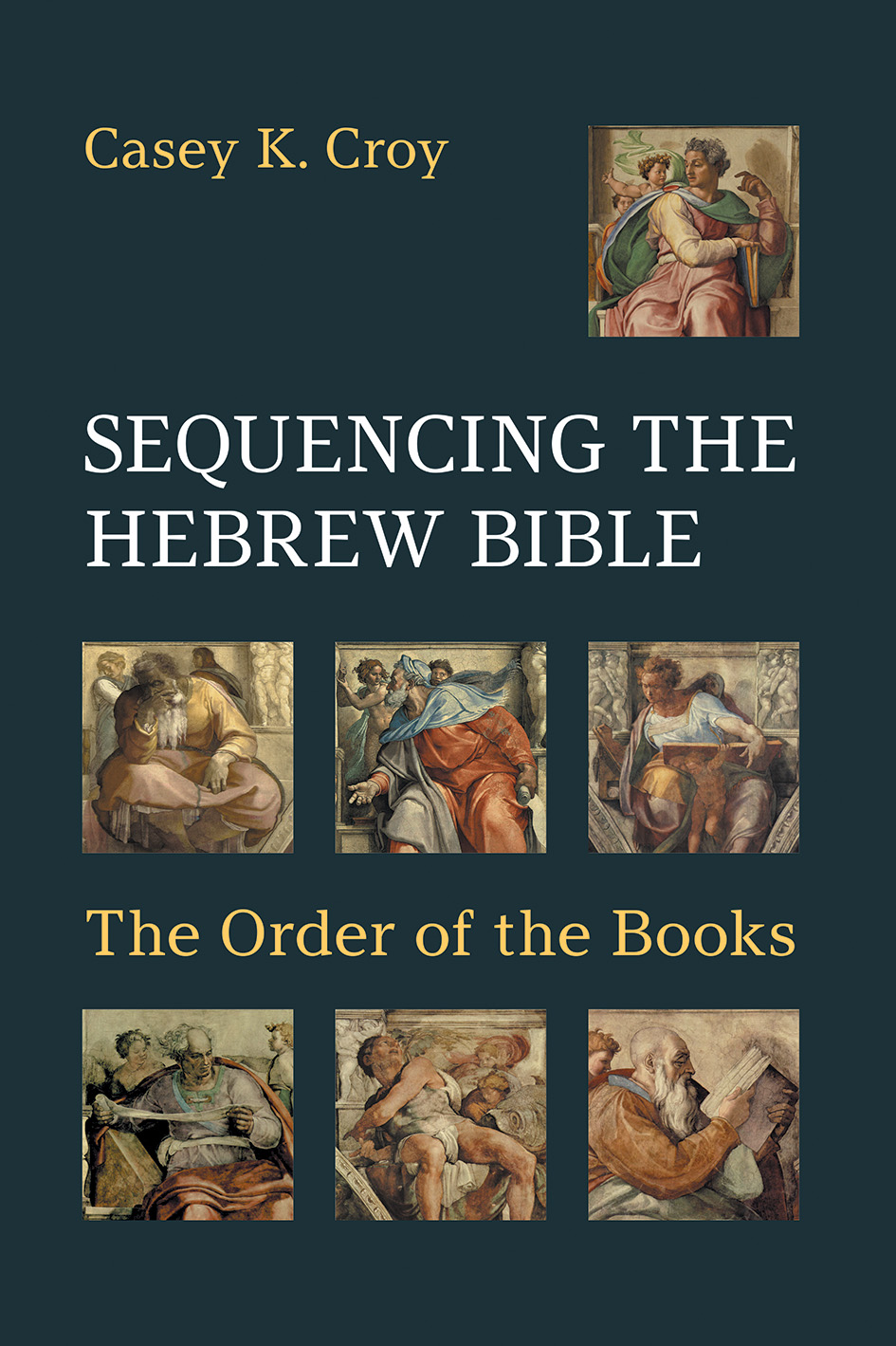
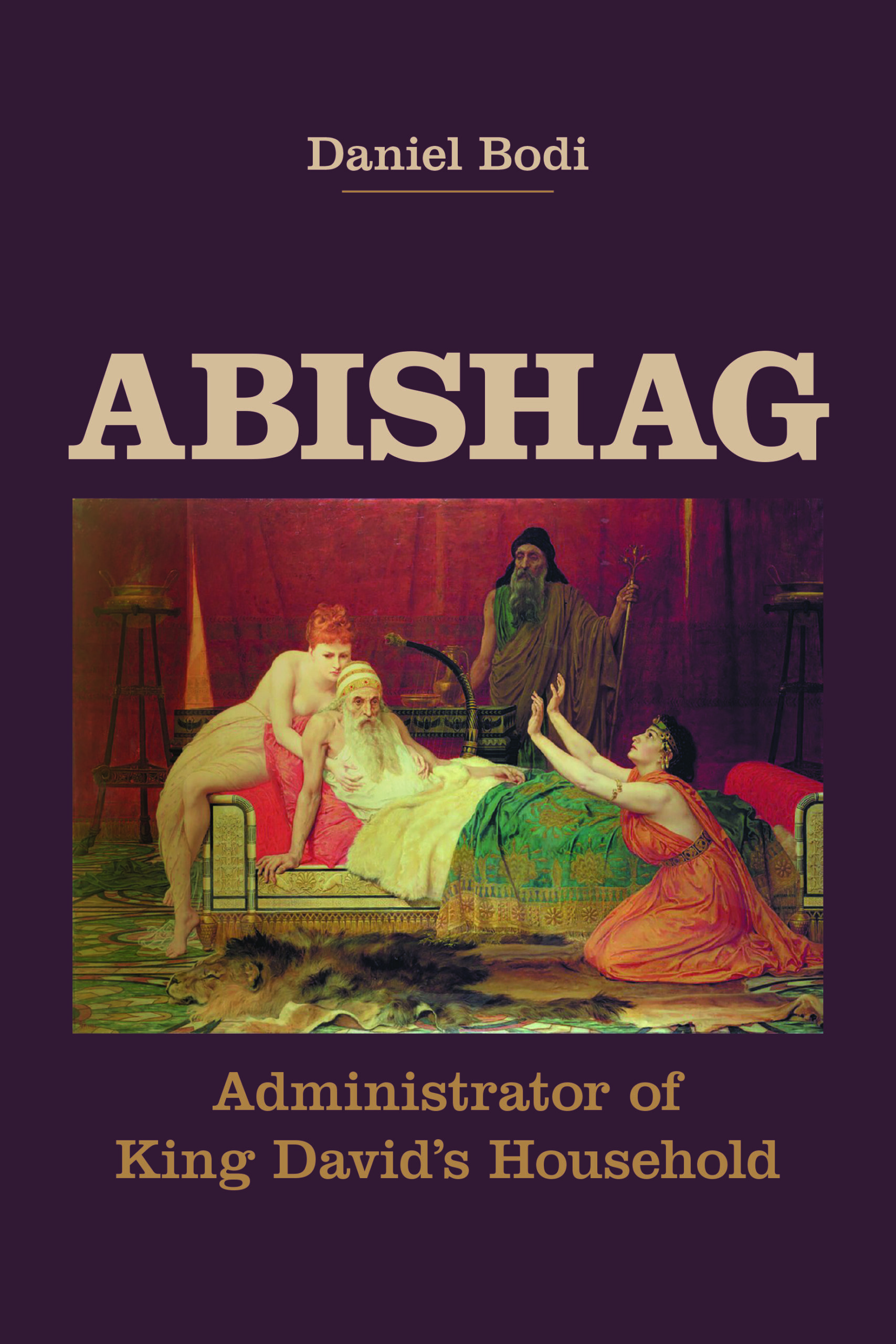
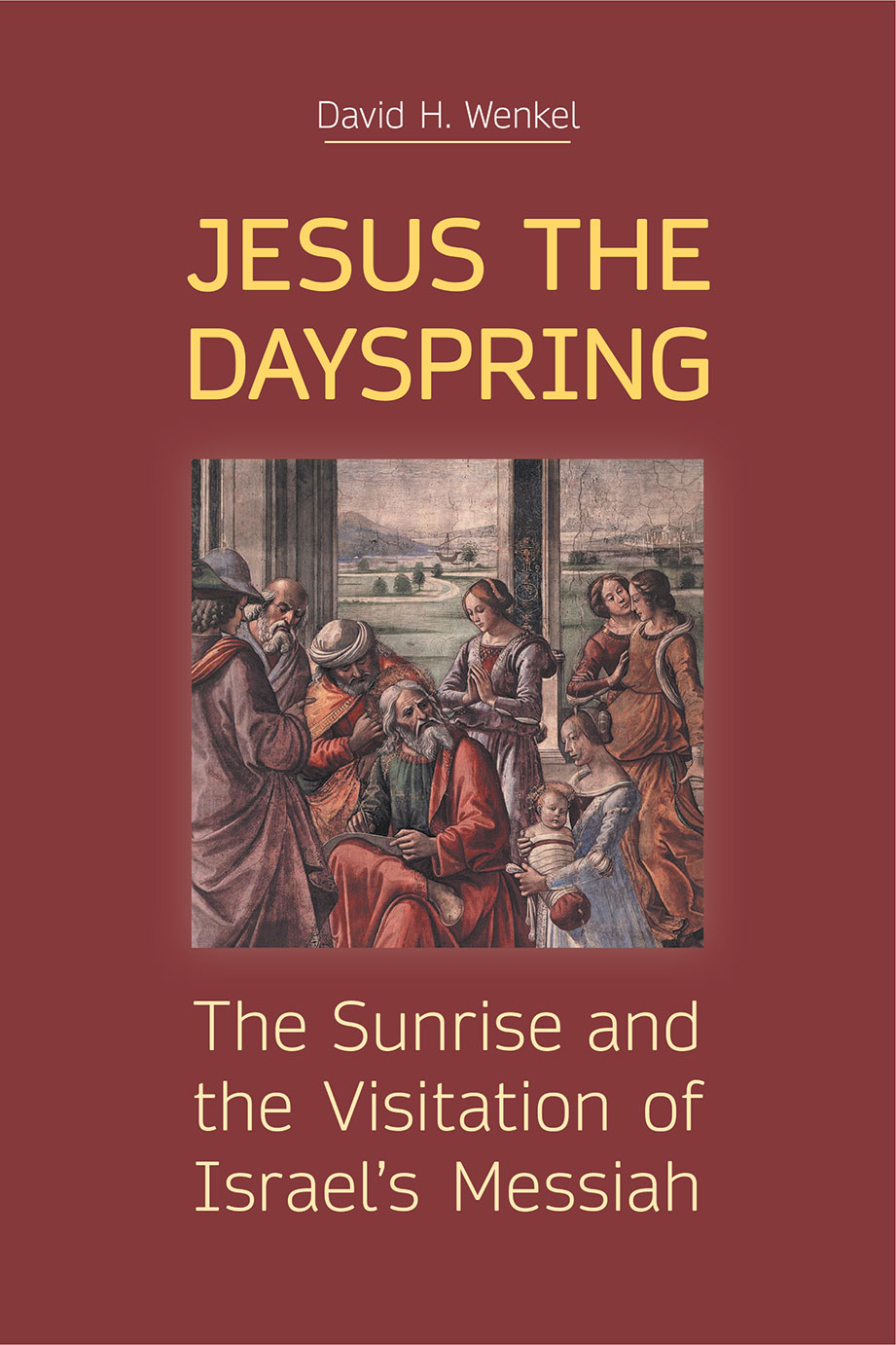

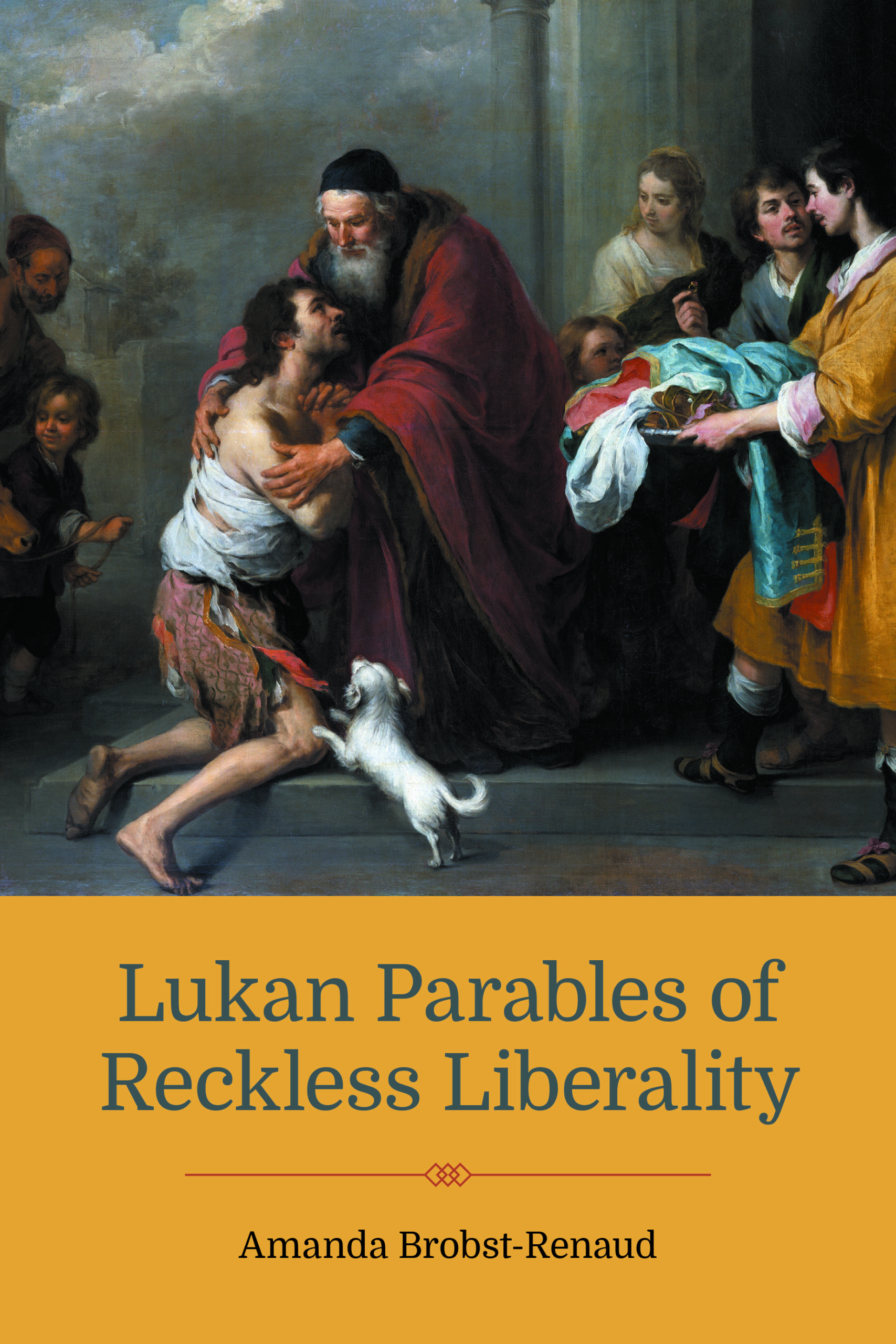
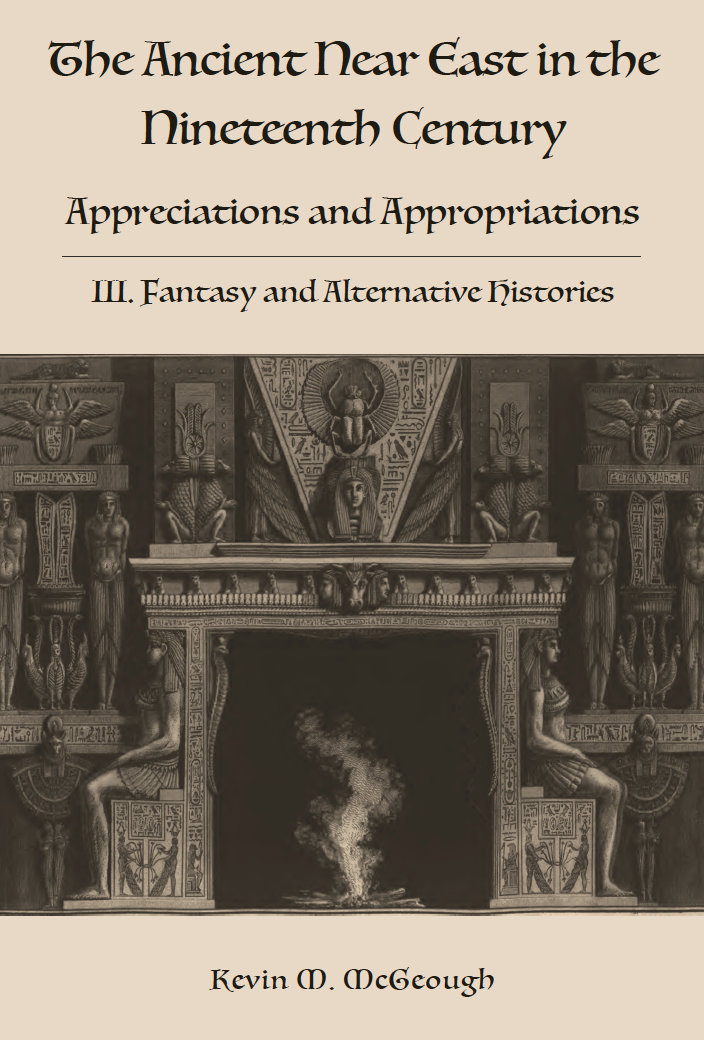
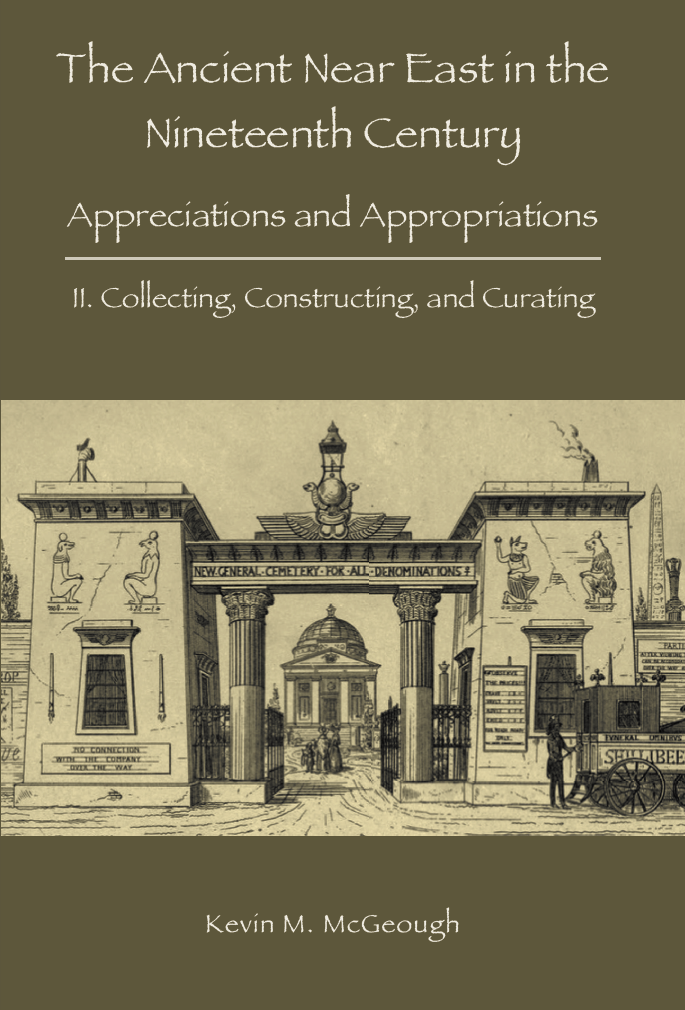

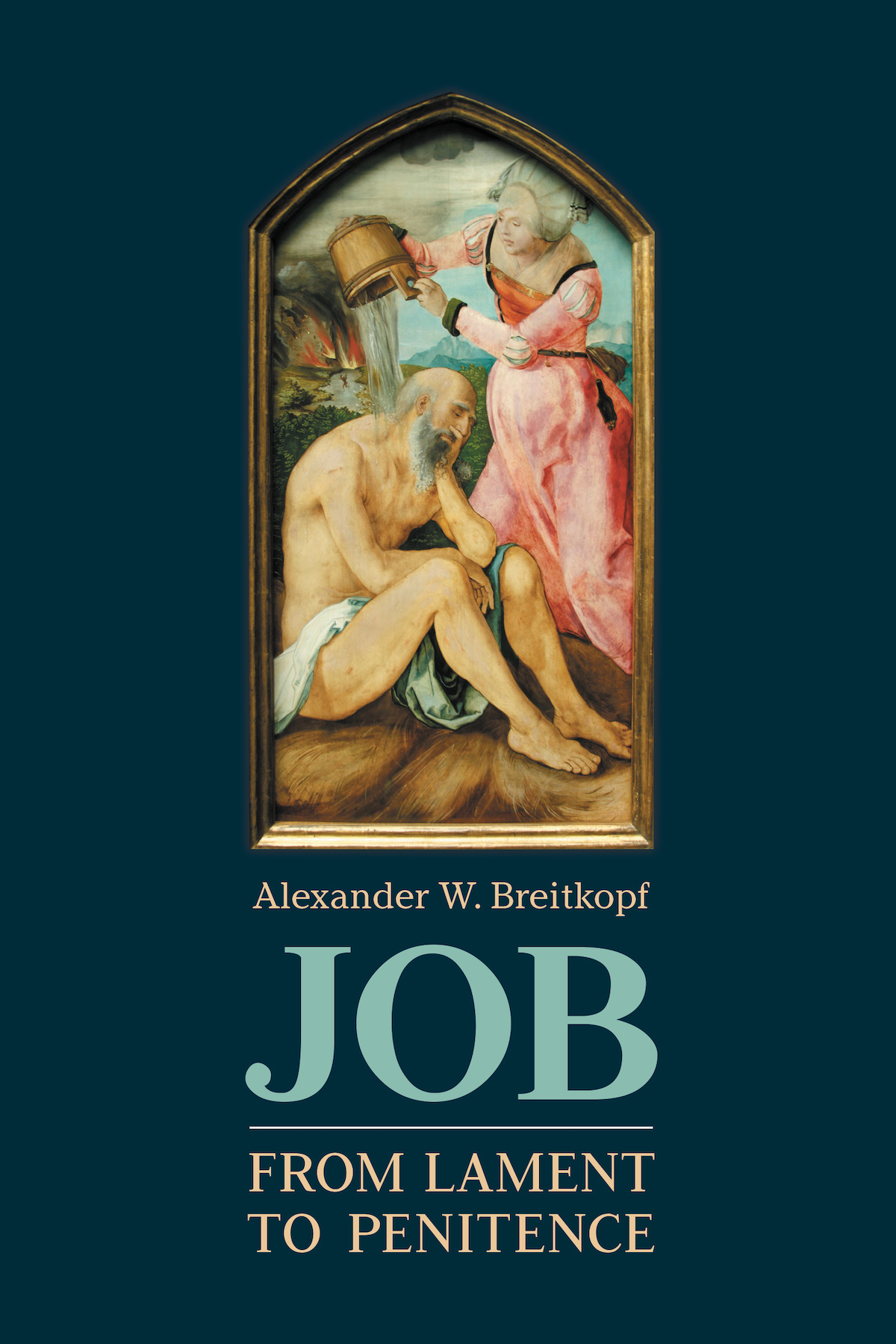


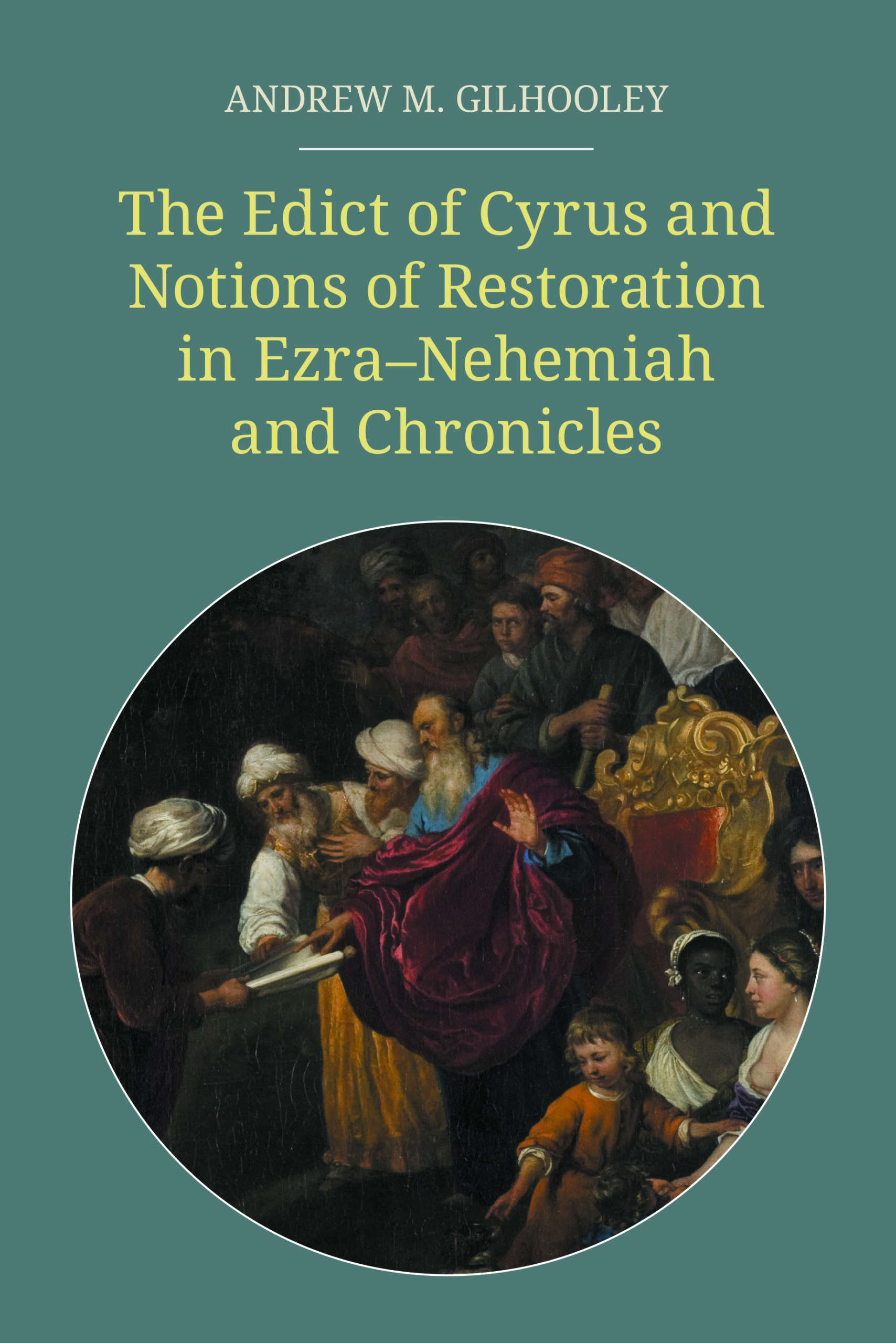
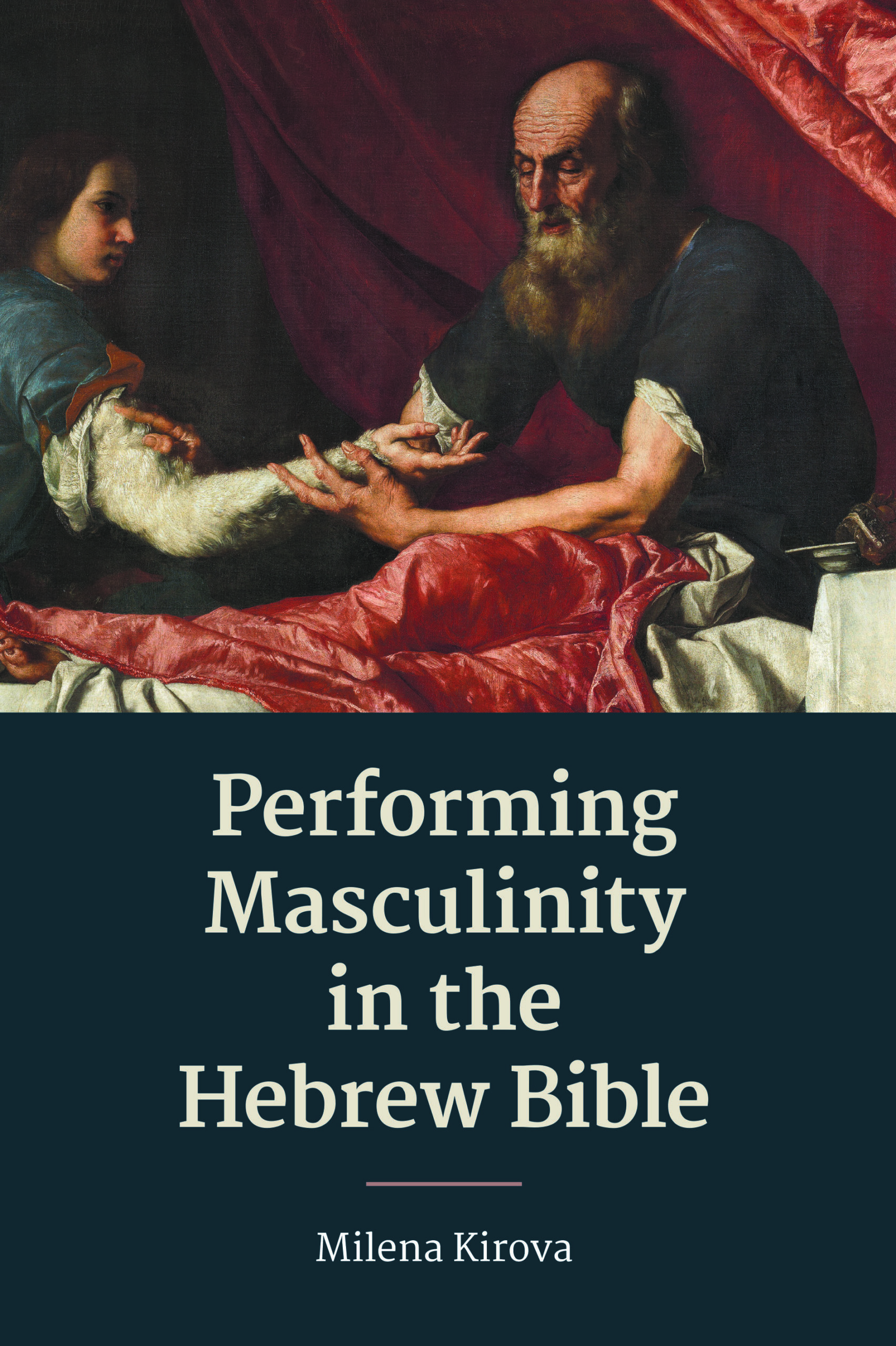

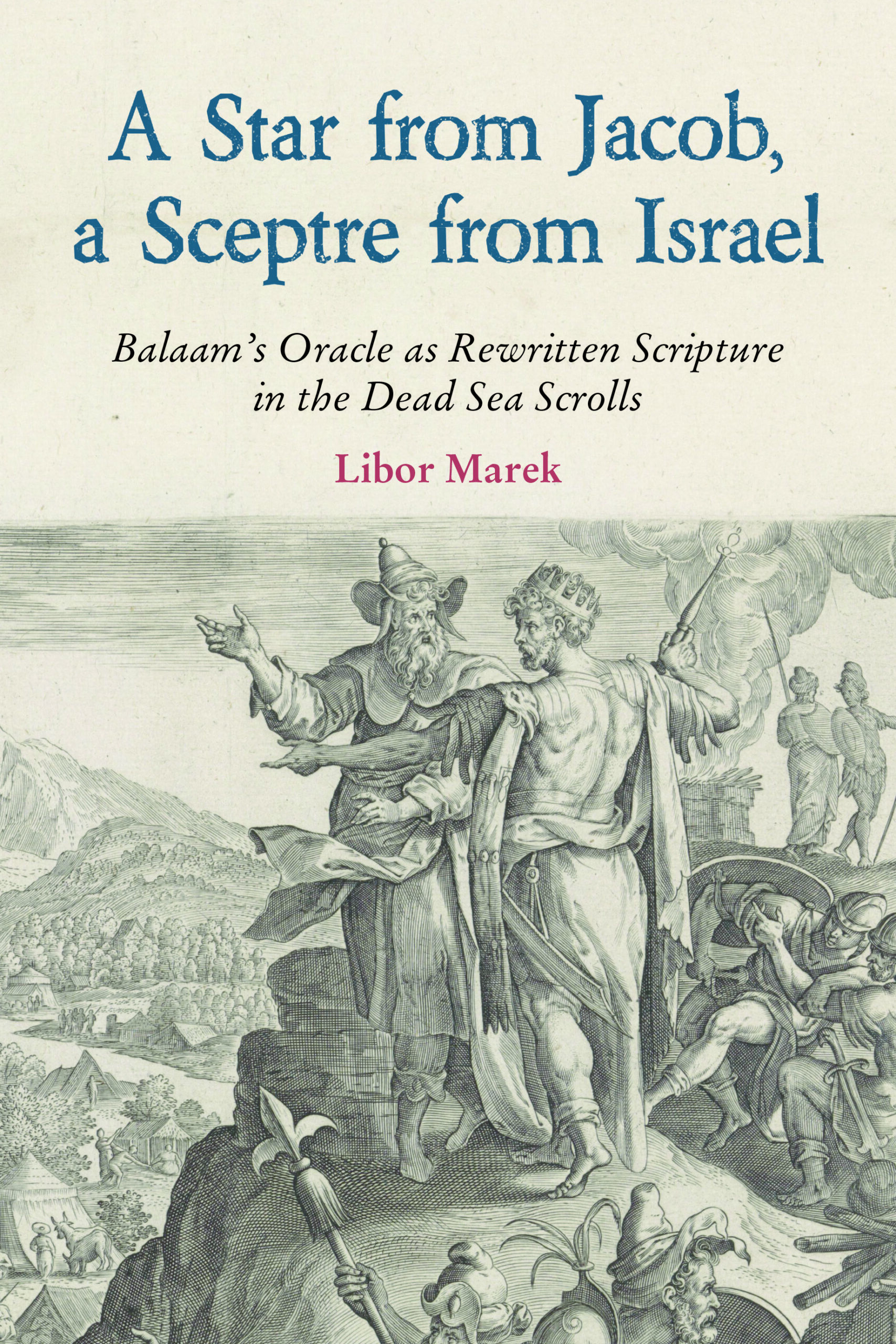
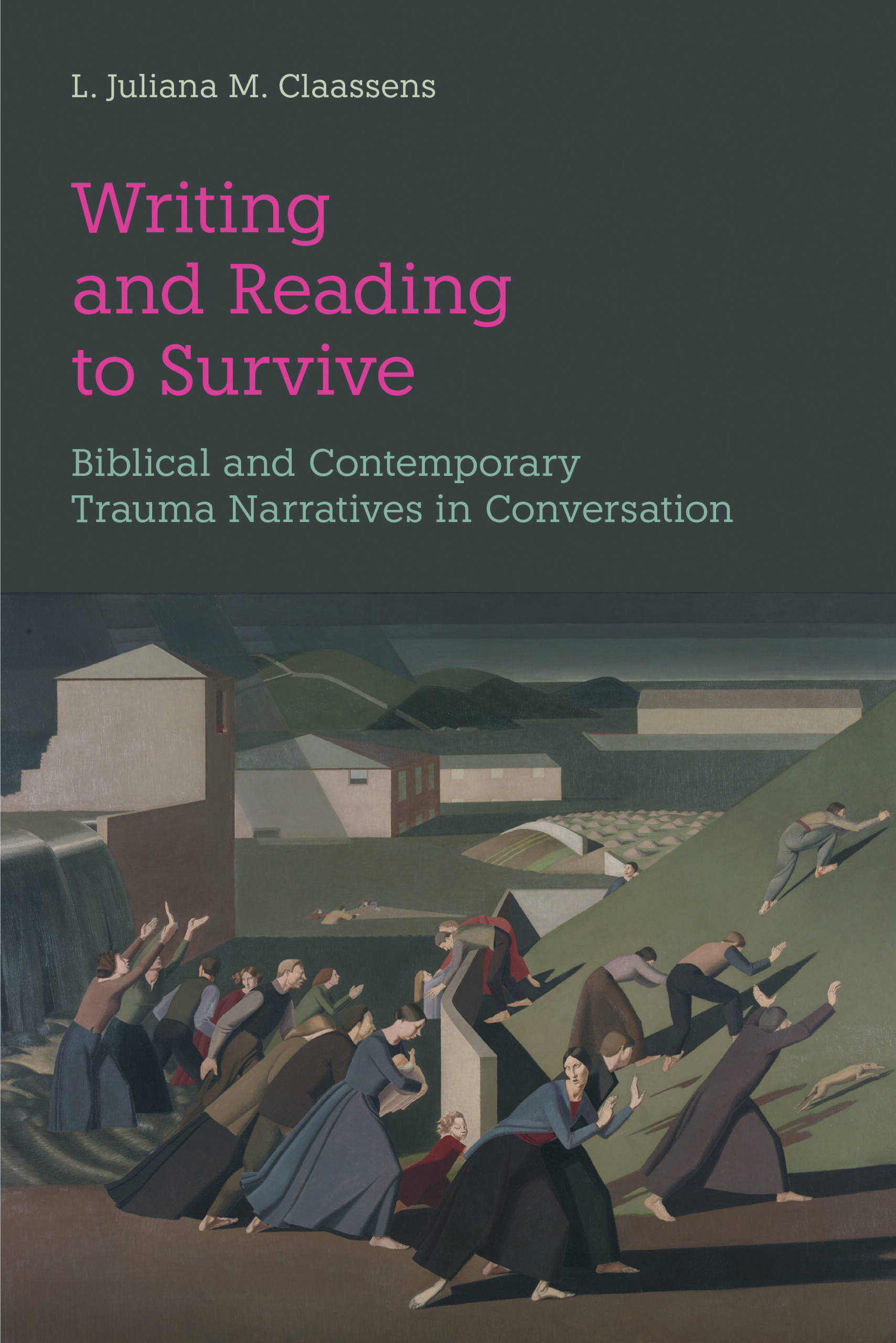
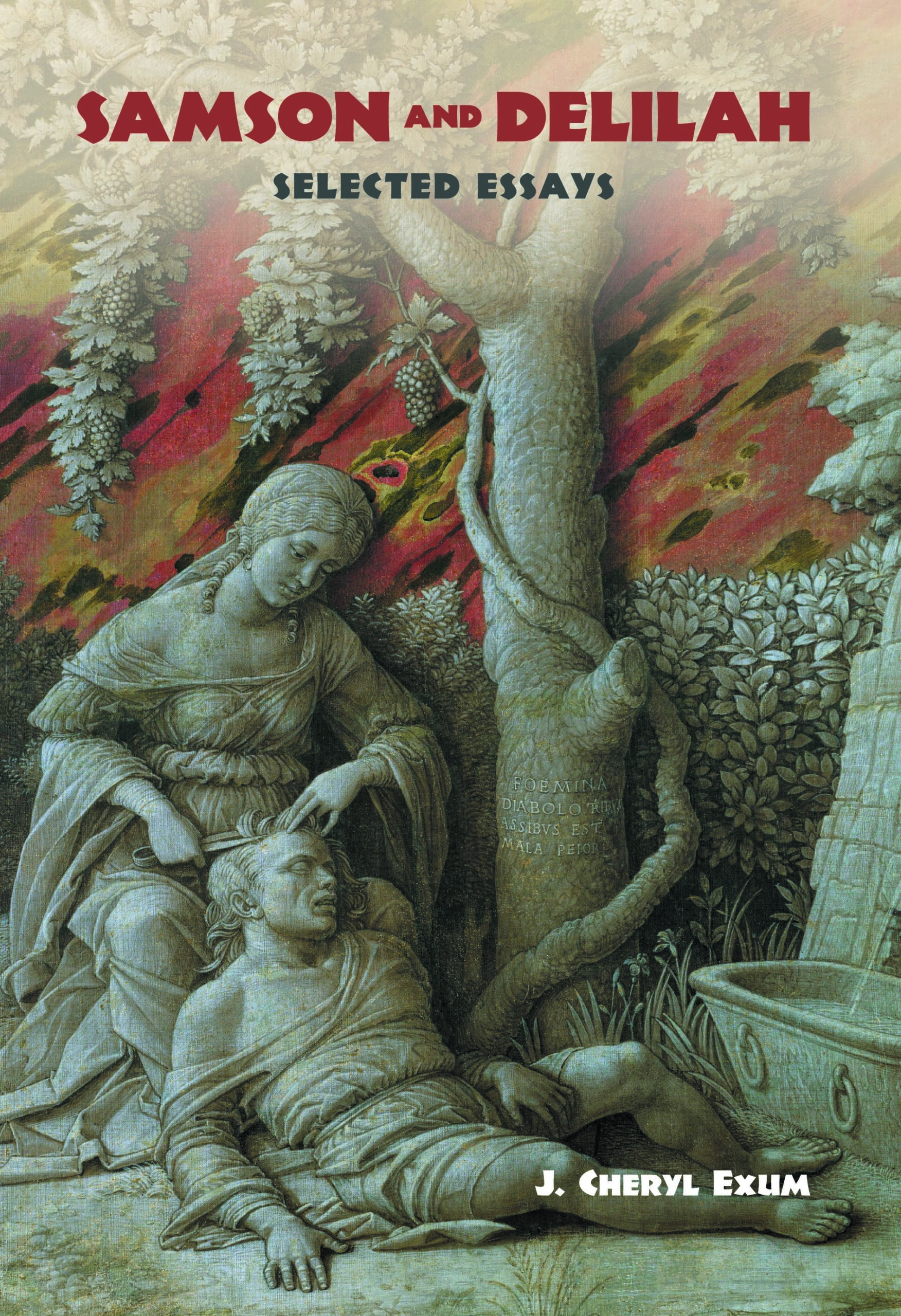
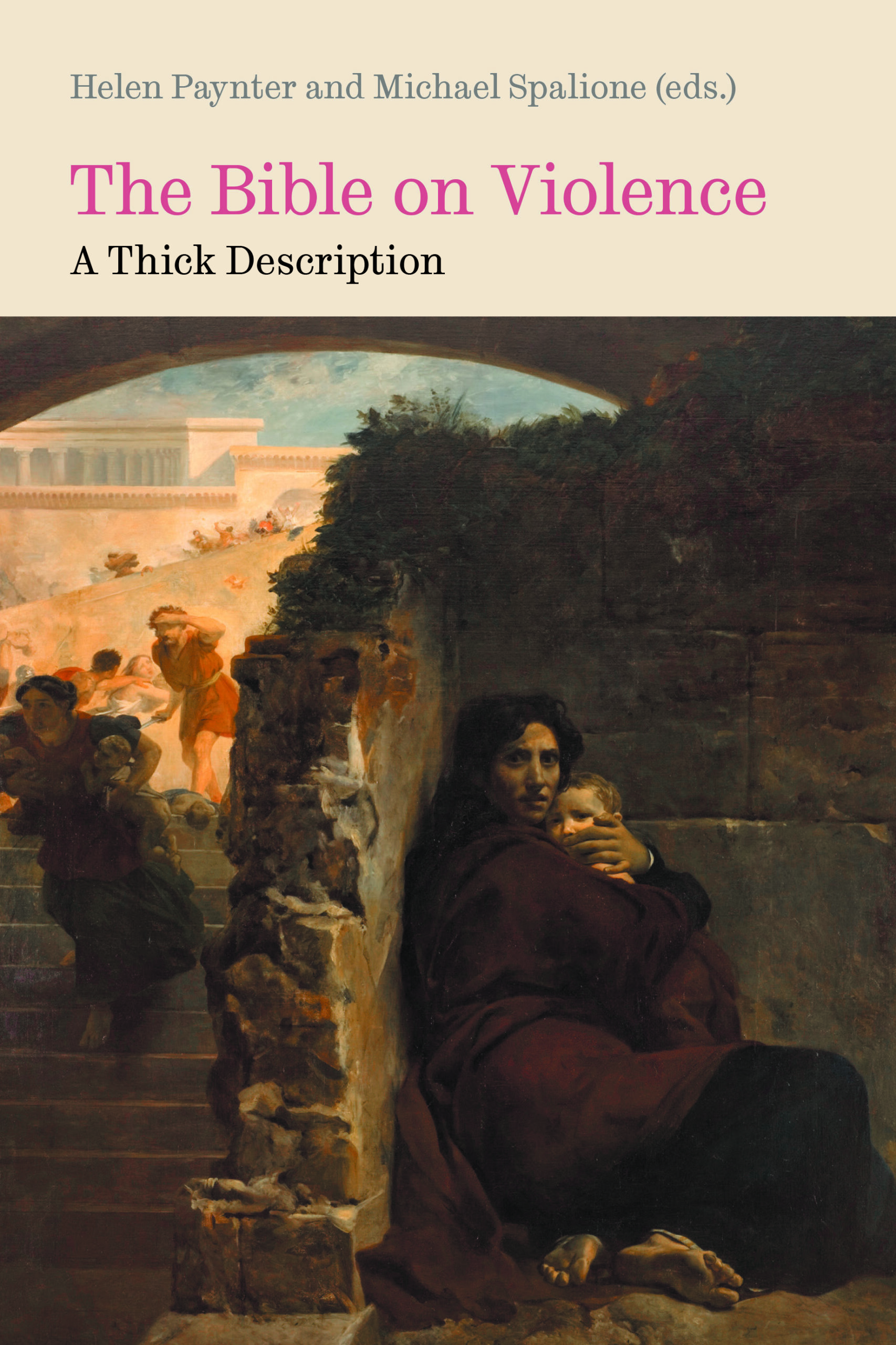
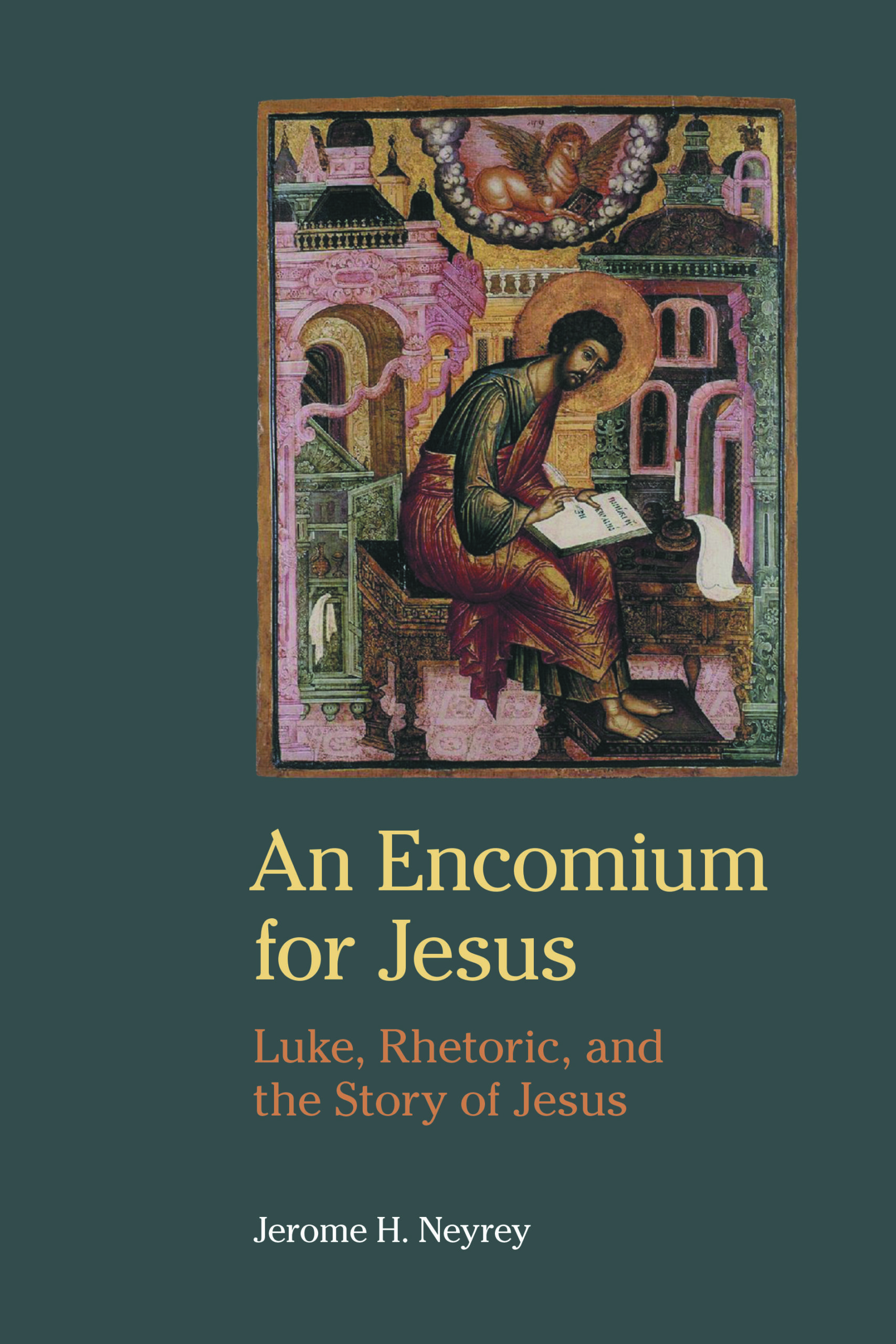


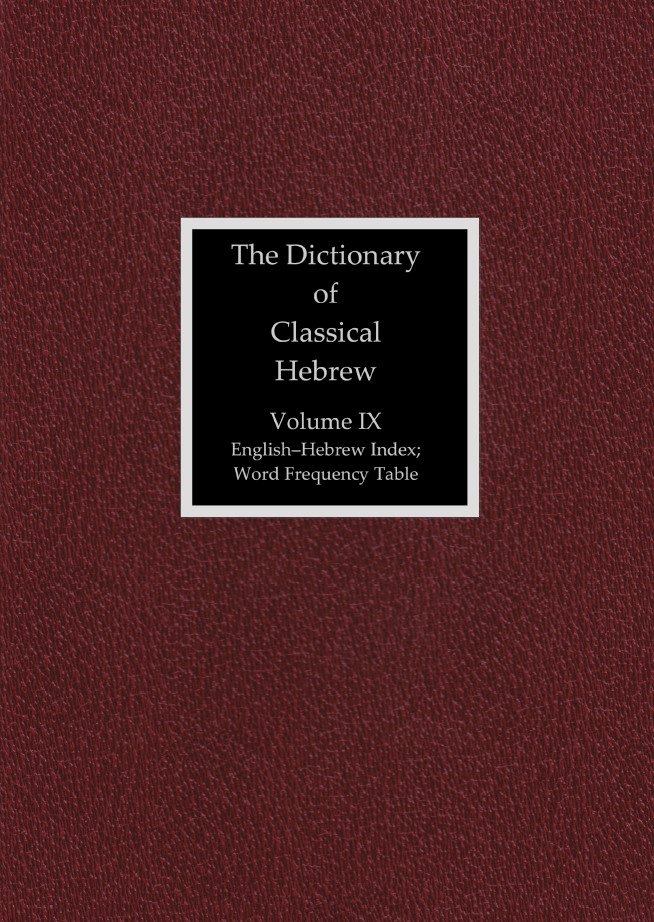

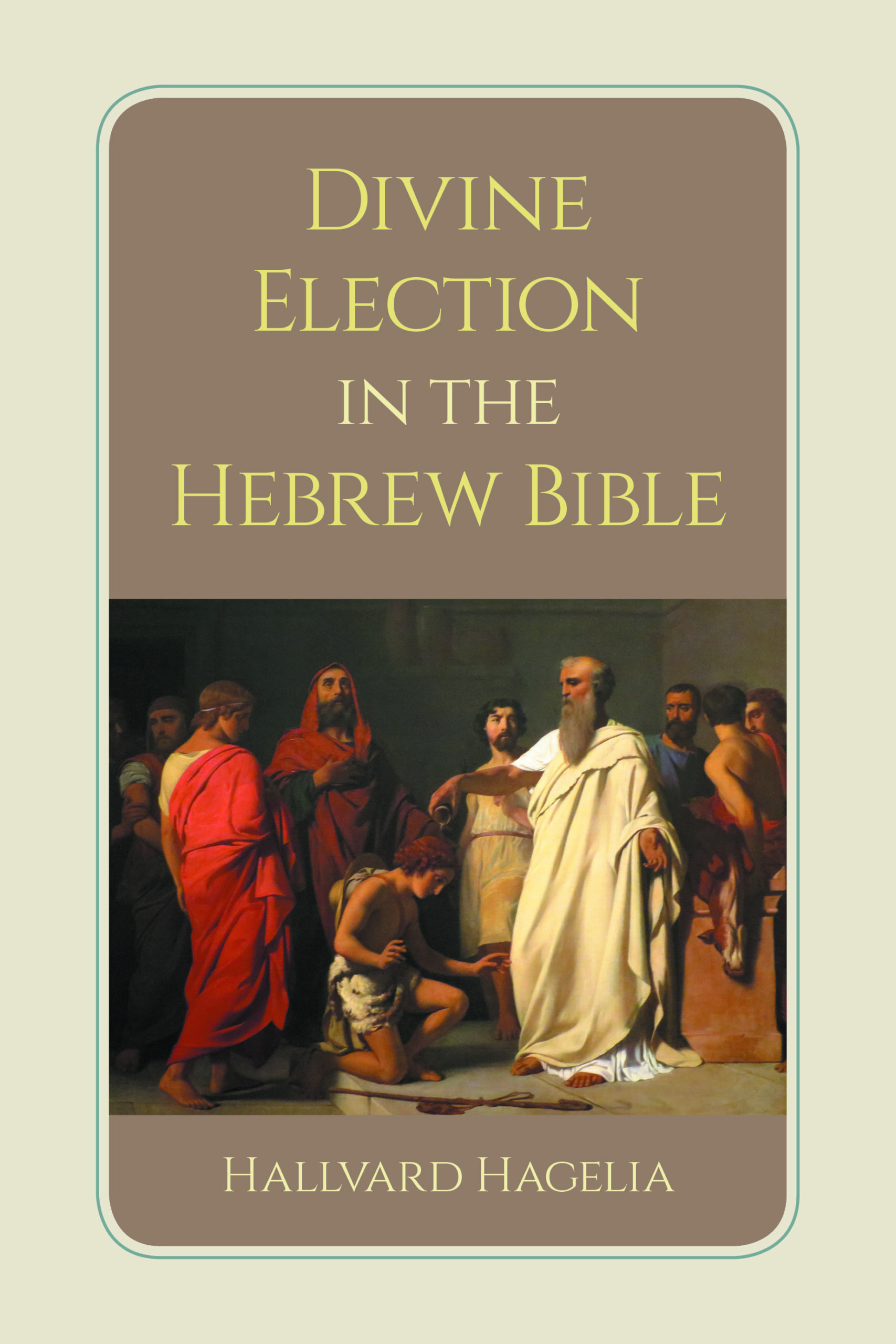
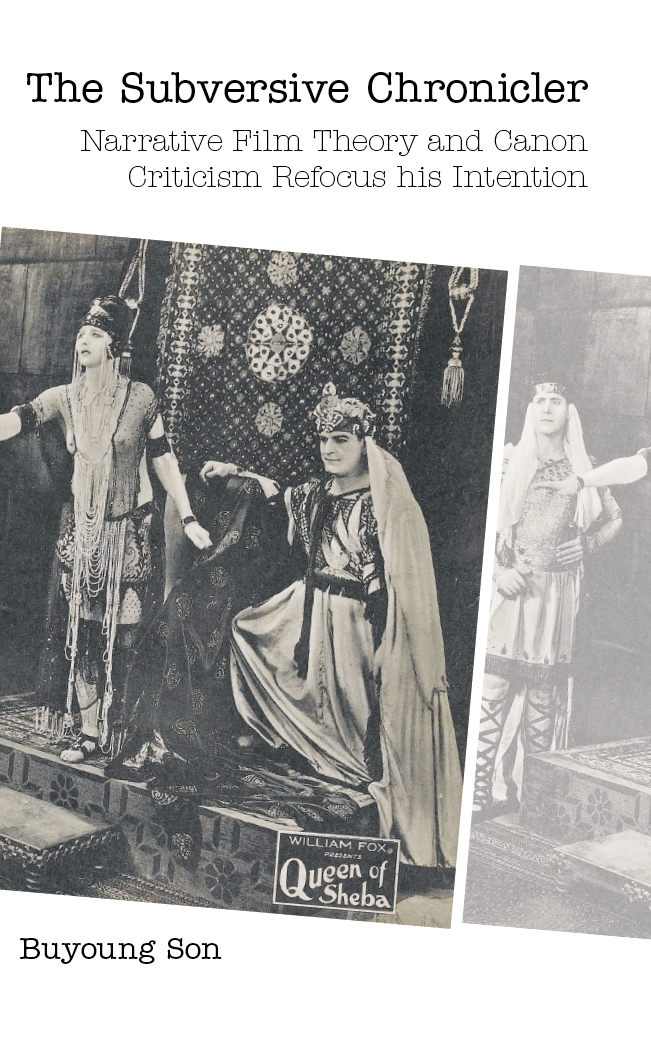
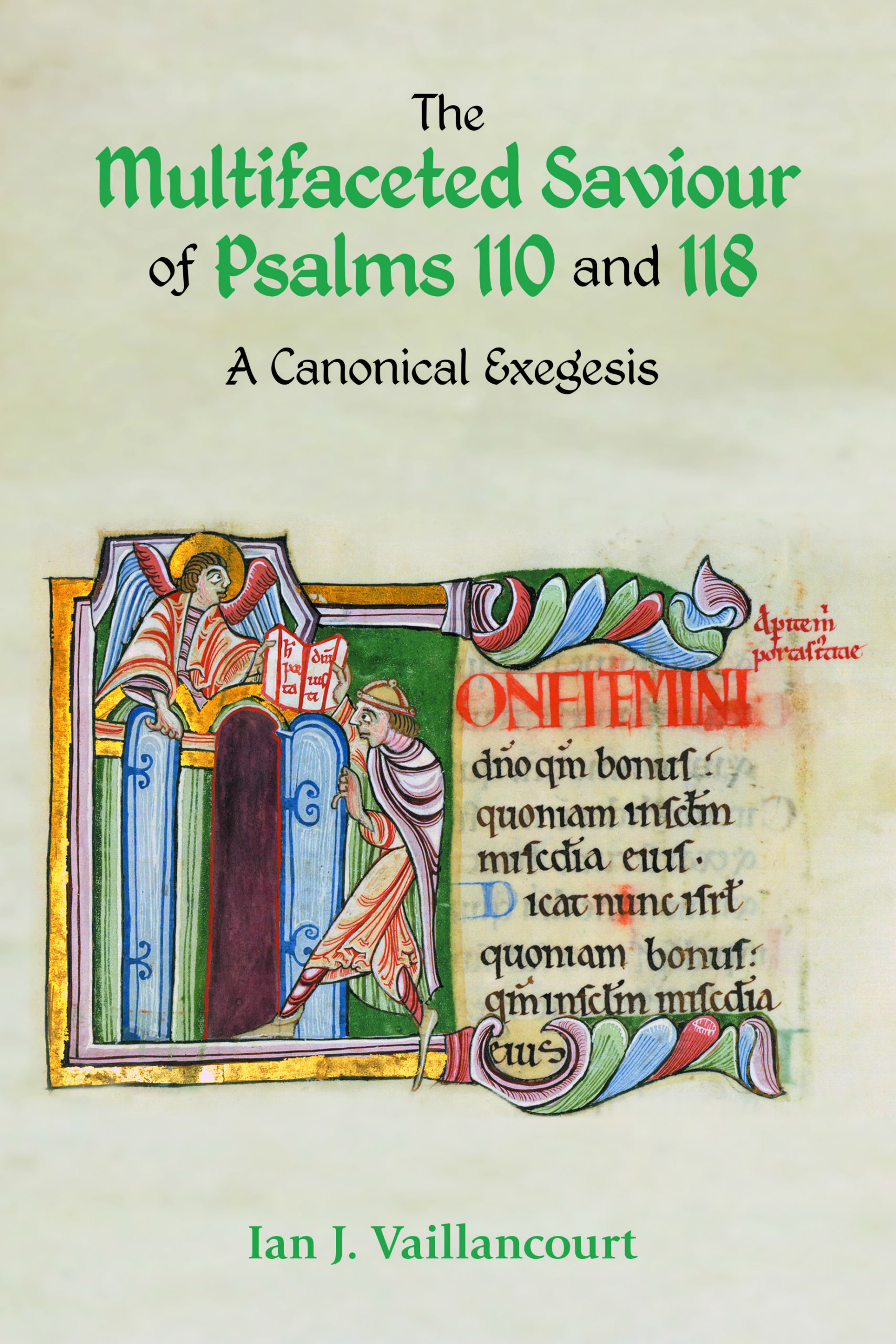
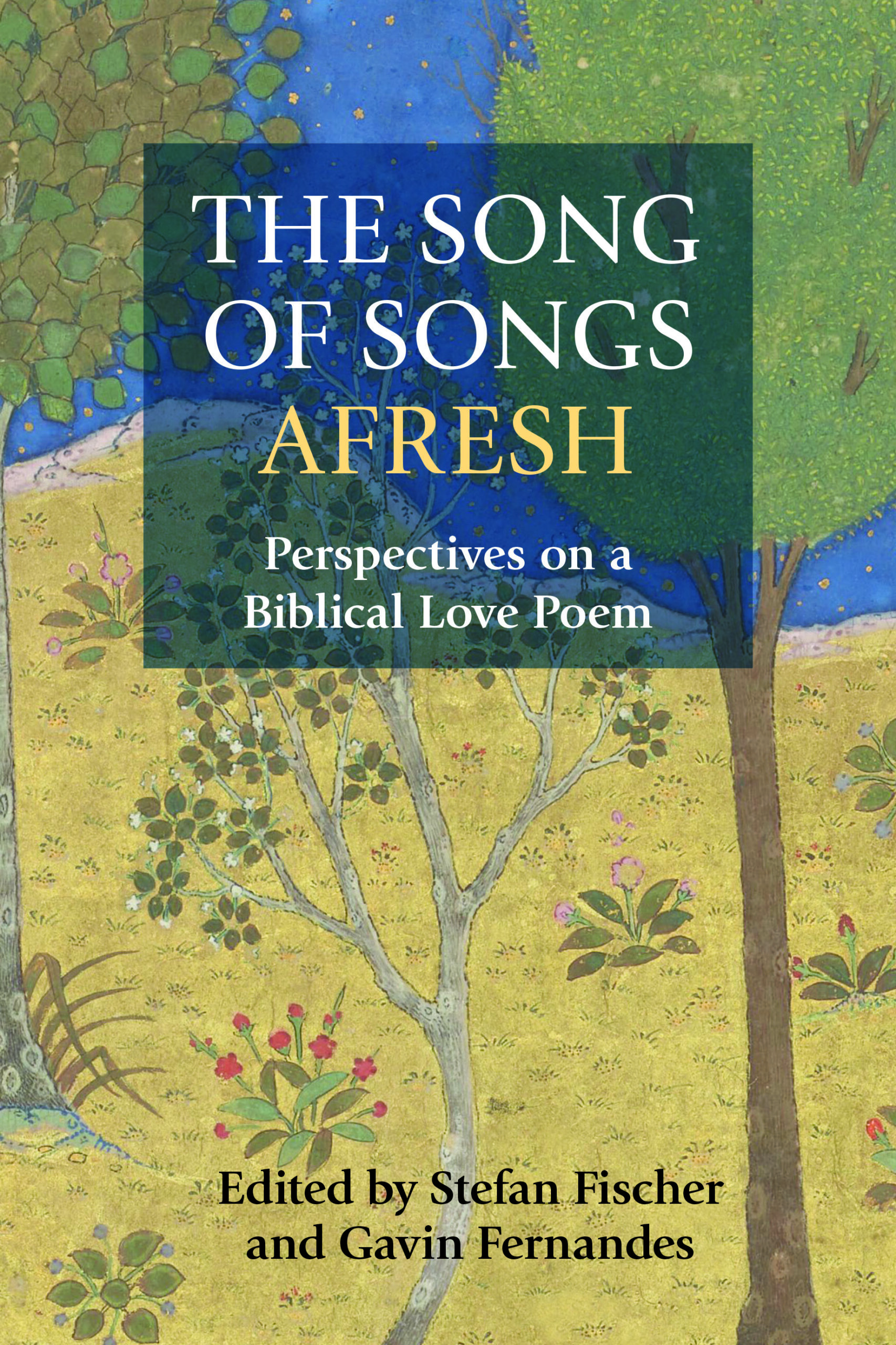

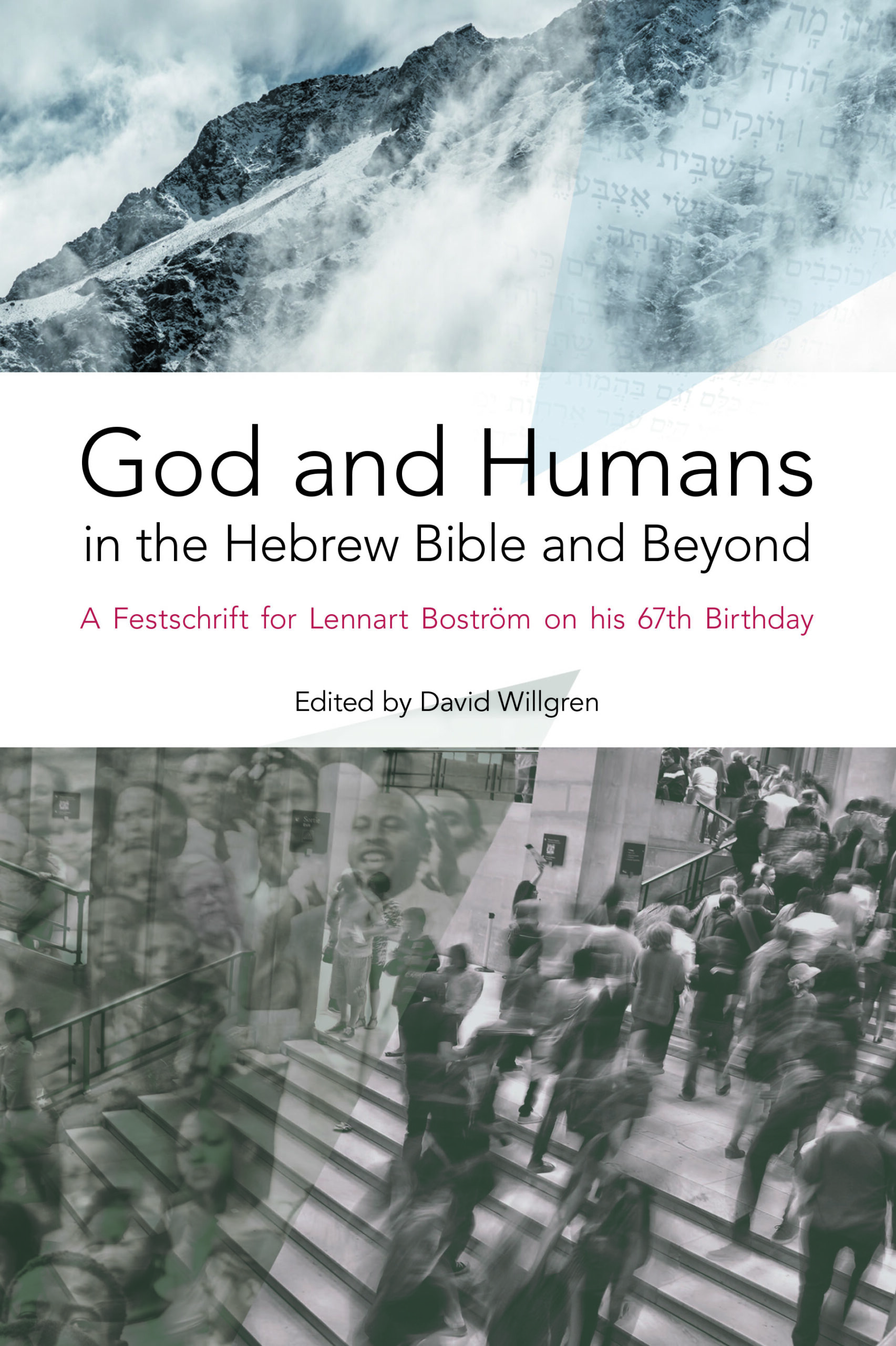
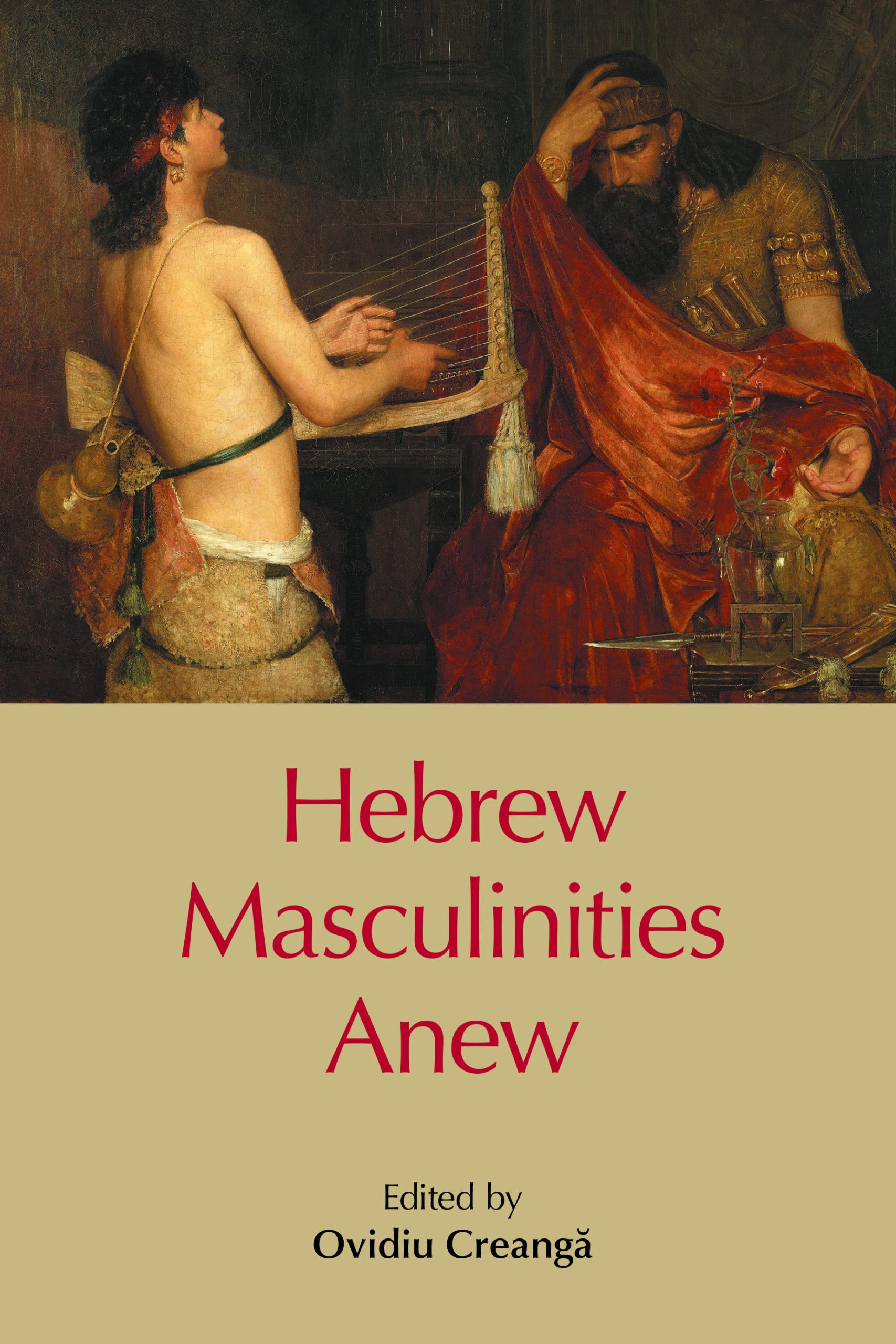
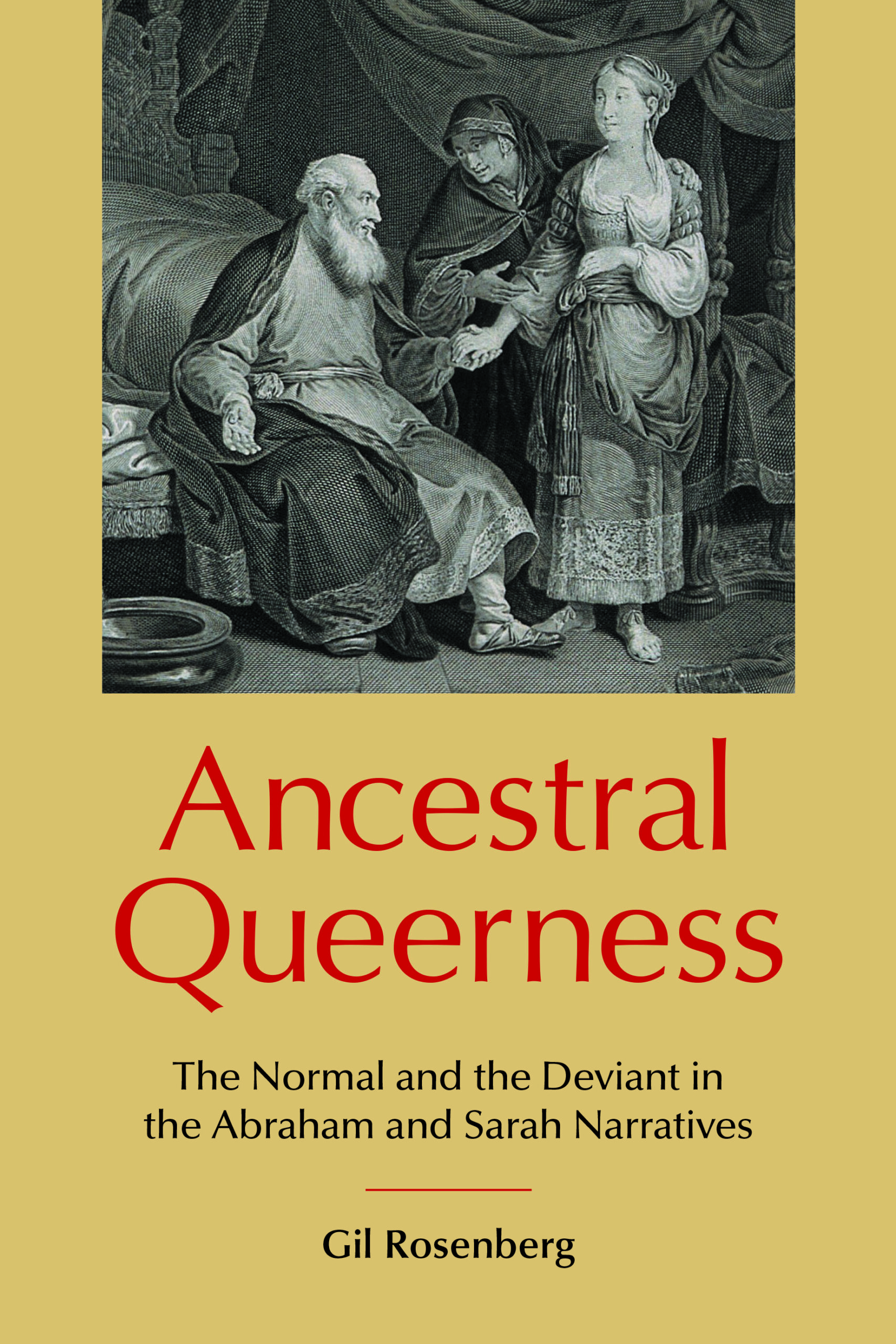

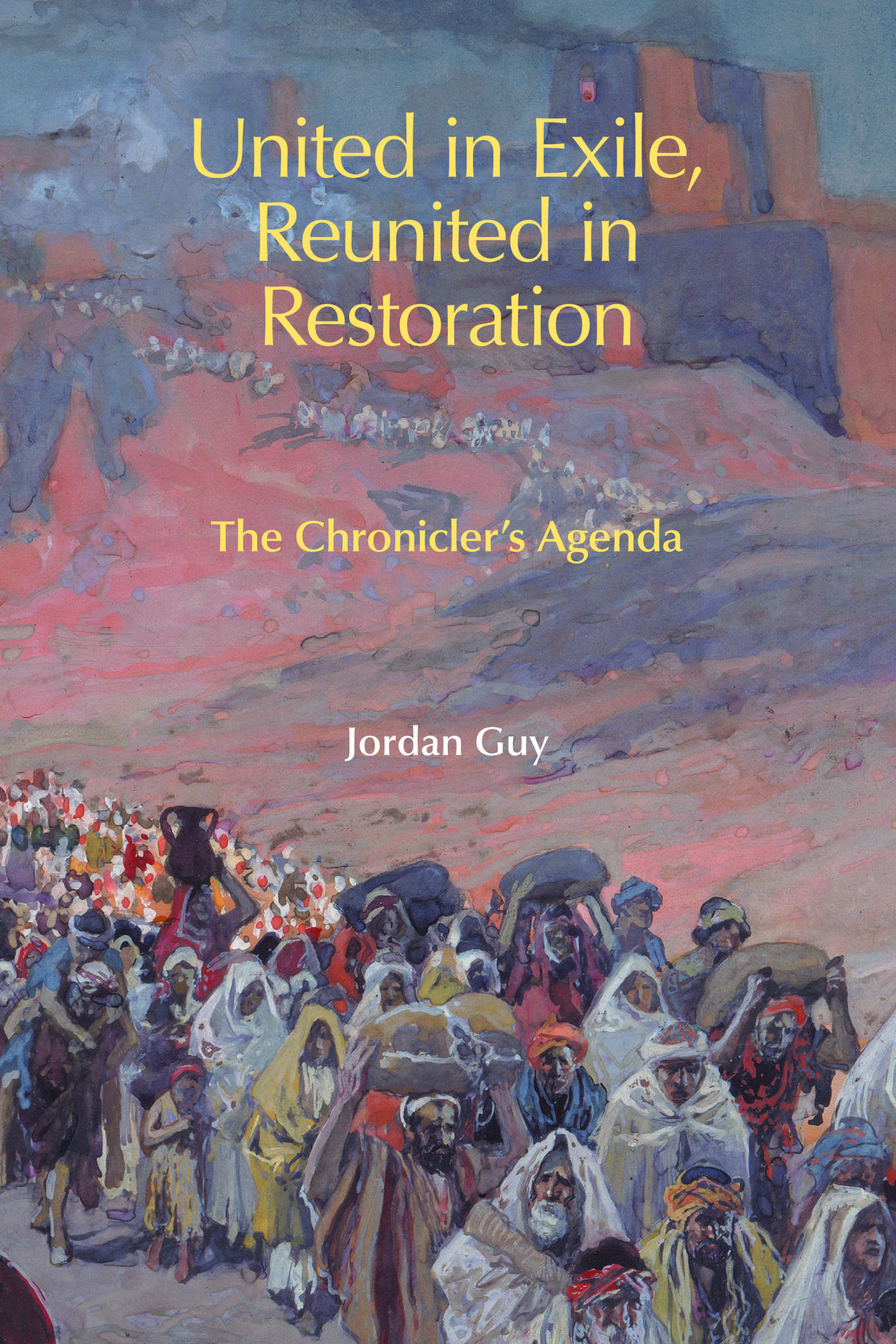




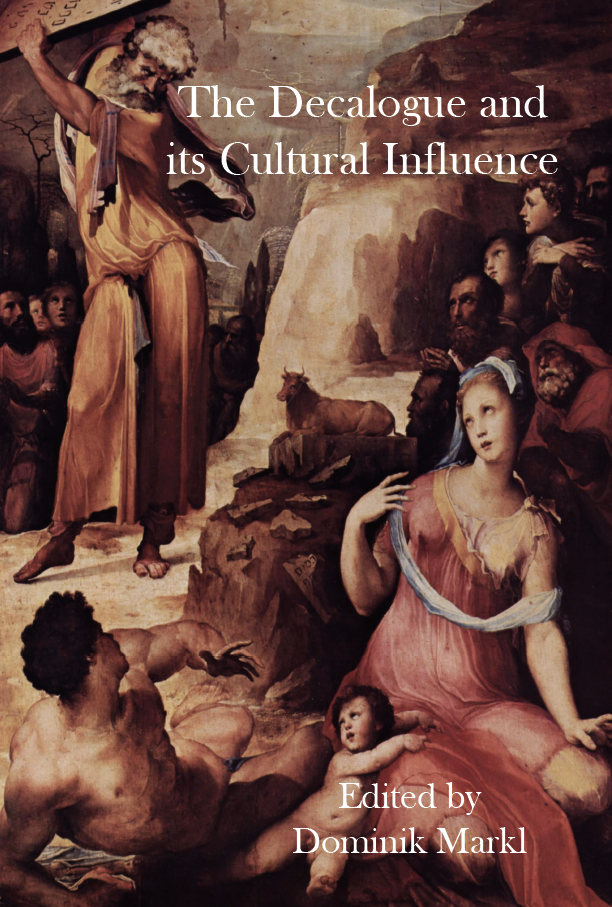

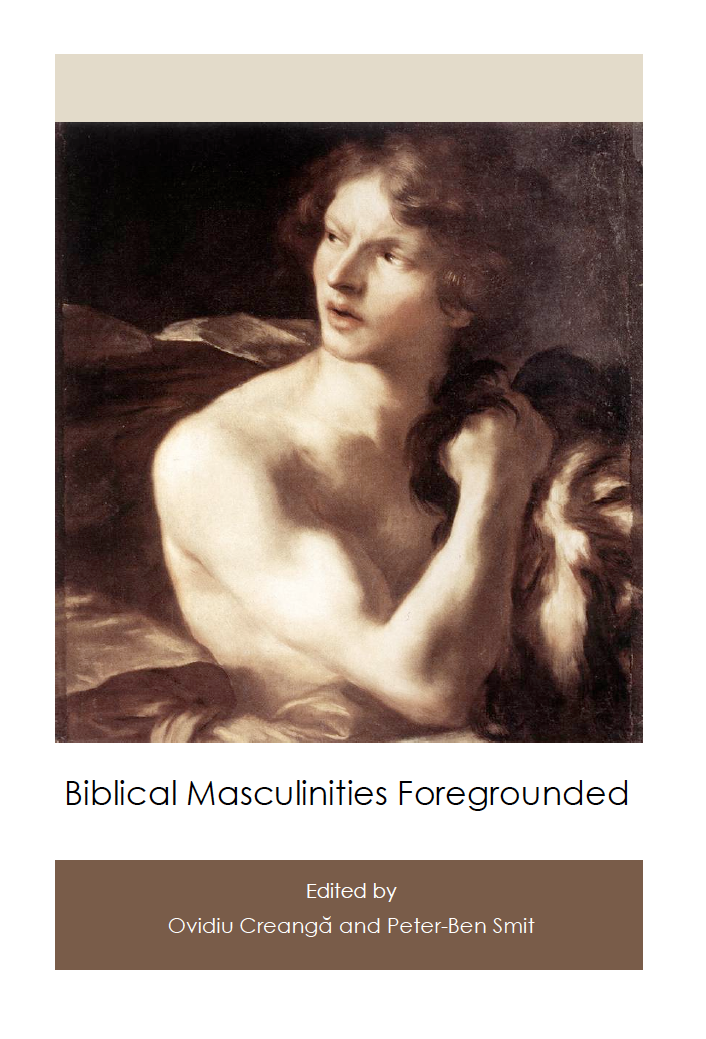


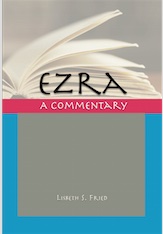
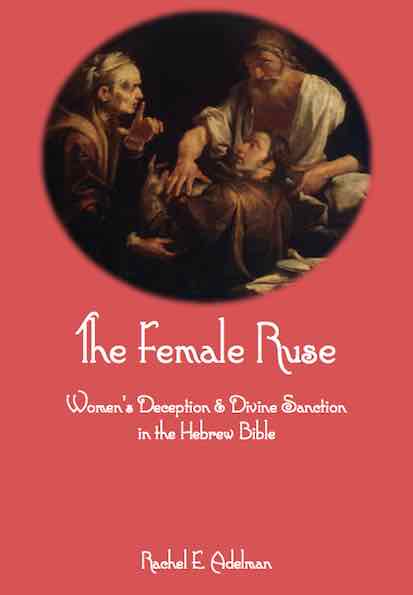

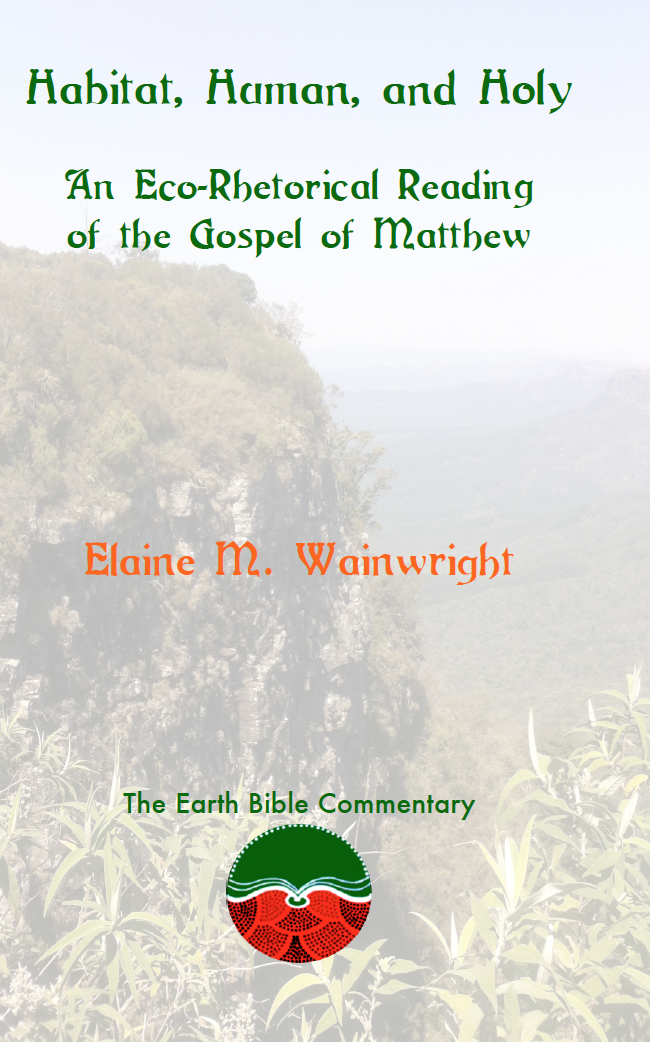
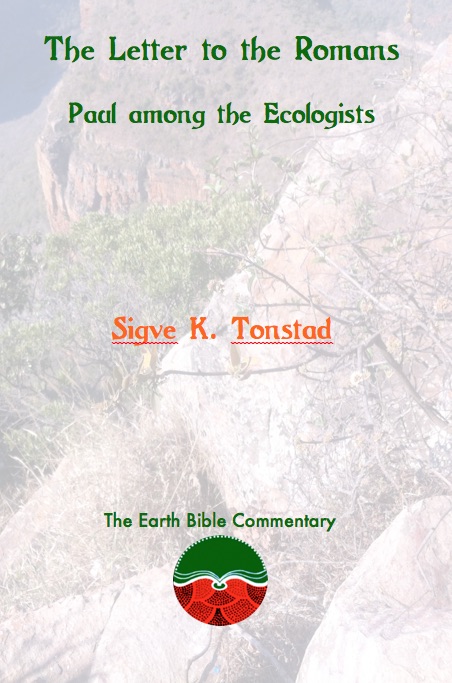


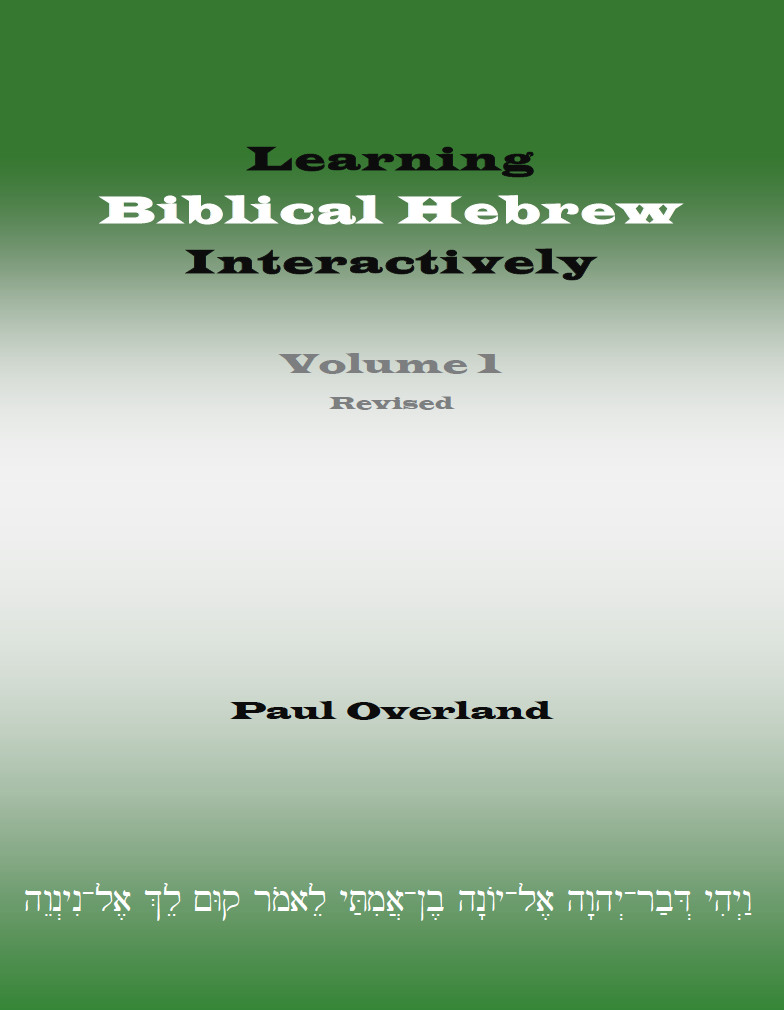




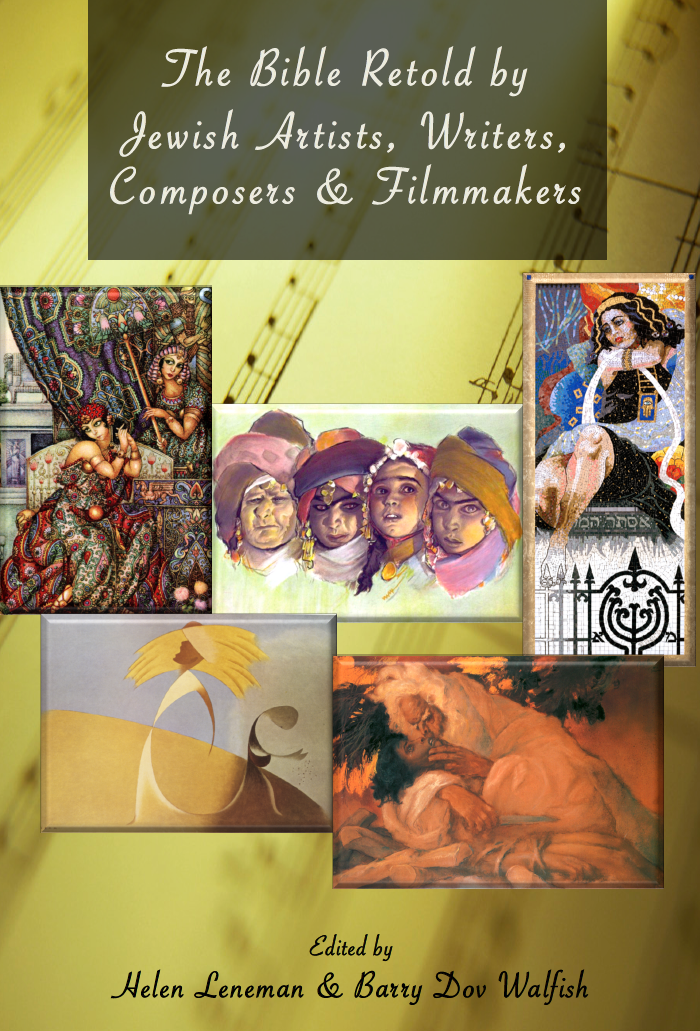

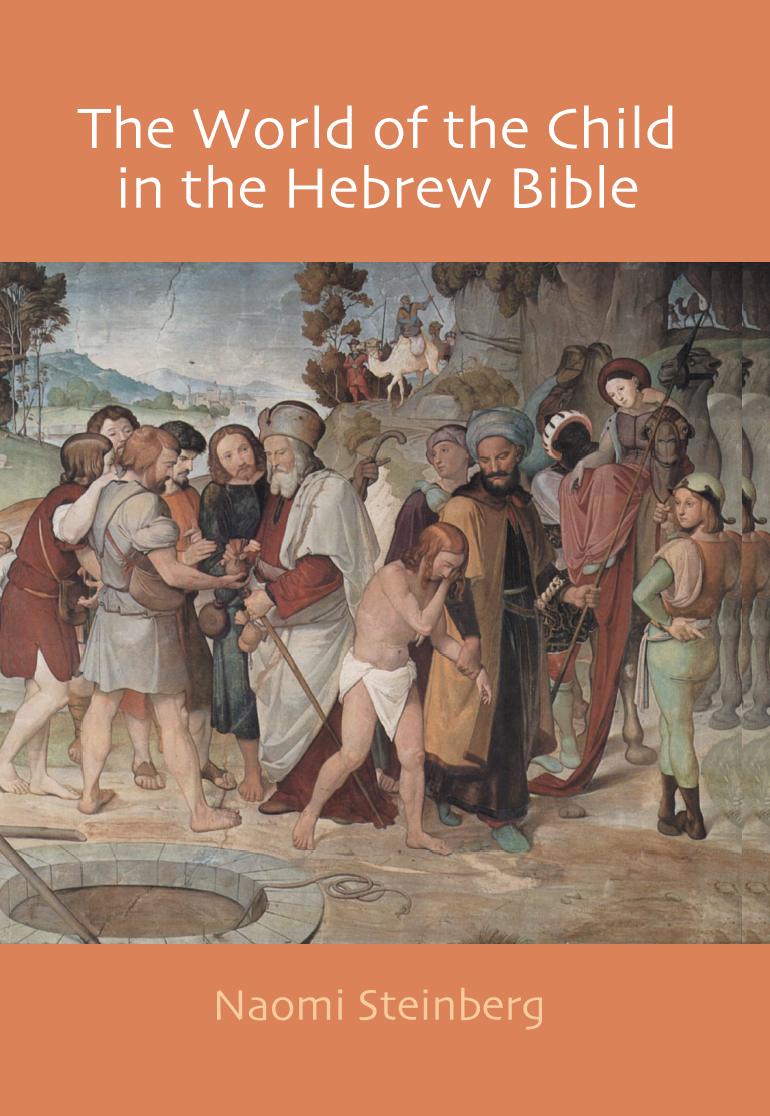


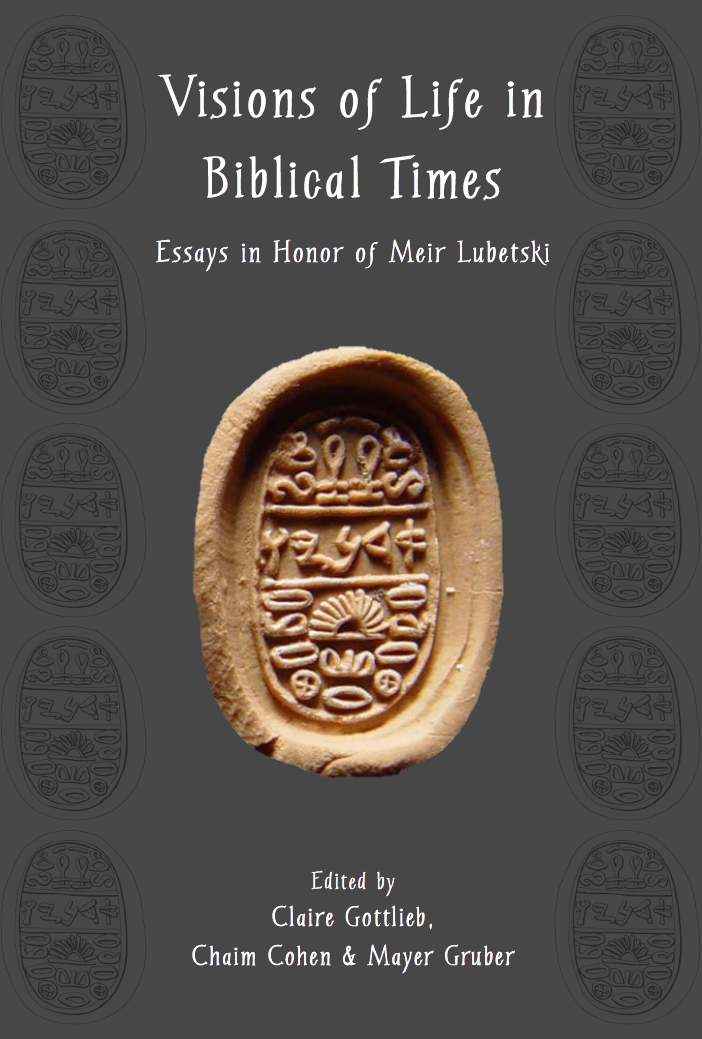


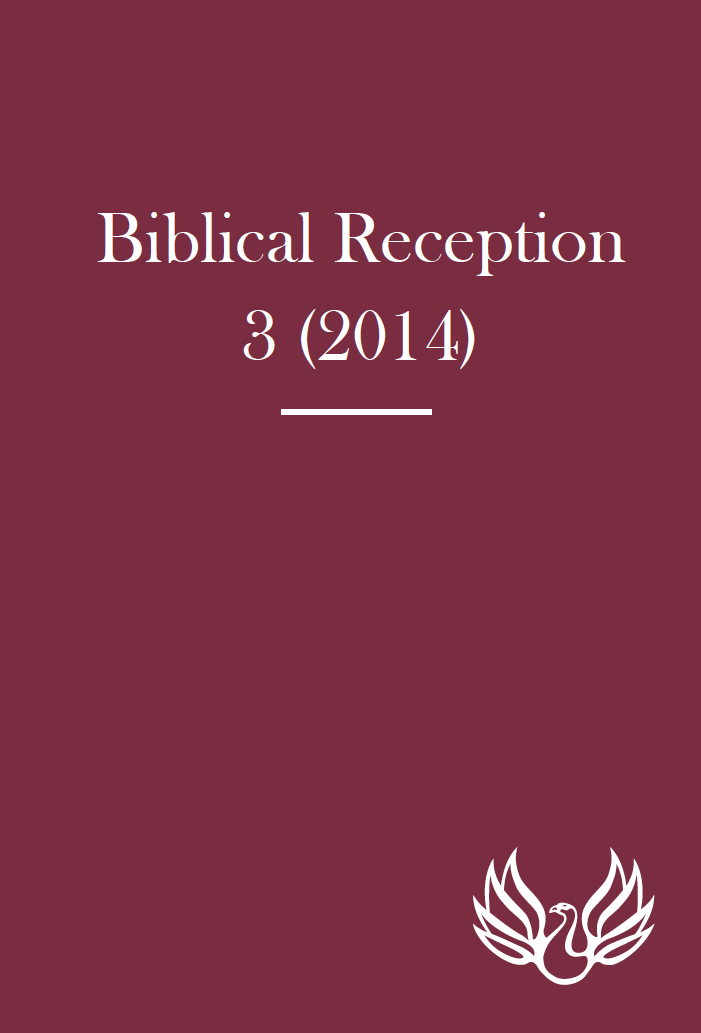

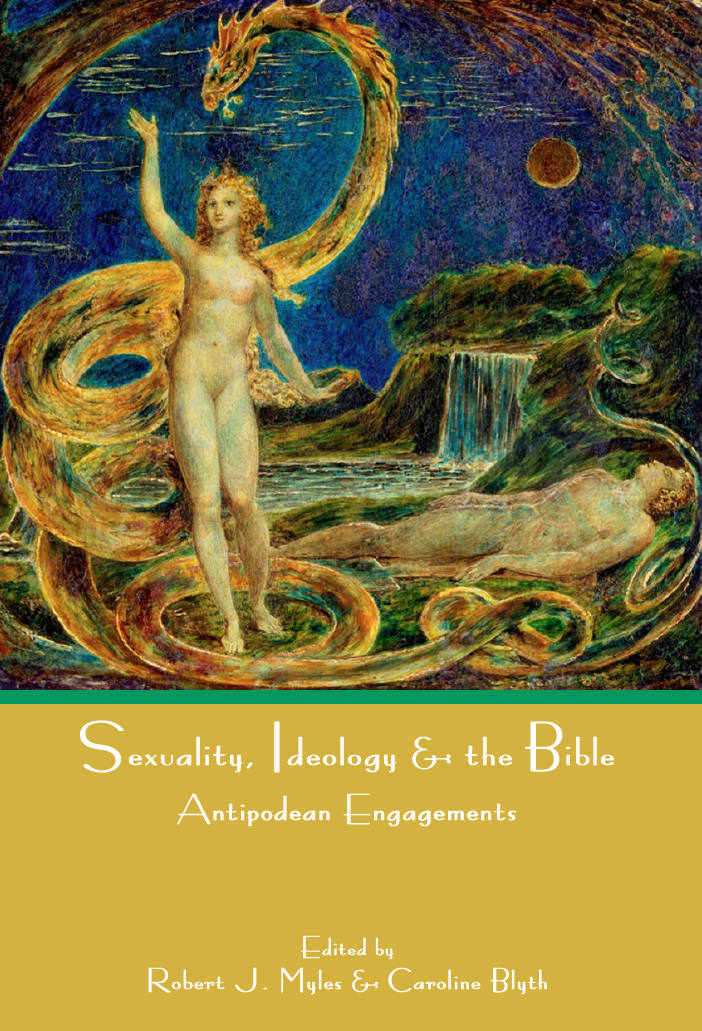

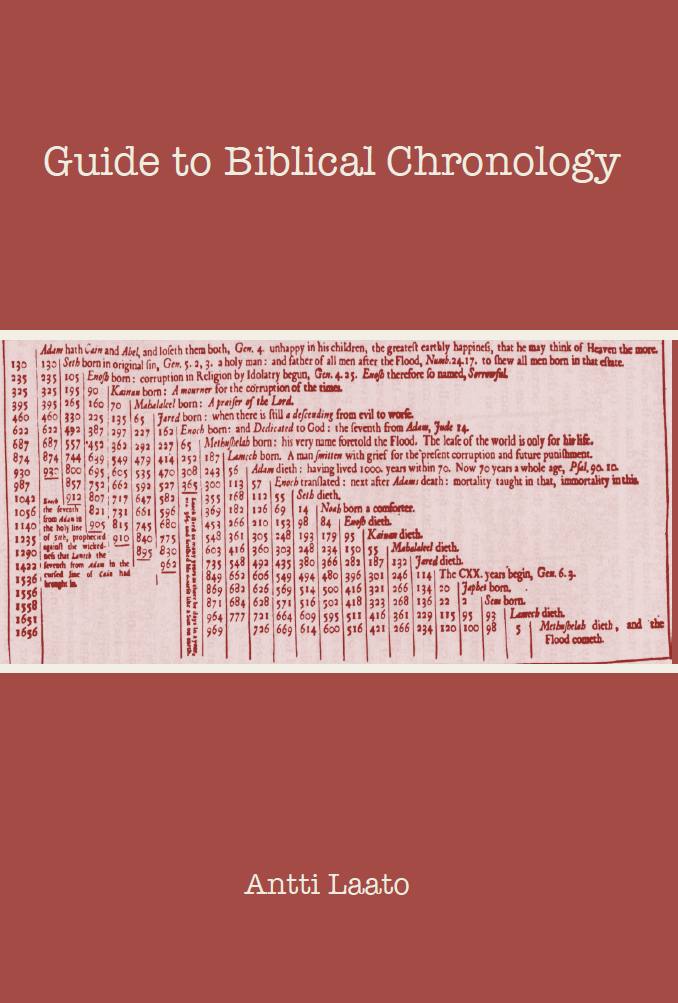




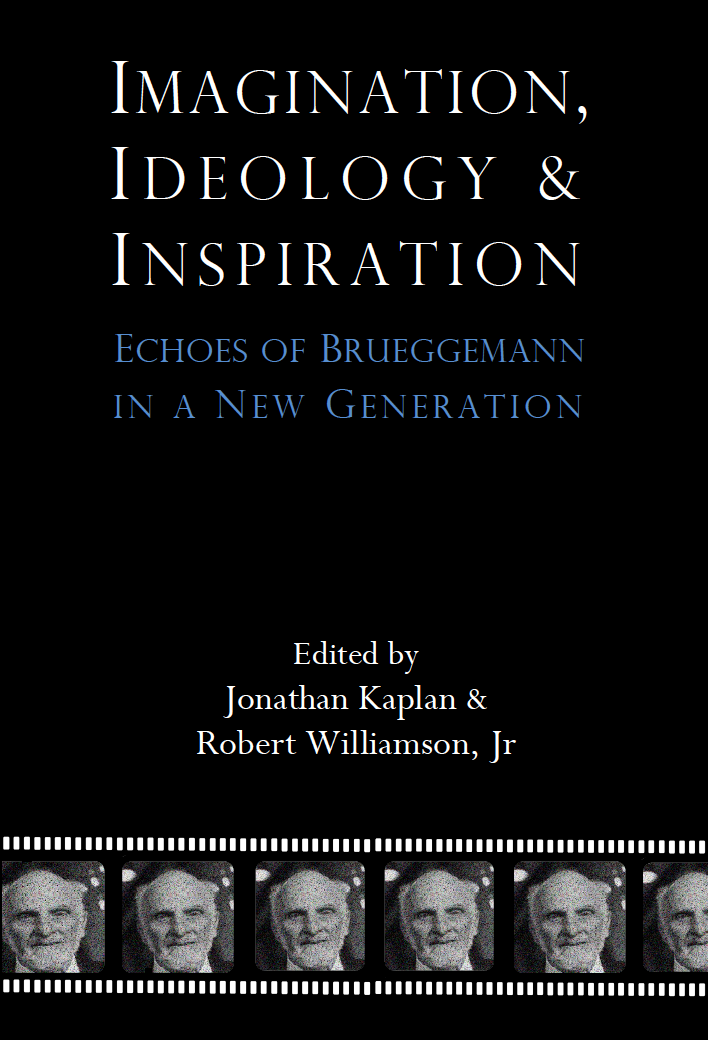

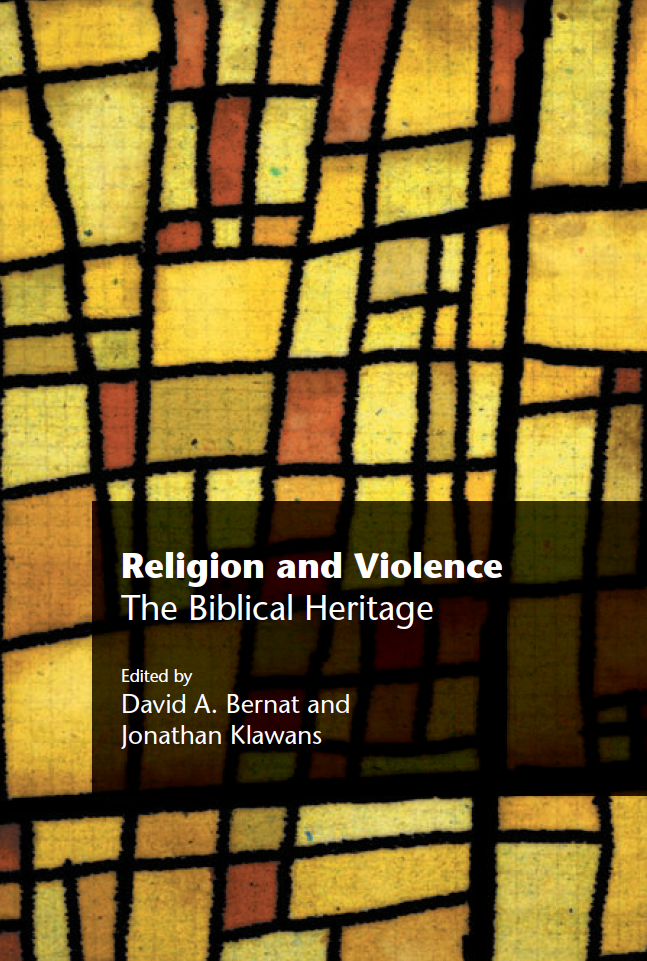
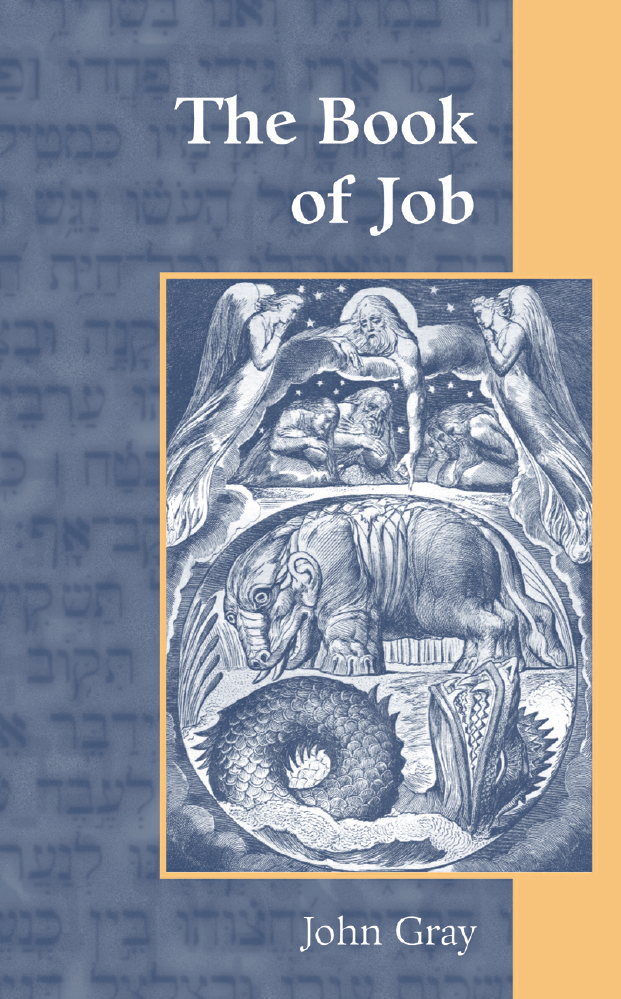


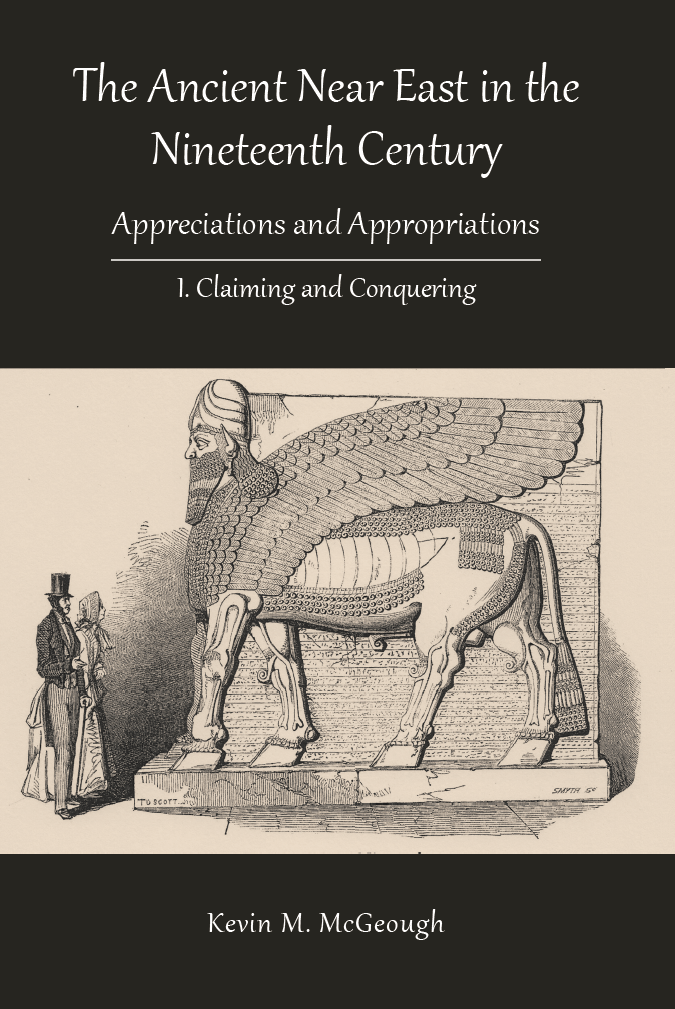
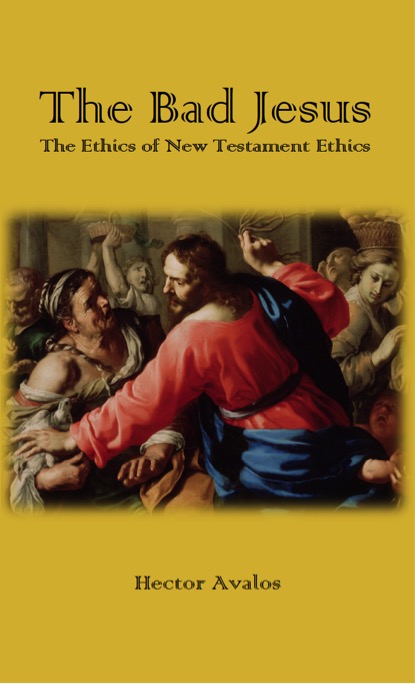
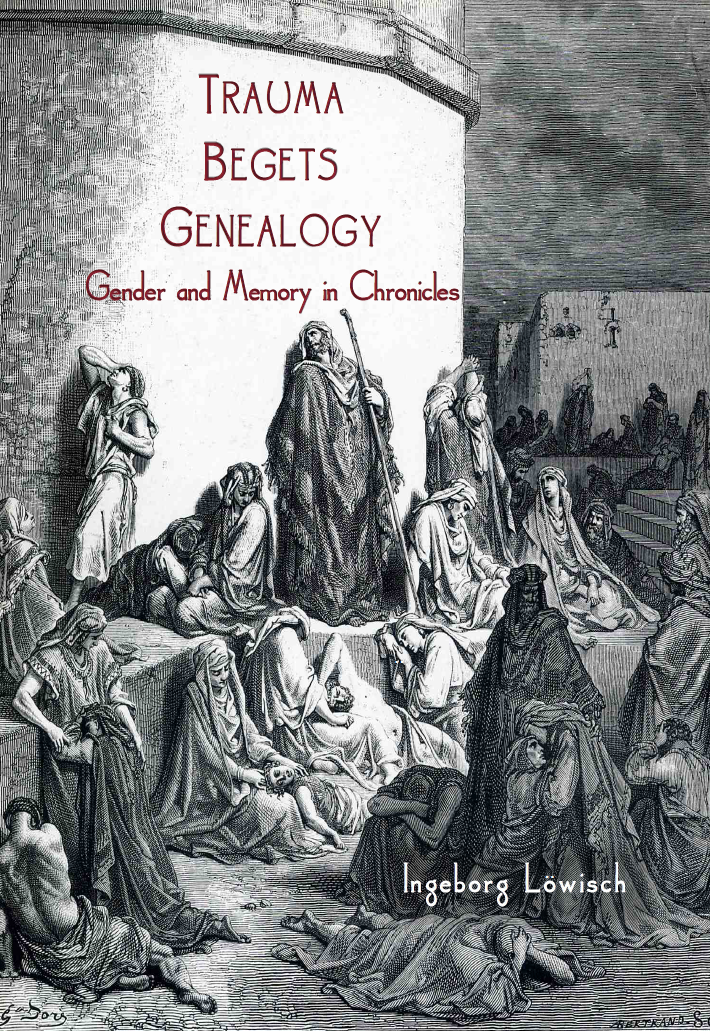



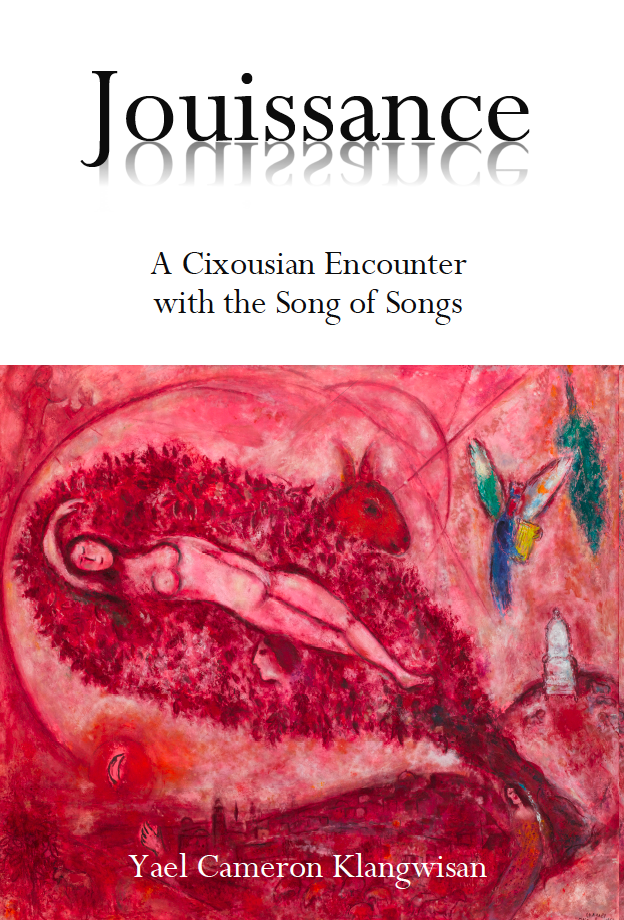
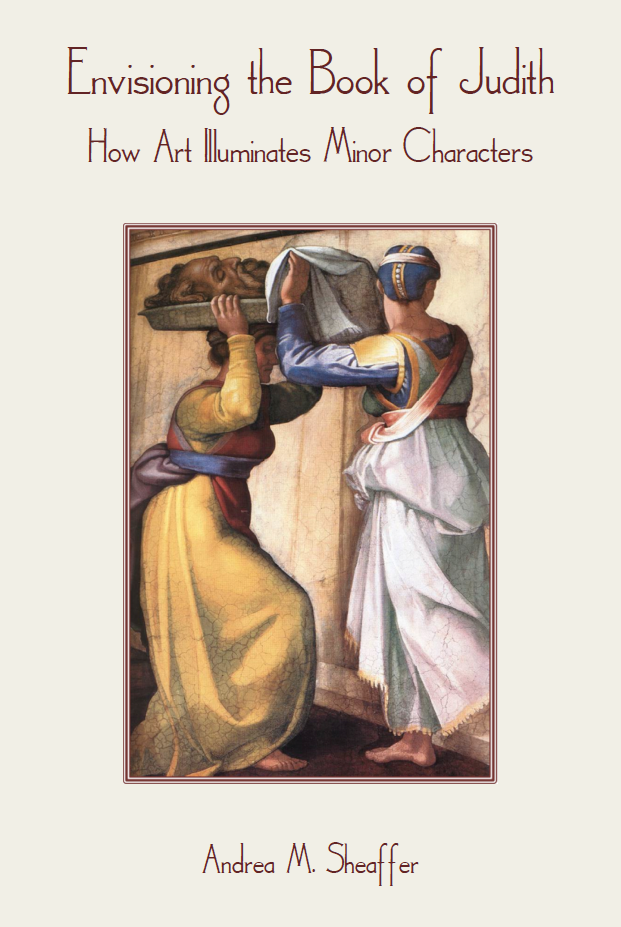
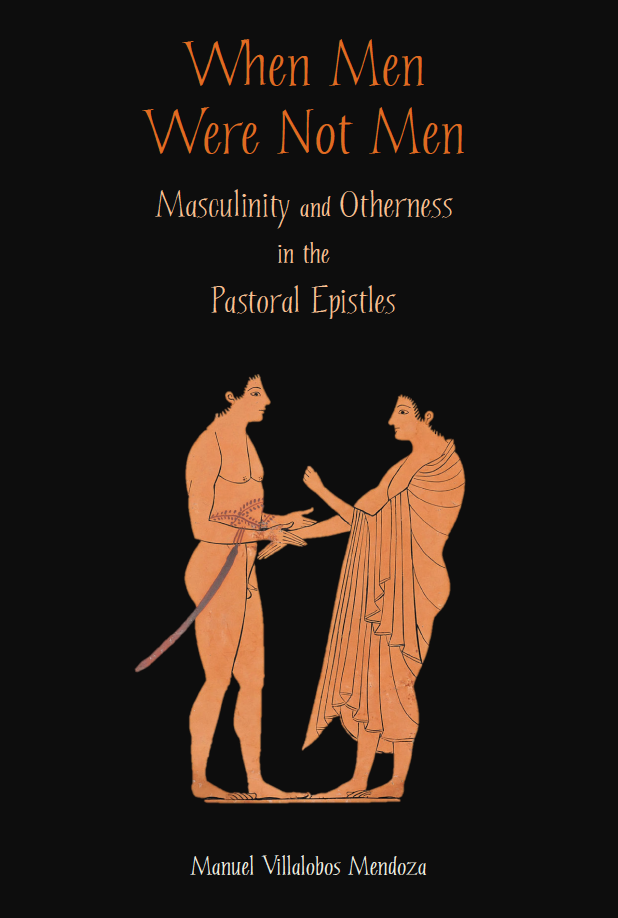
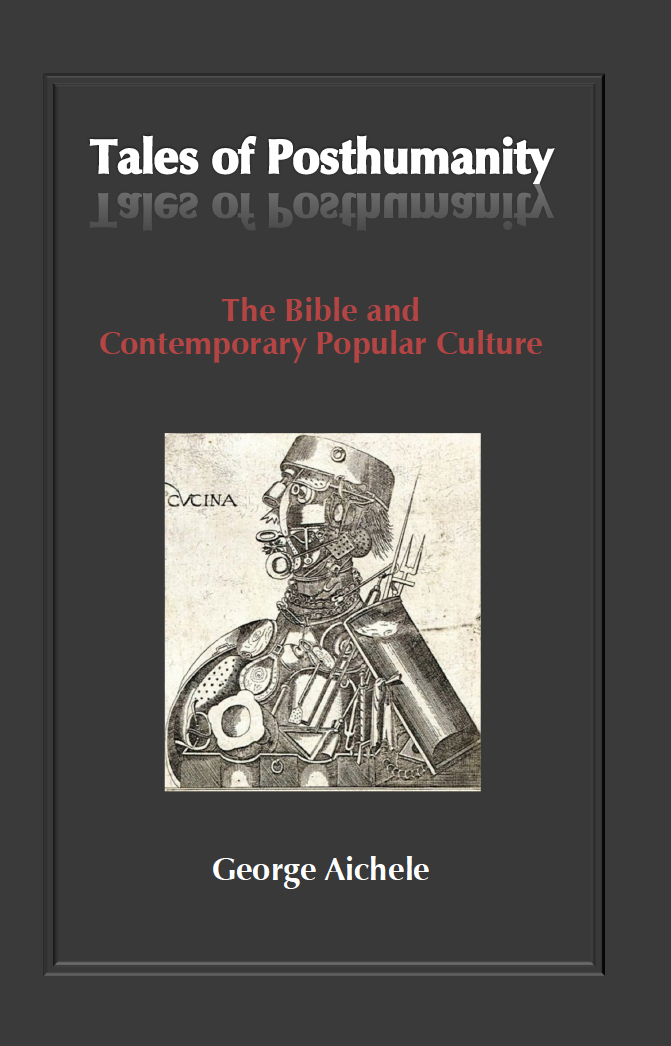
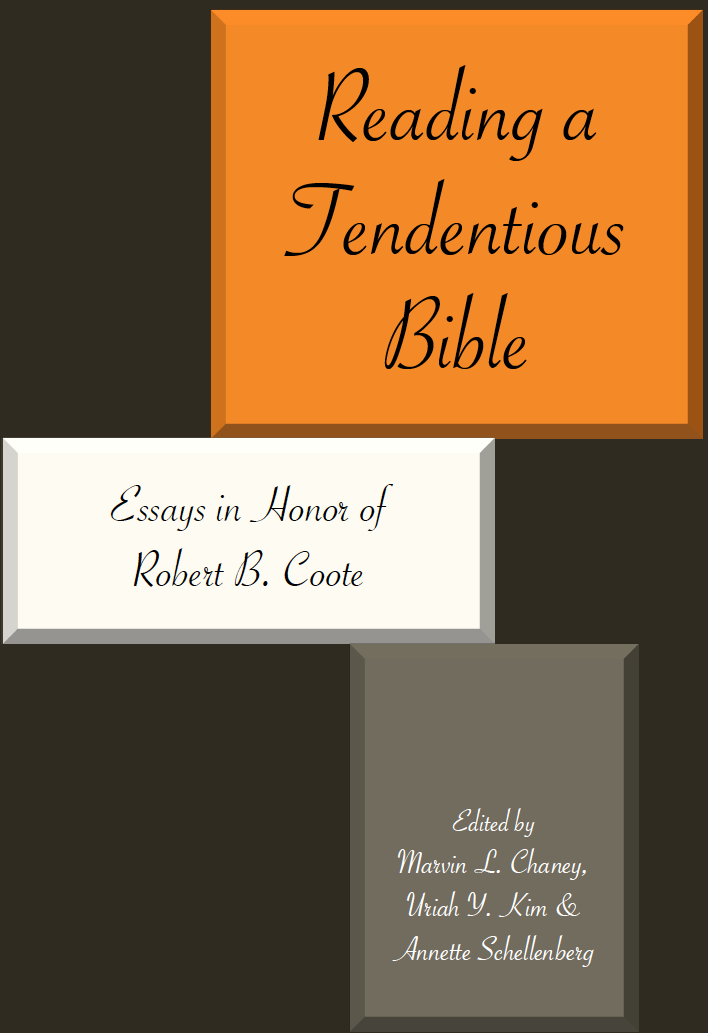

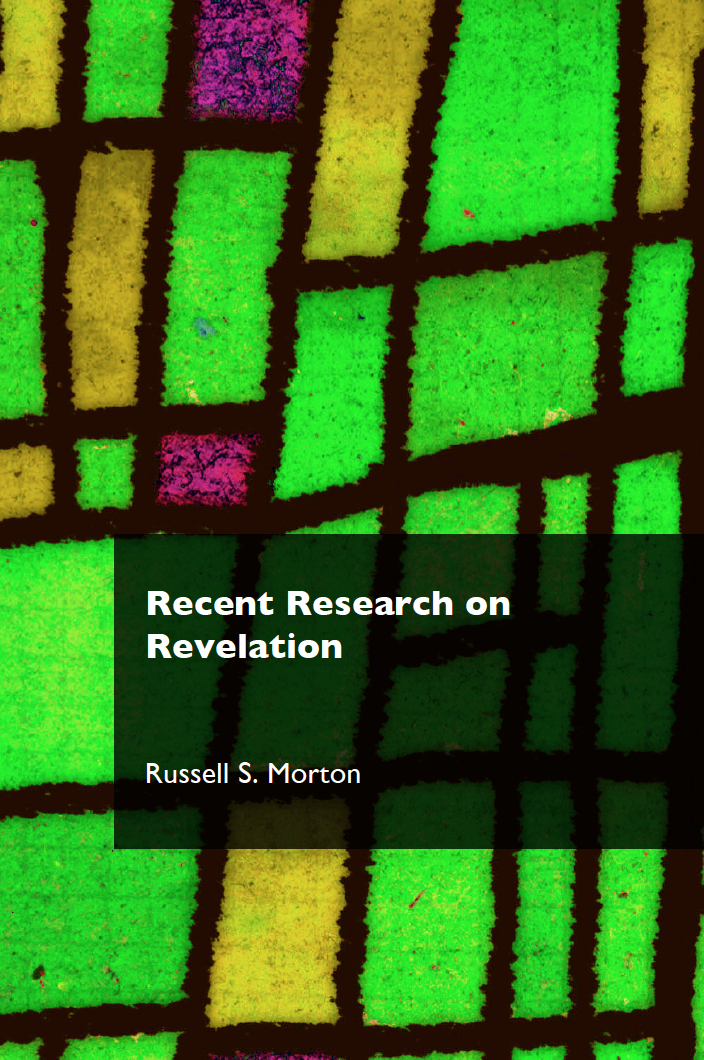

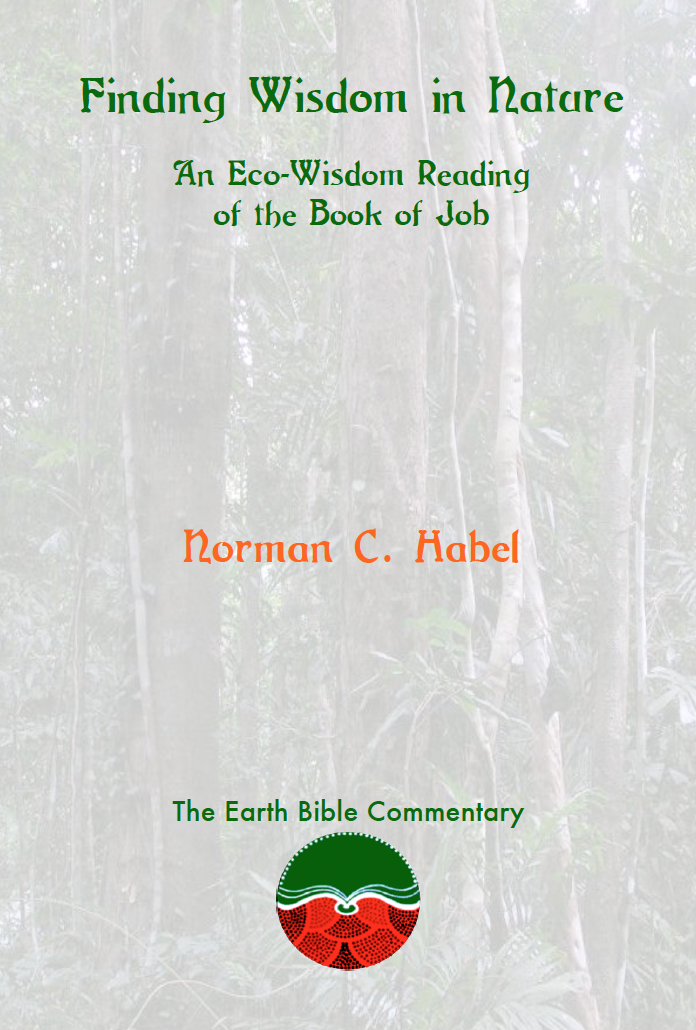
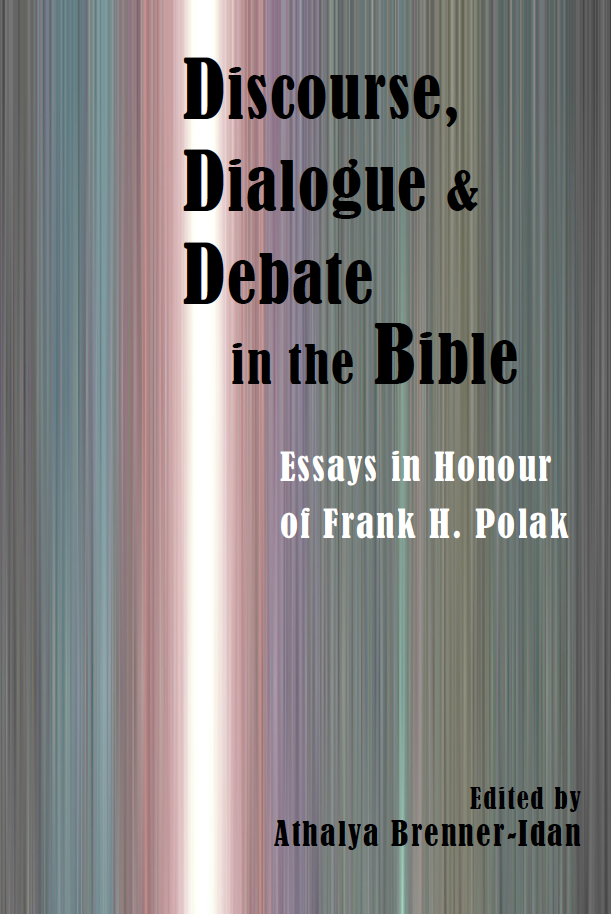
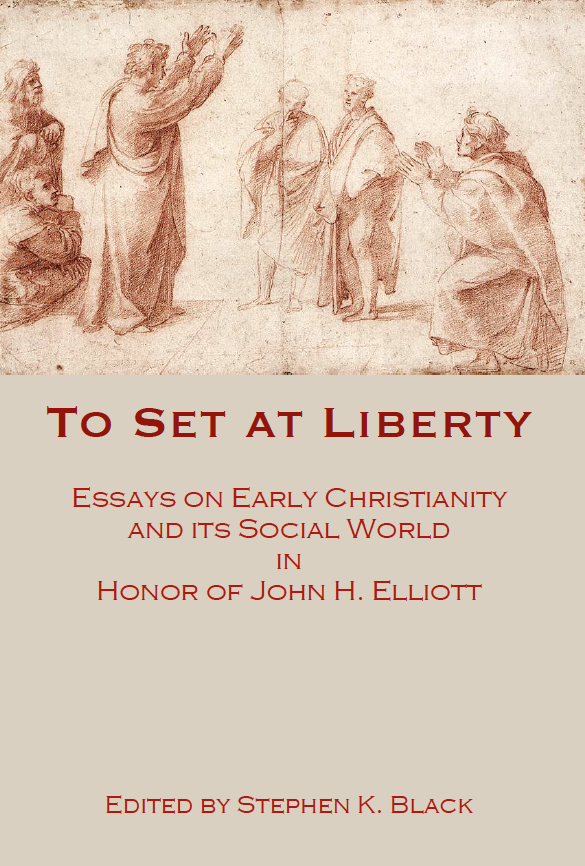

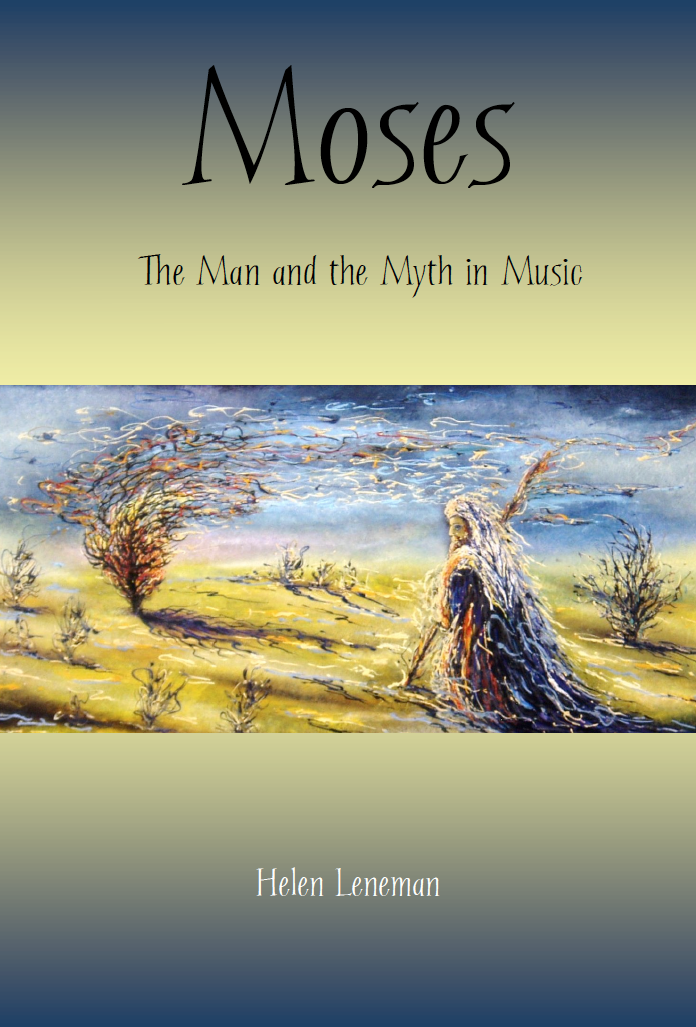


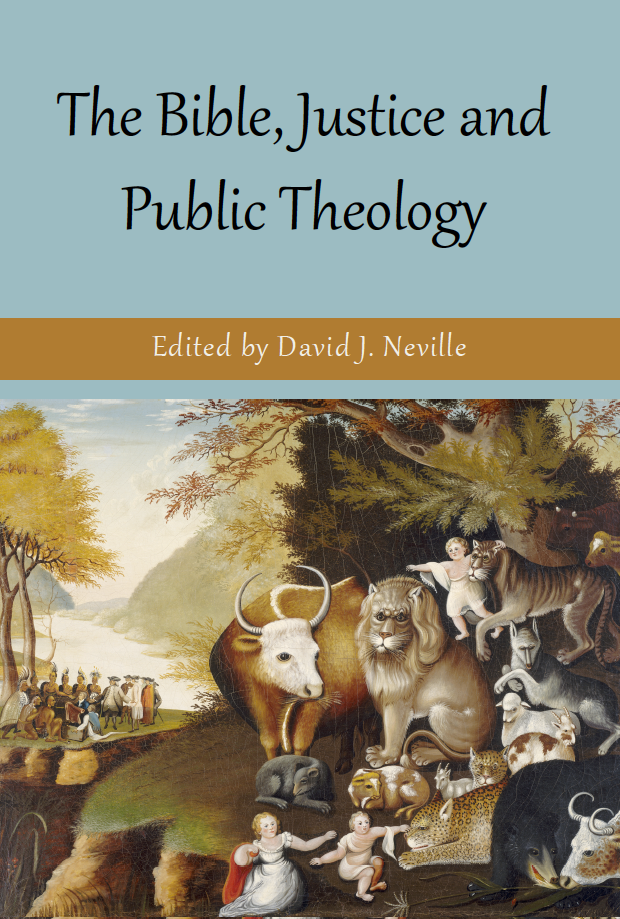
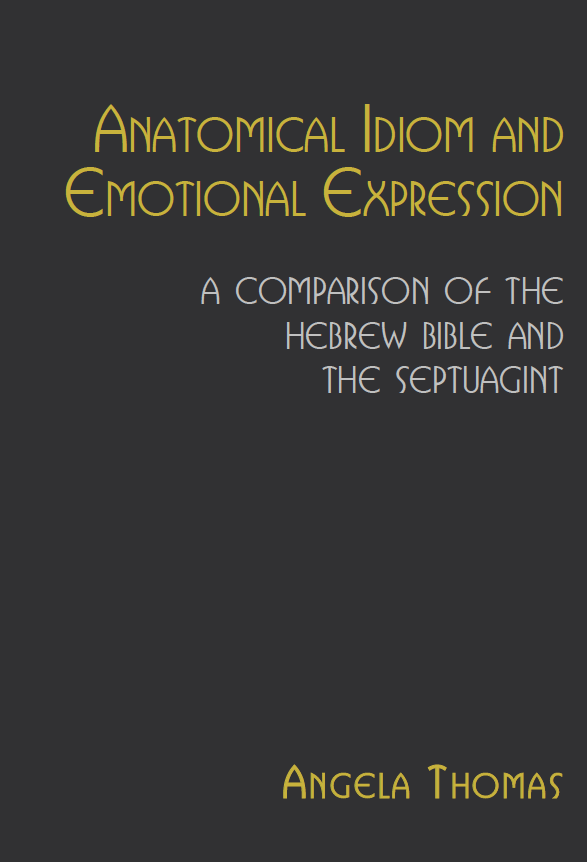
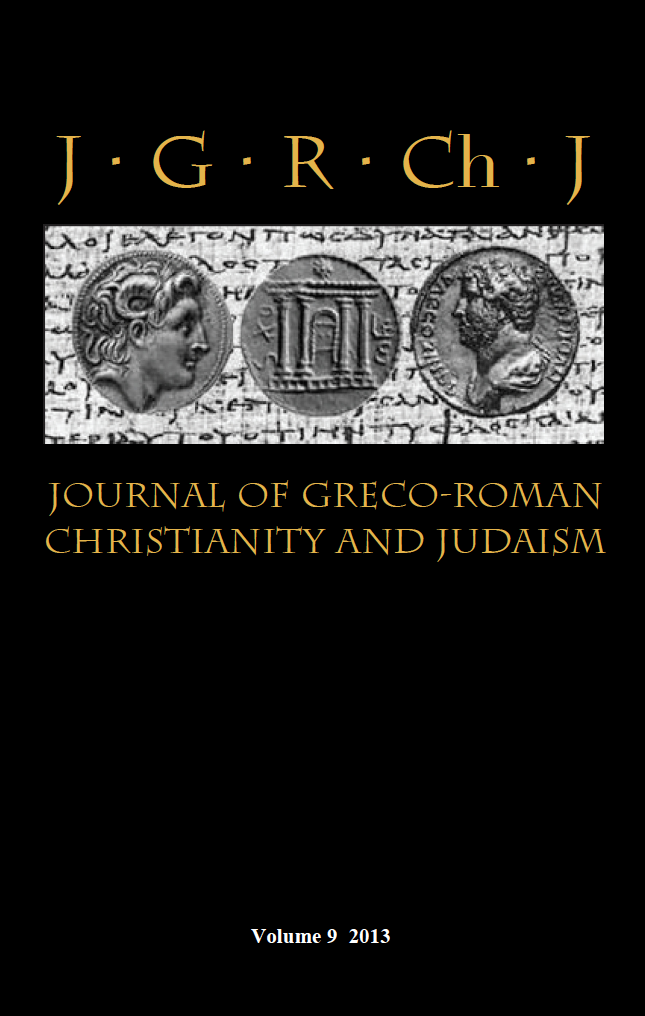
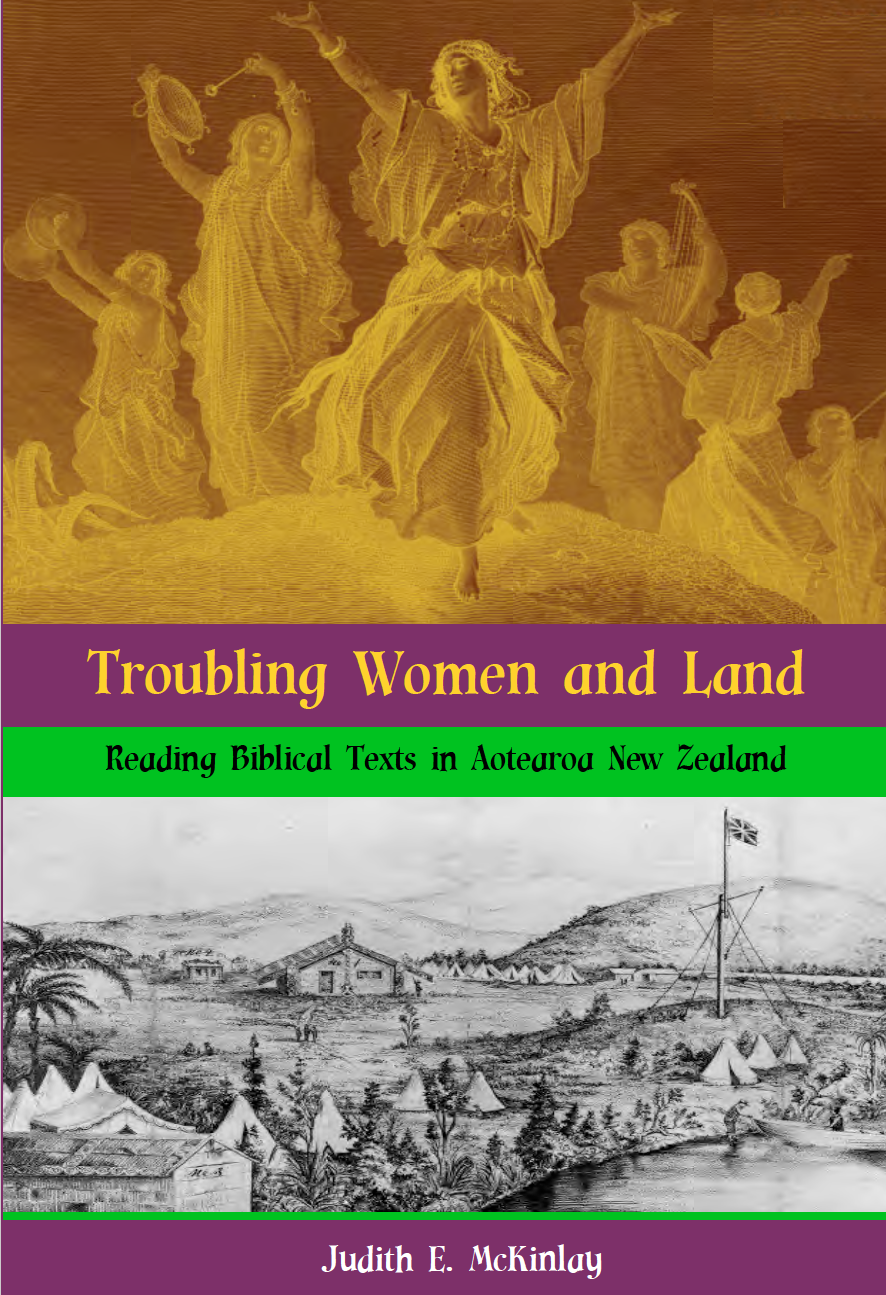
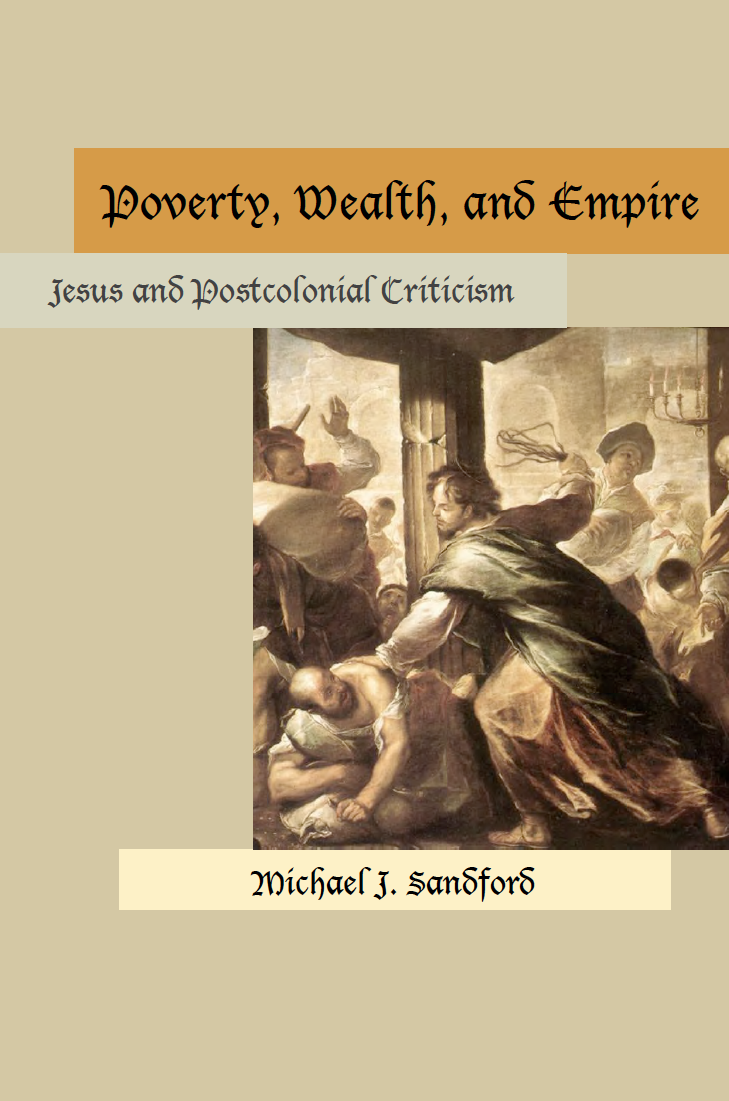
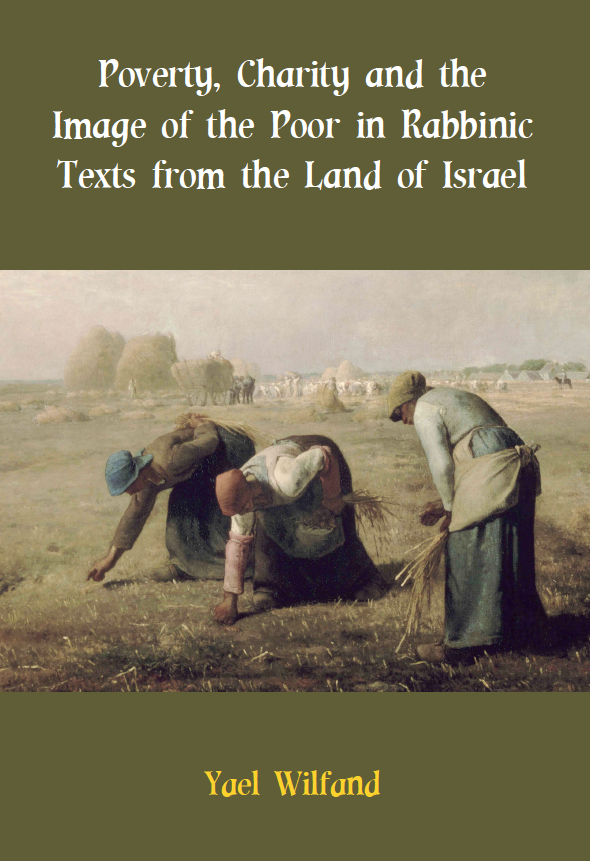
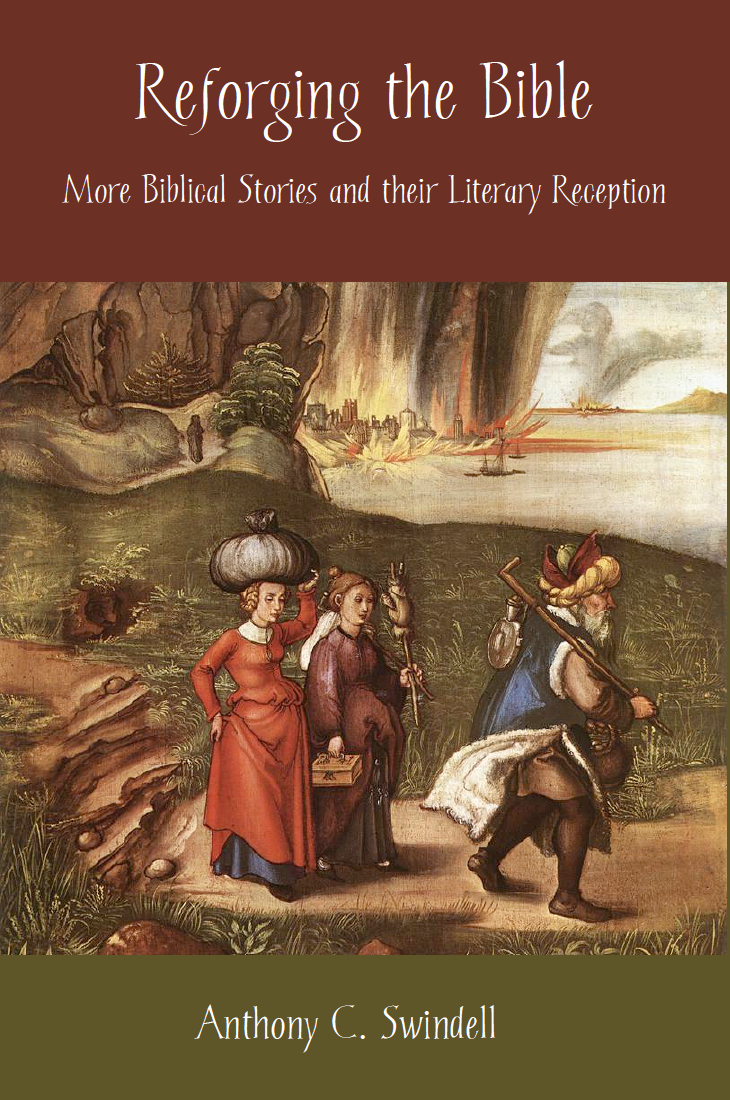
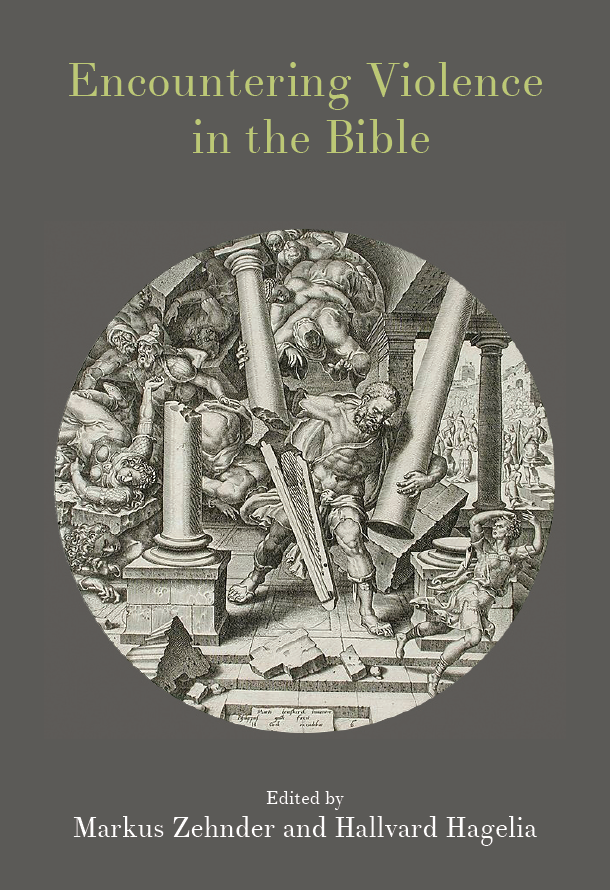
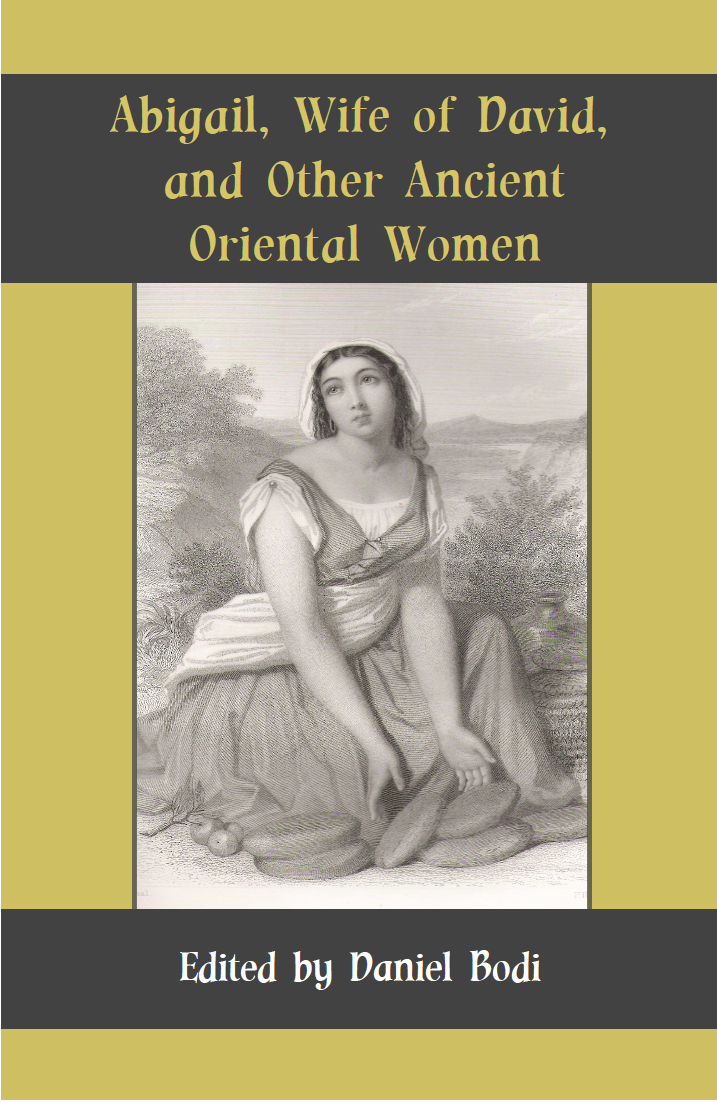
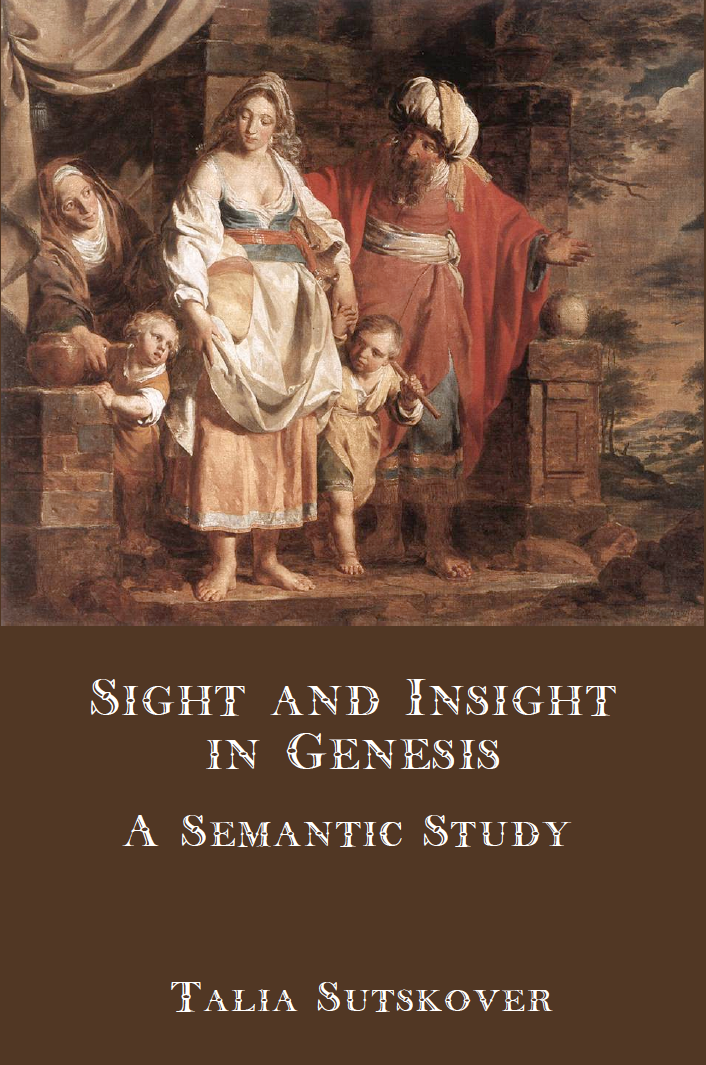

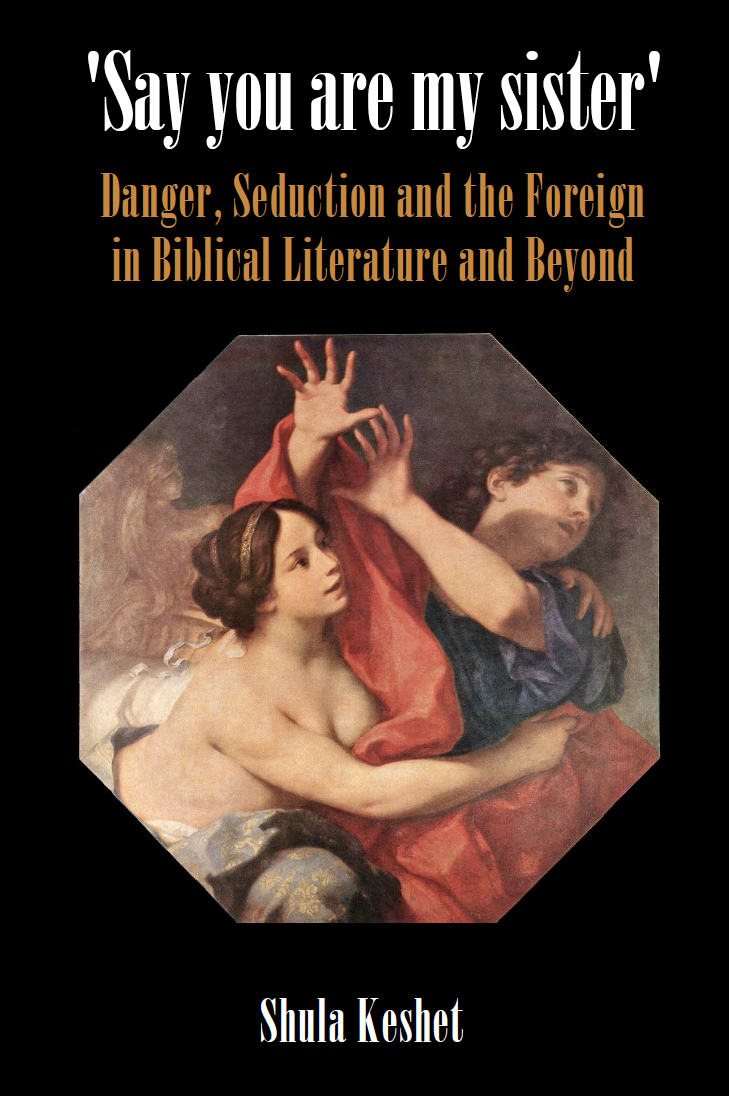
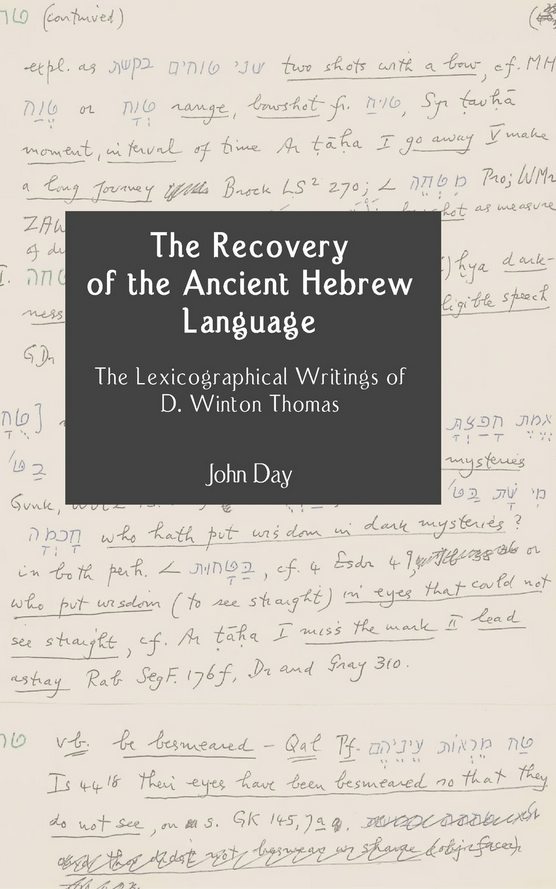
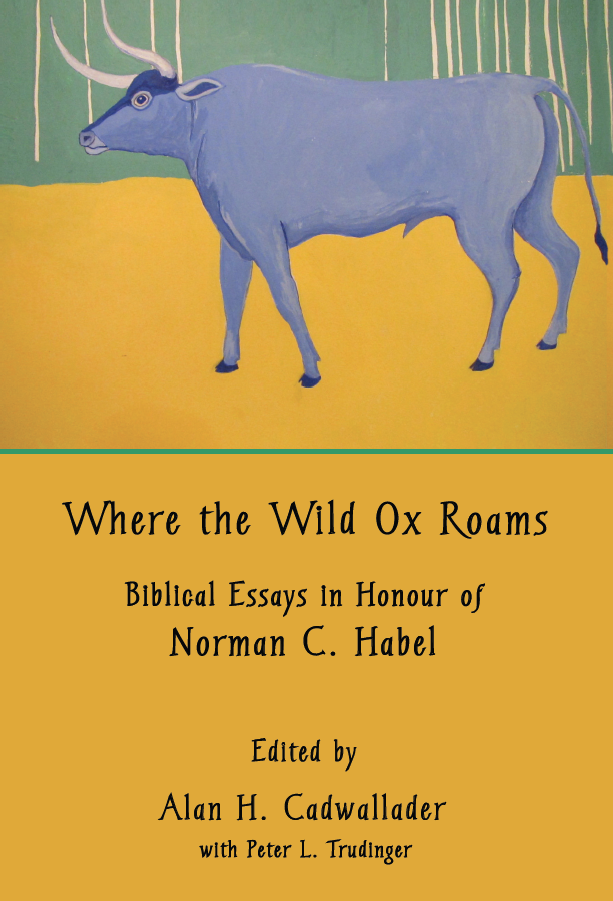
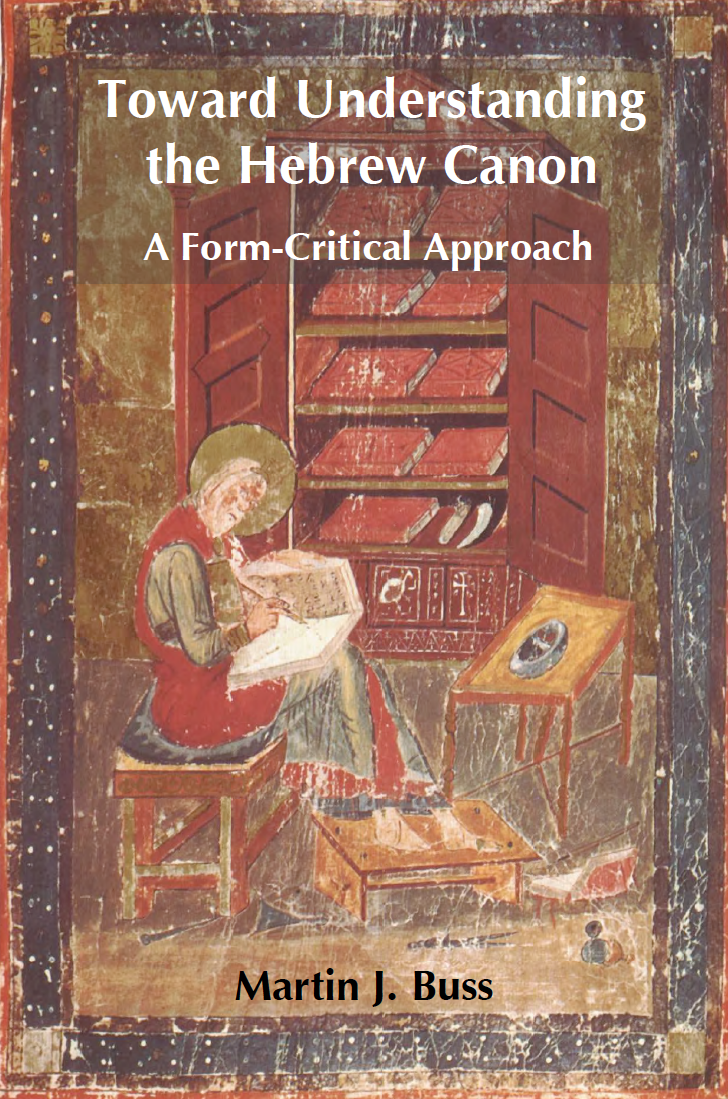


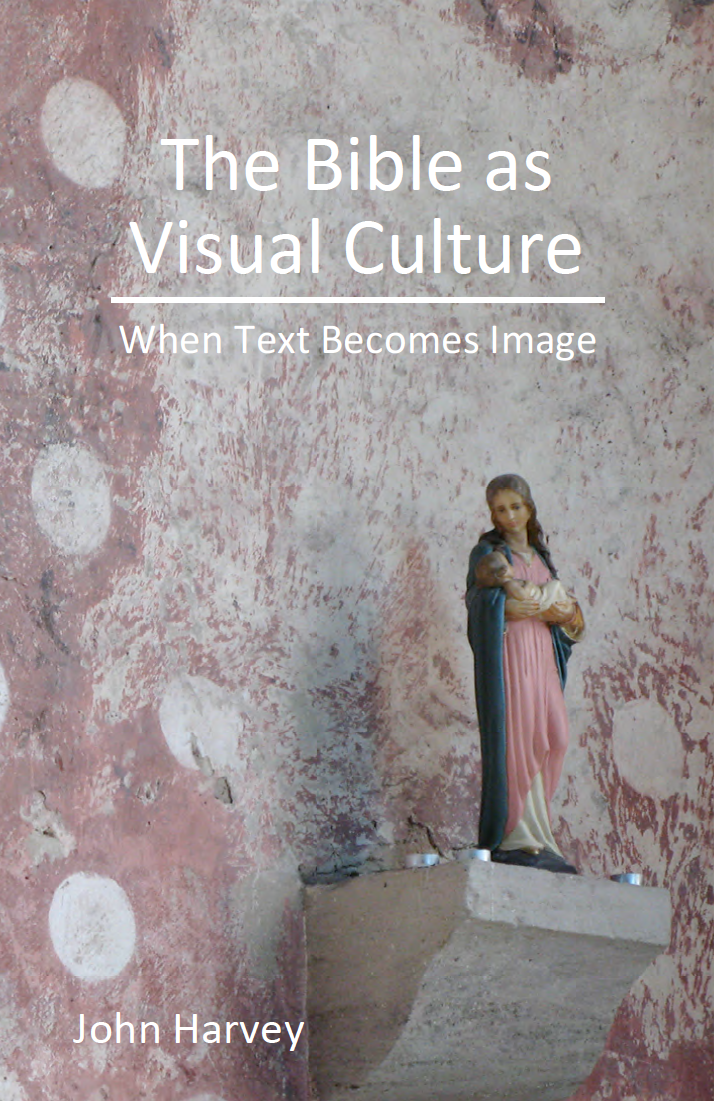

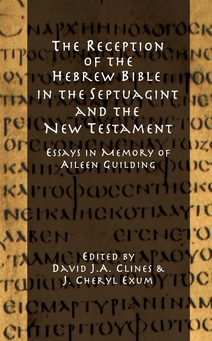


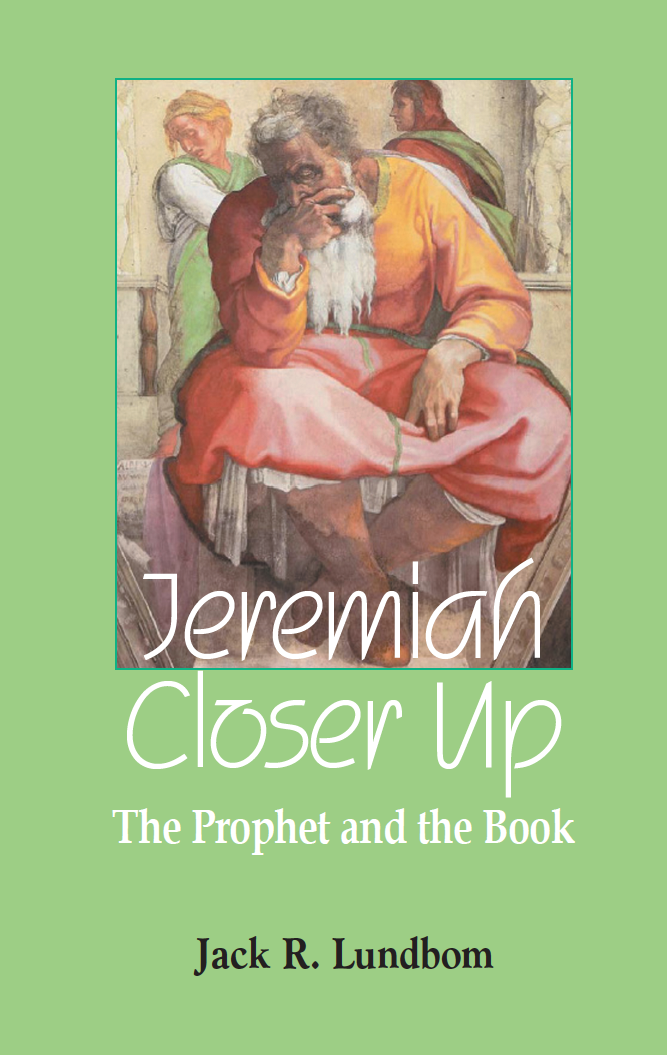
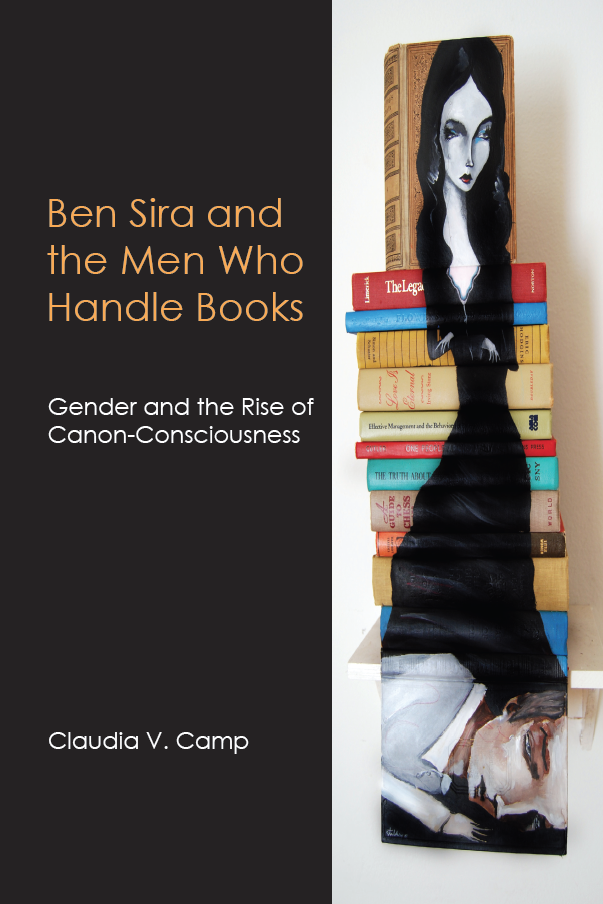


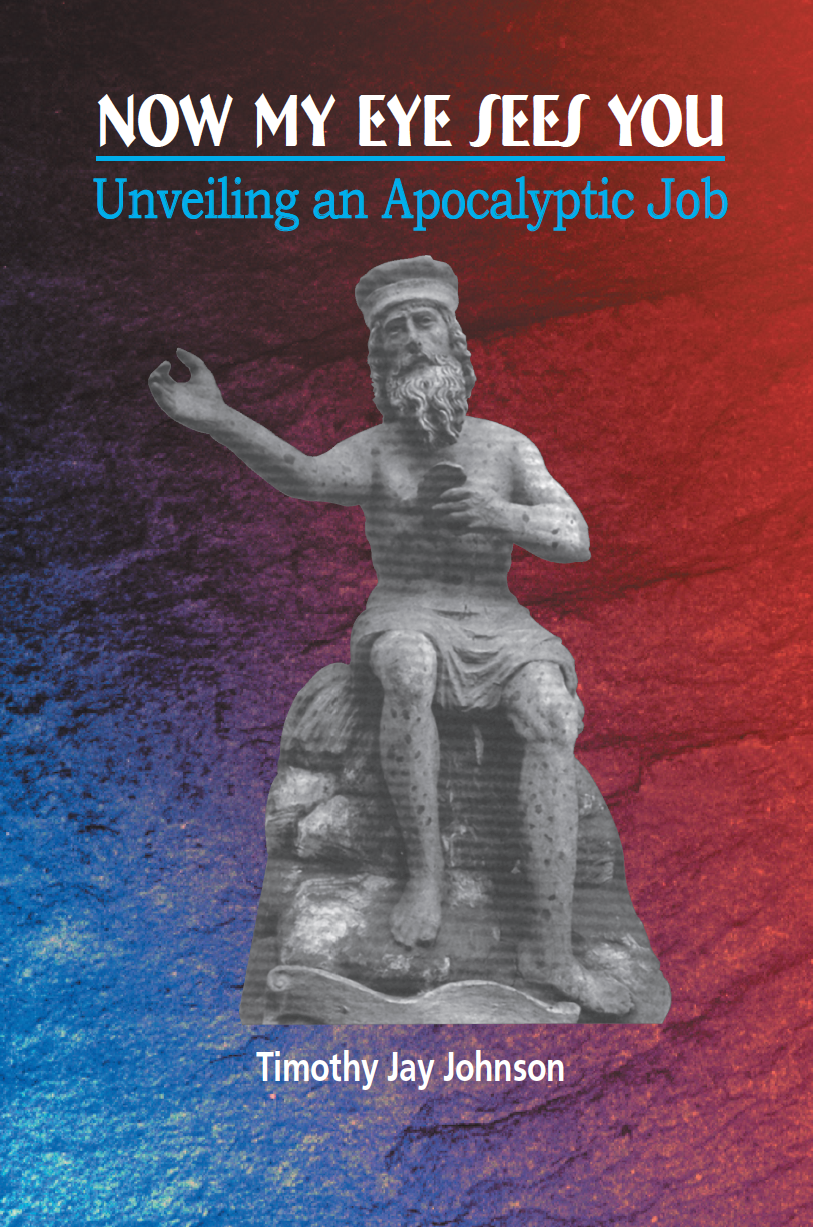


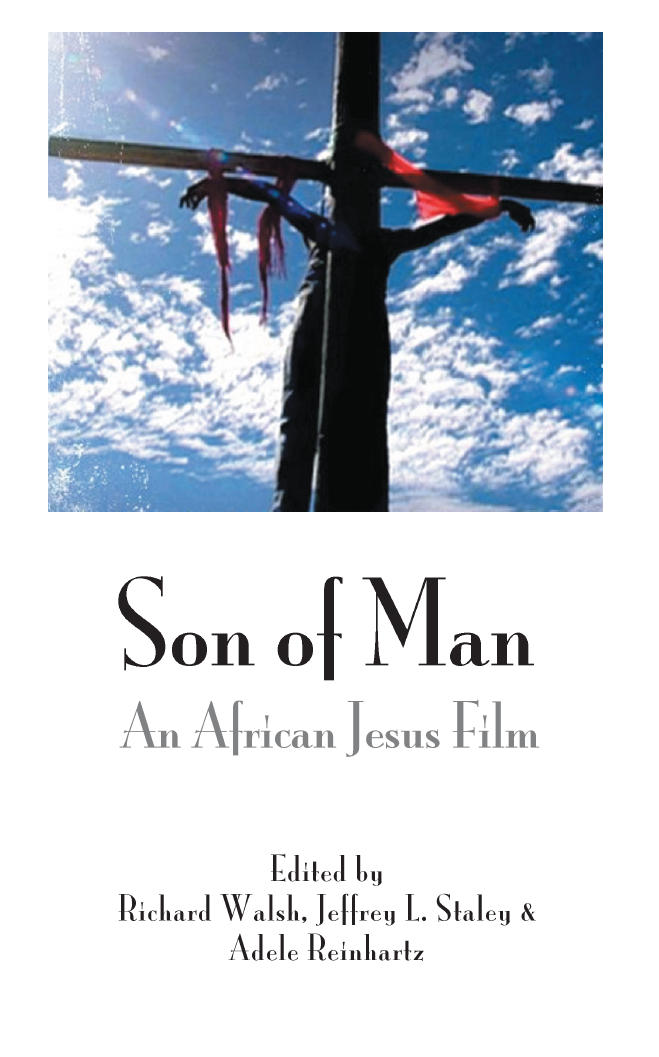
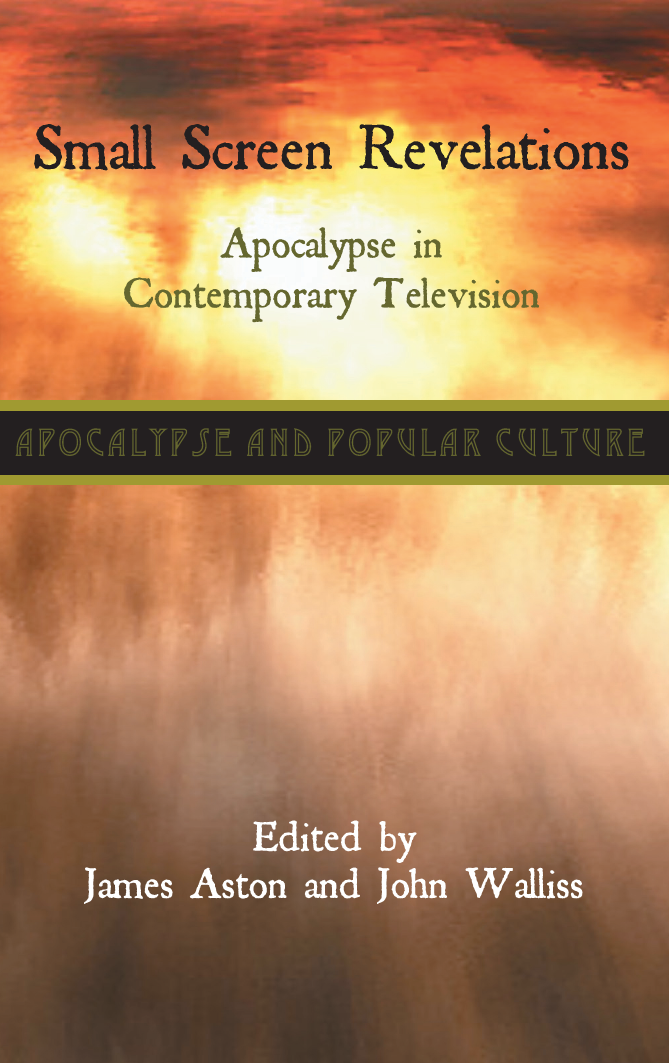
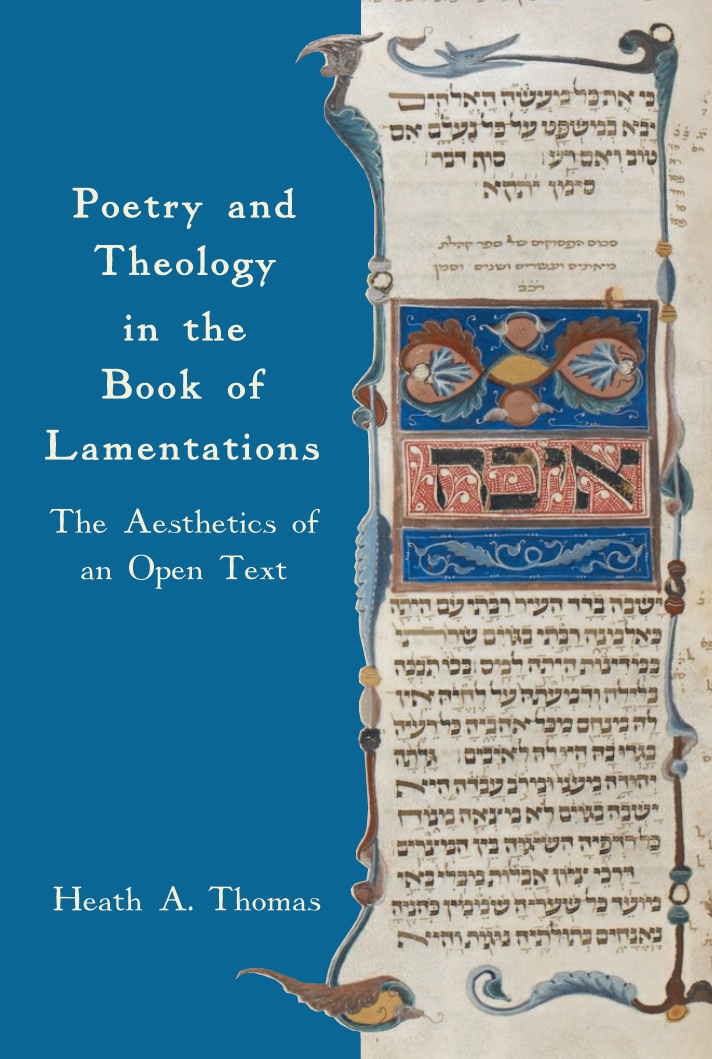
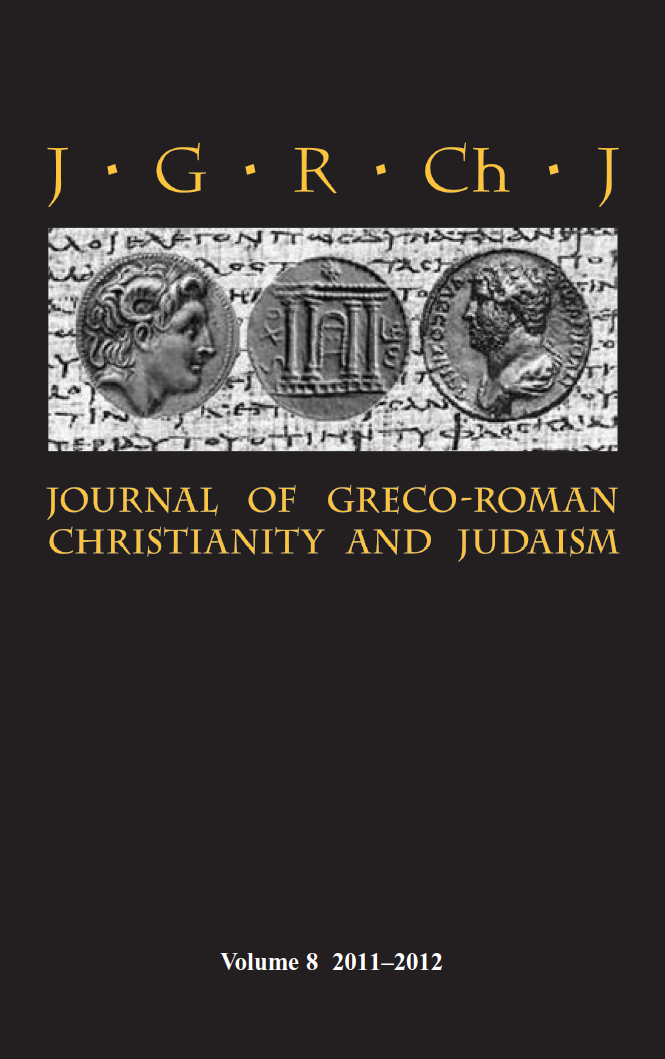
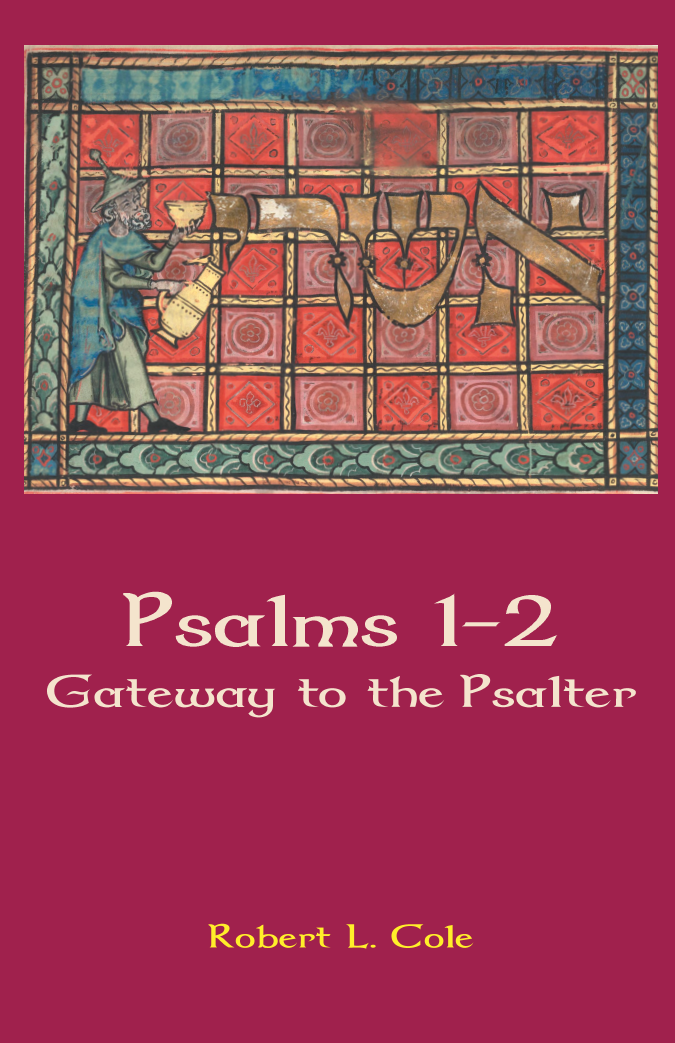



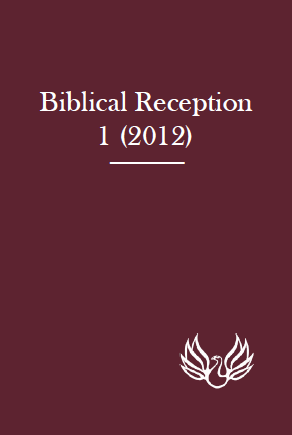




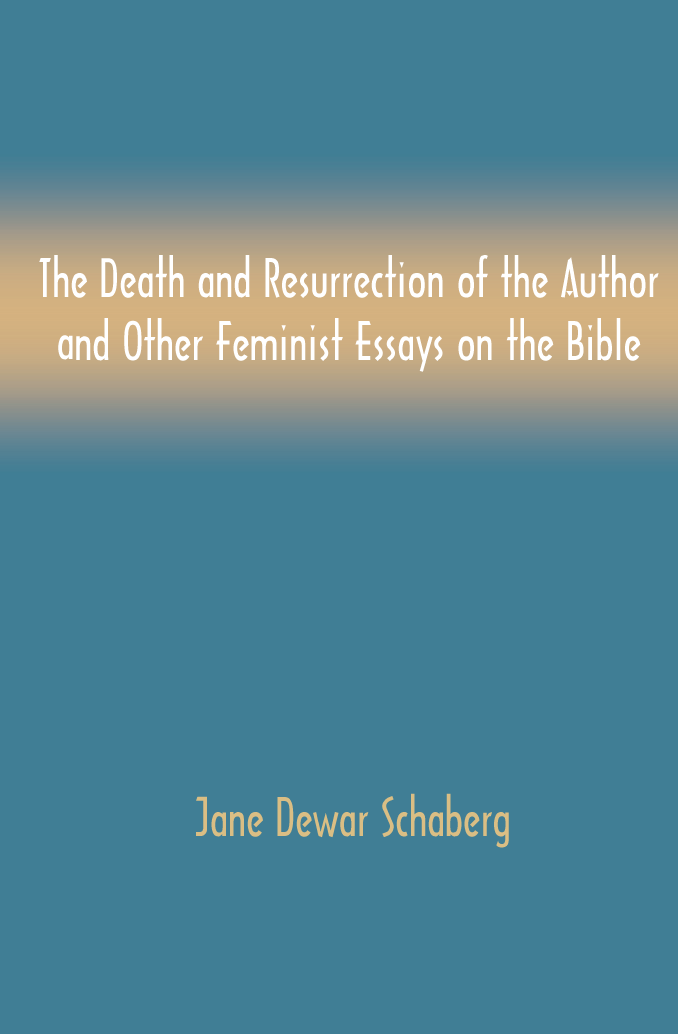
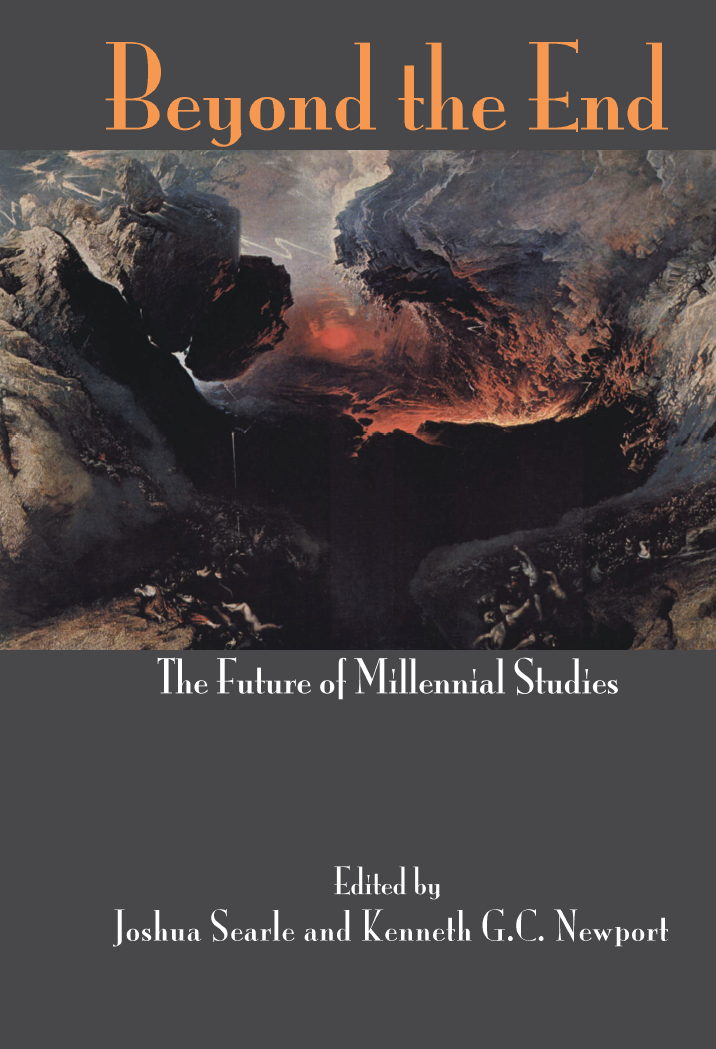
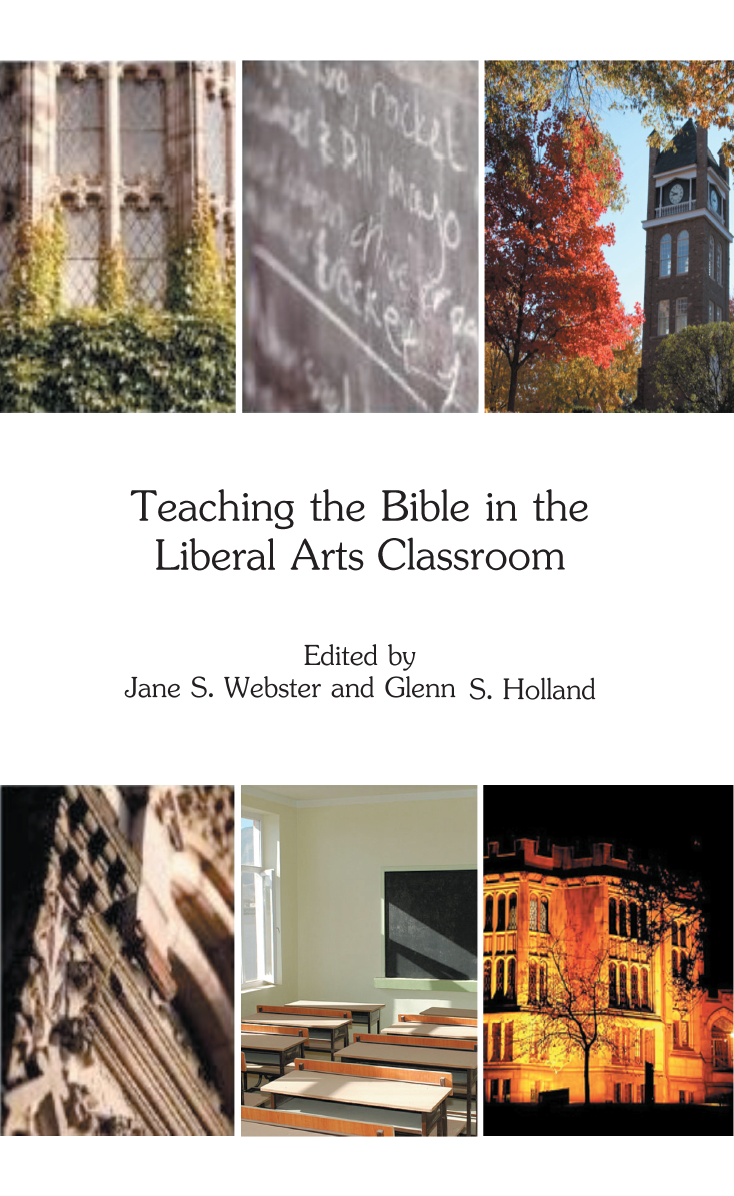

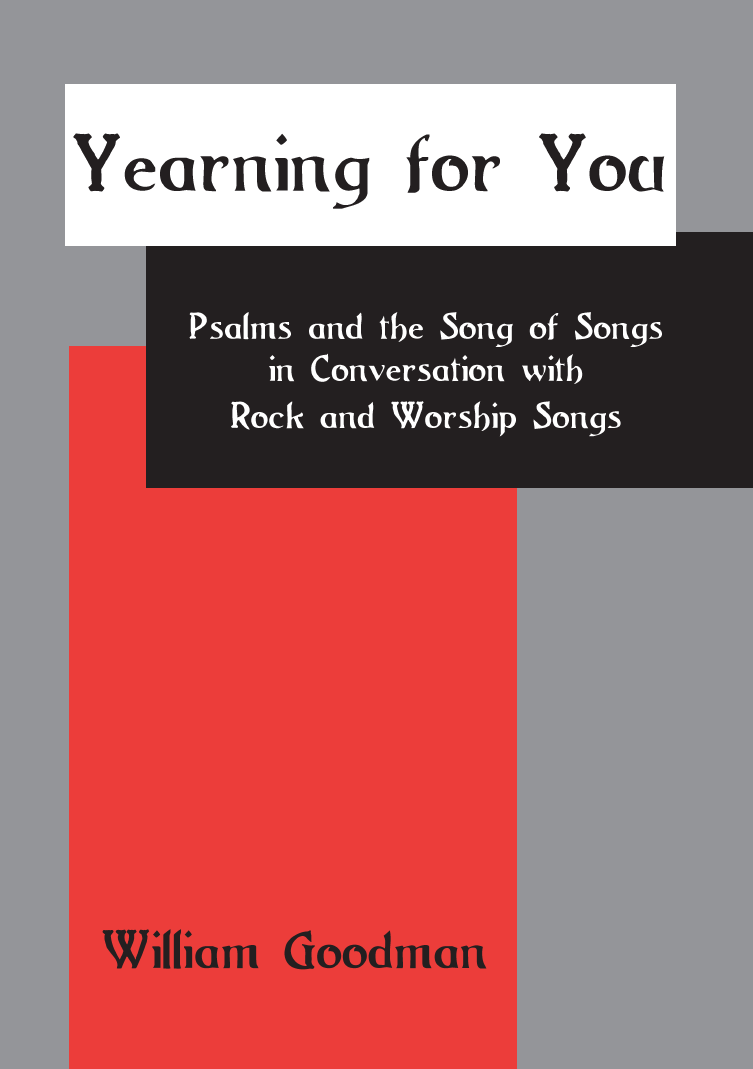

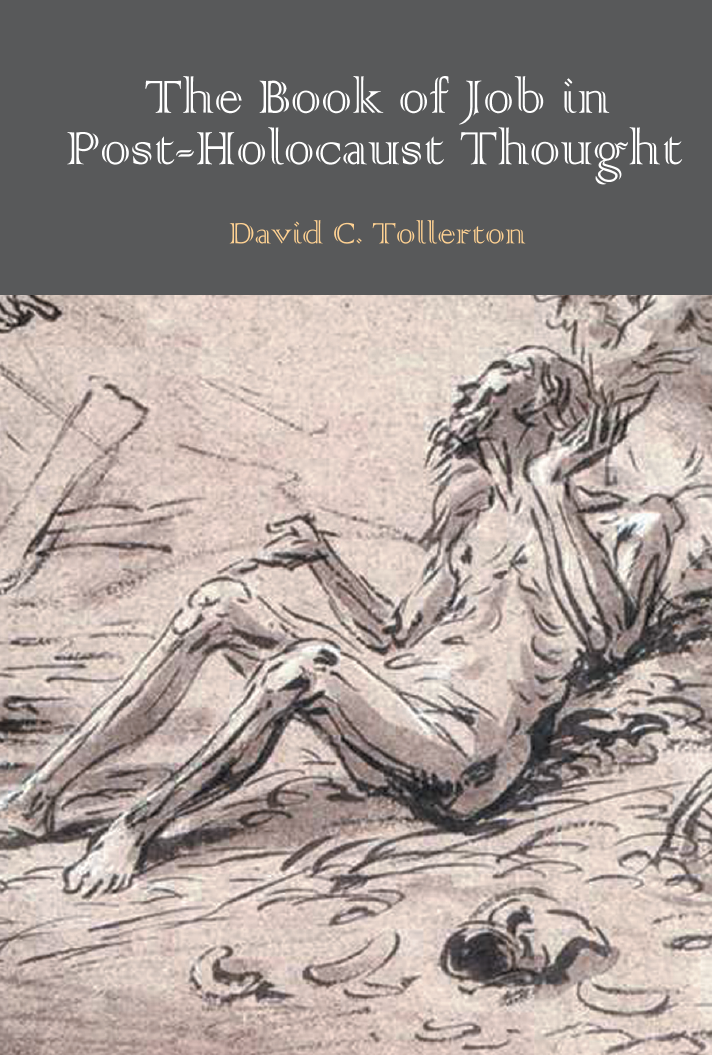
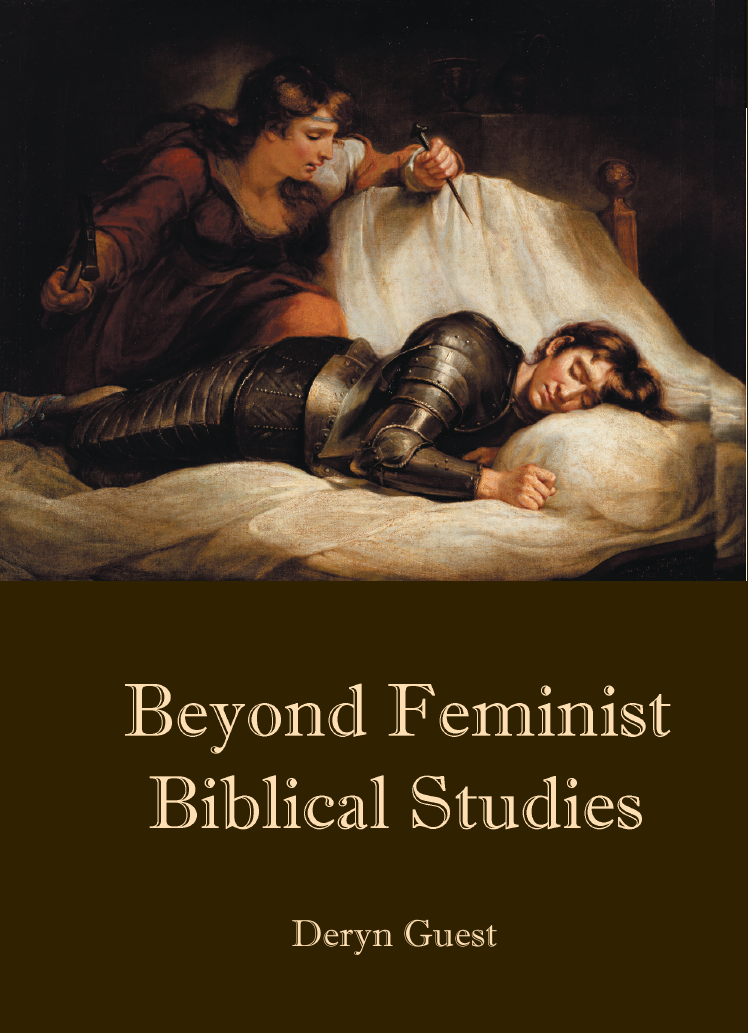




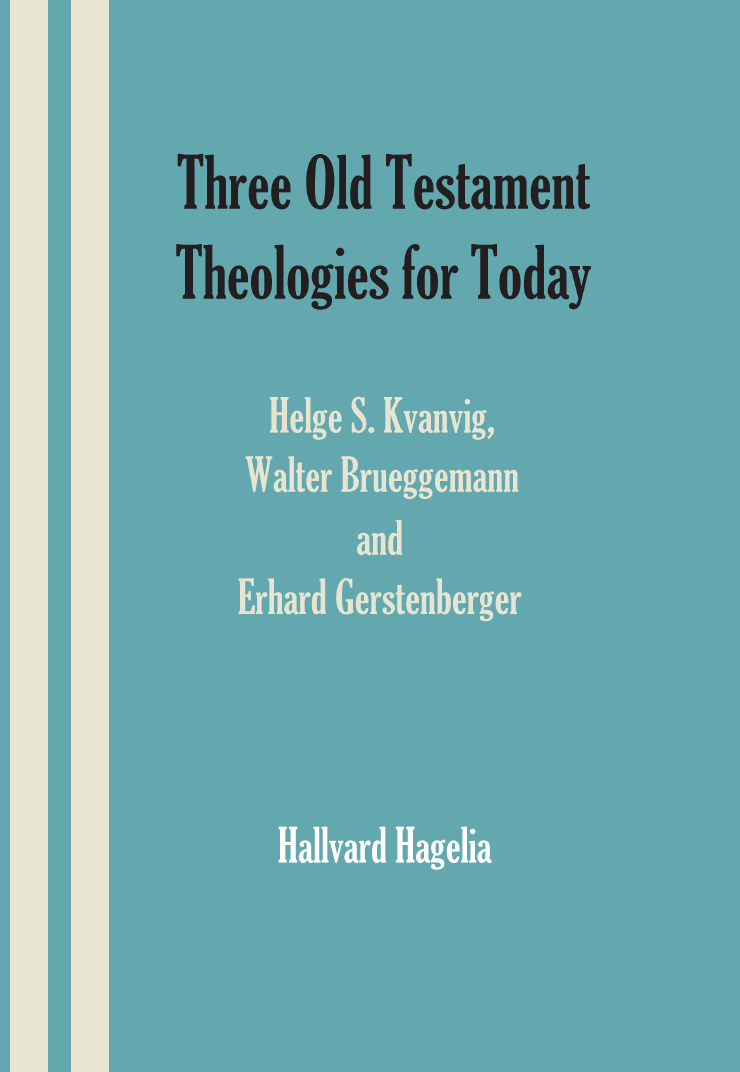

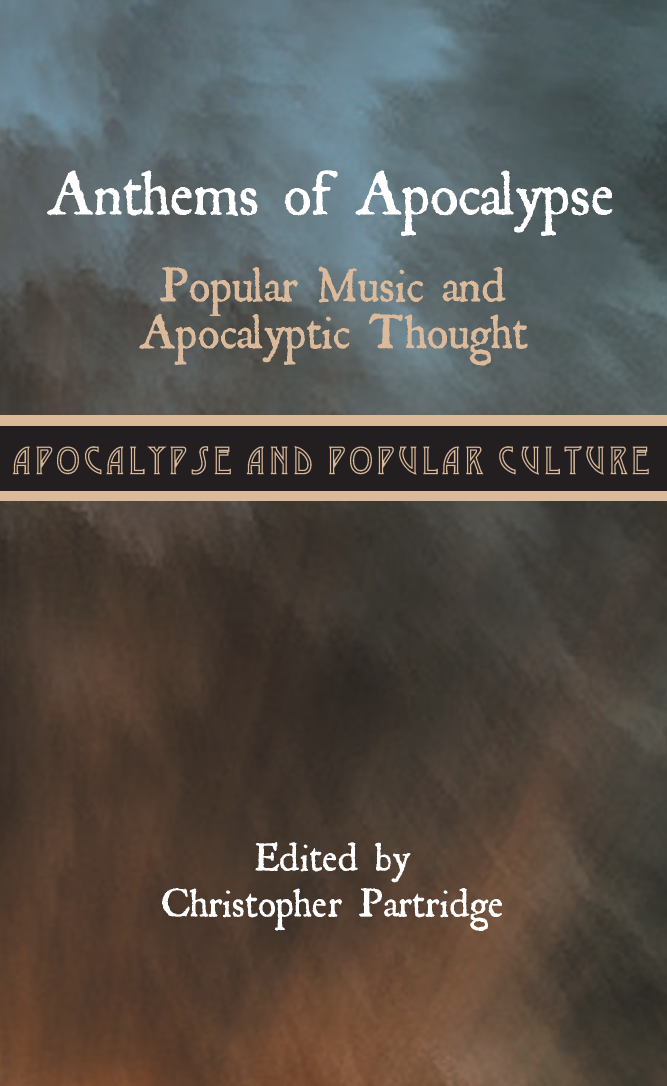






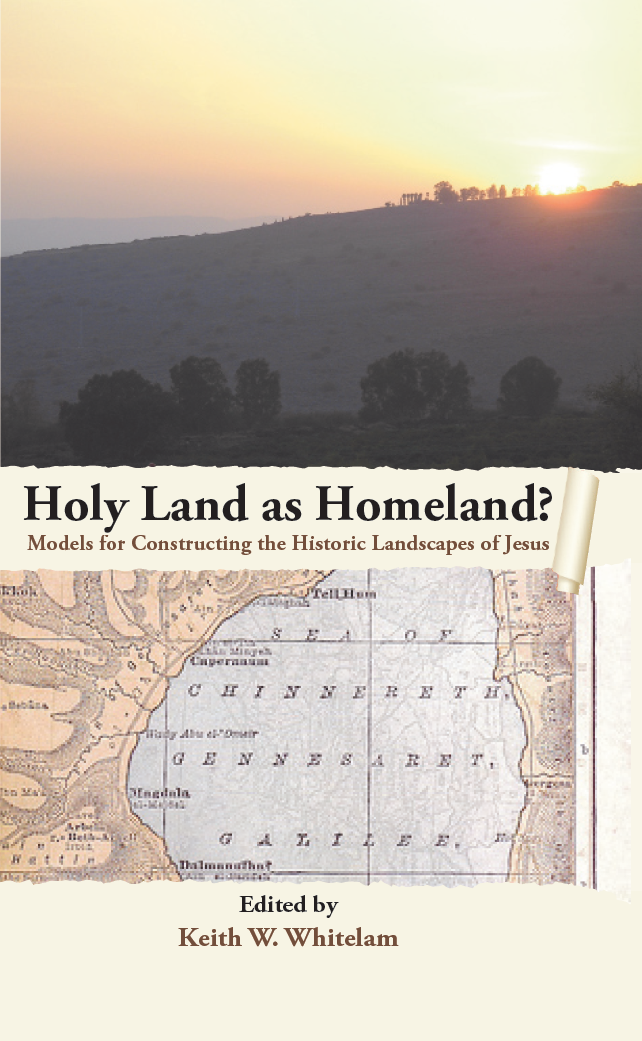
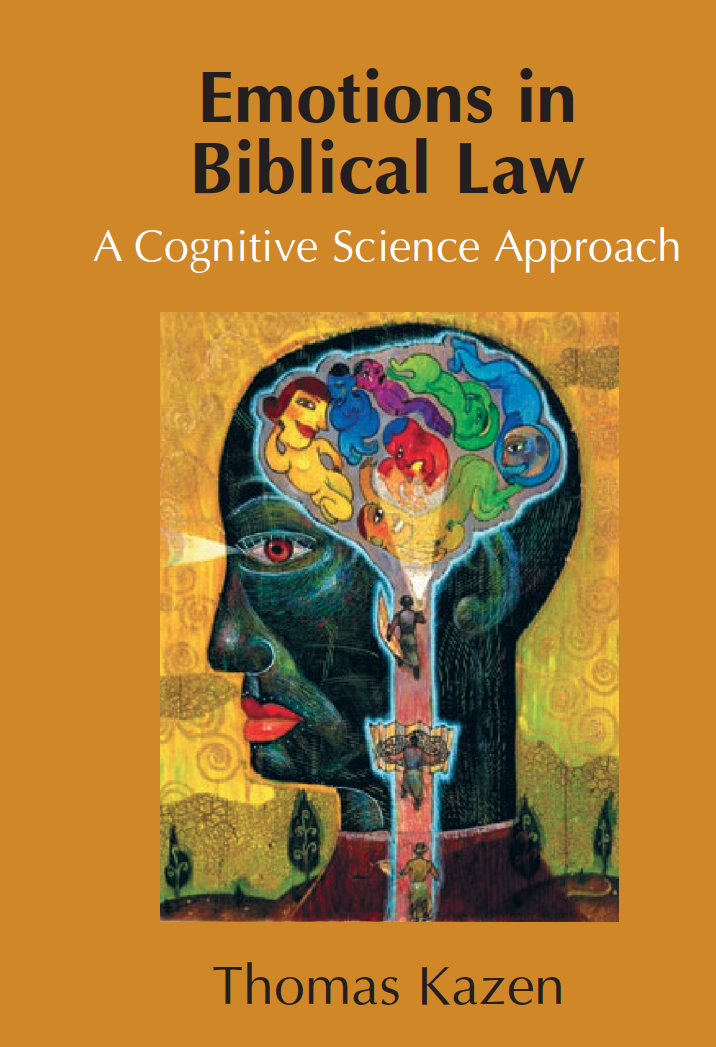
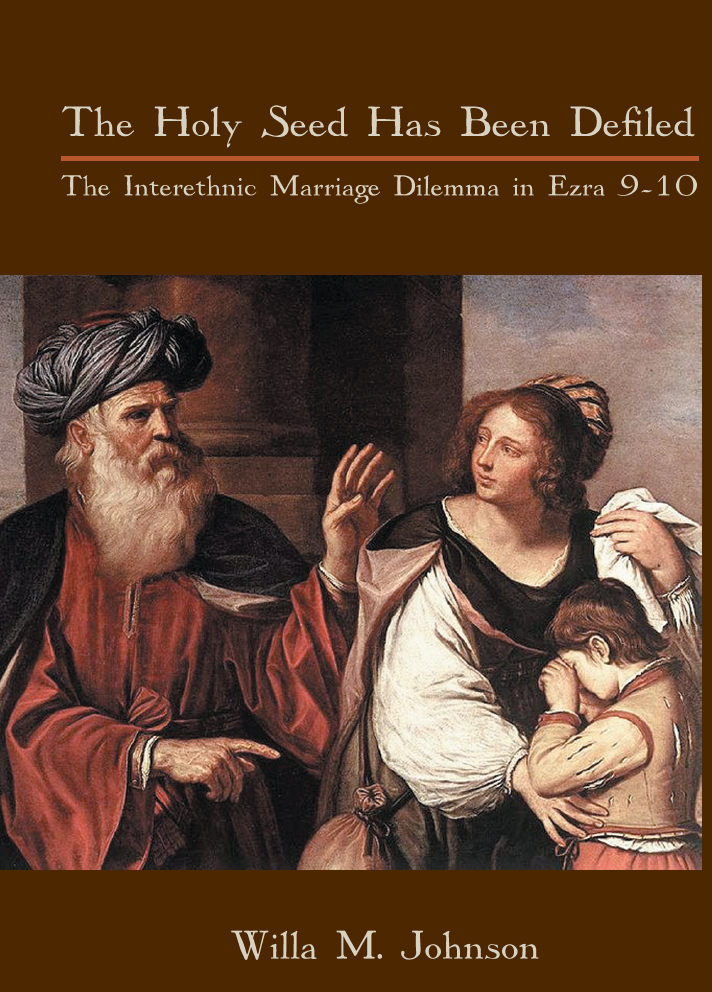
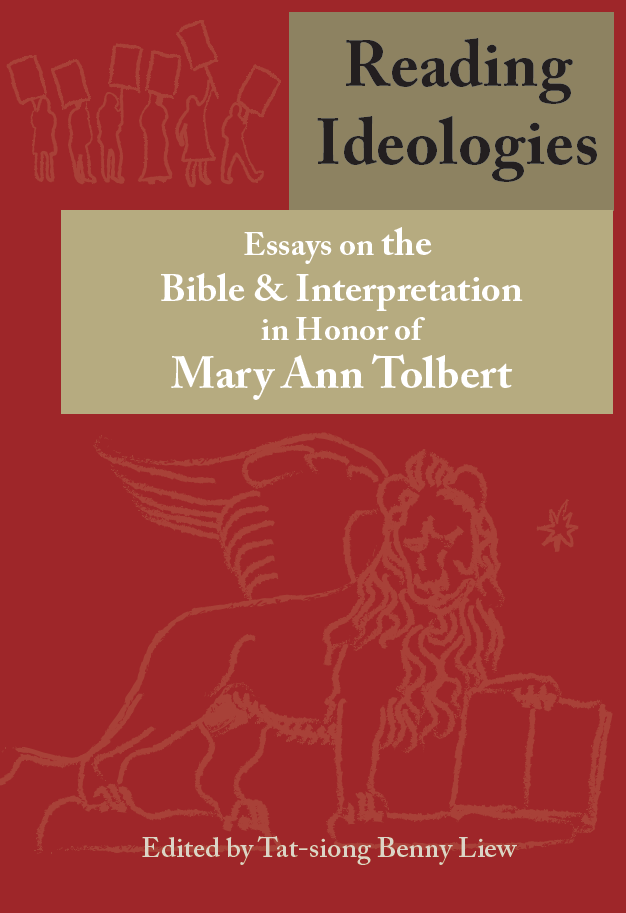
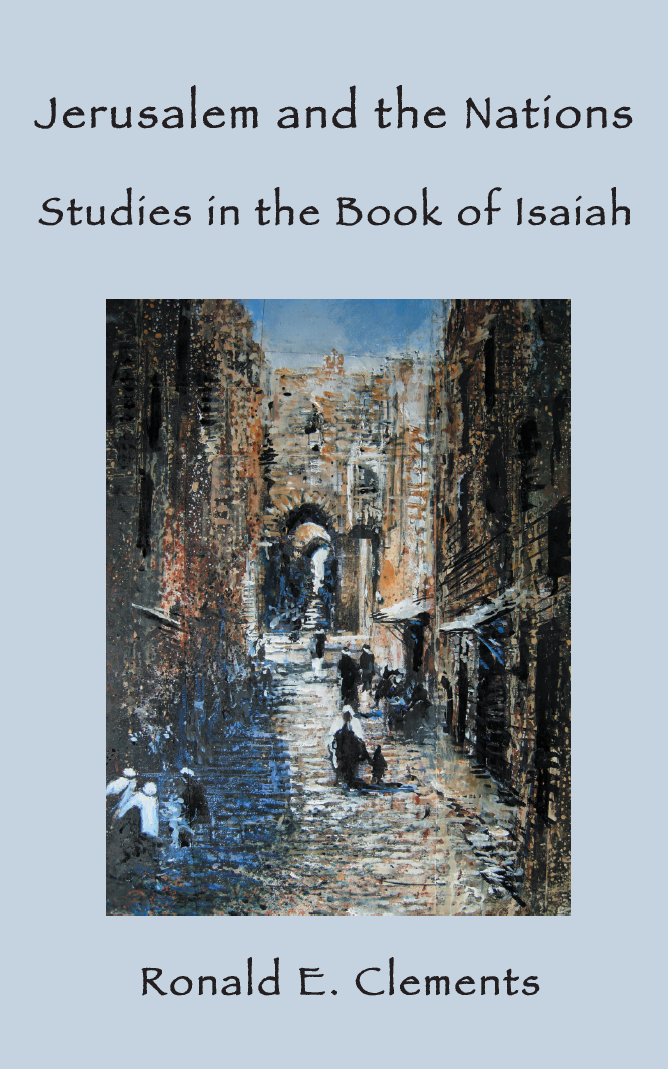


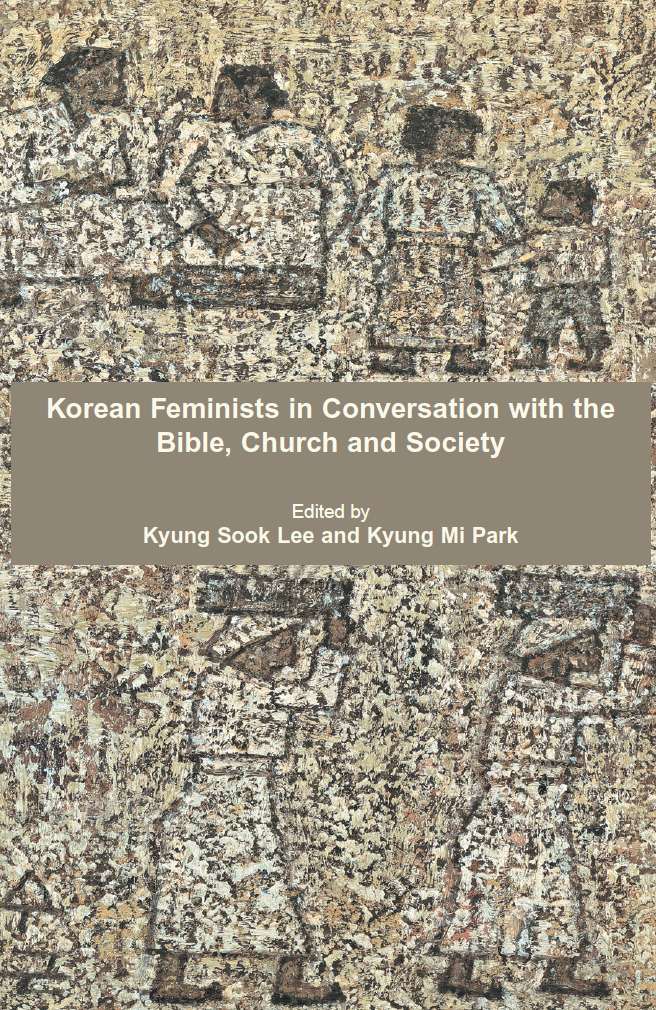

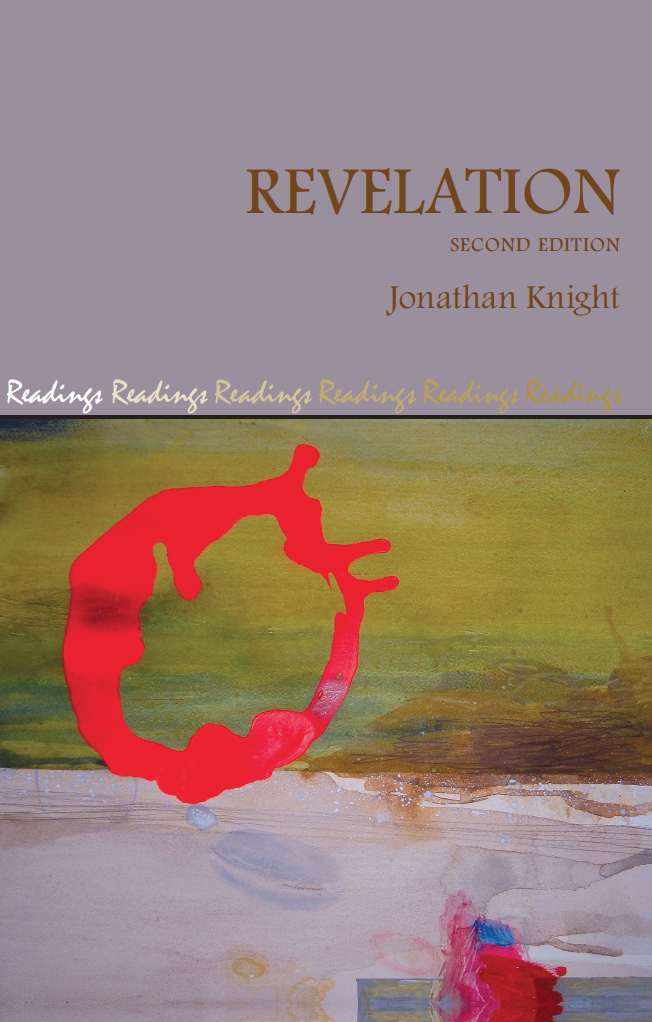

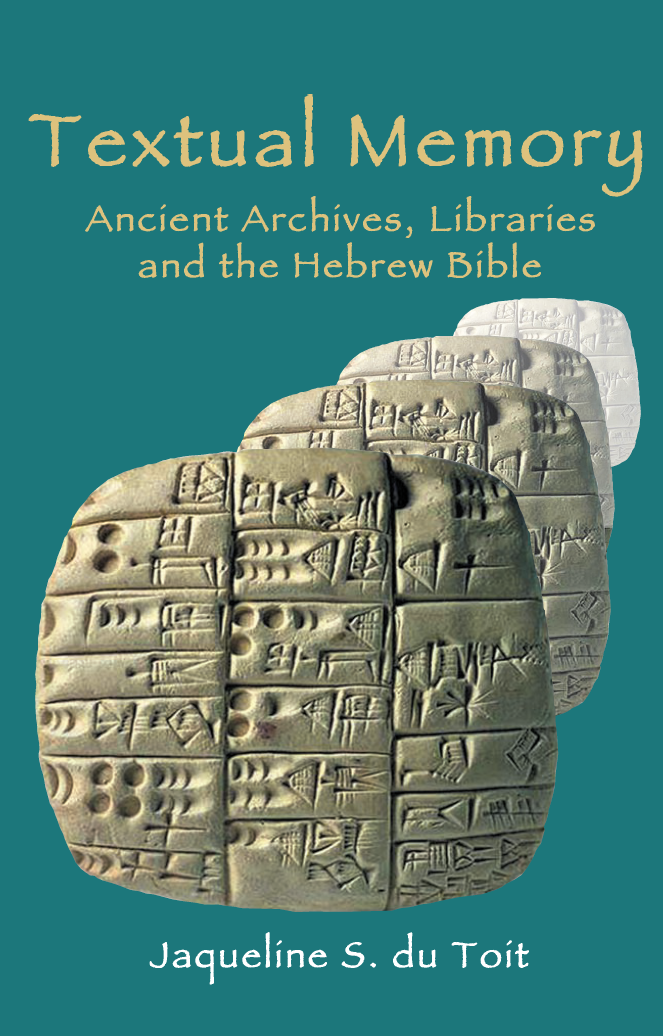
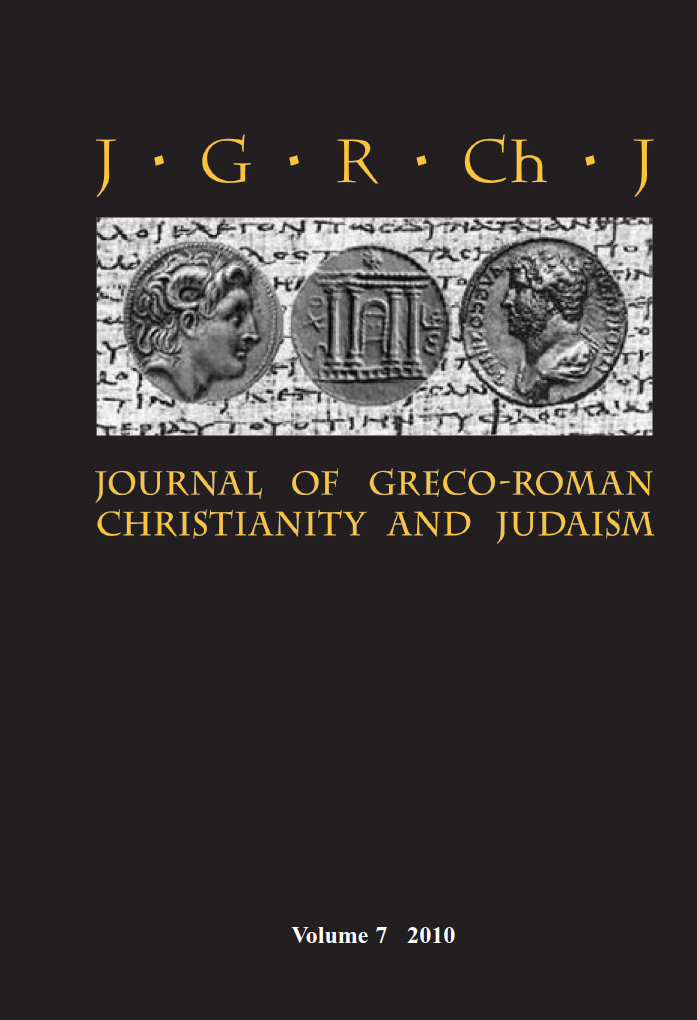
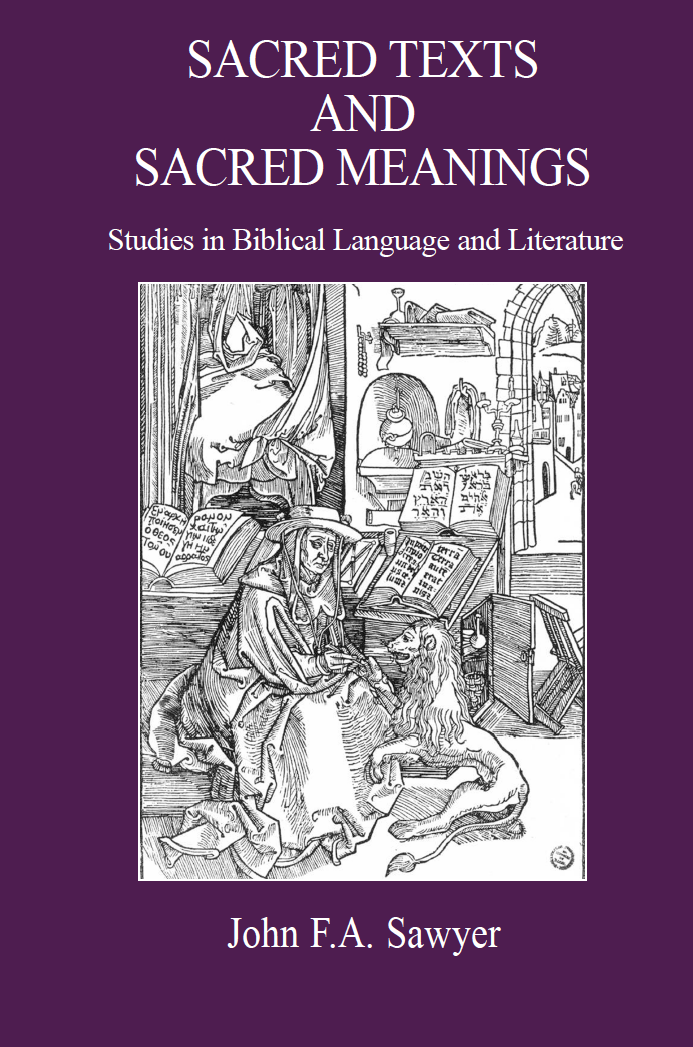


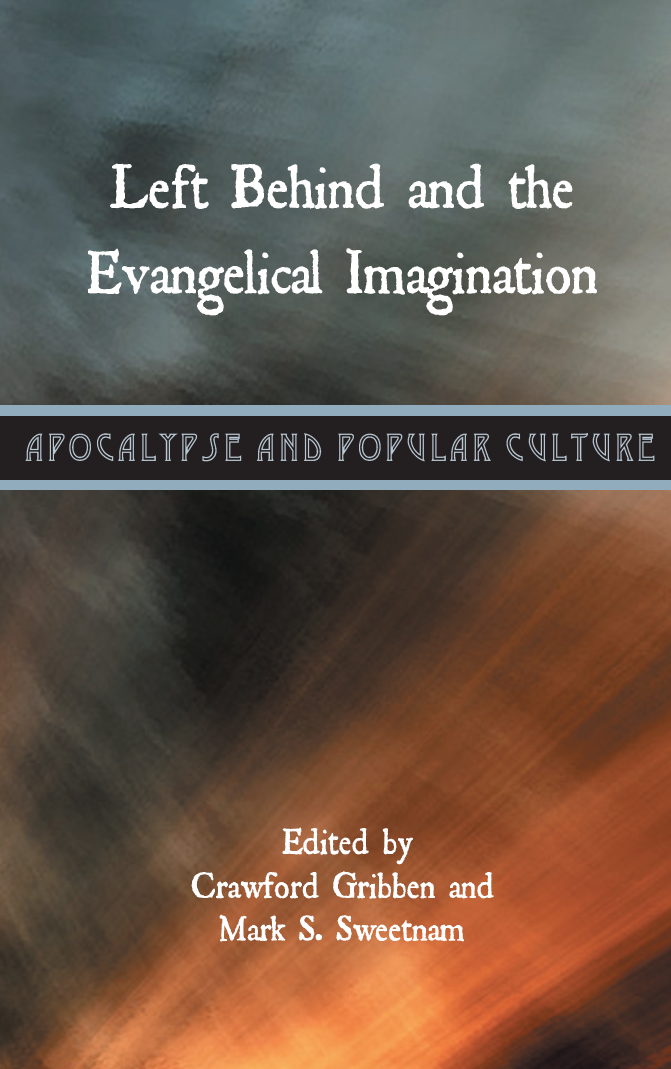
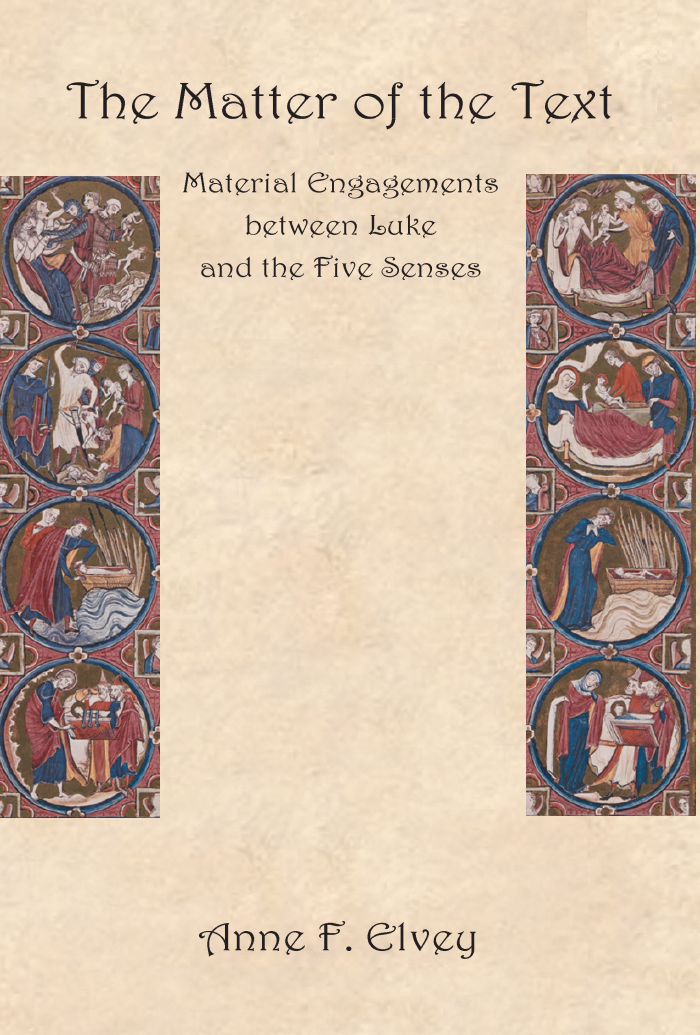
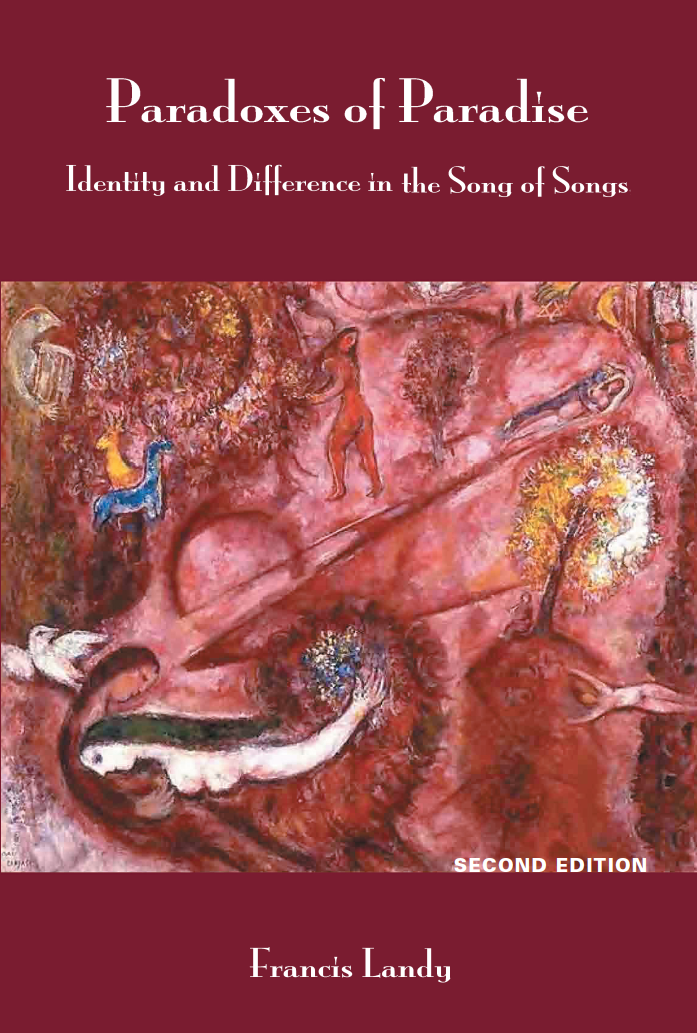
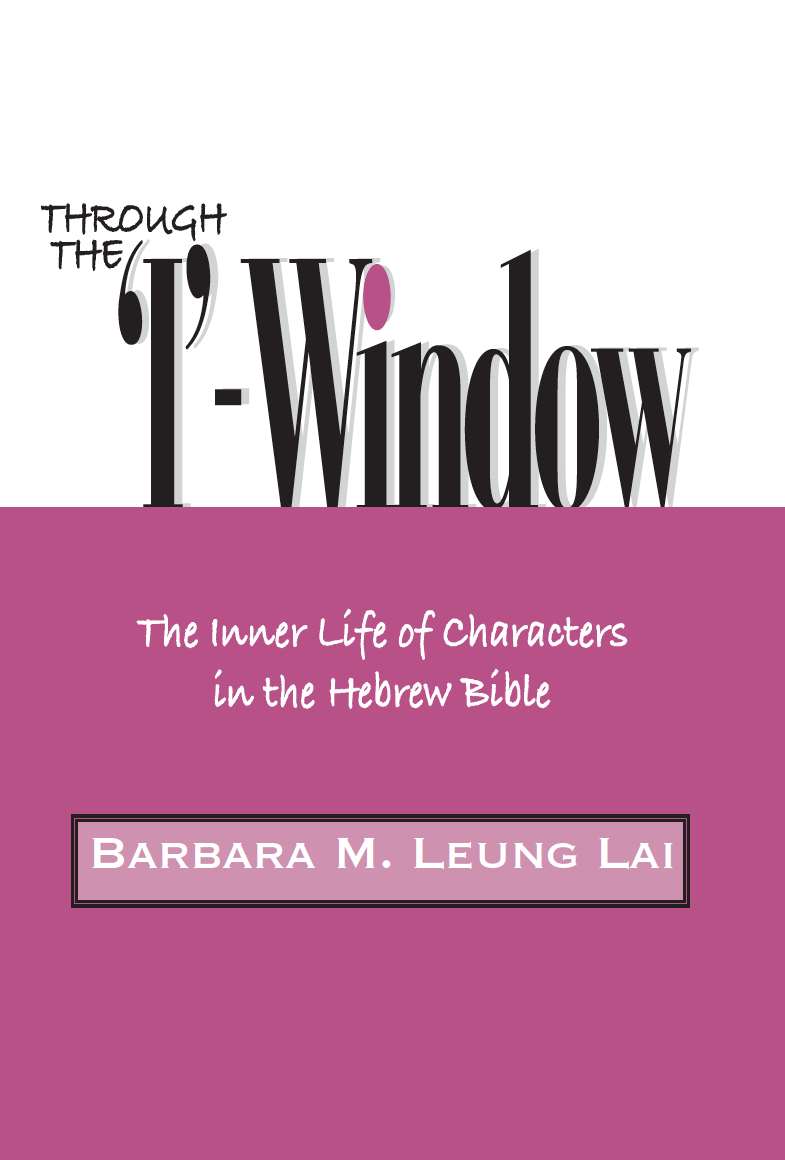
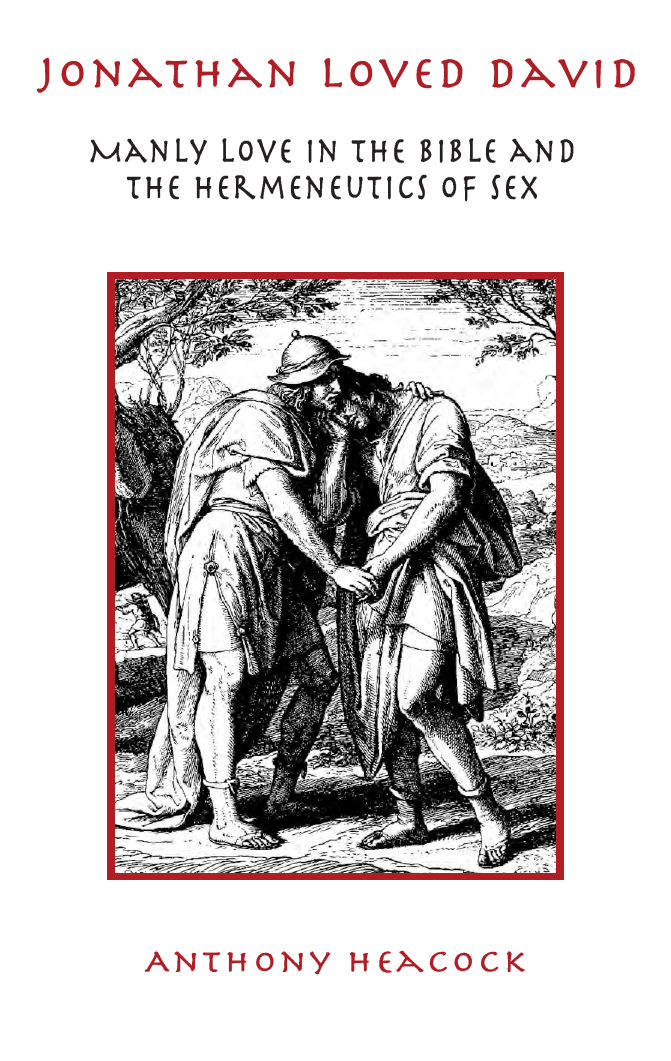
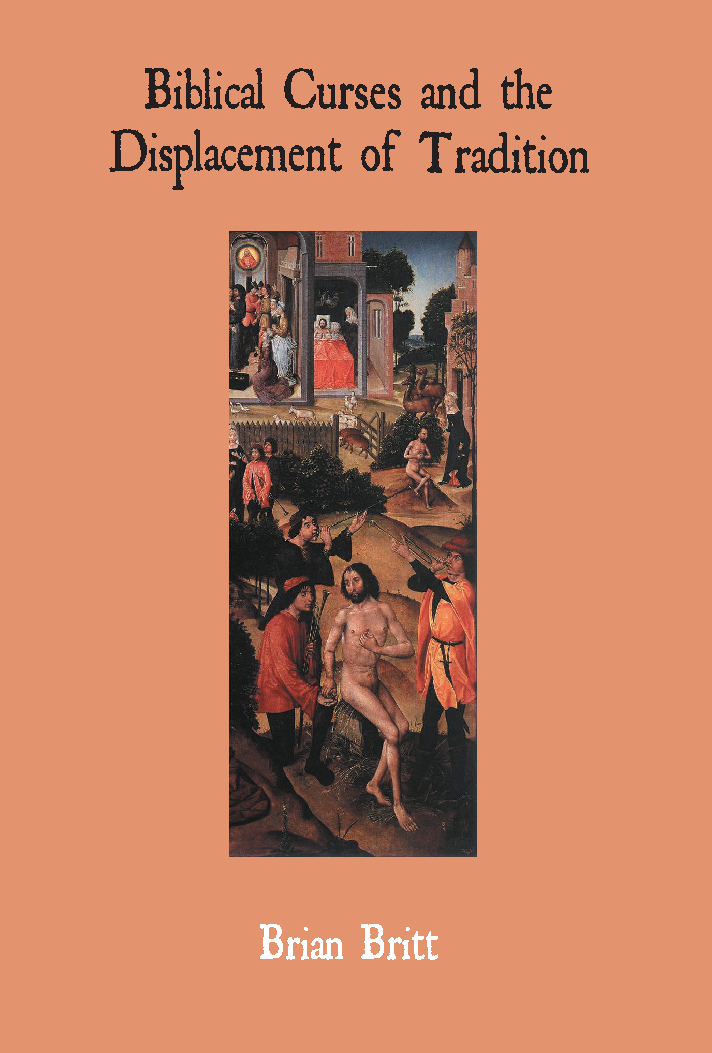








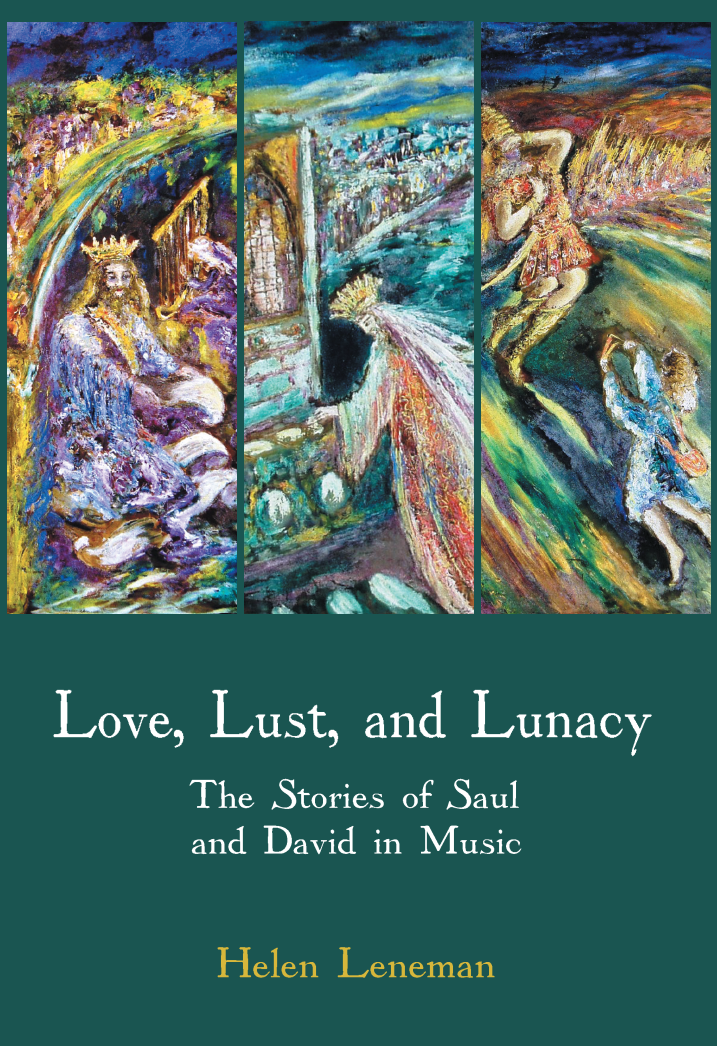

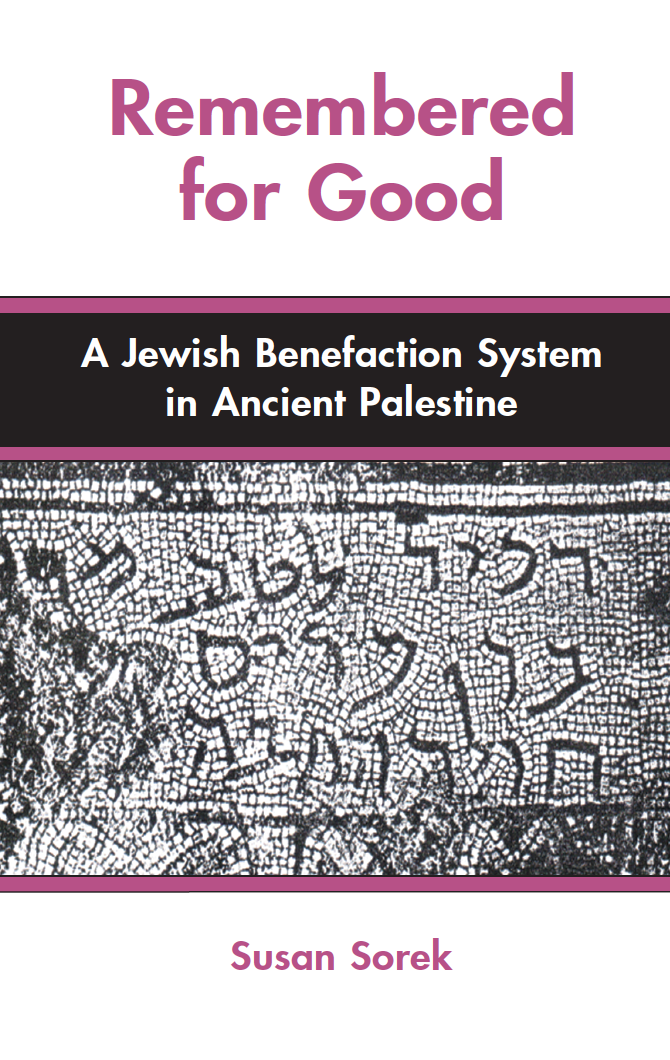

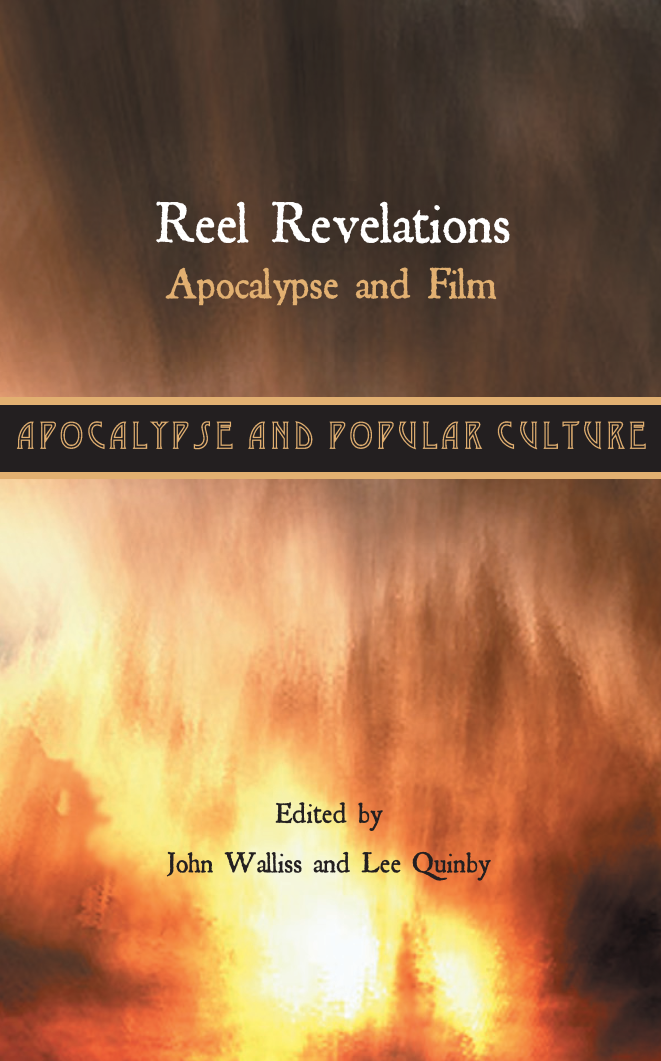


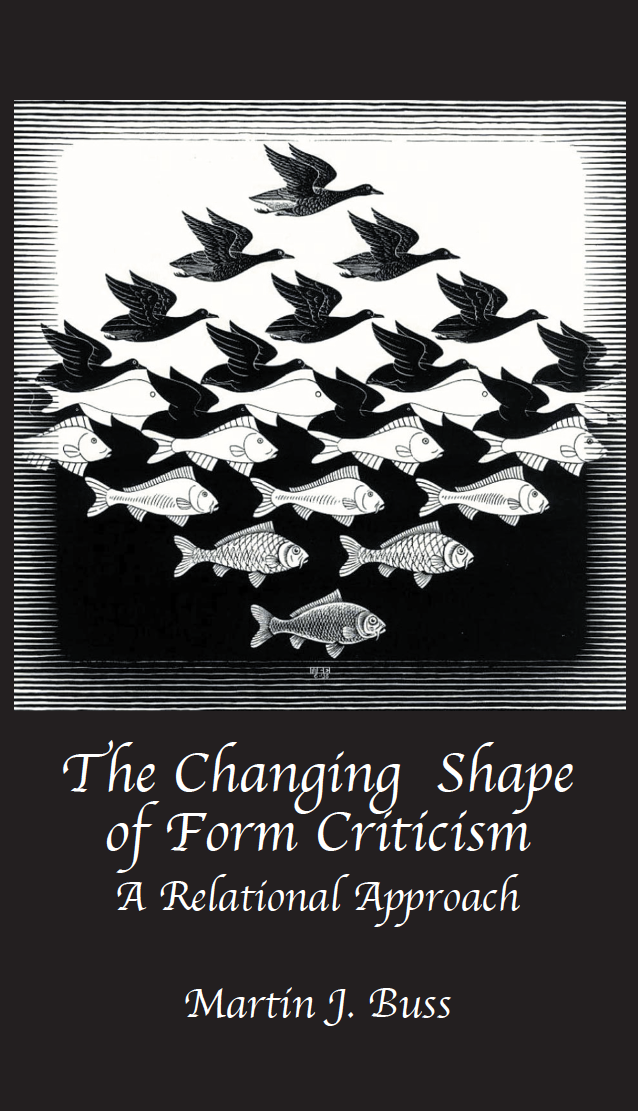
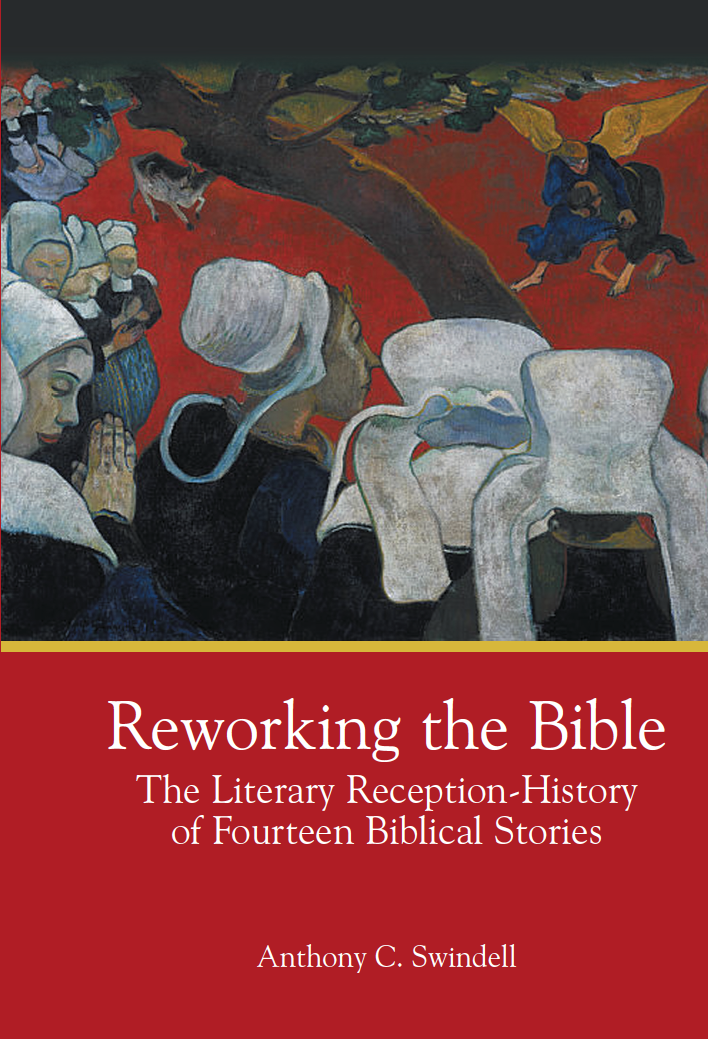
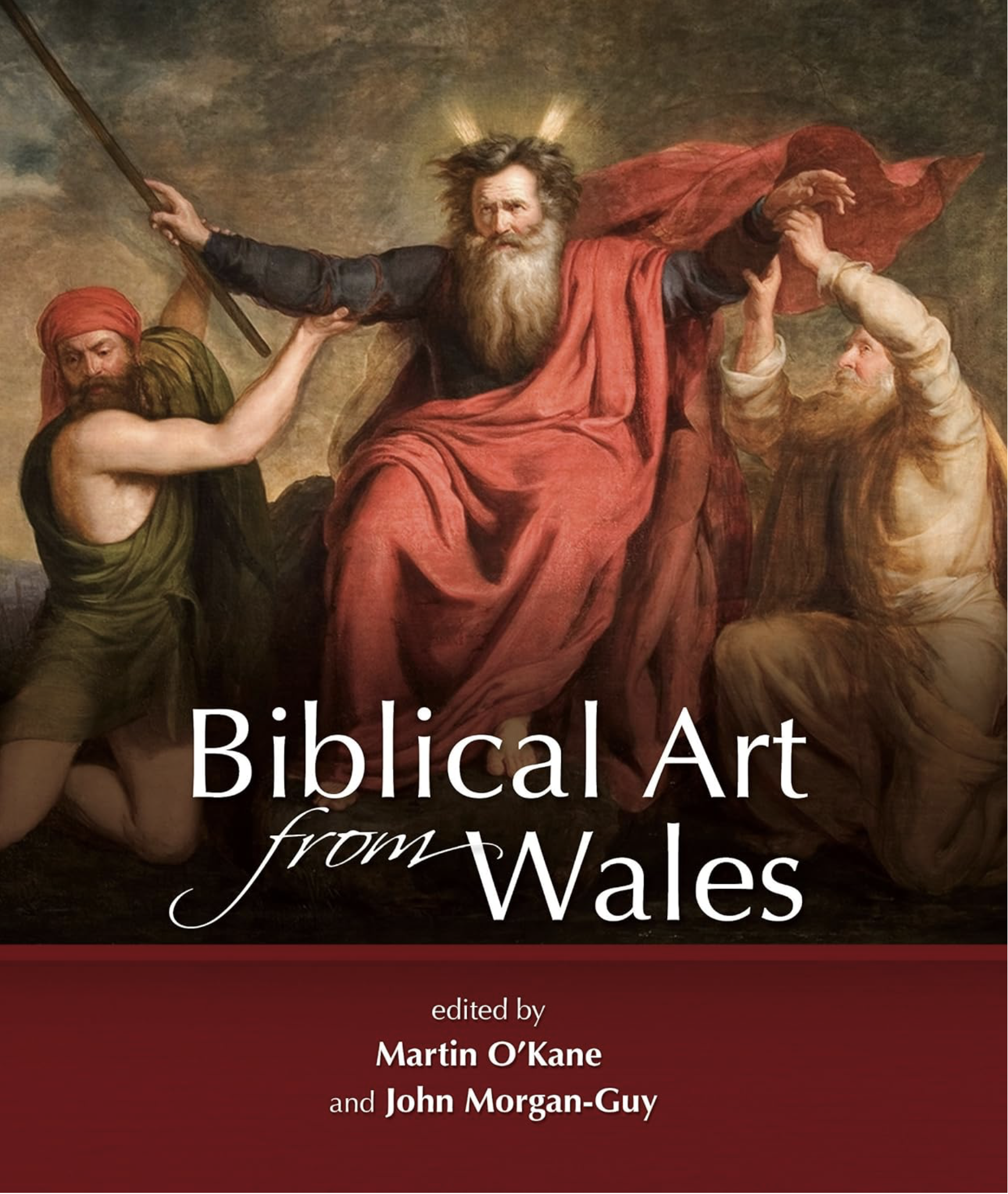


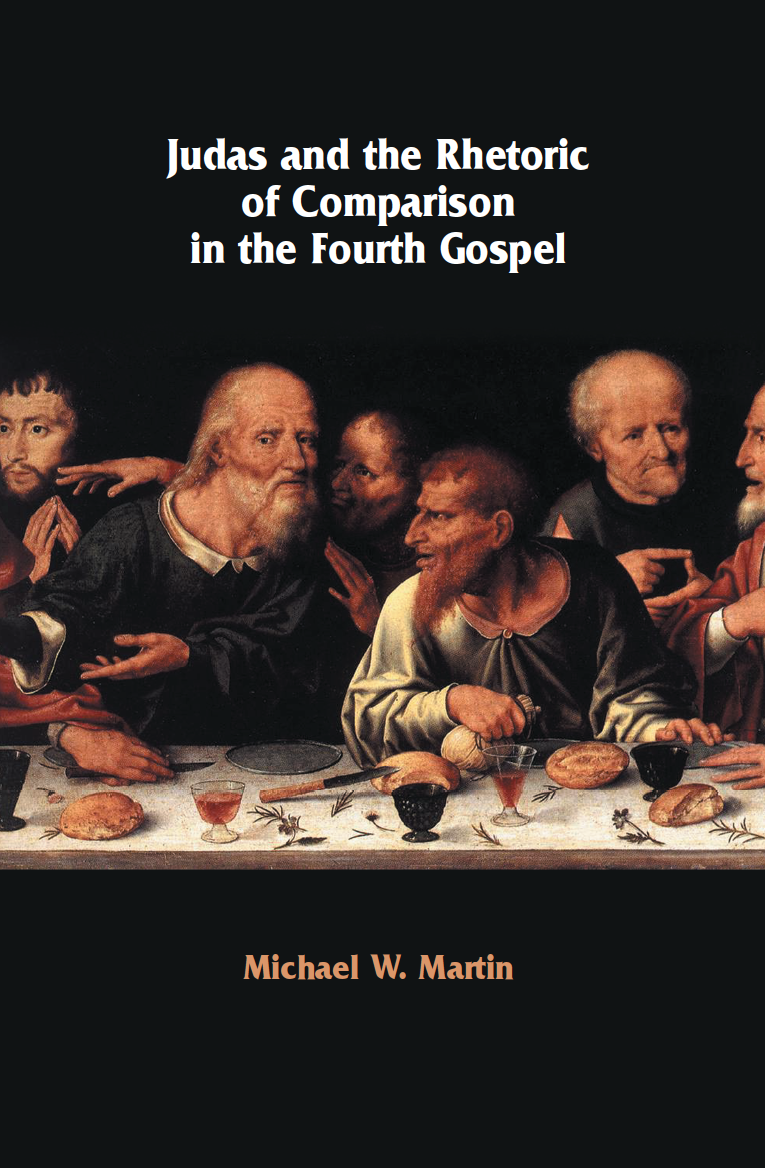
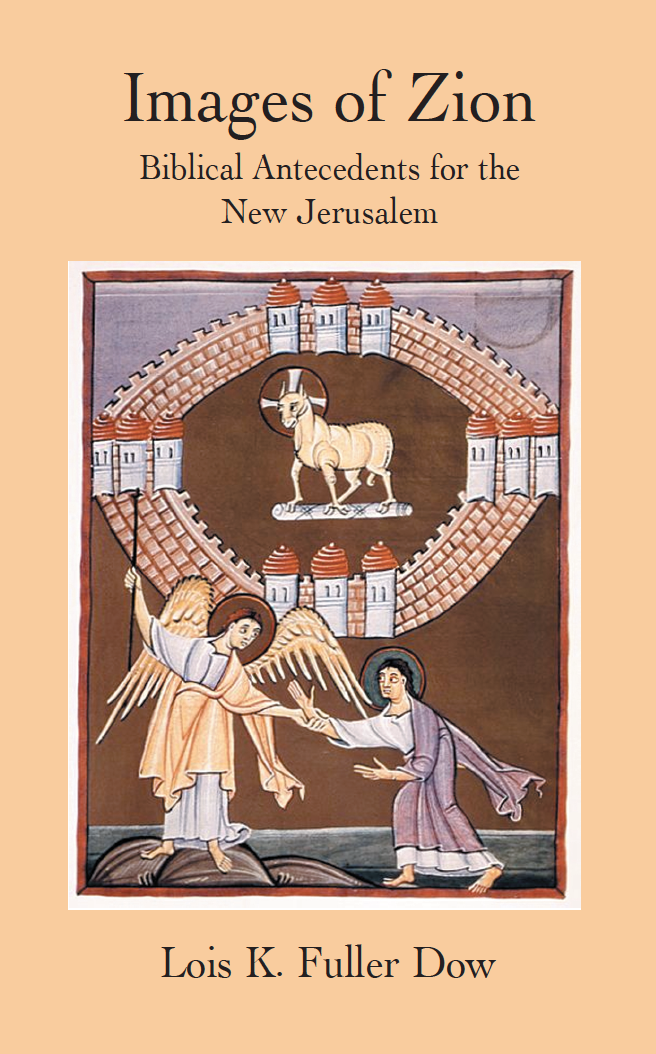
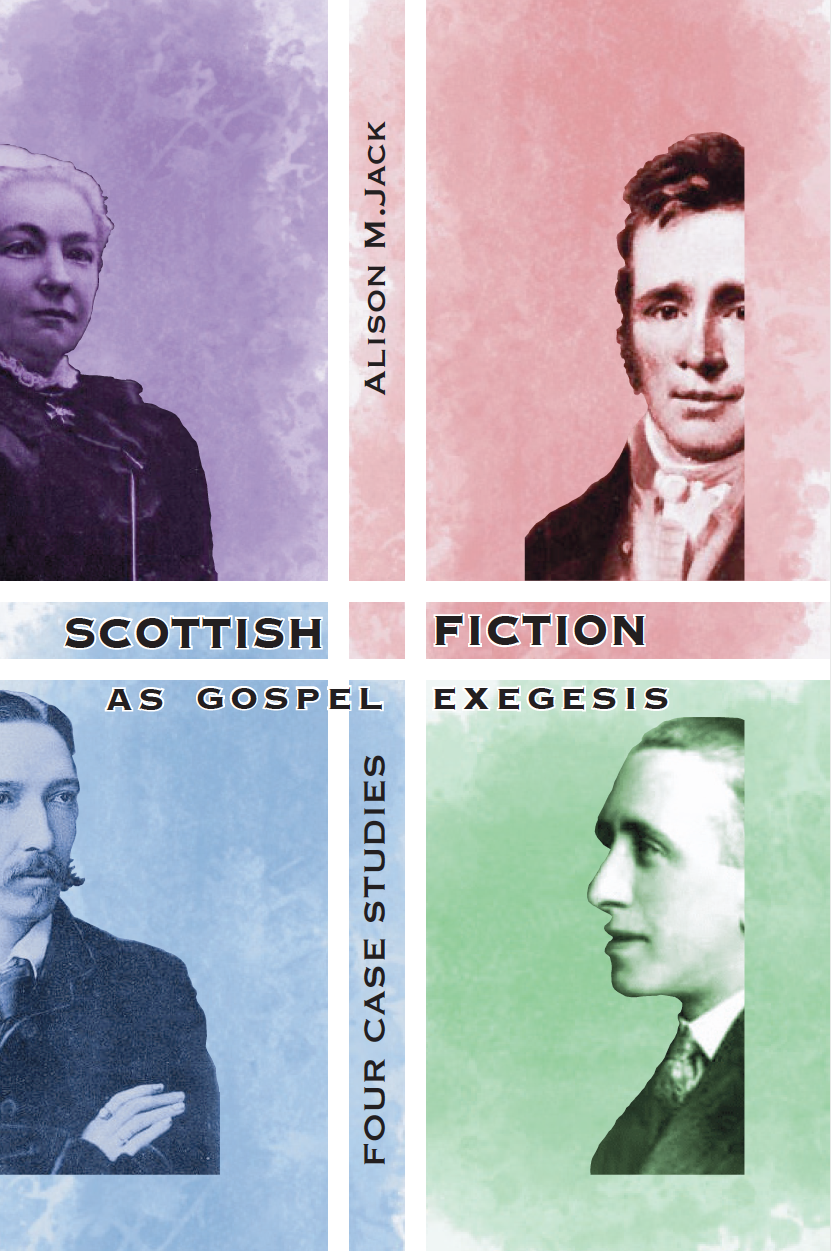

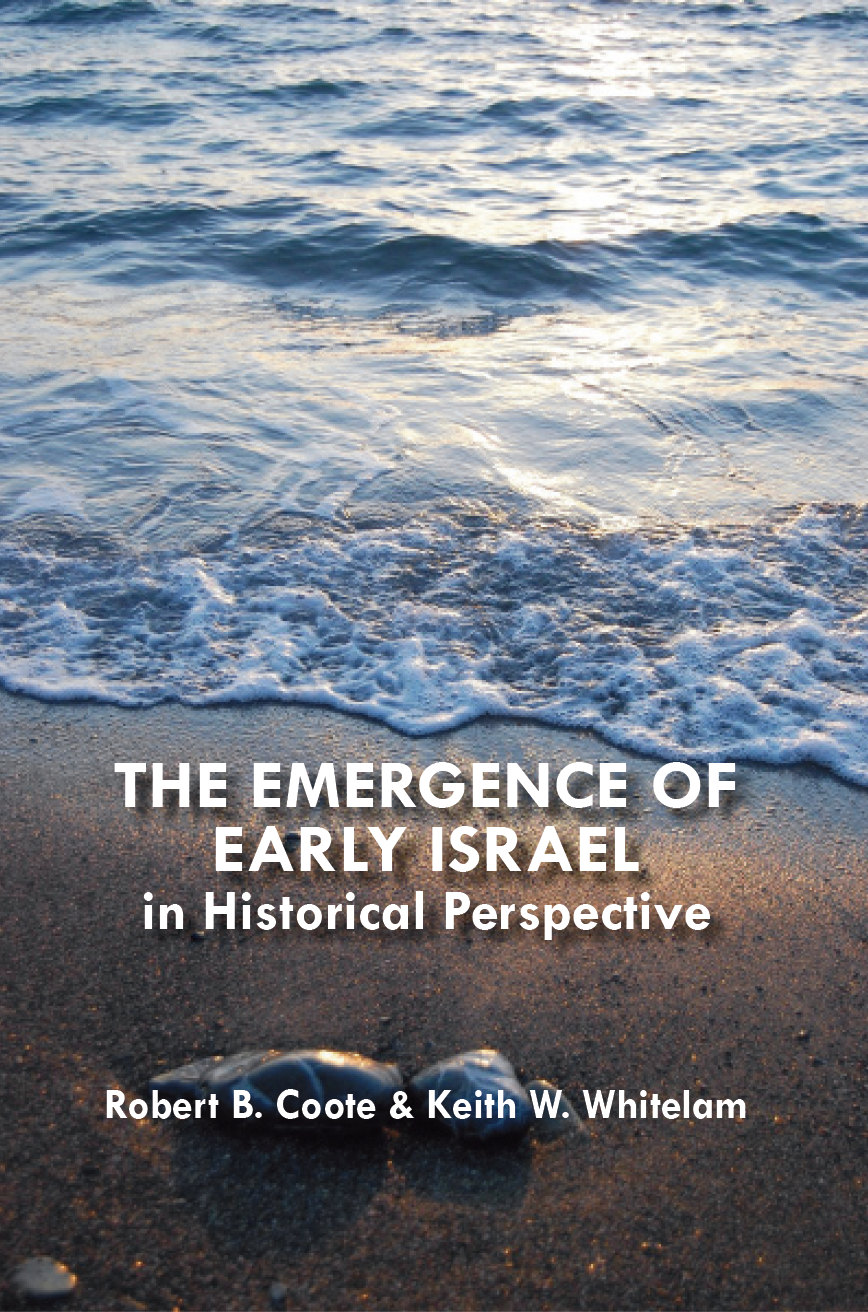
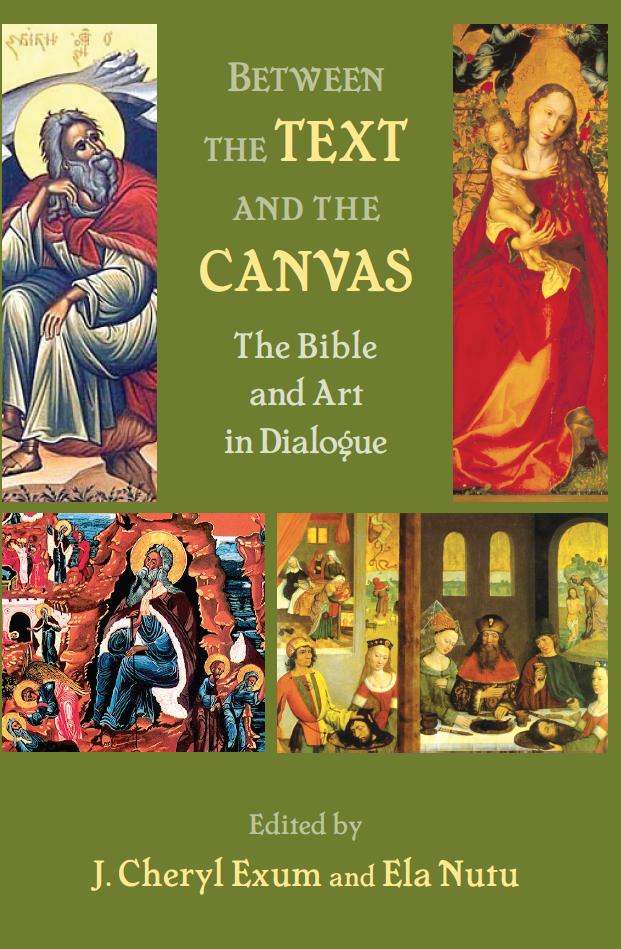
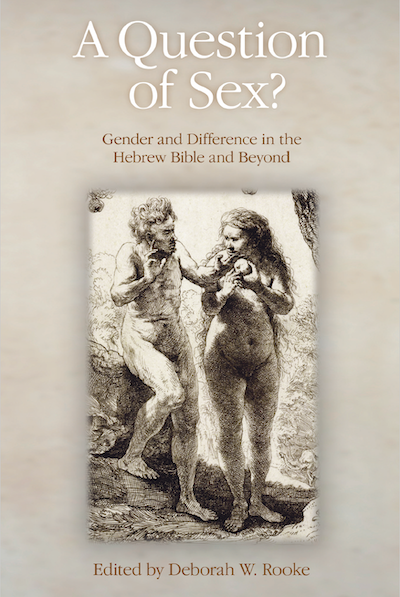

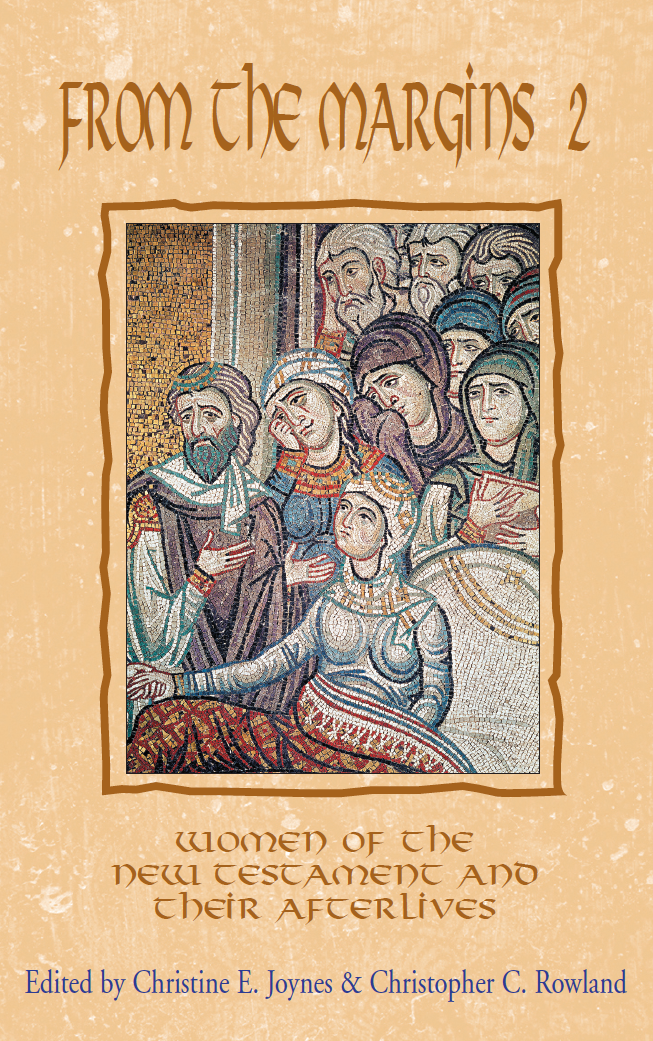

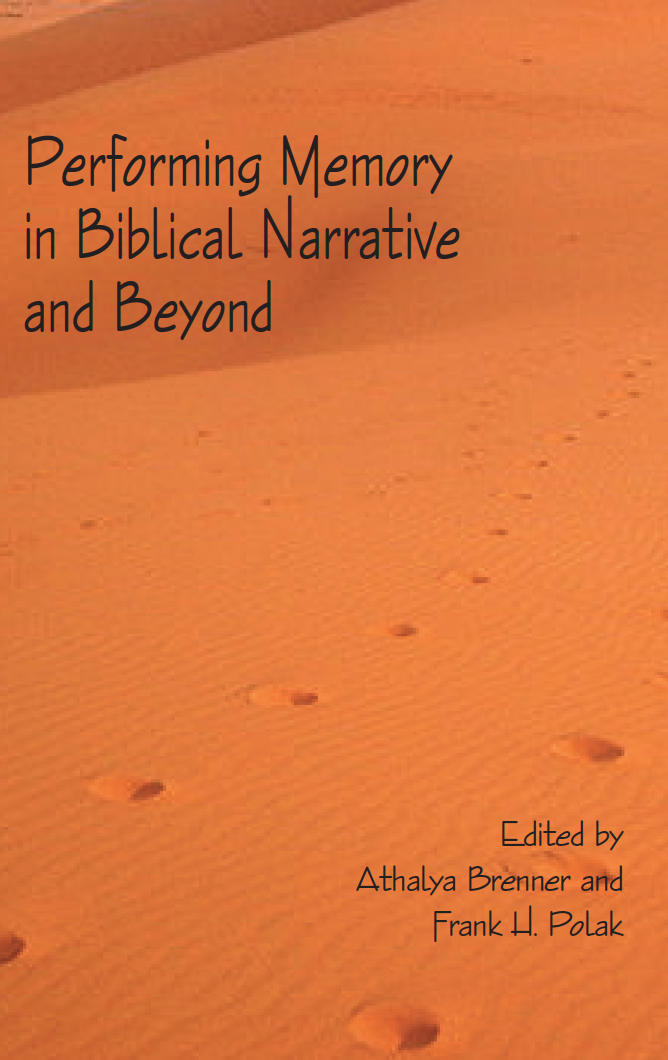




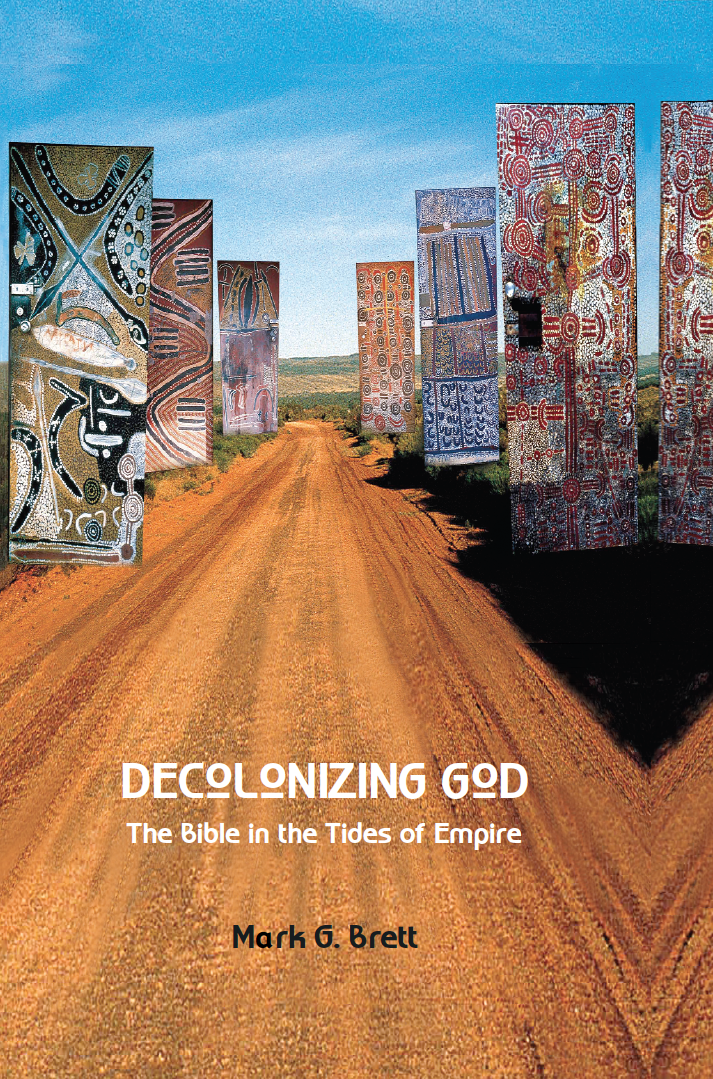

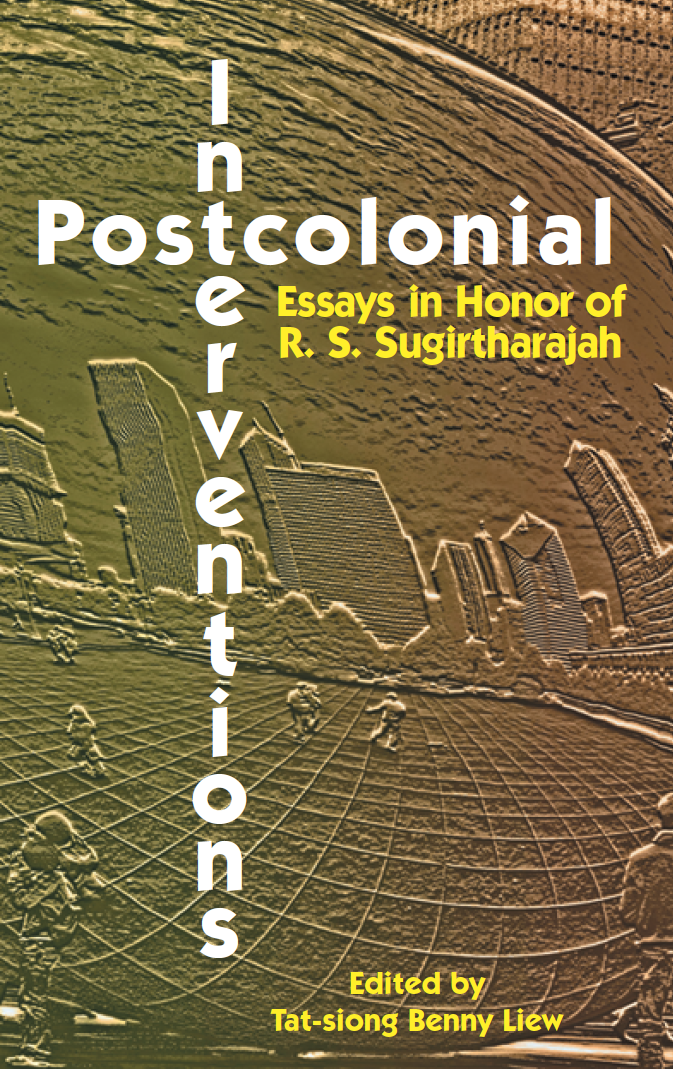
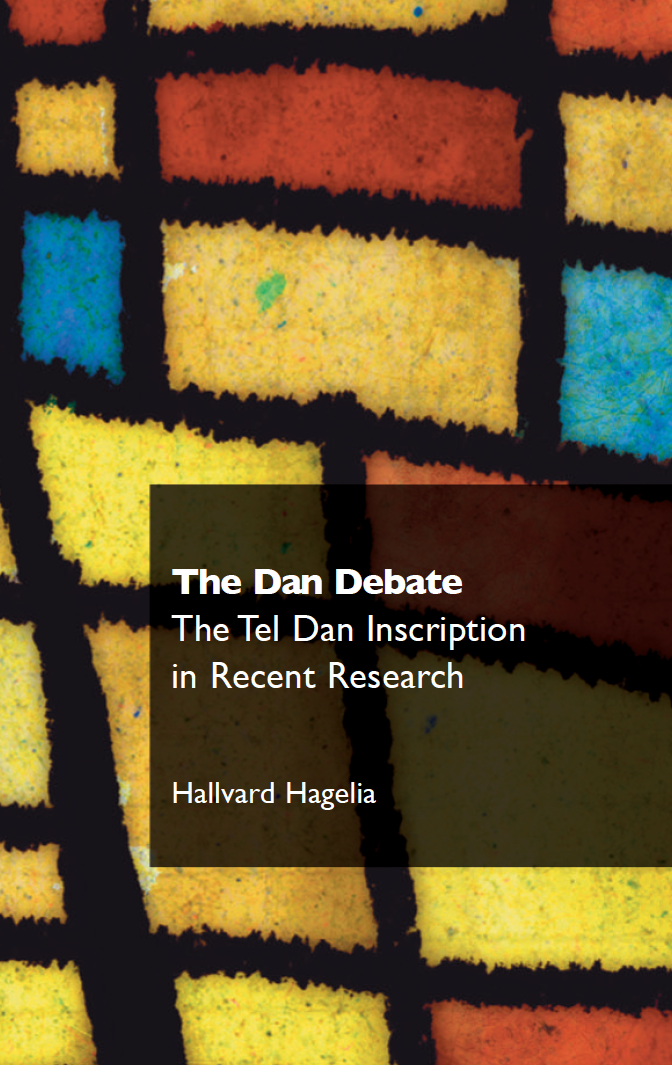

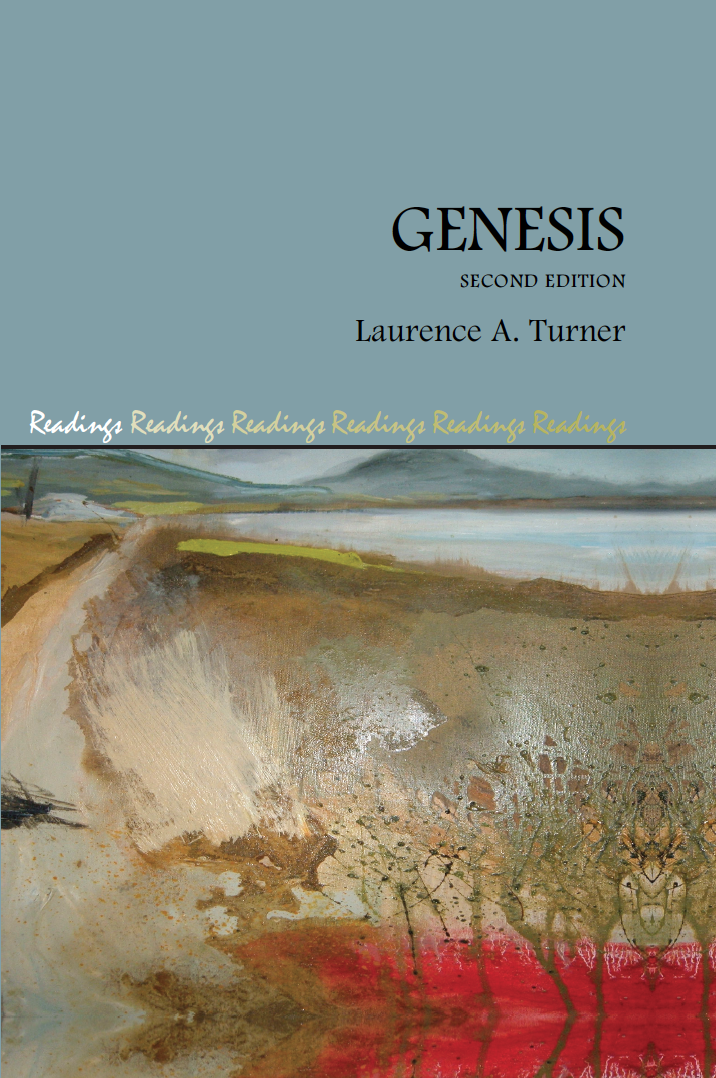
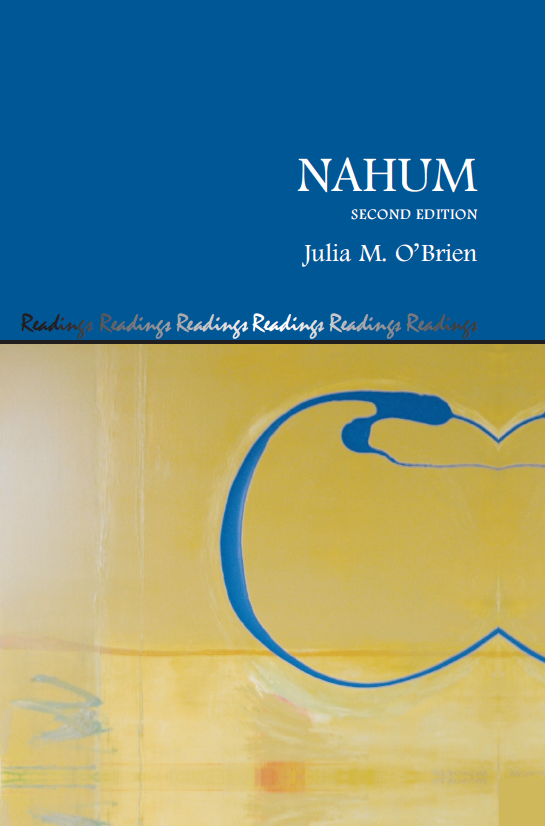






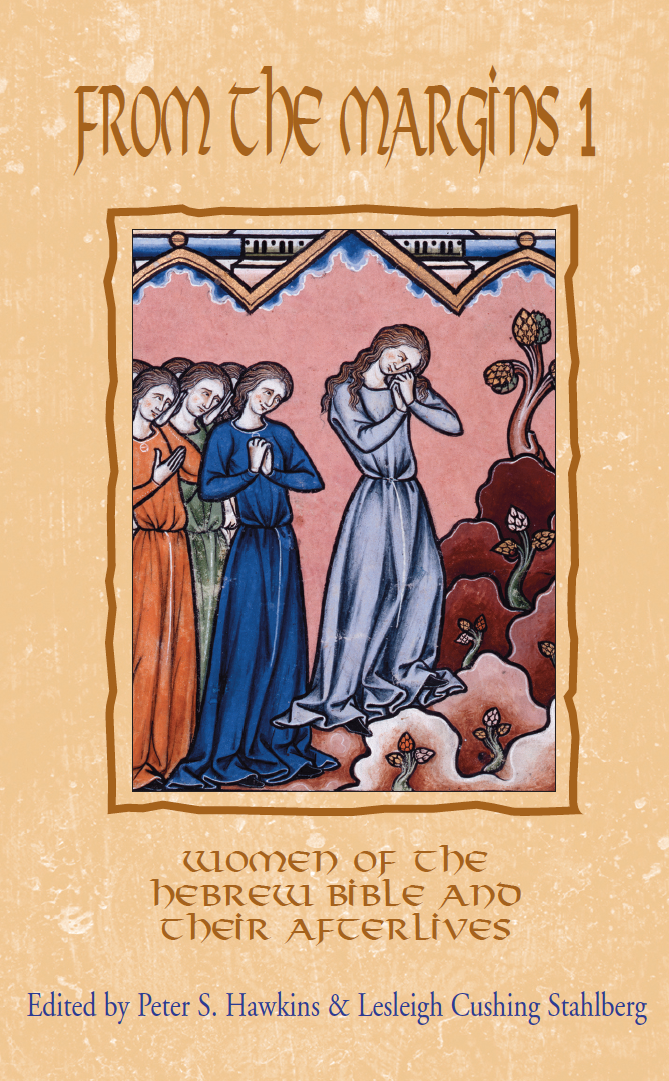






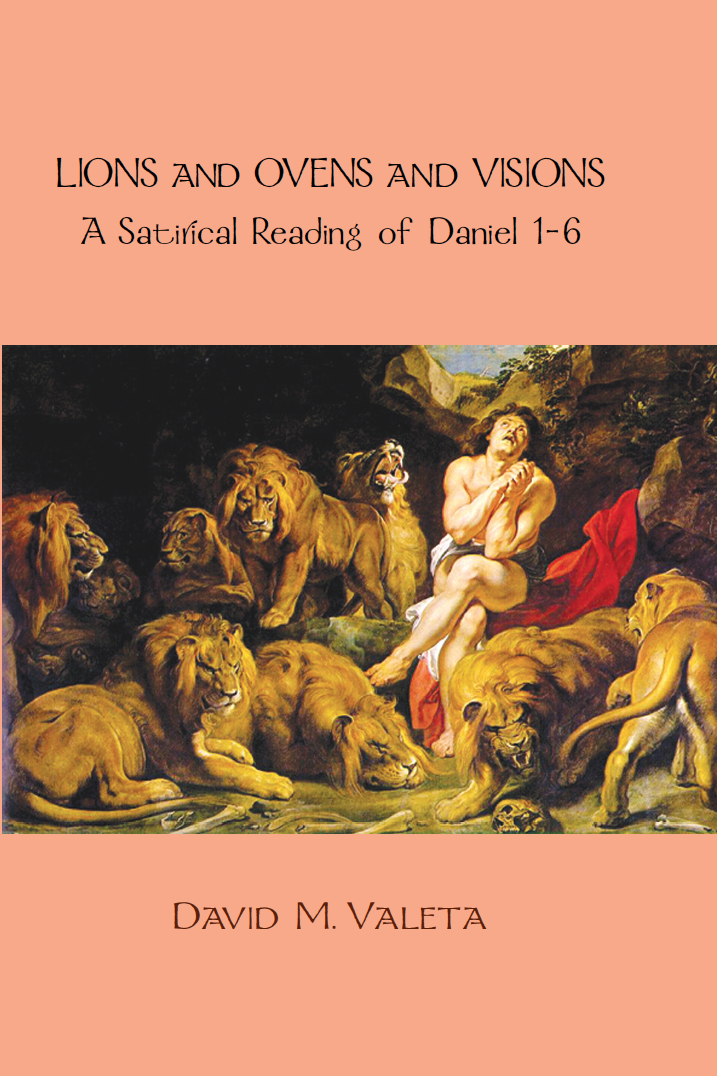



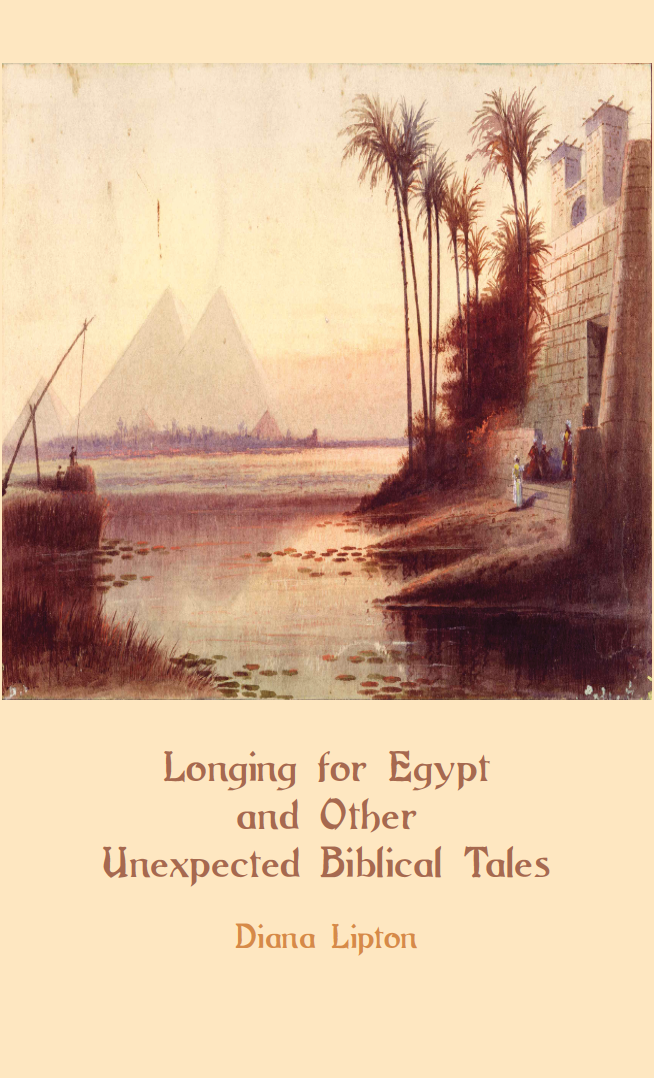

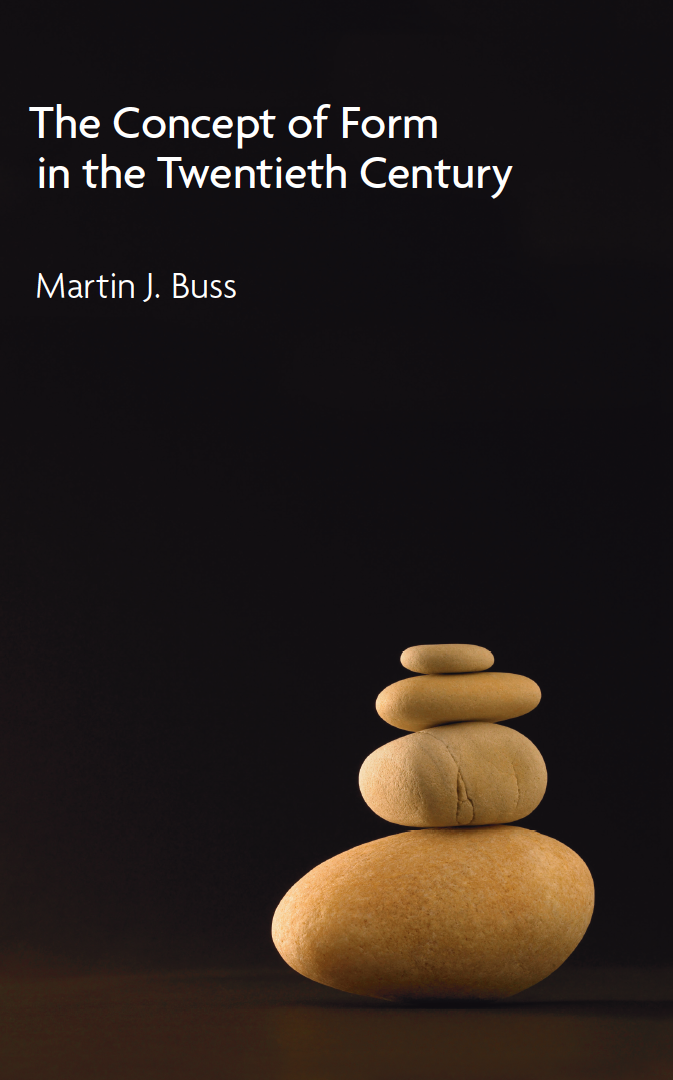
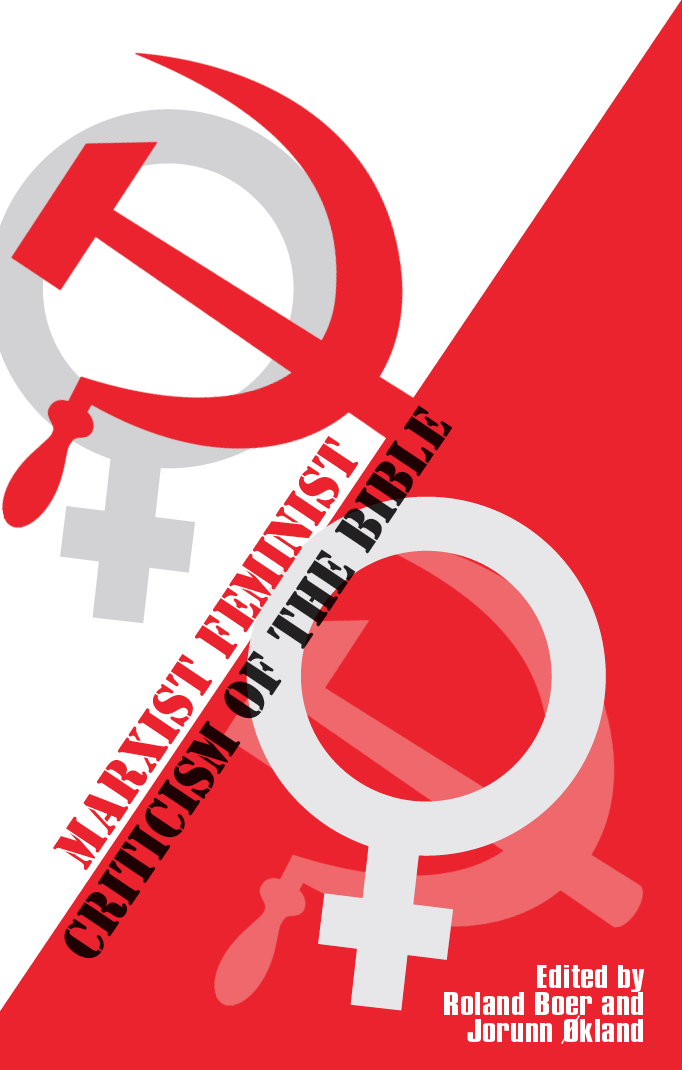



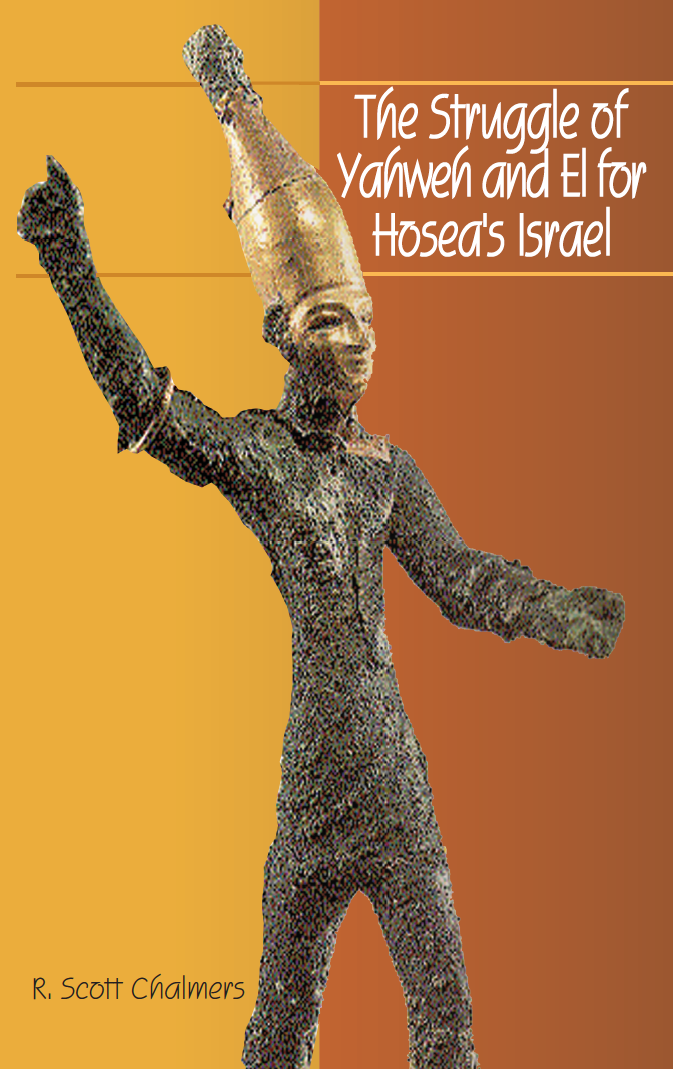

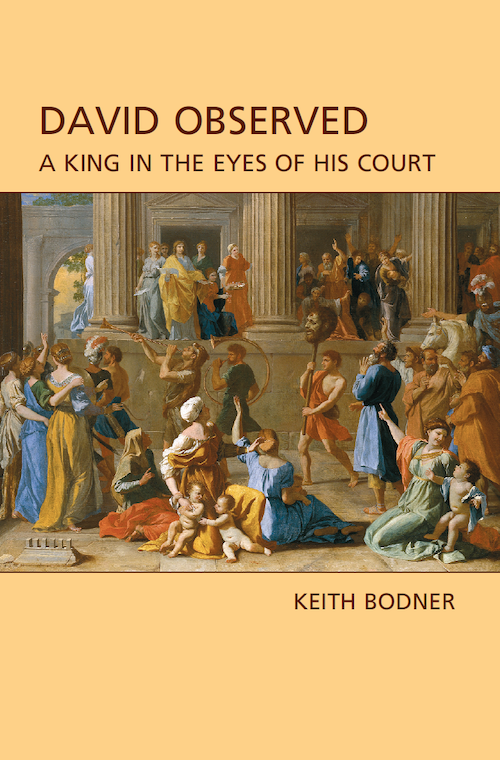

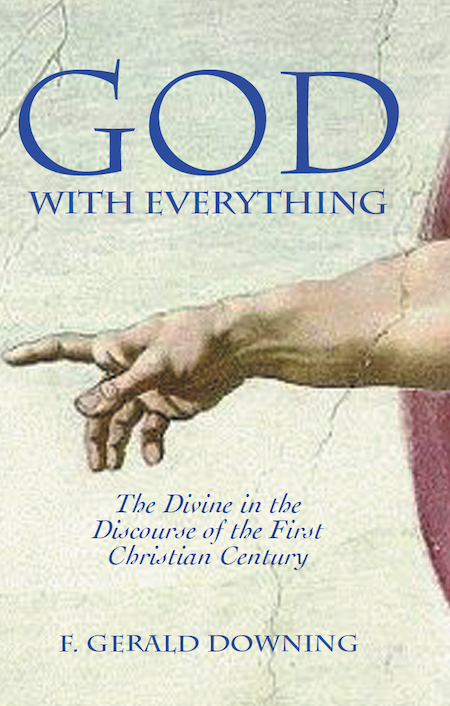
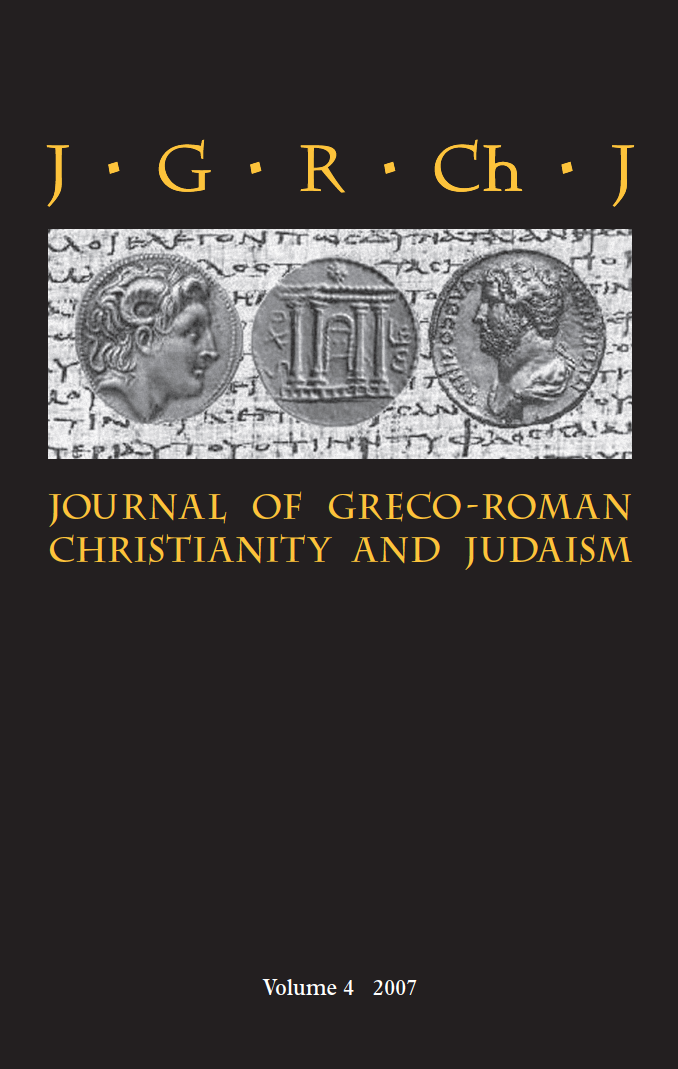

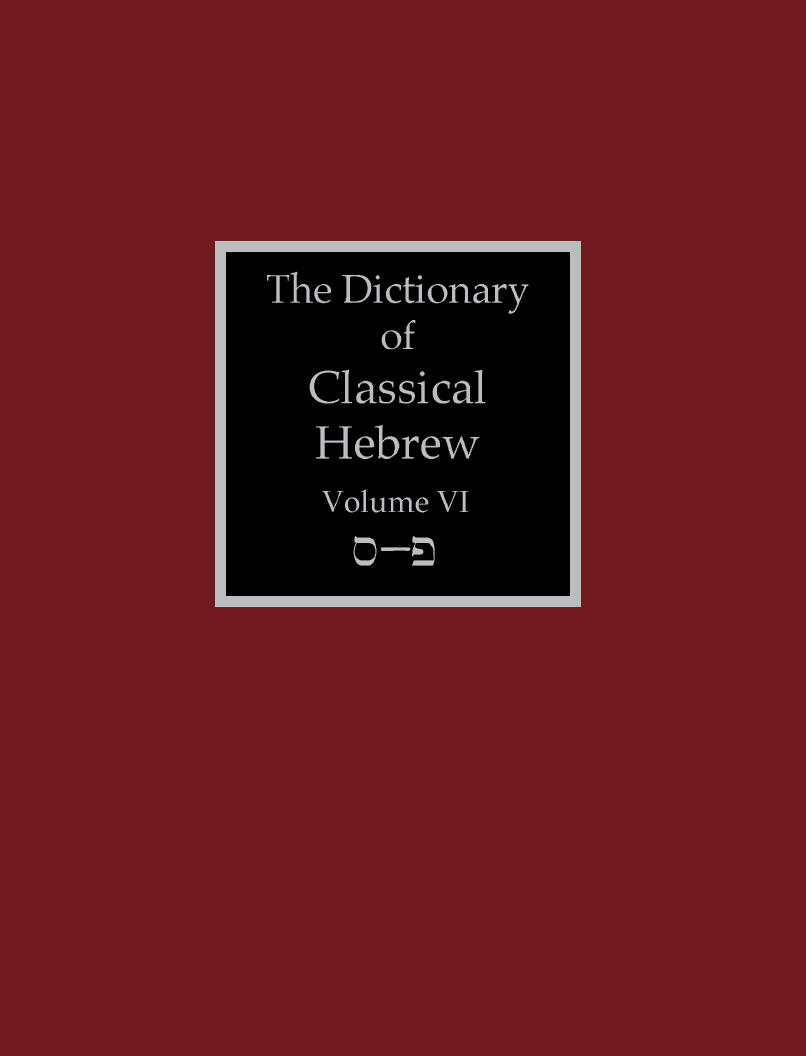
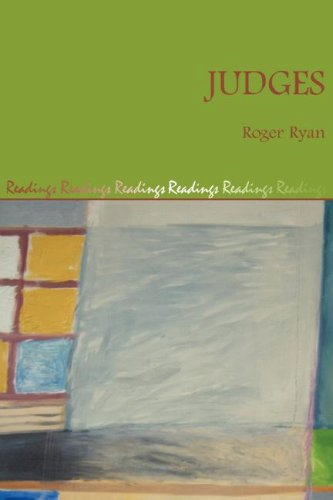
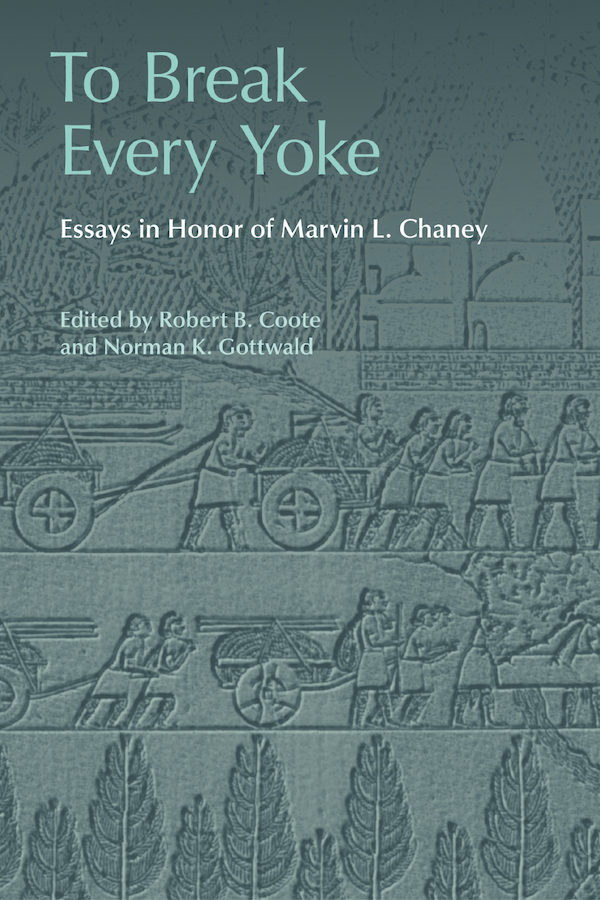
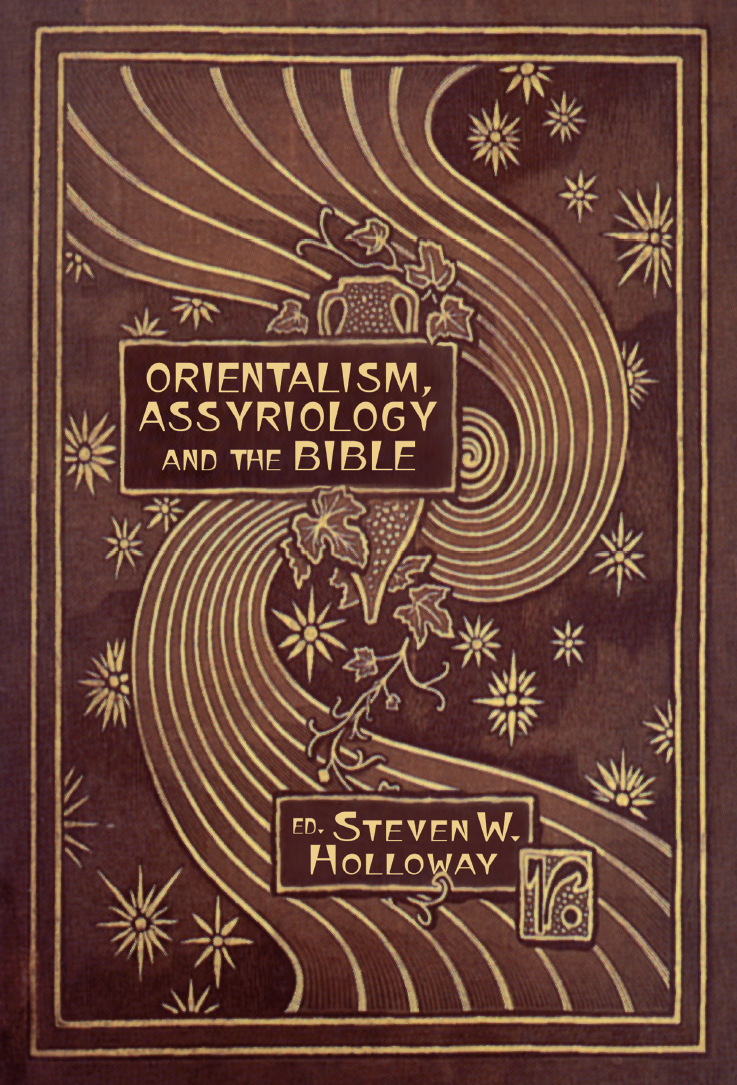
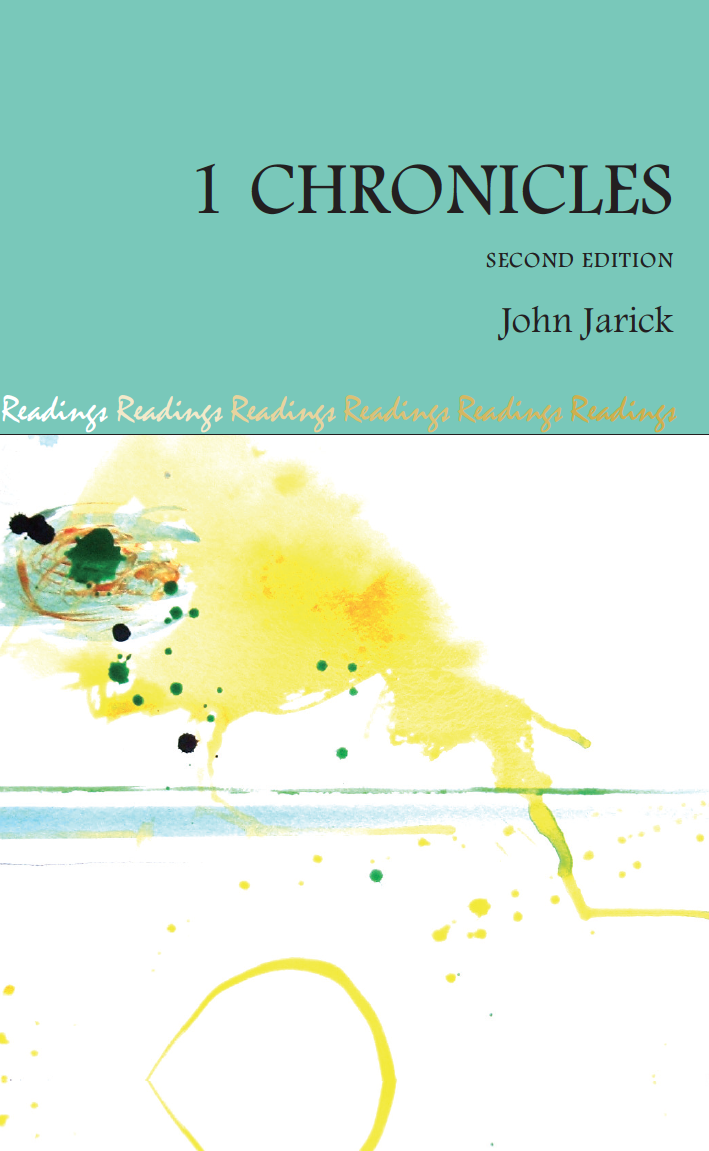

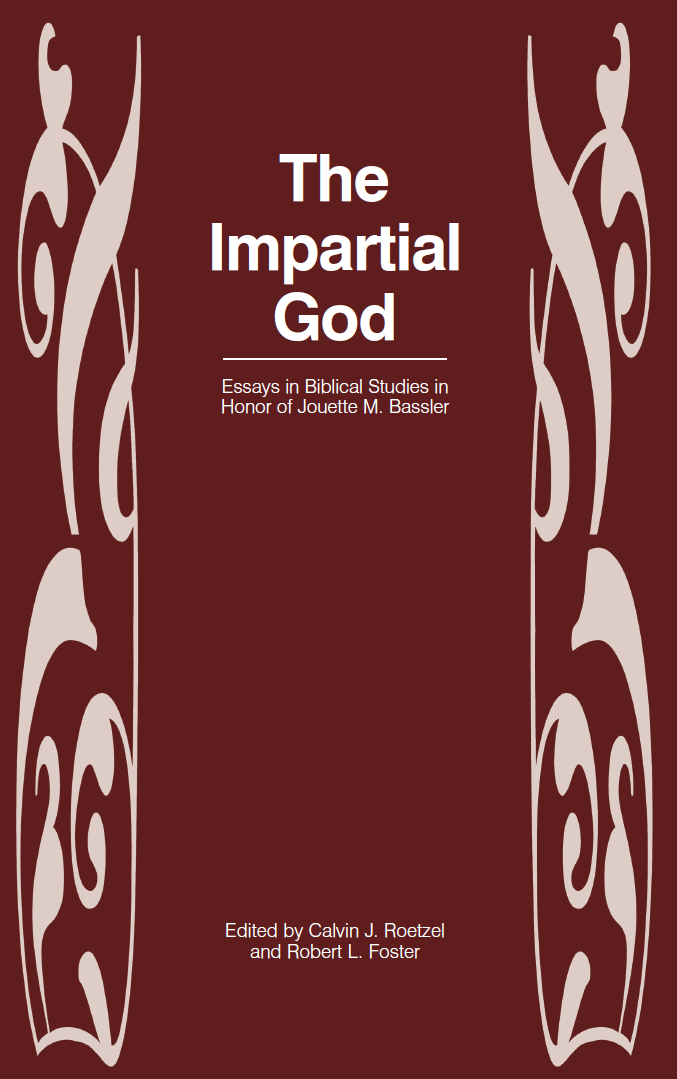

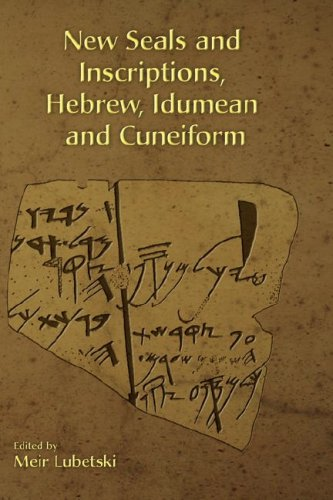

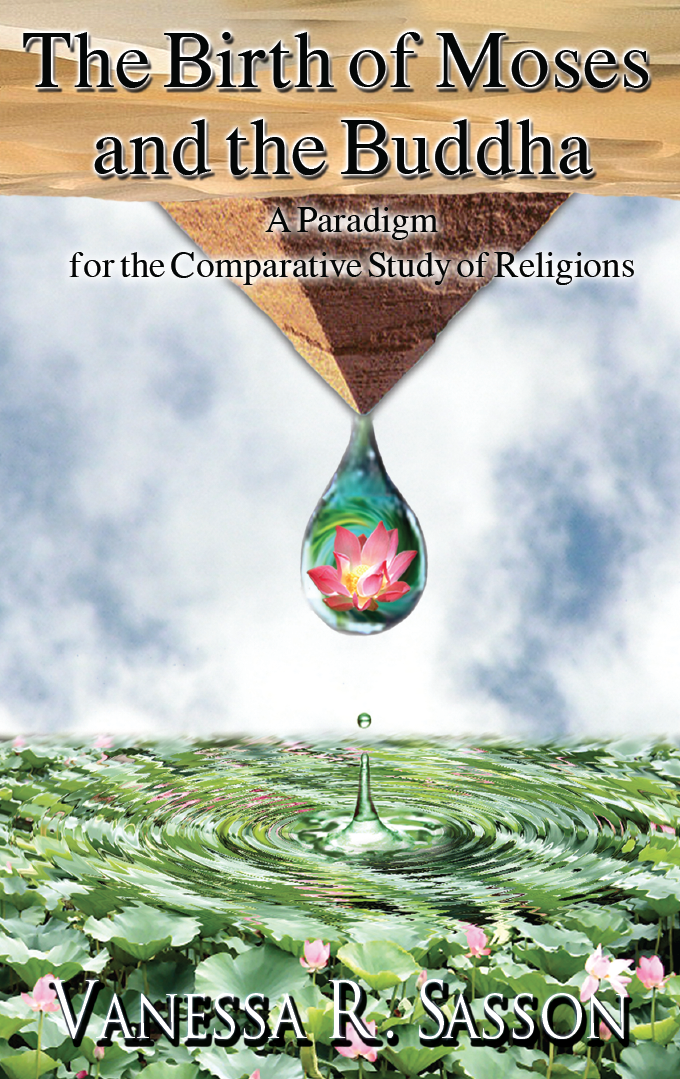

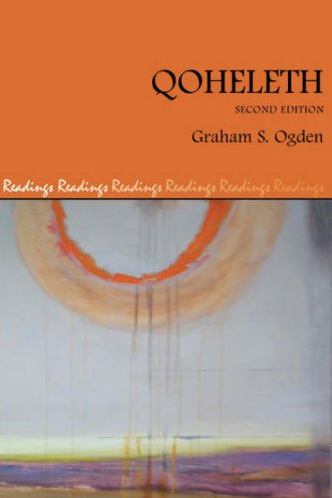
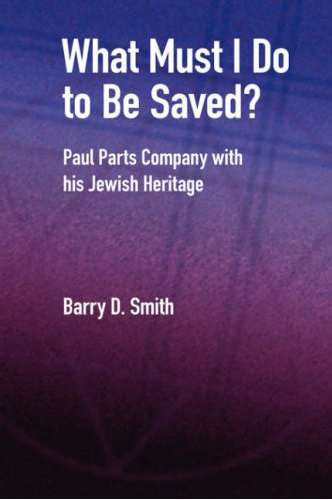
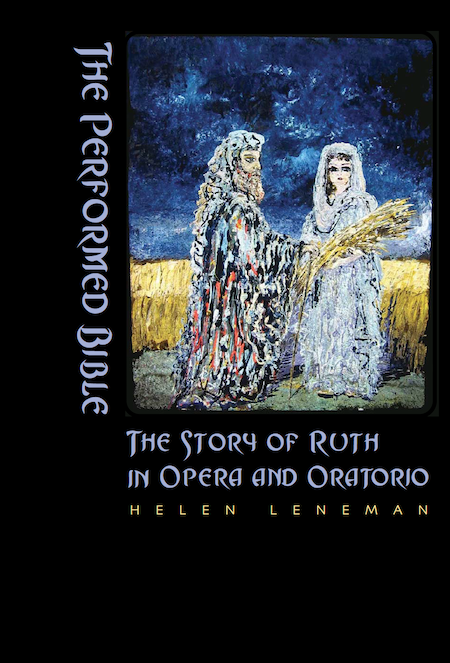
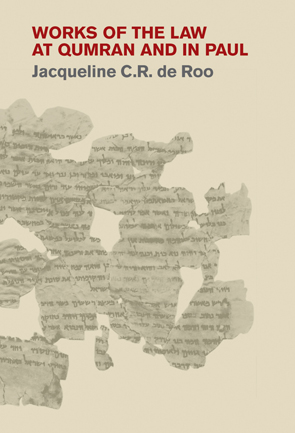




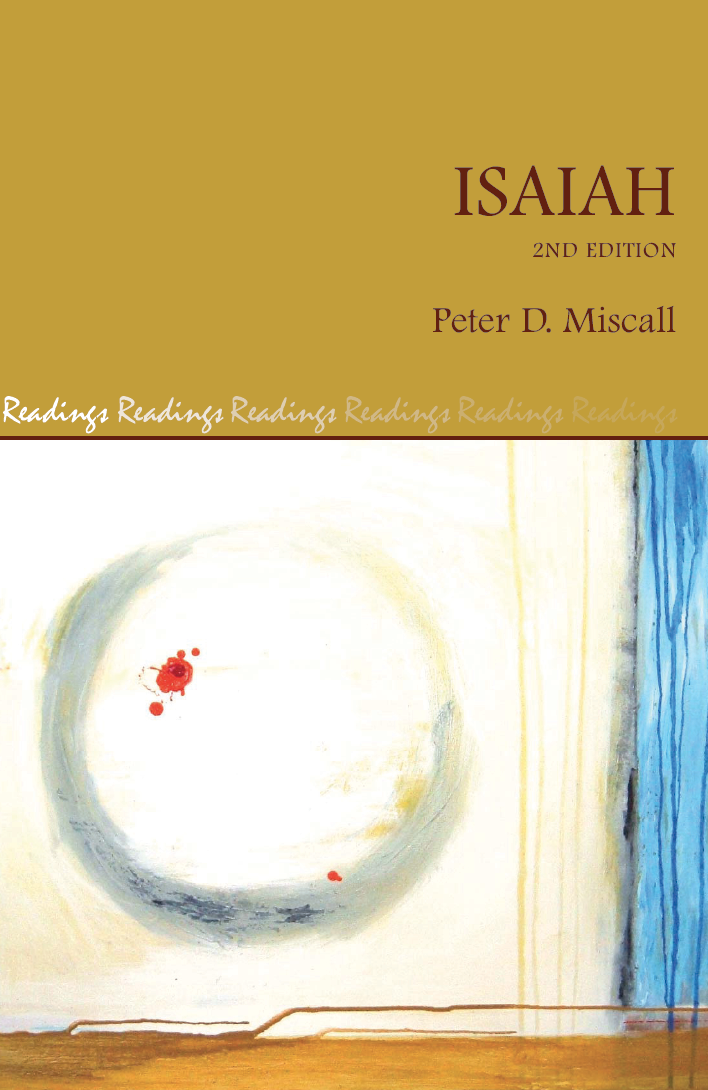


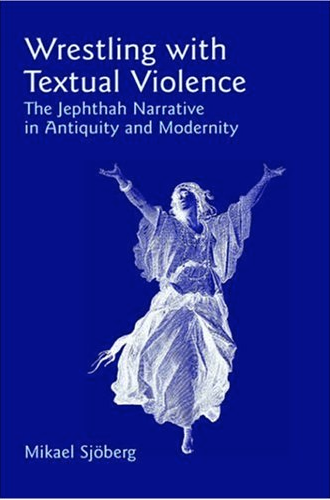

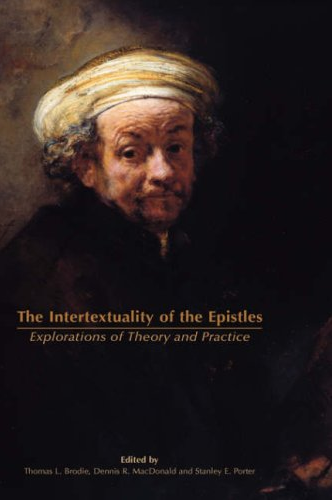

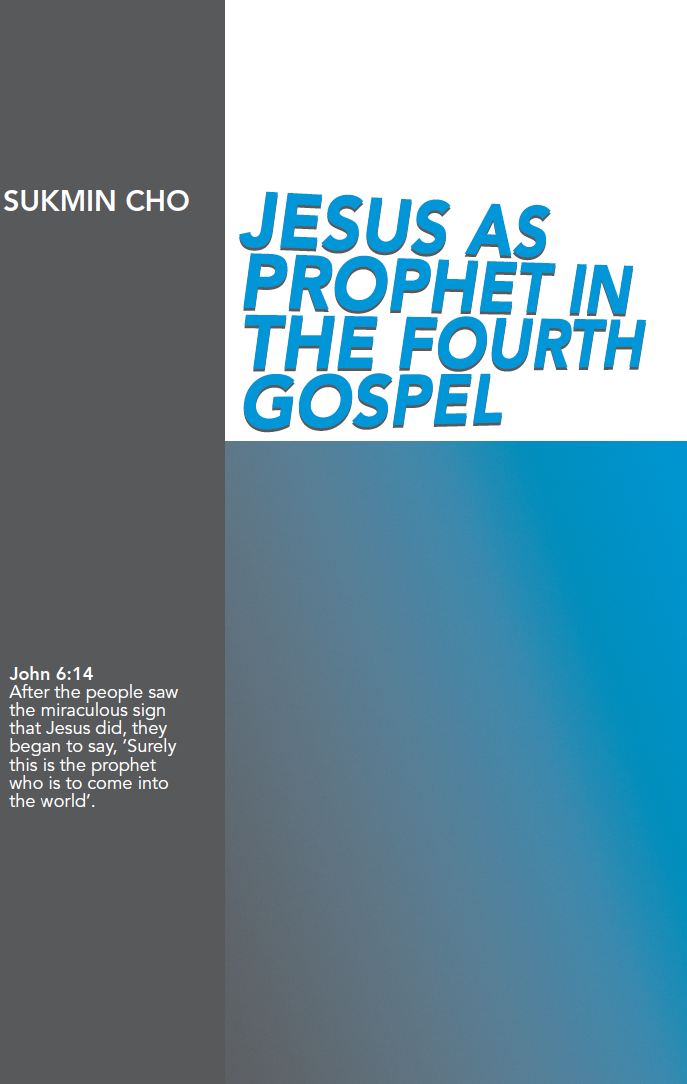


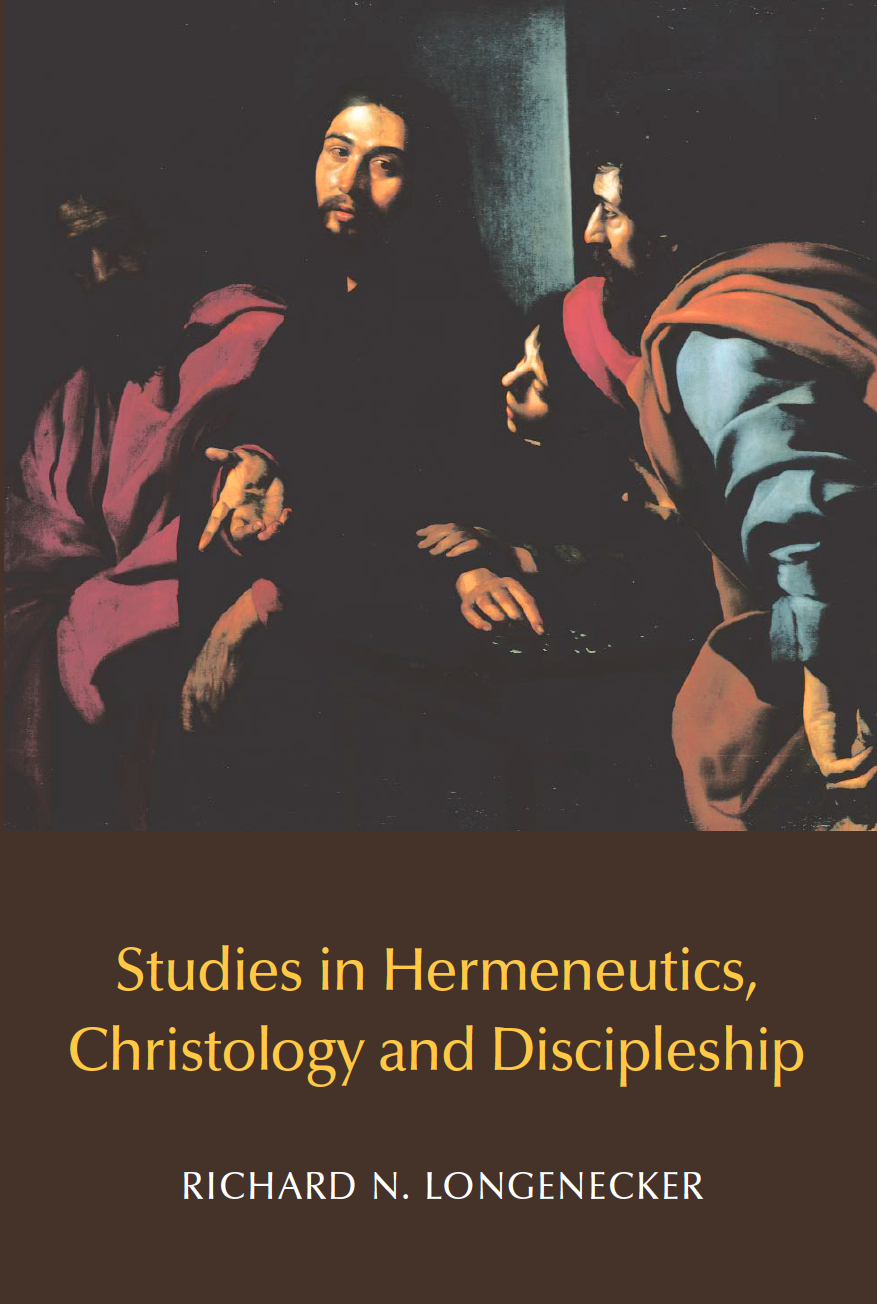
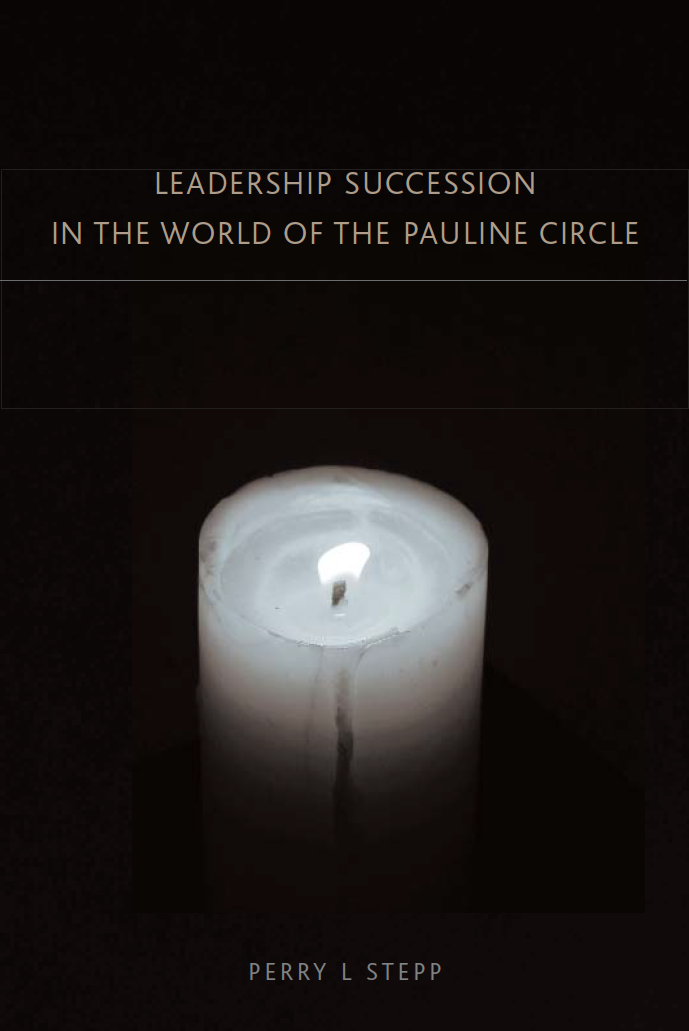

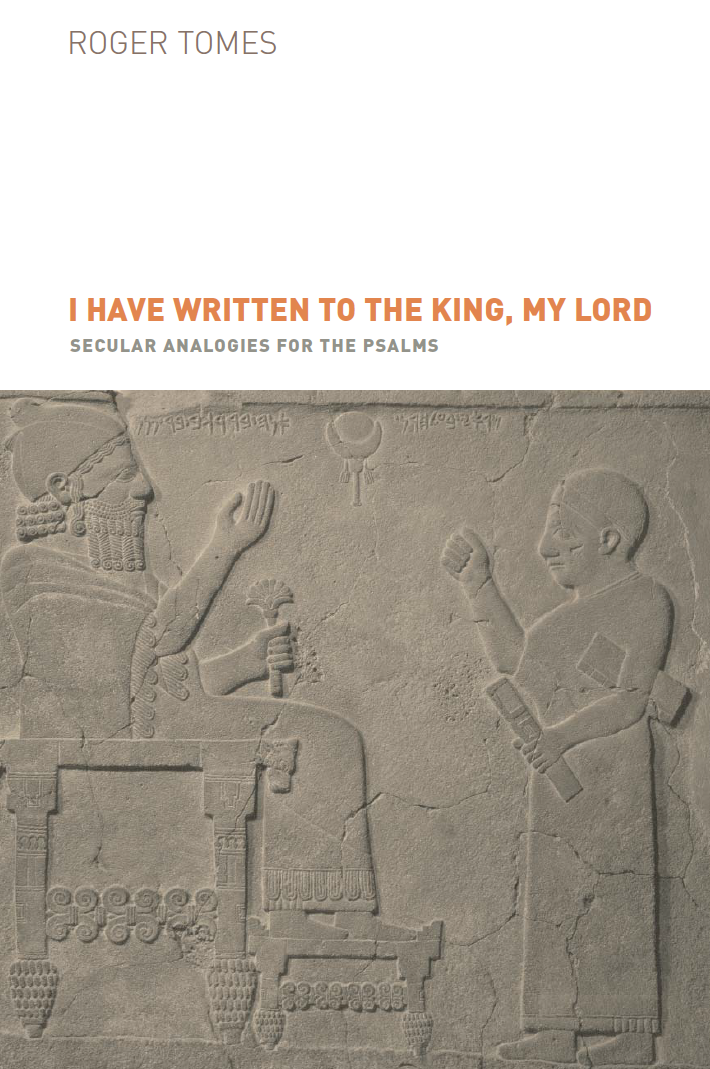




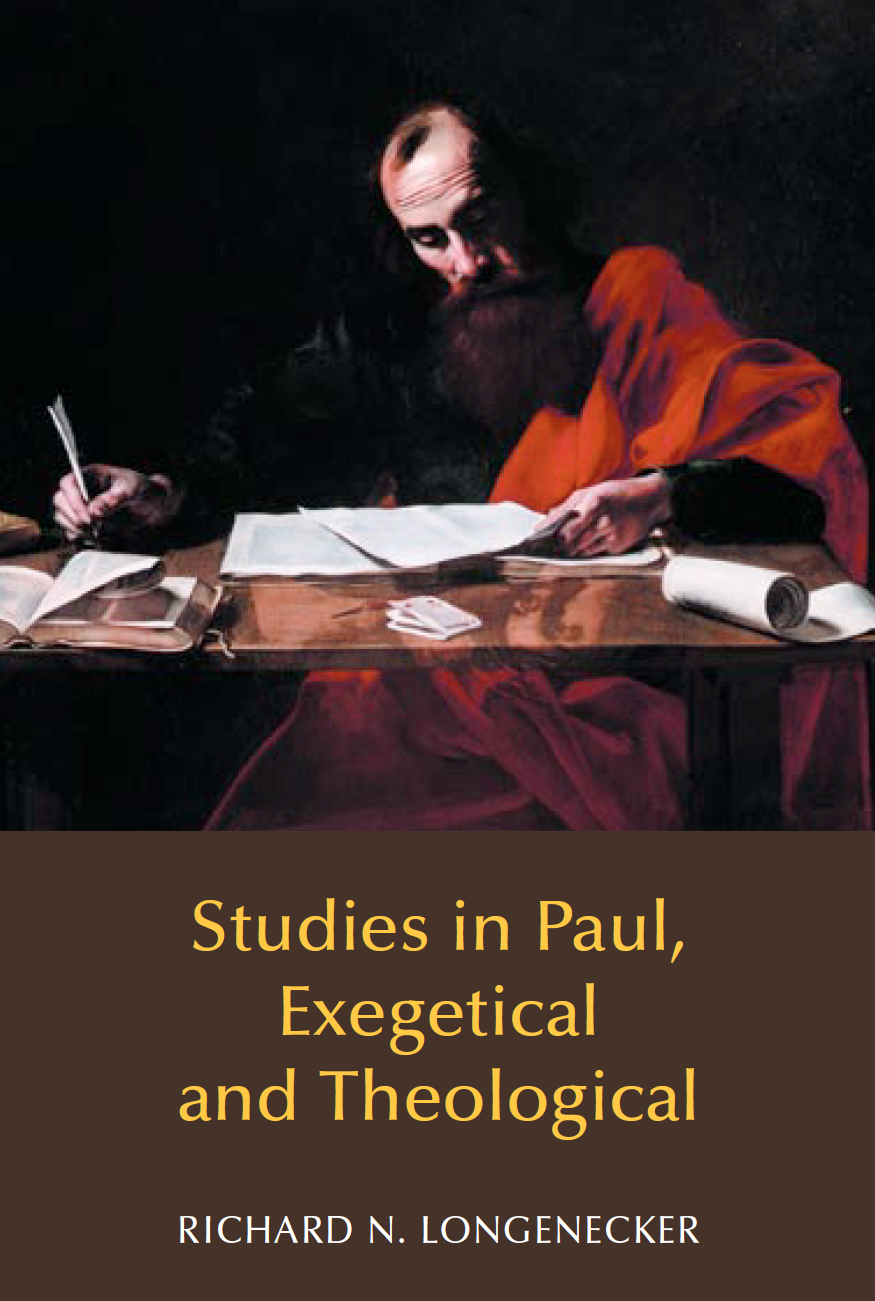


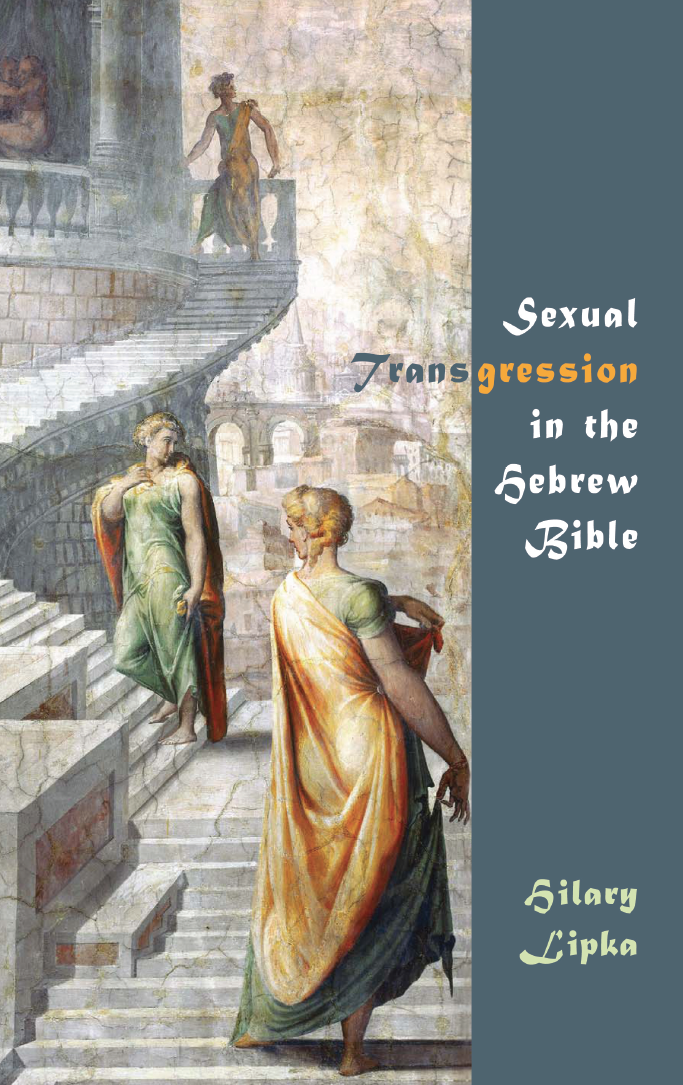
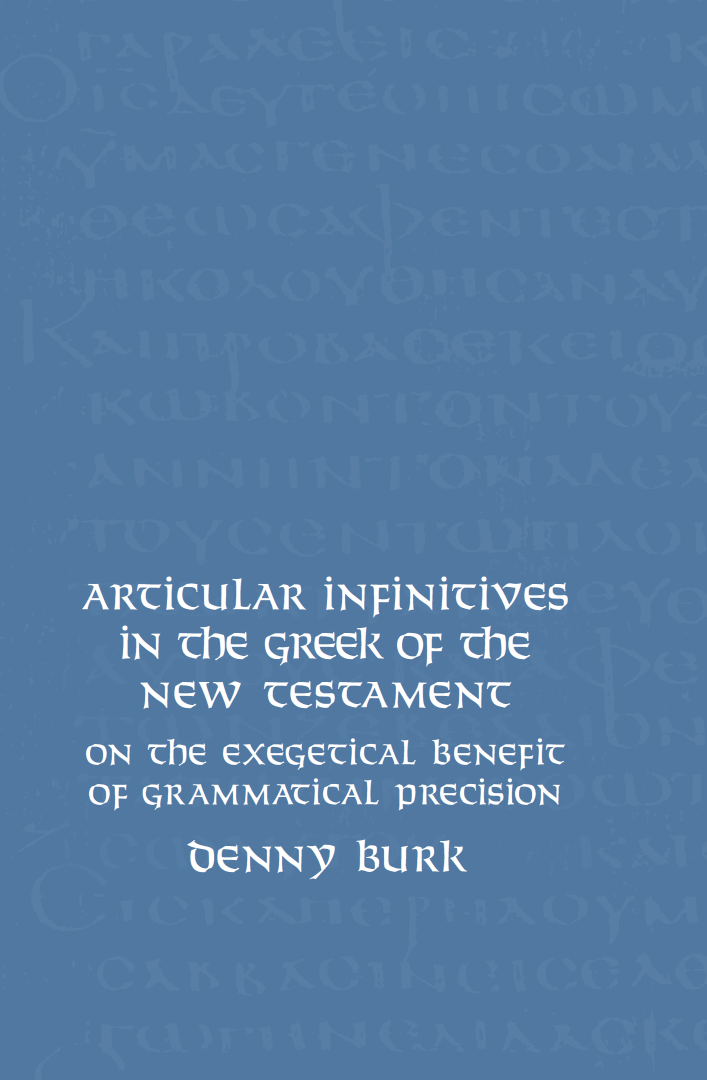


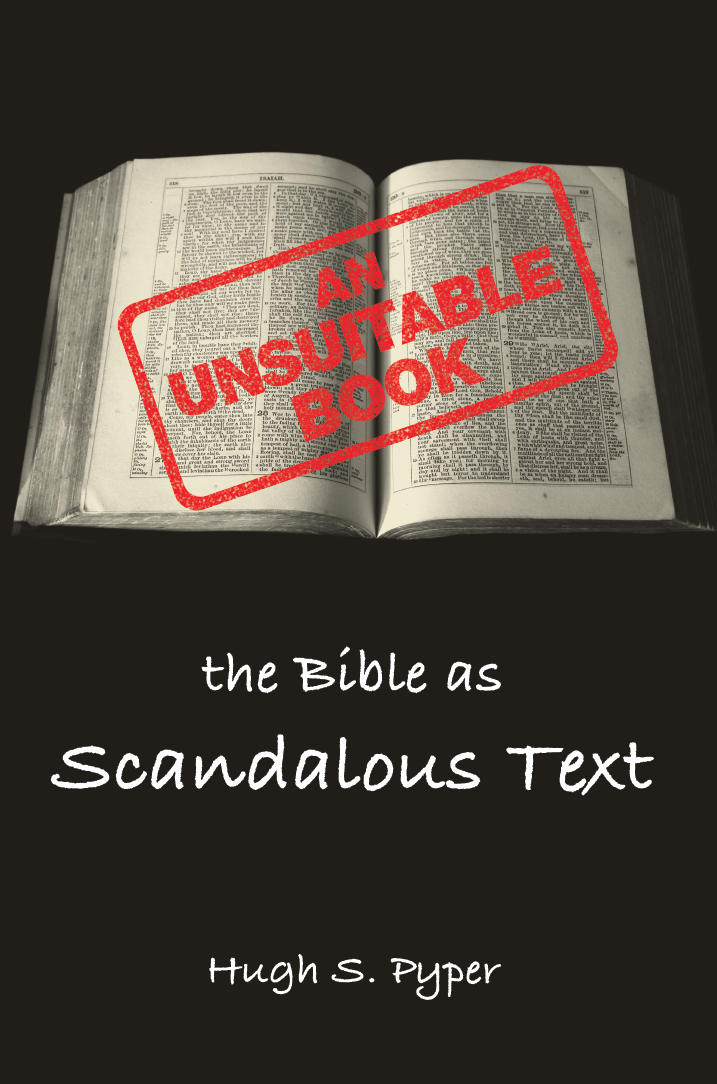
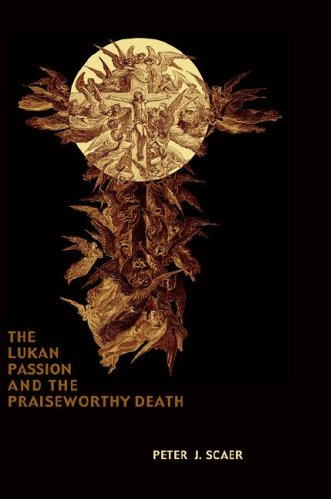


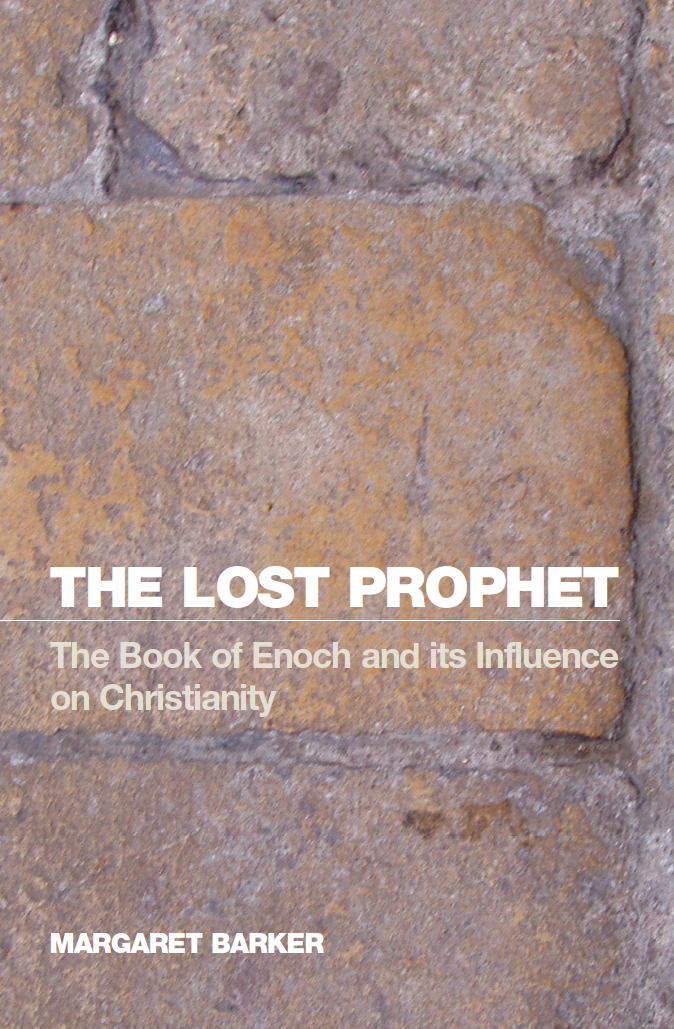
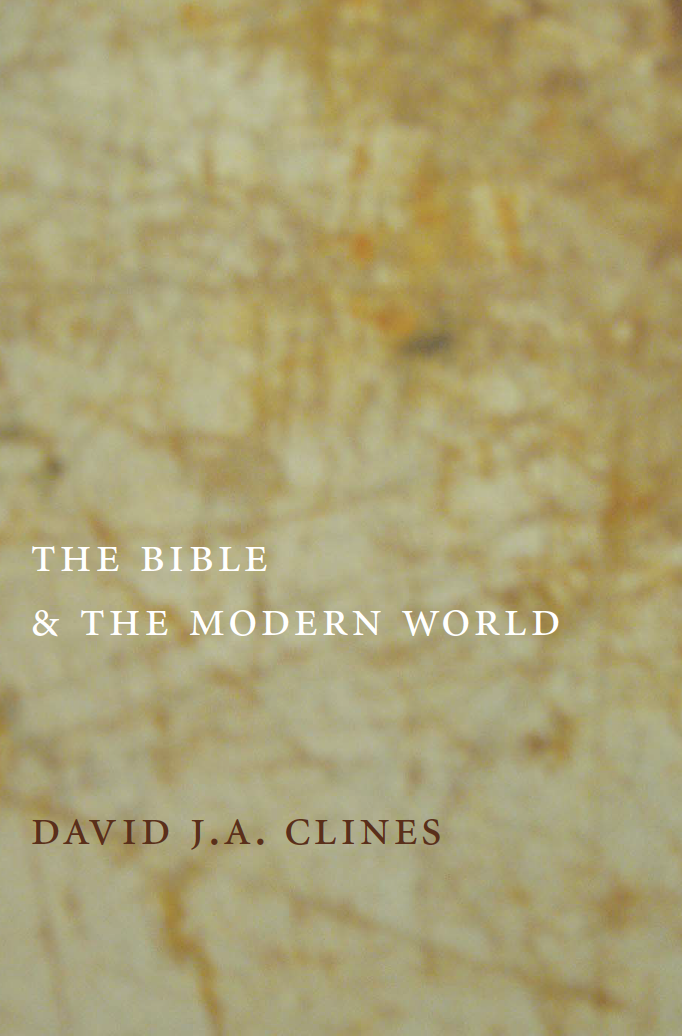

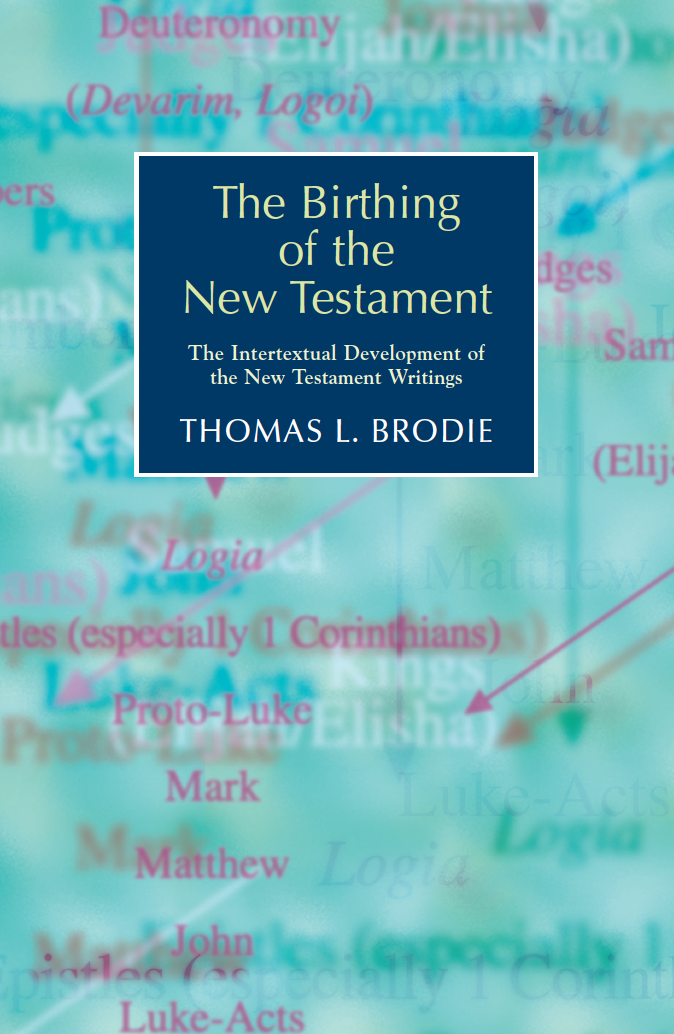



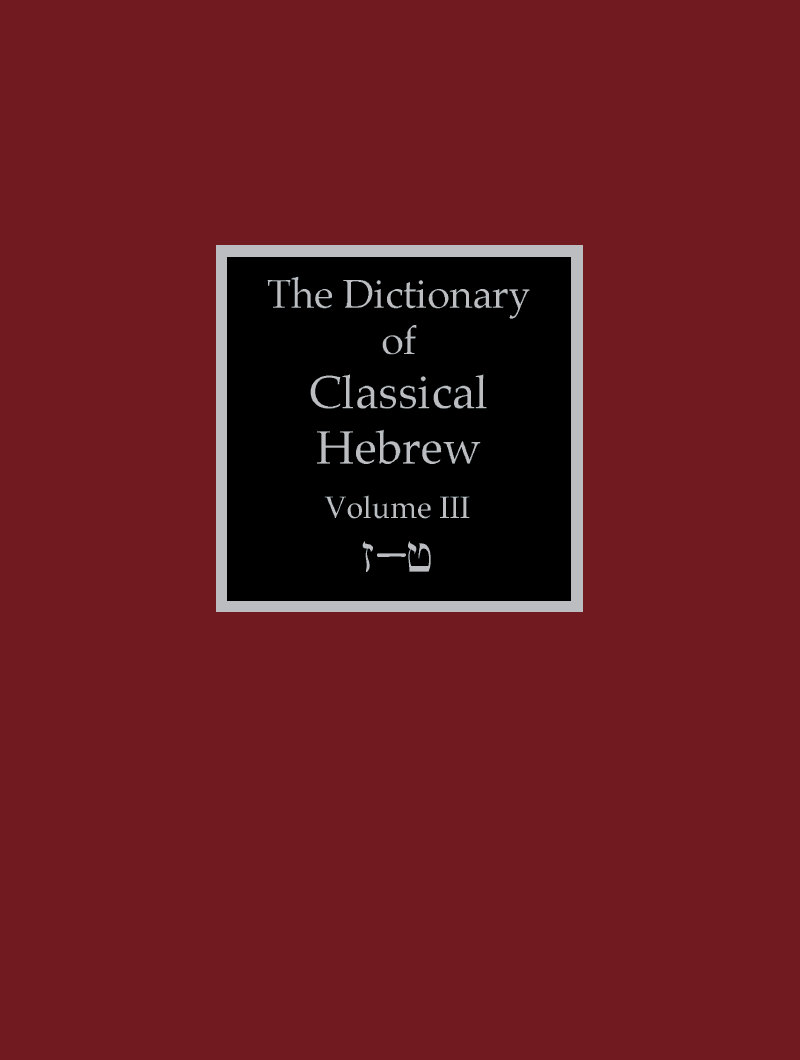
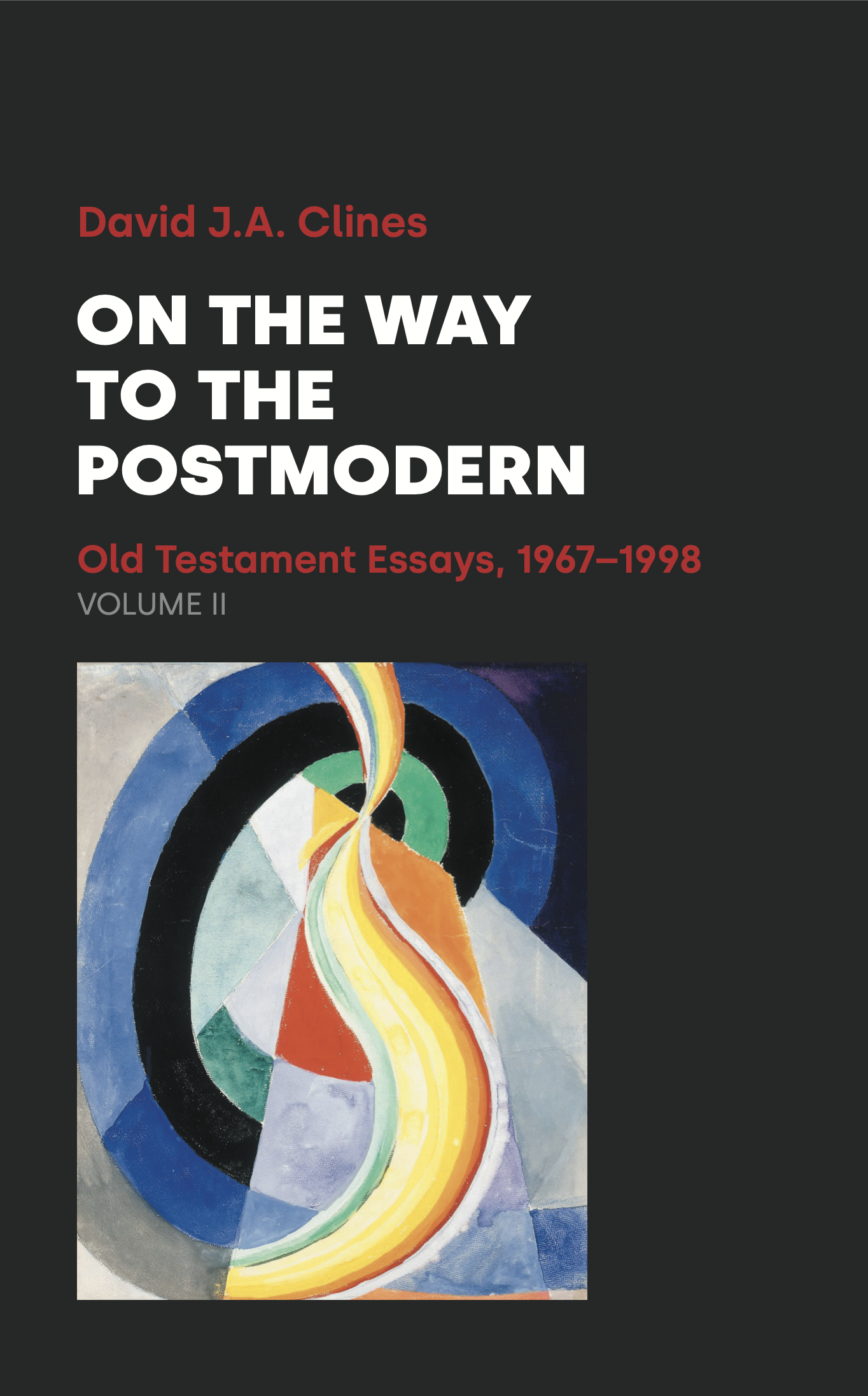
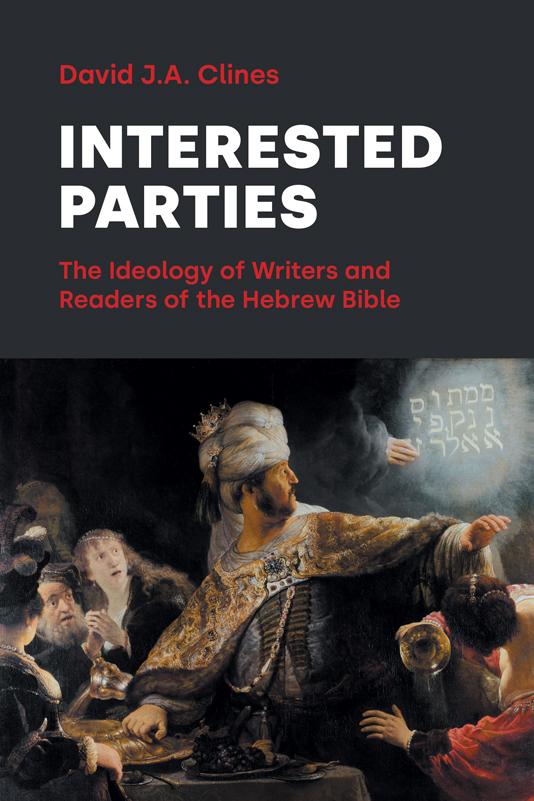
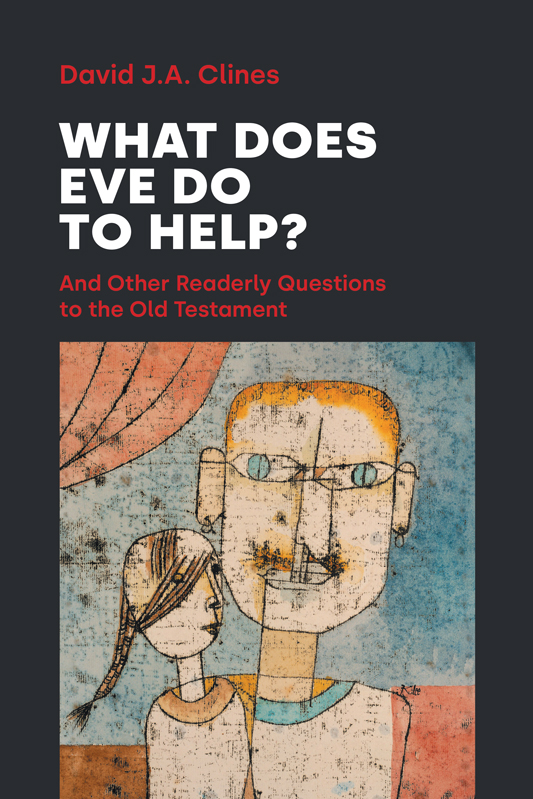
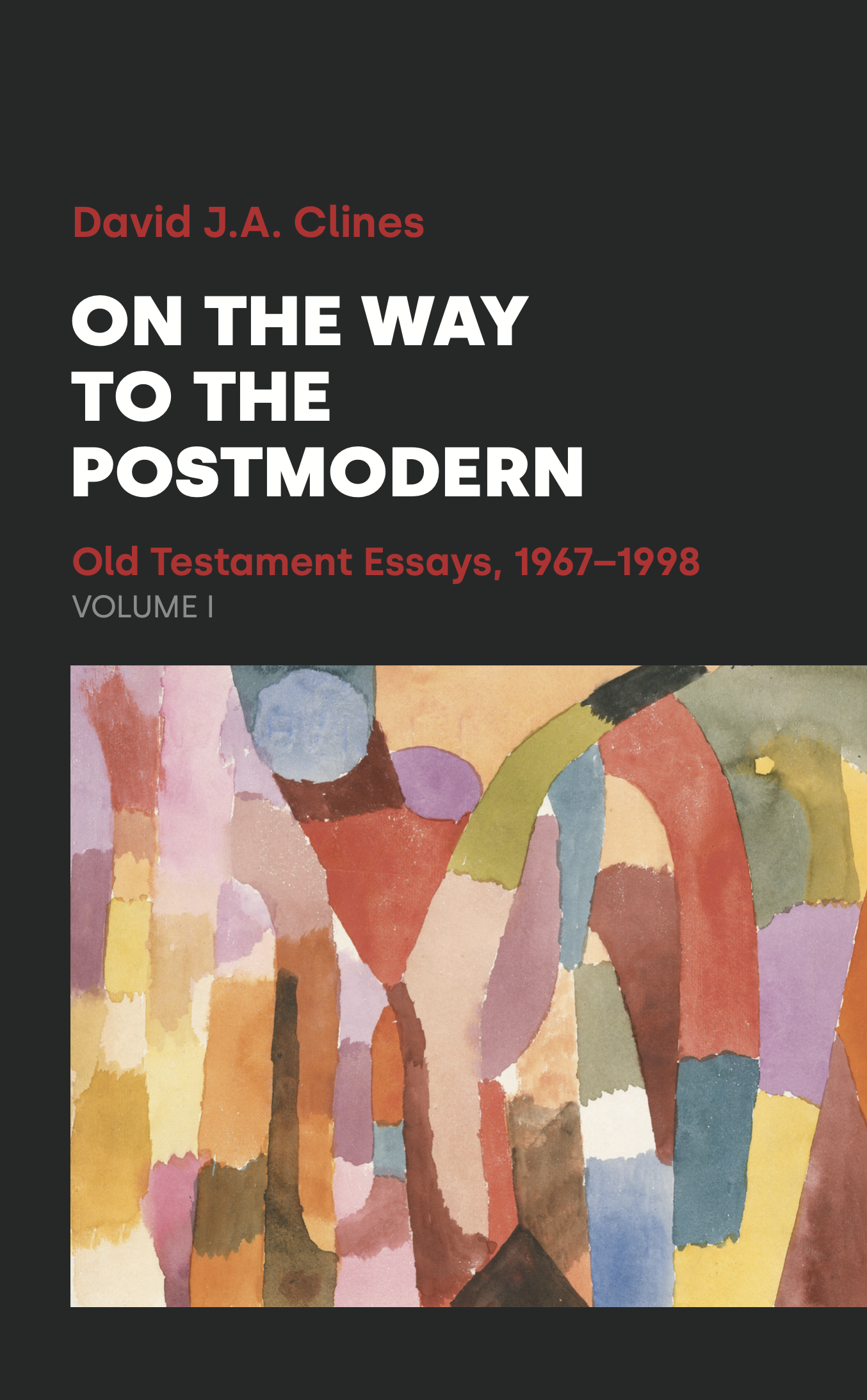
Proverbs 1-9
Proverbs 1-9